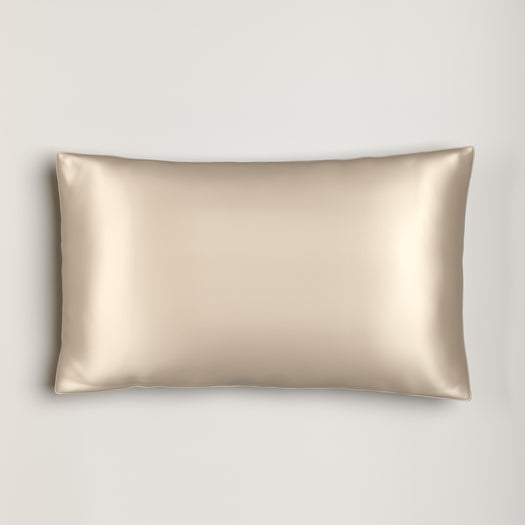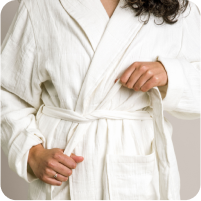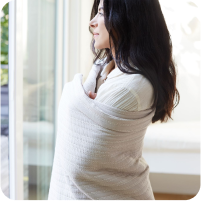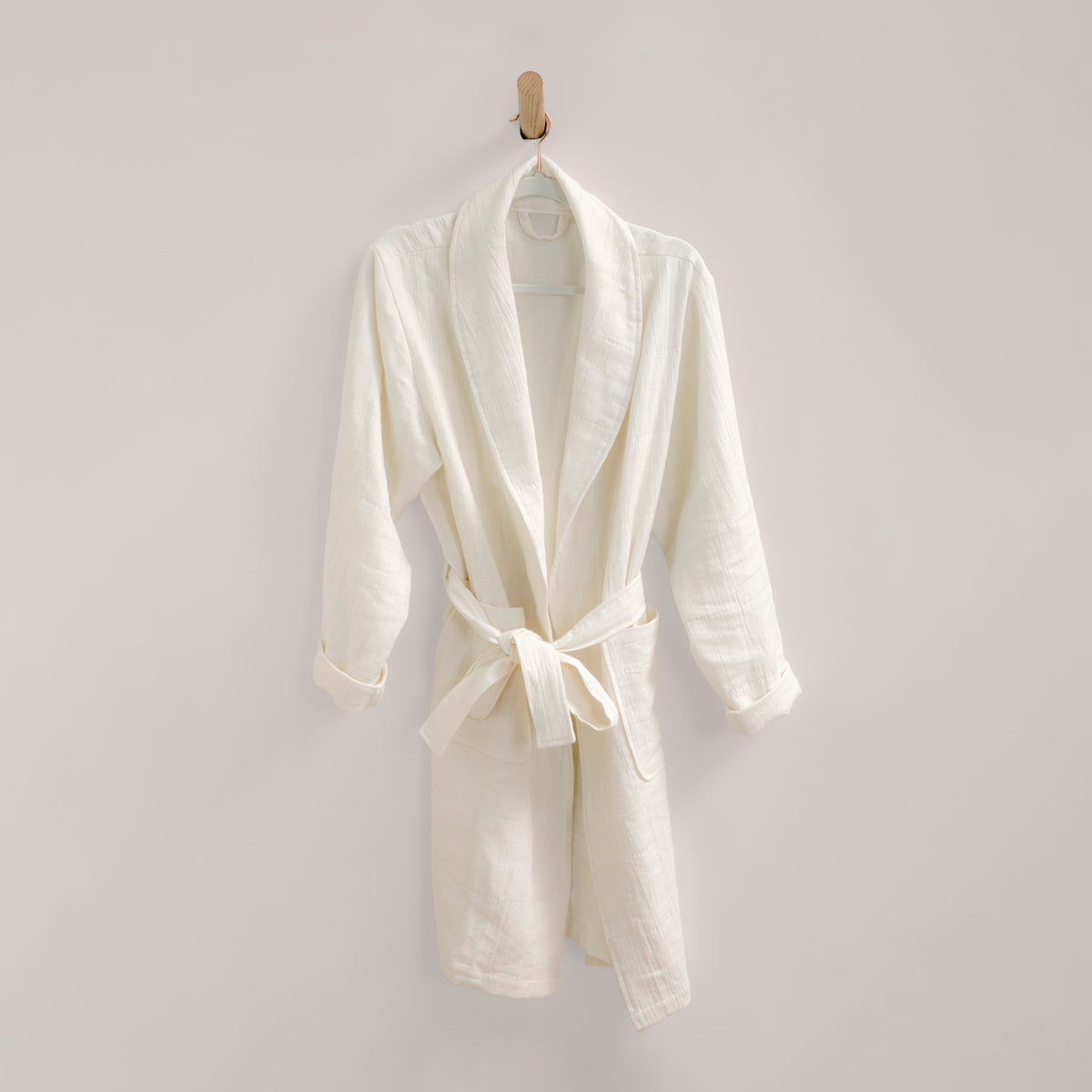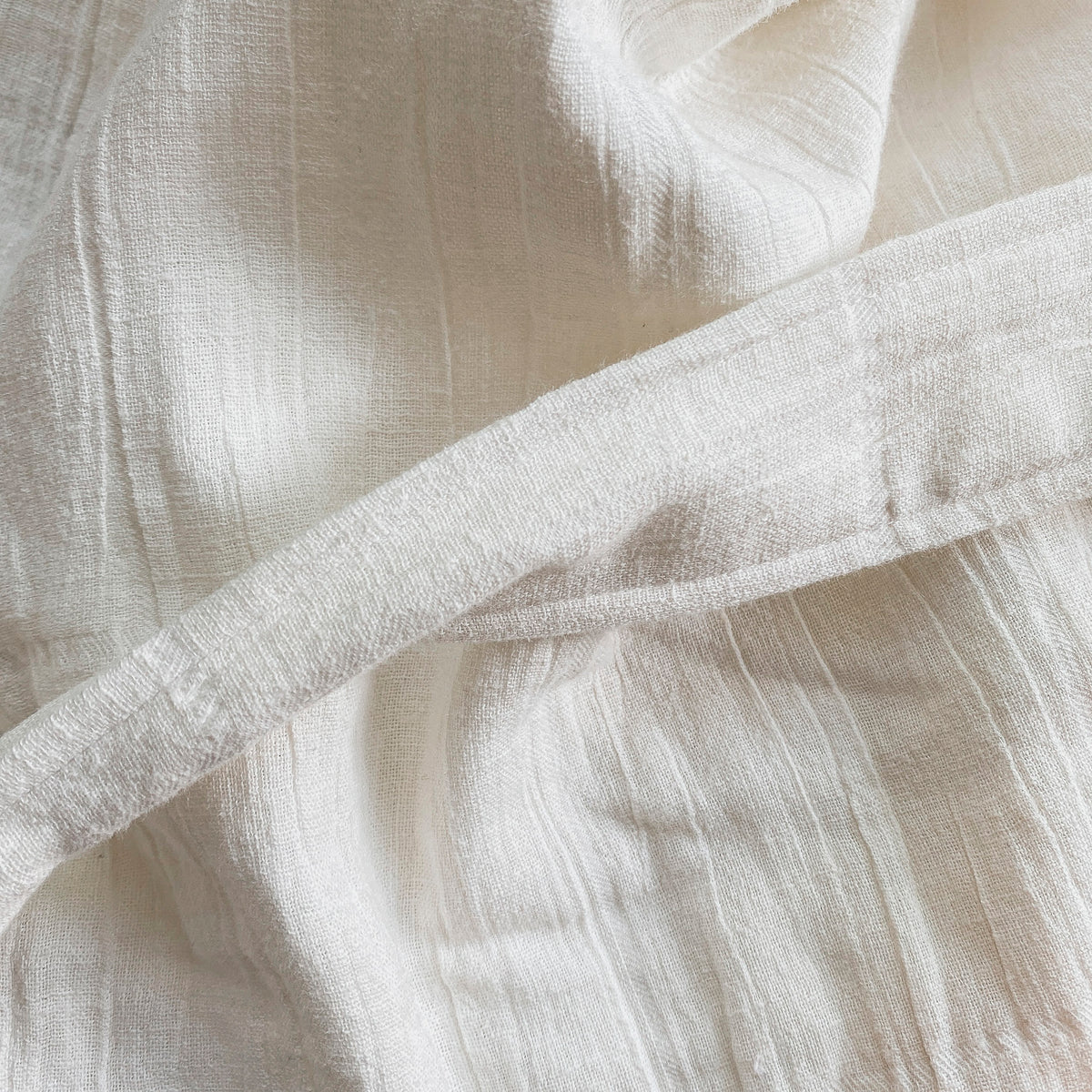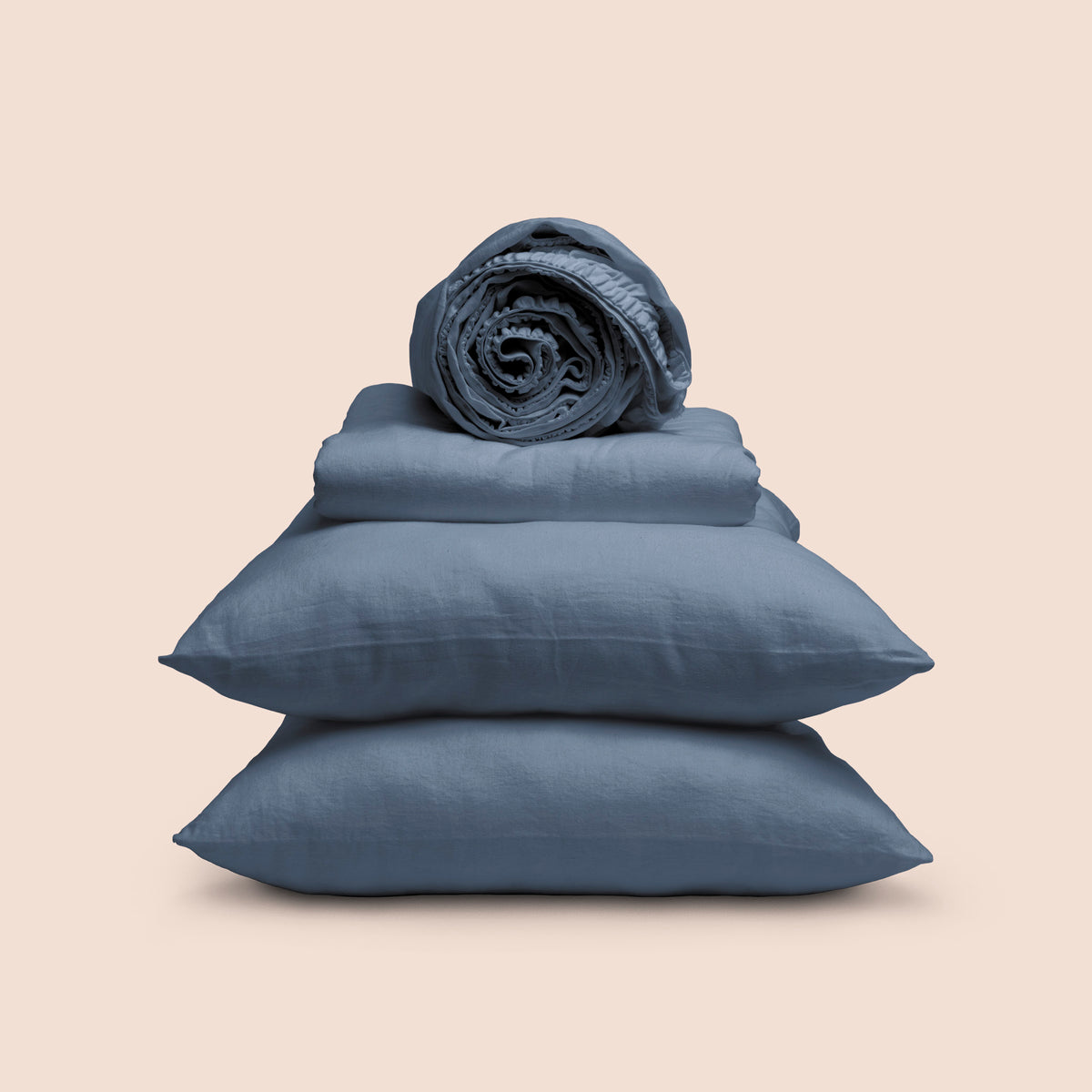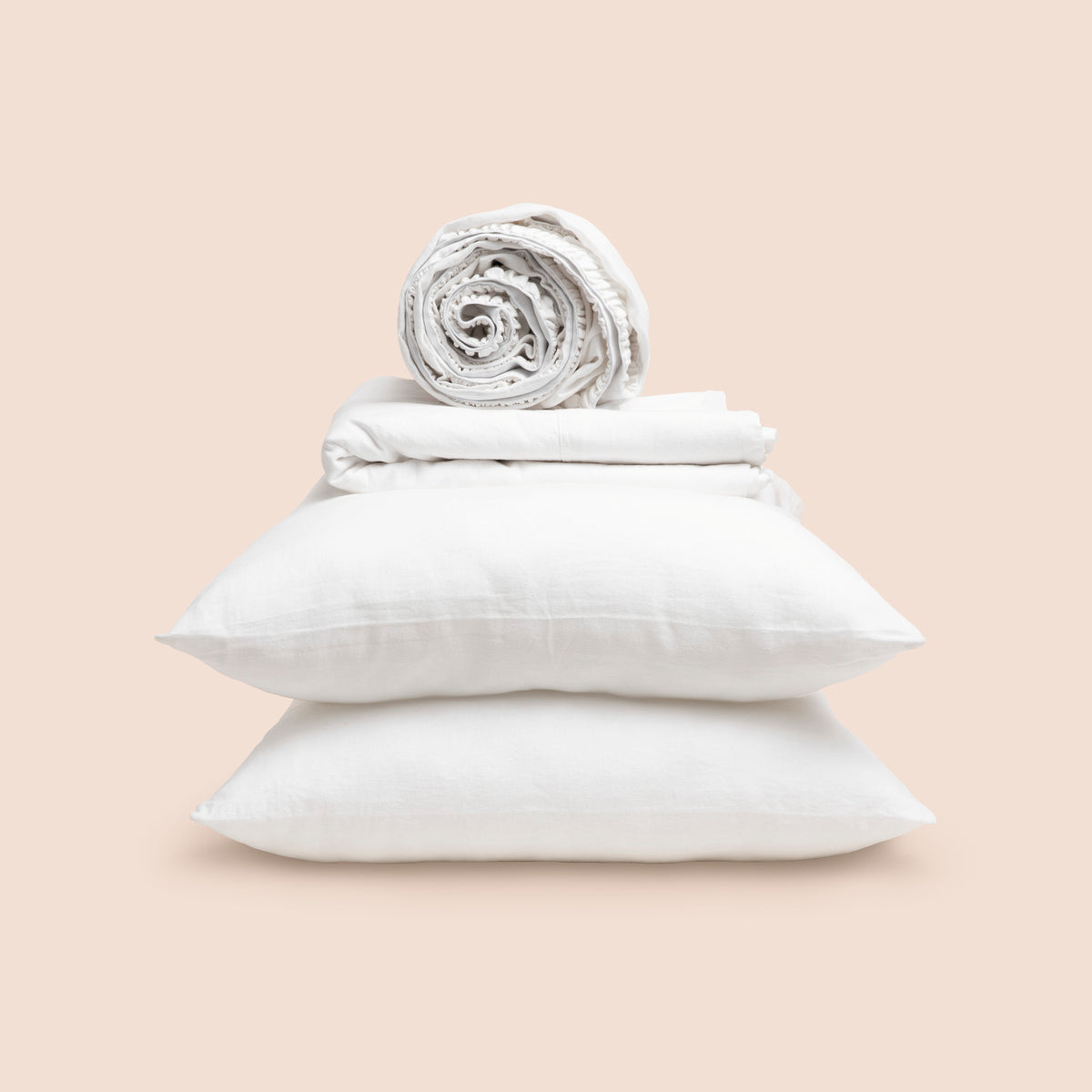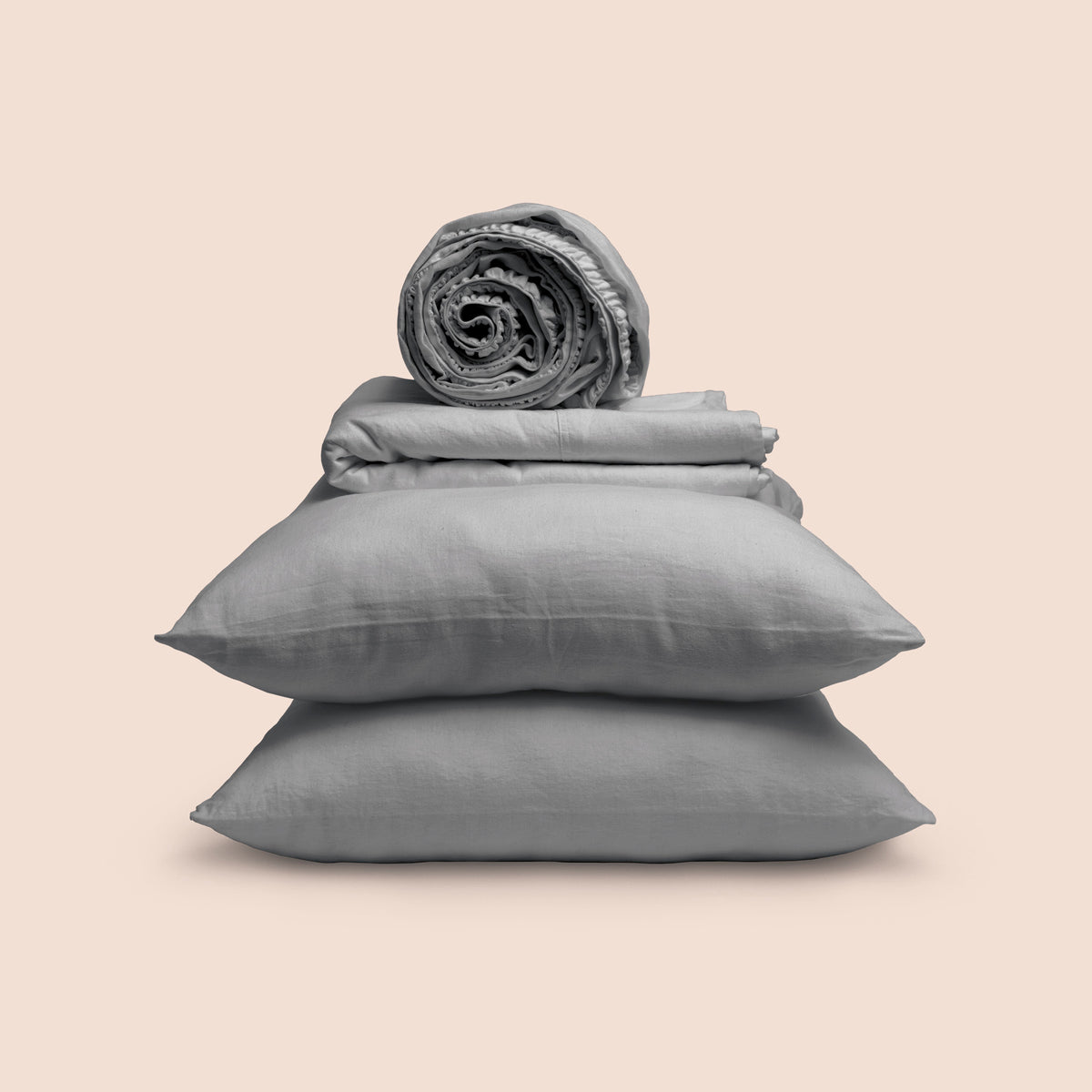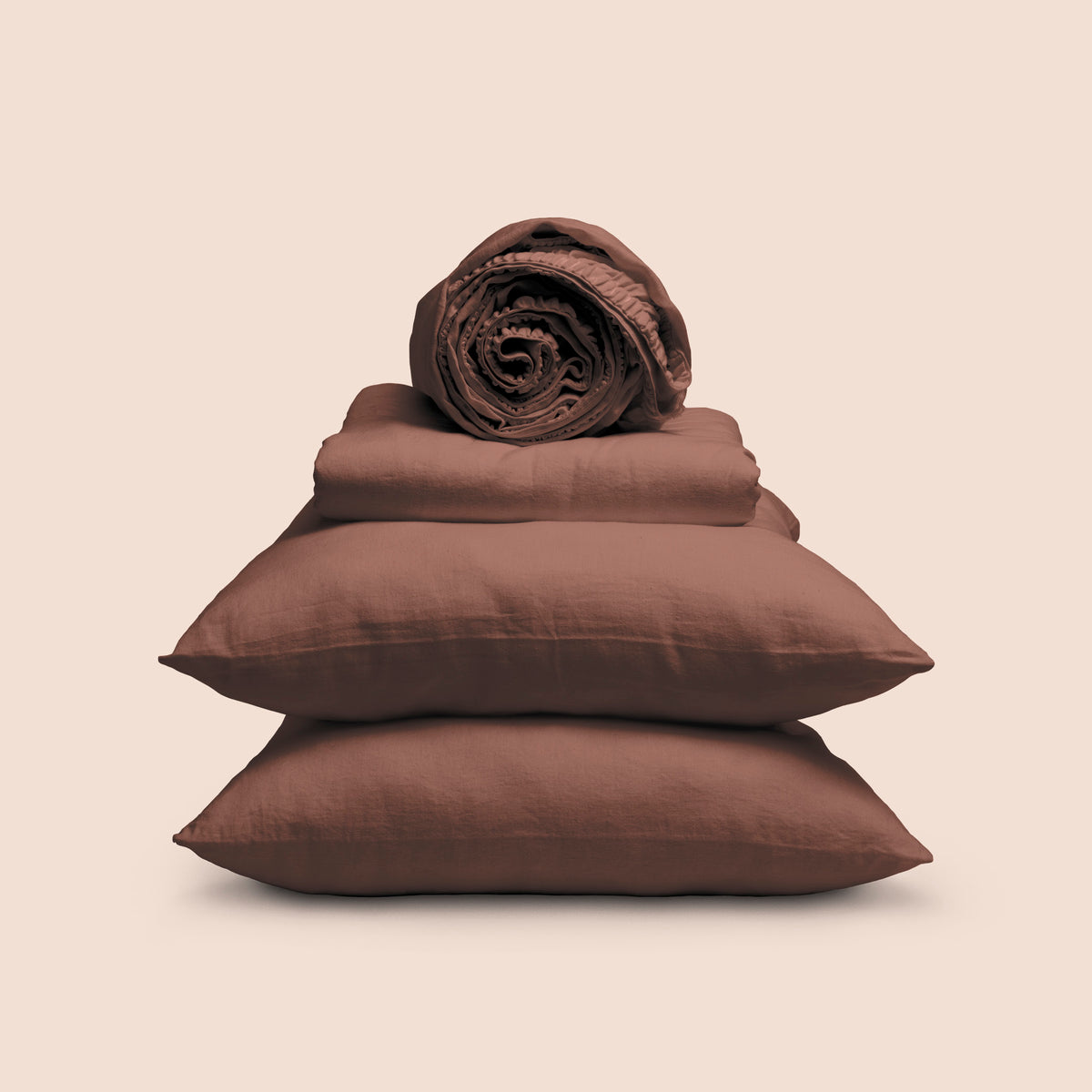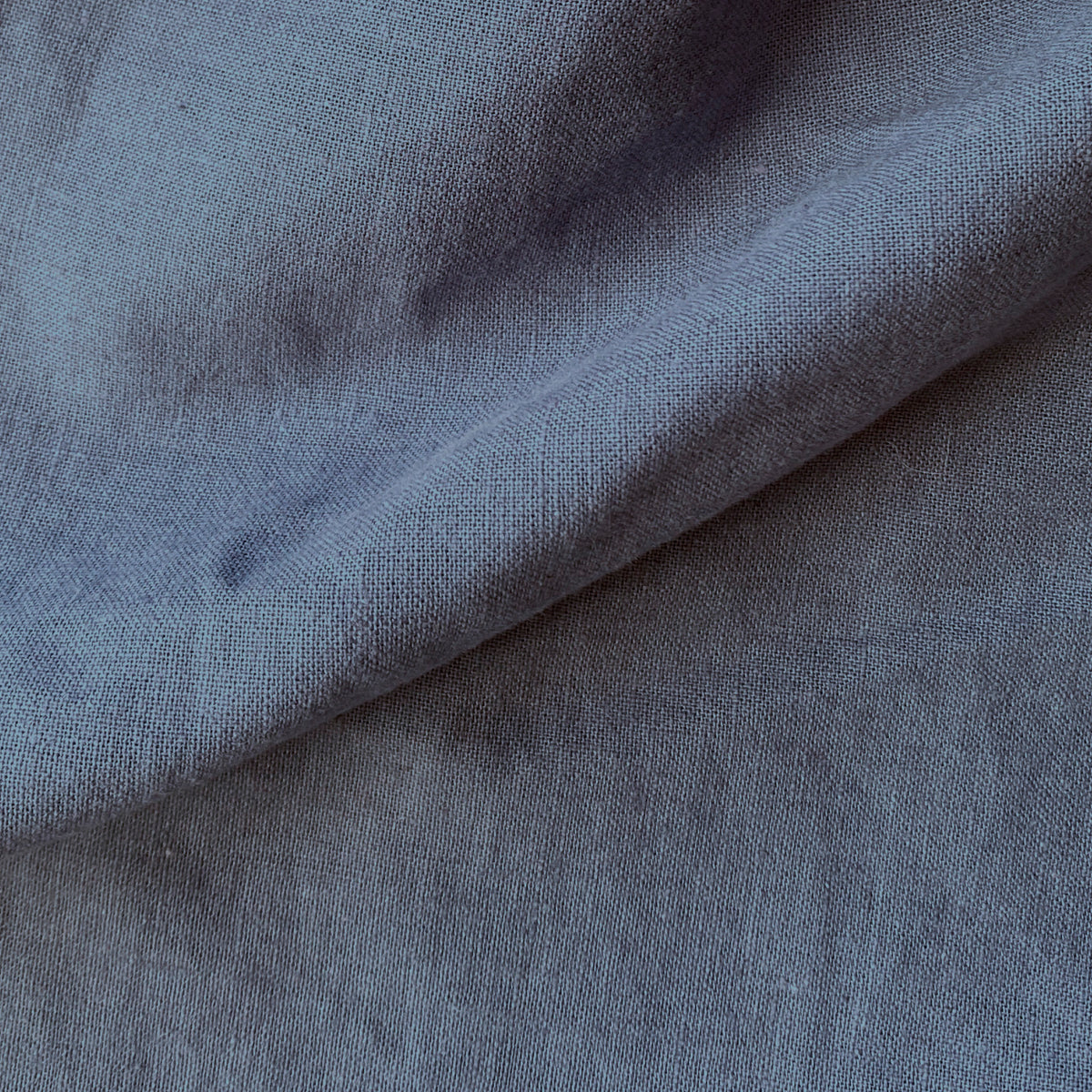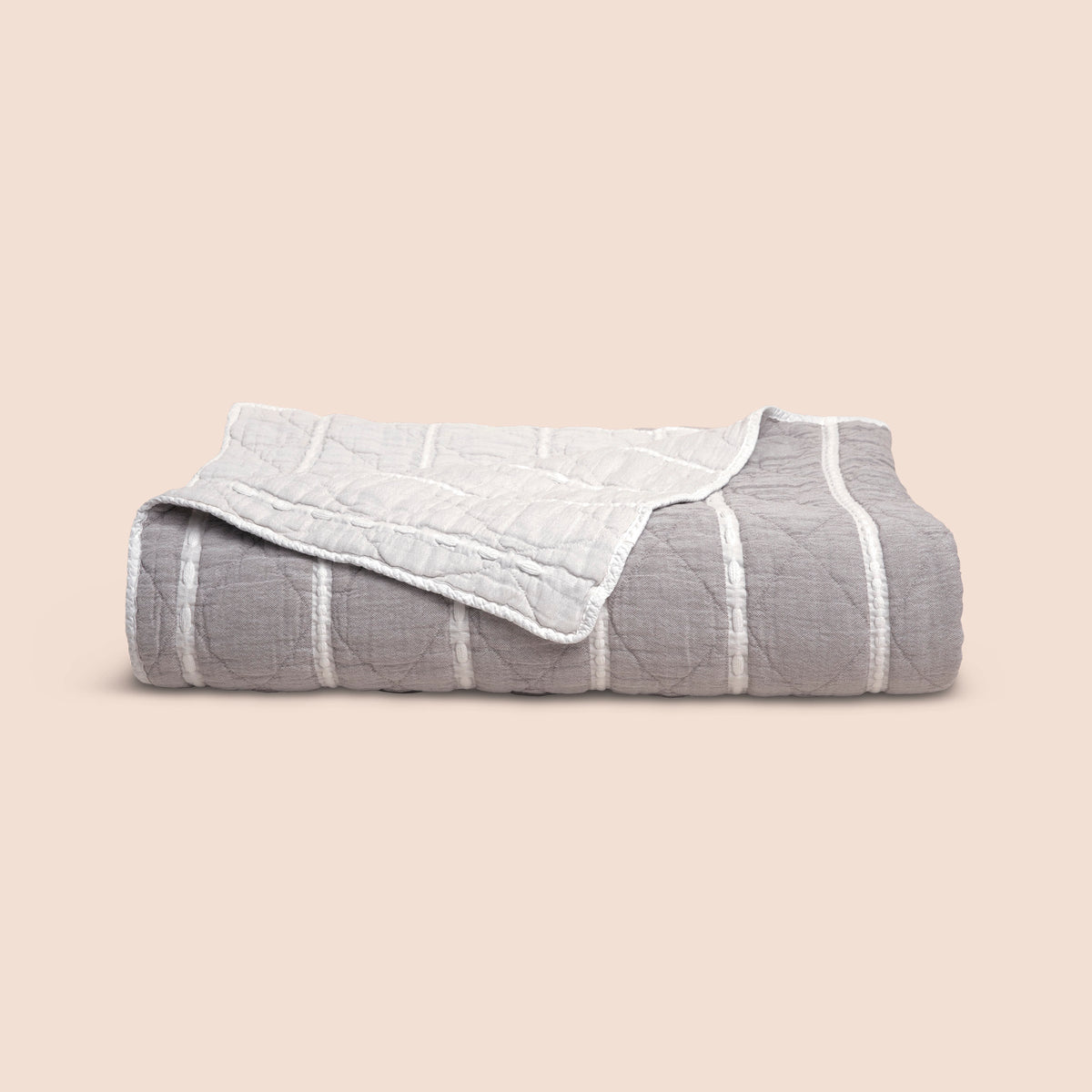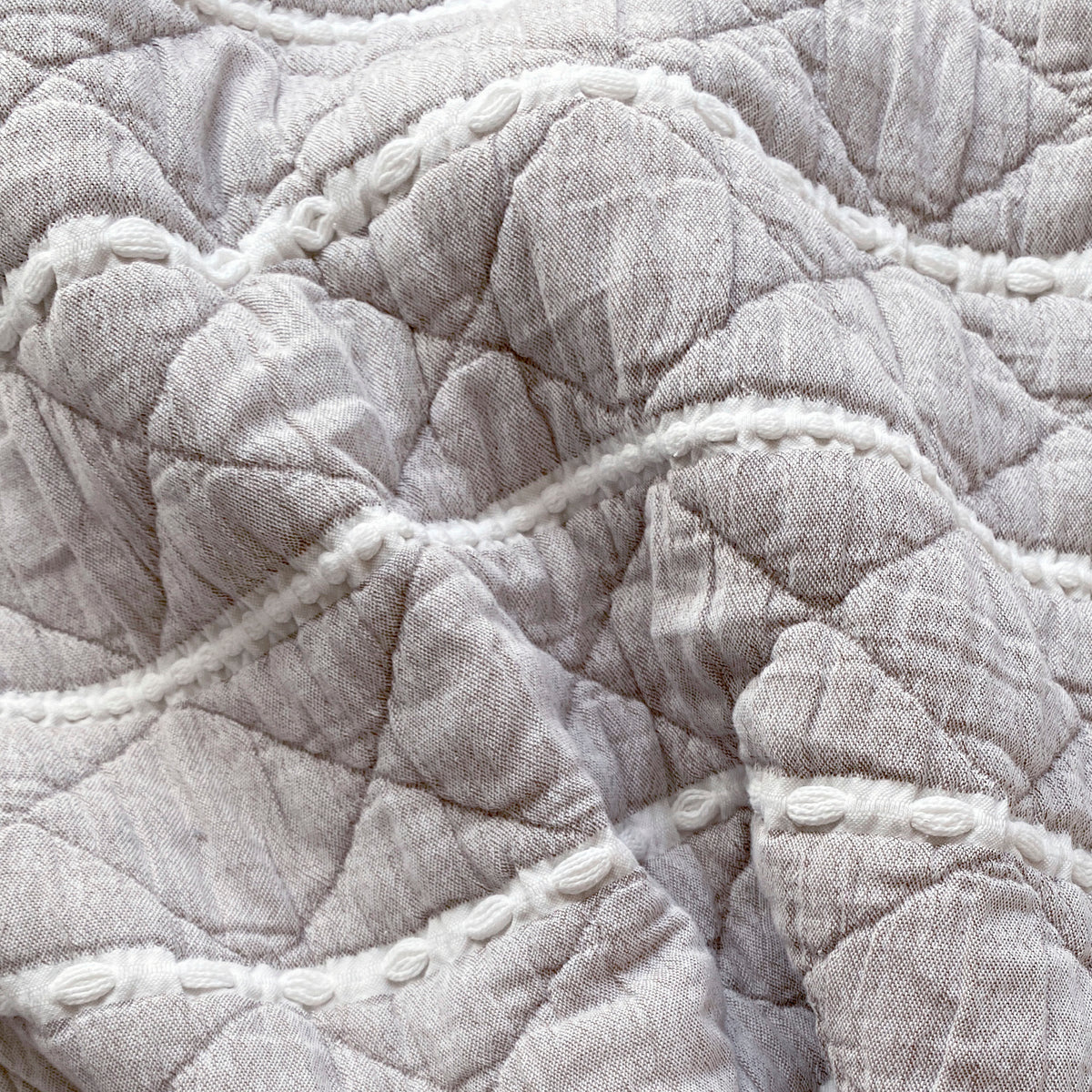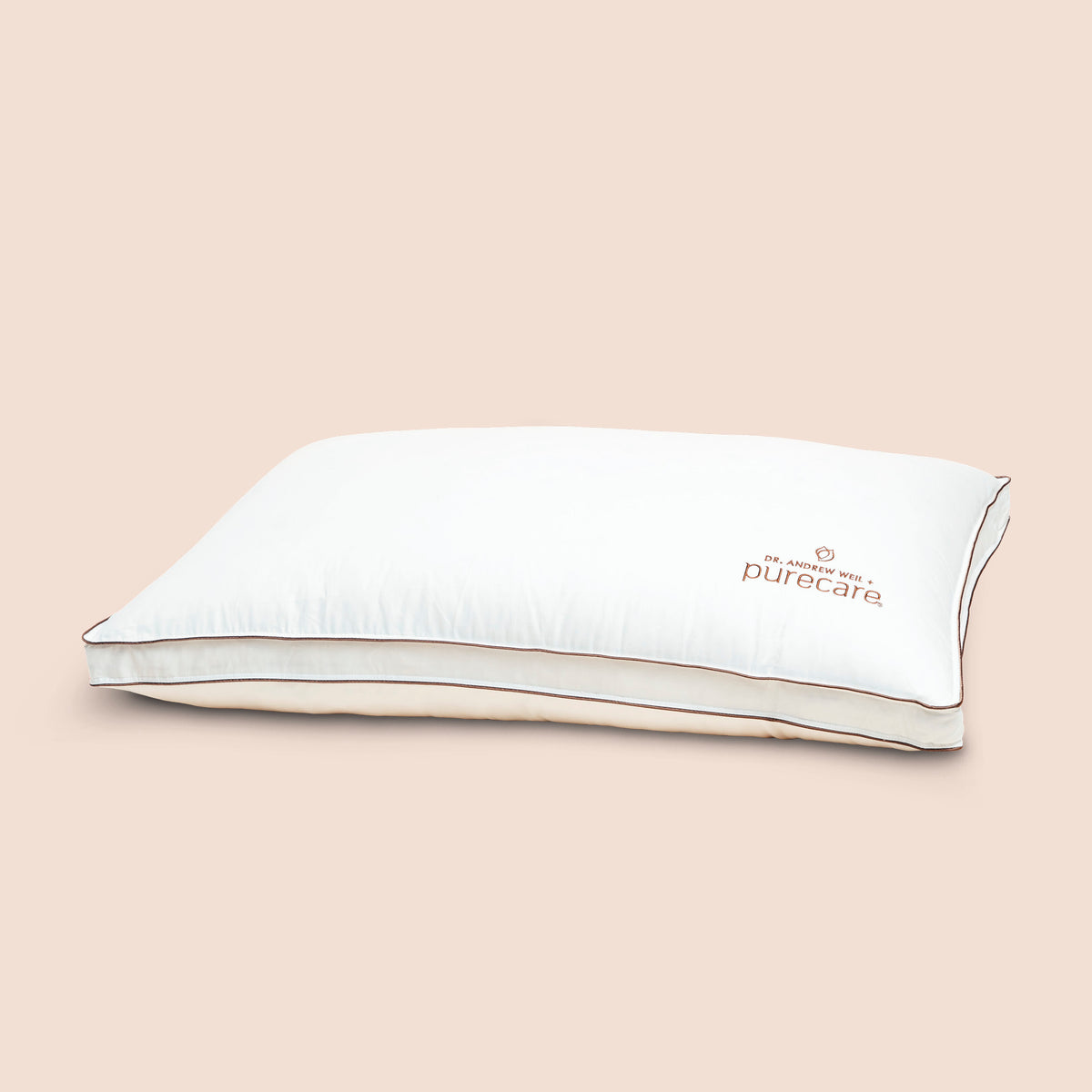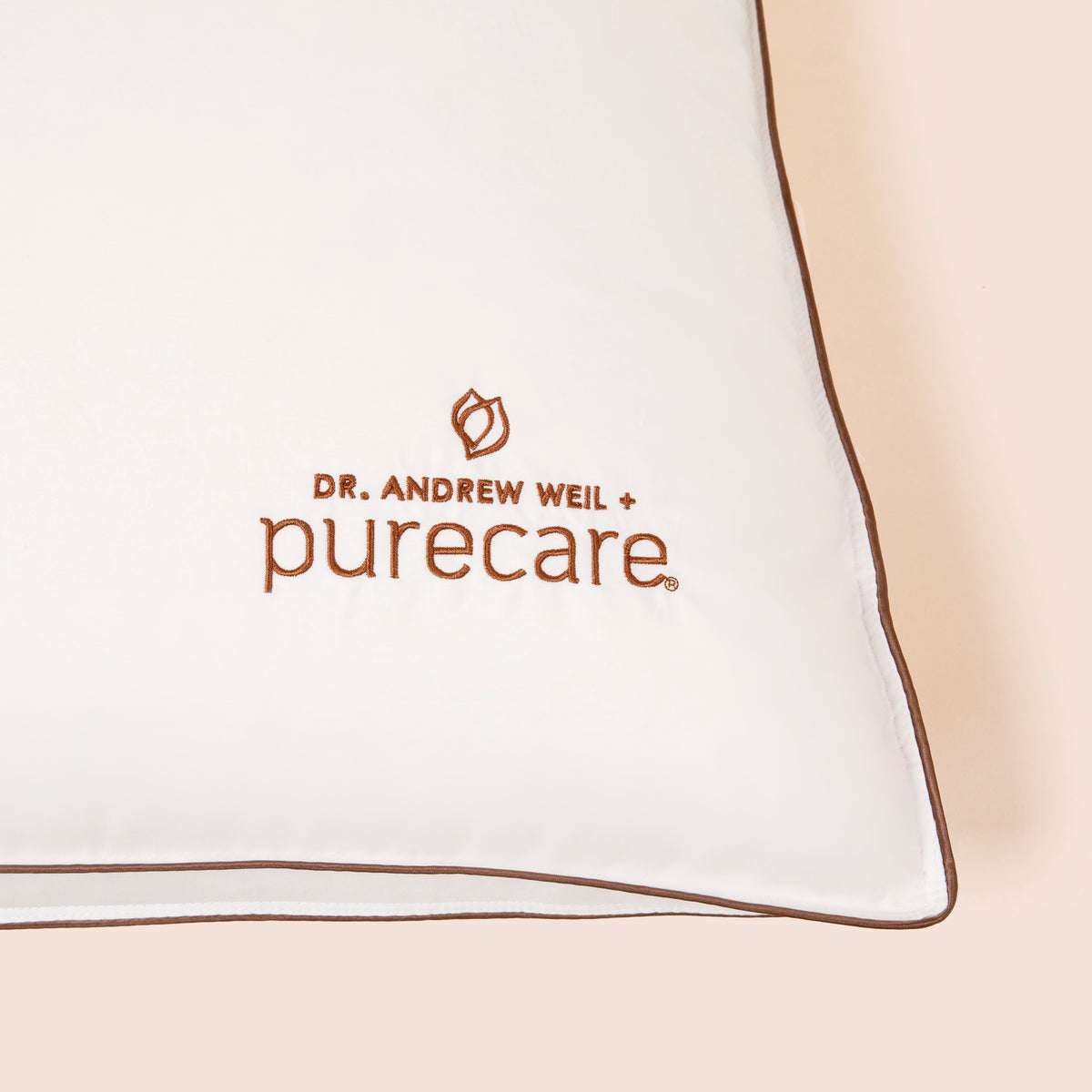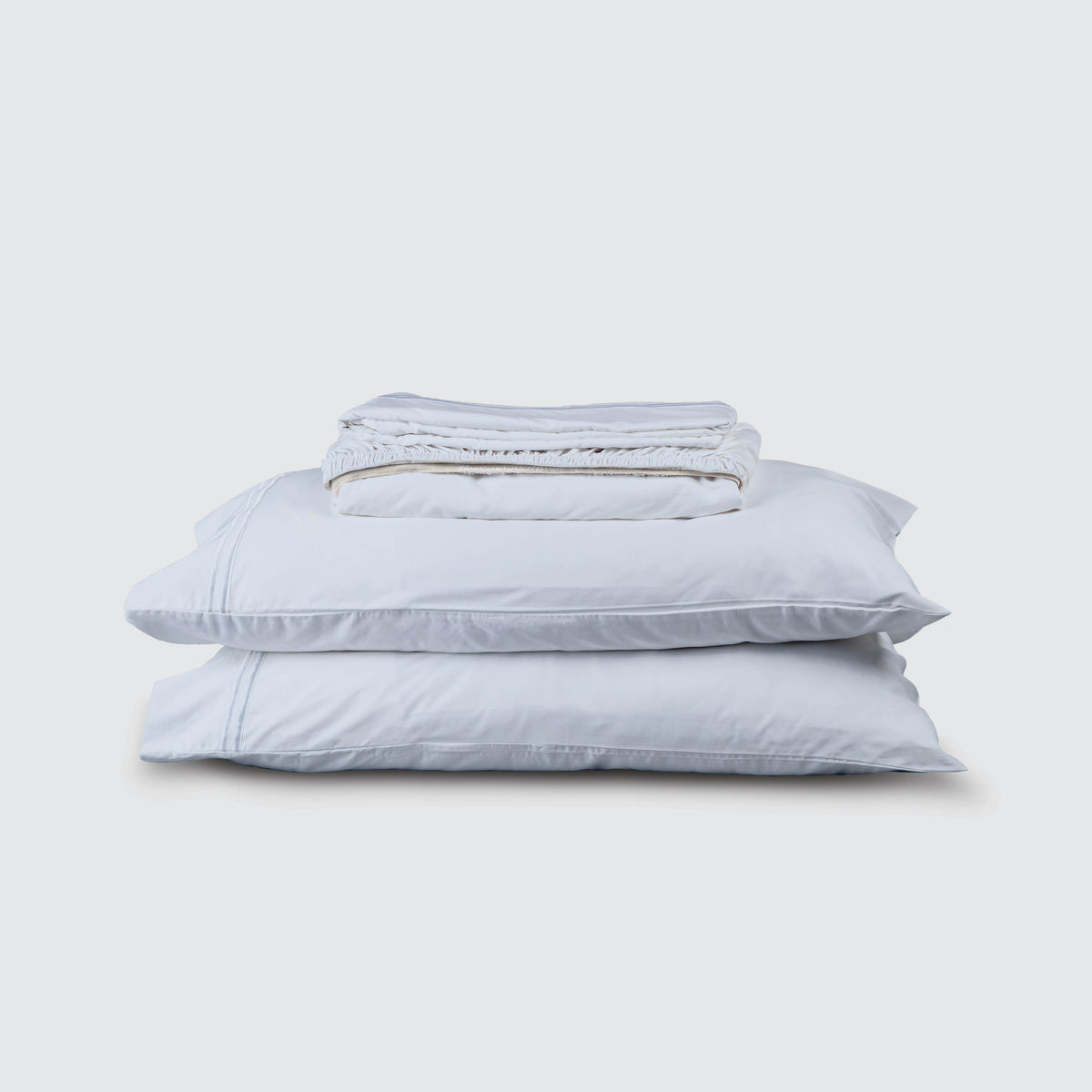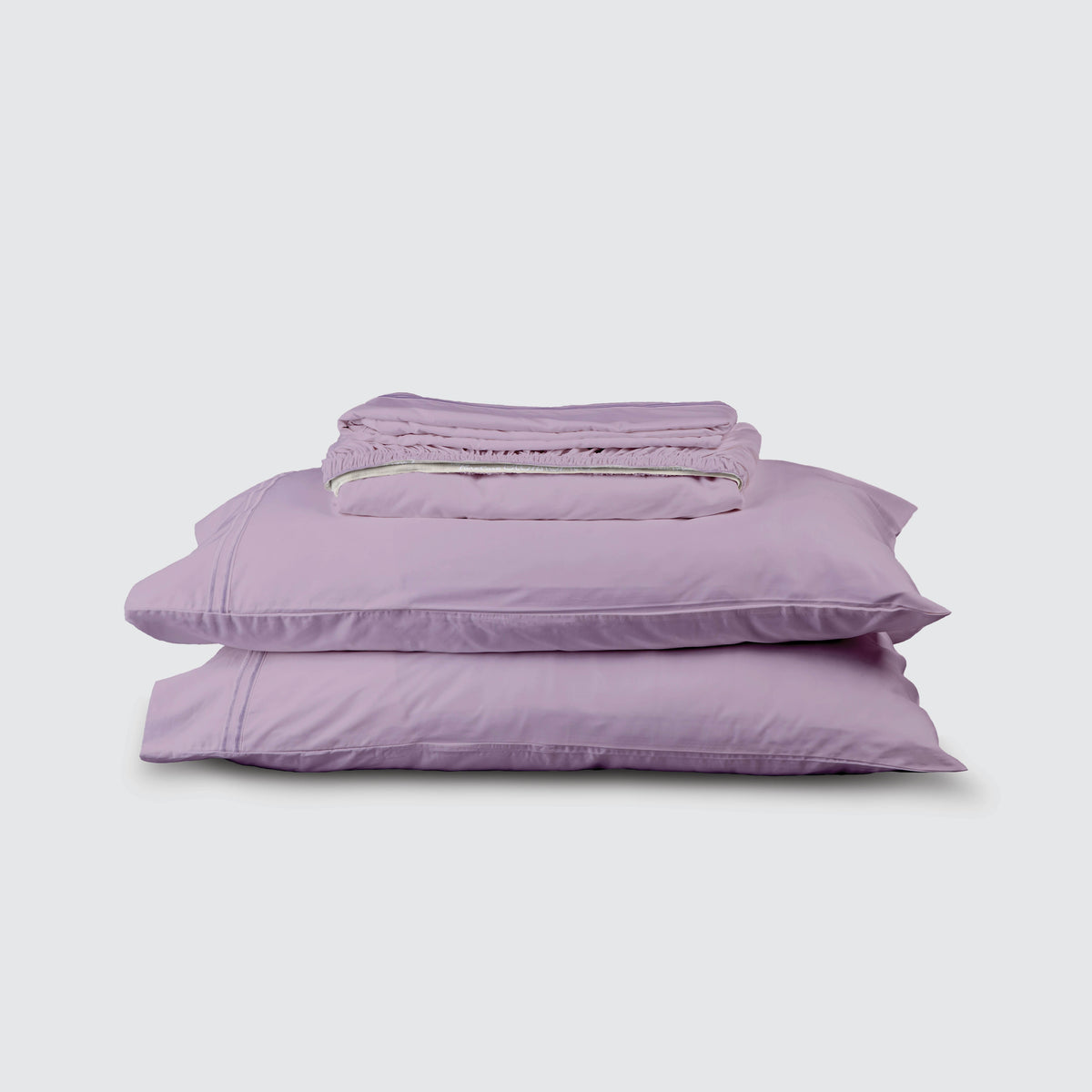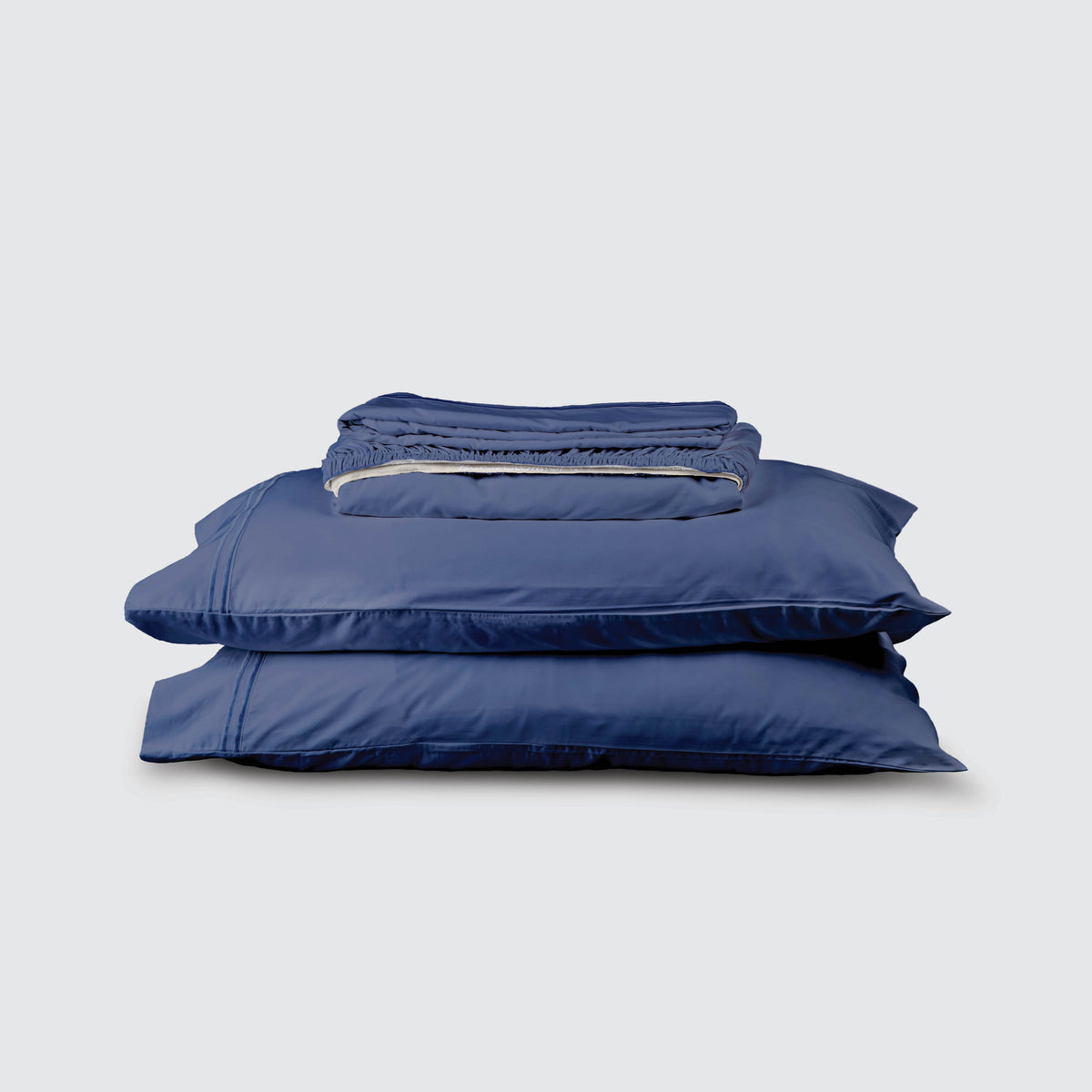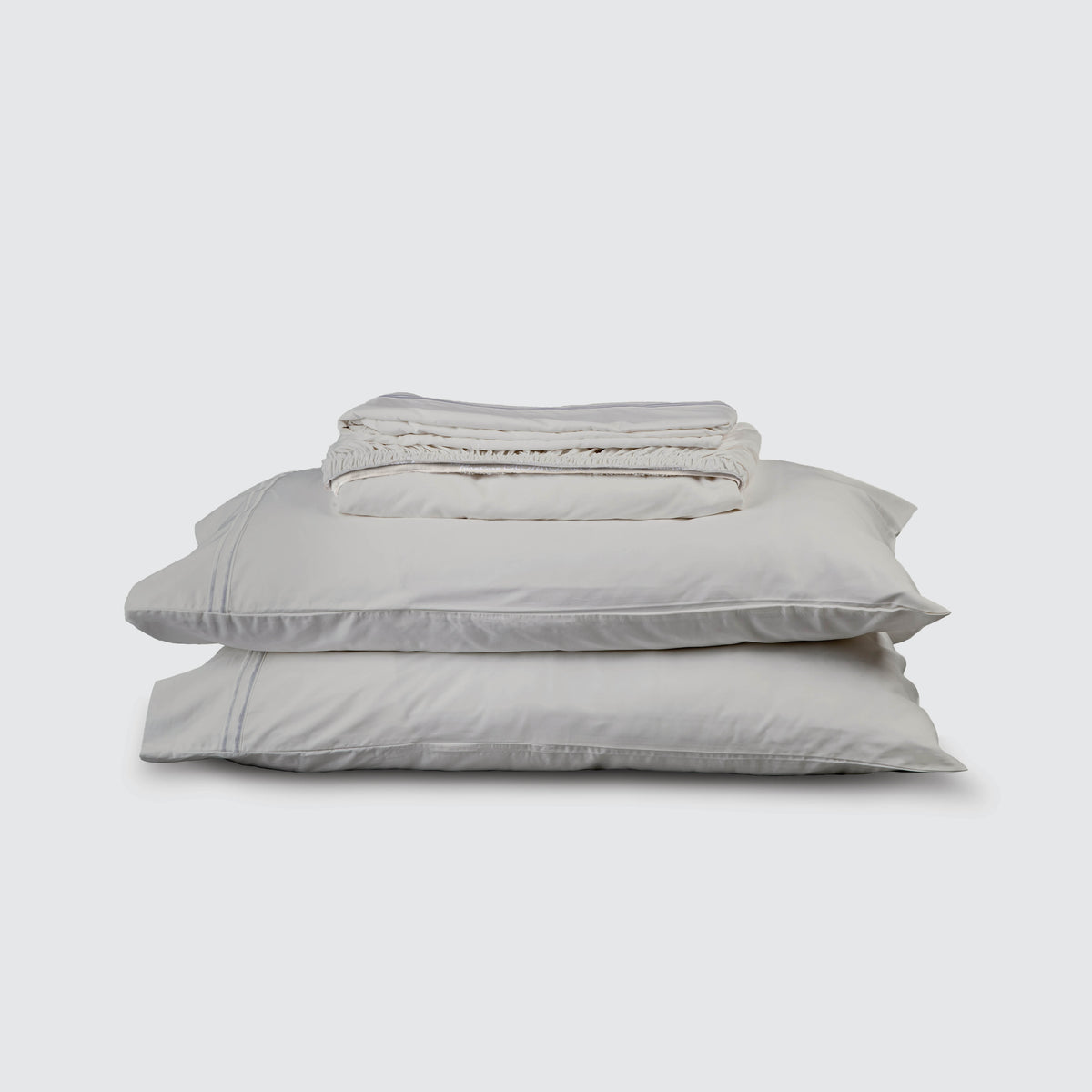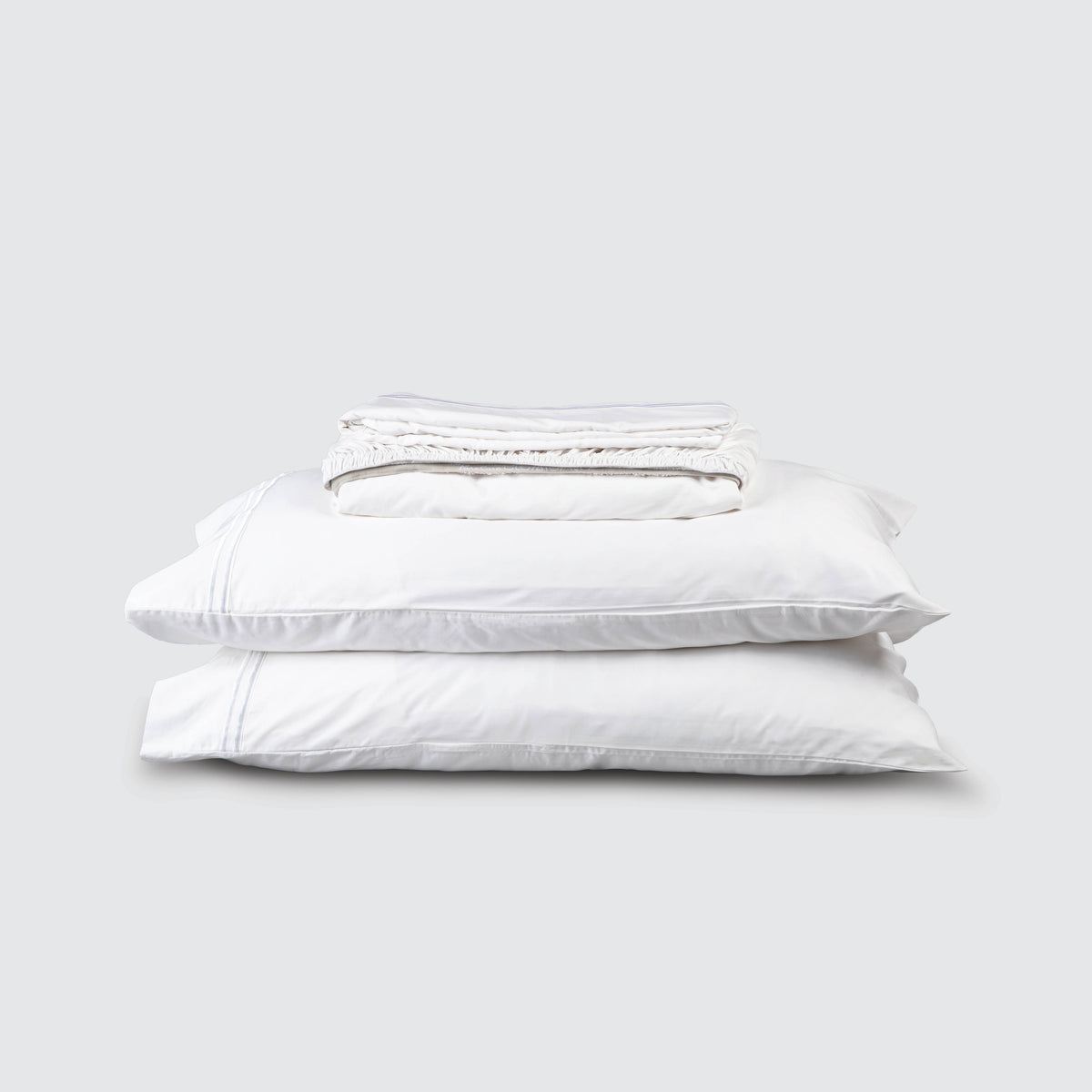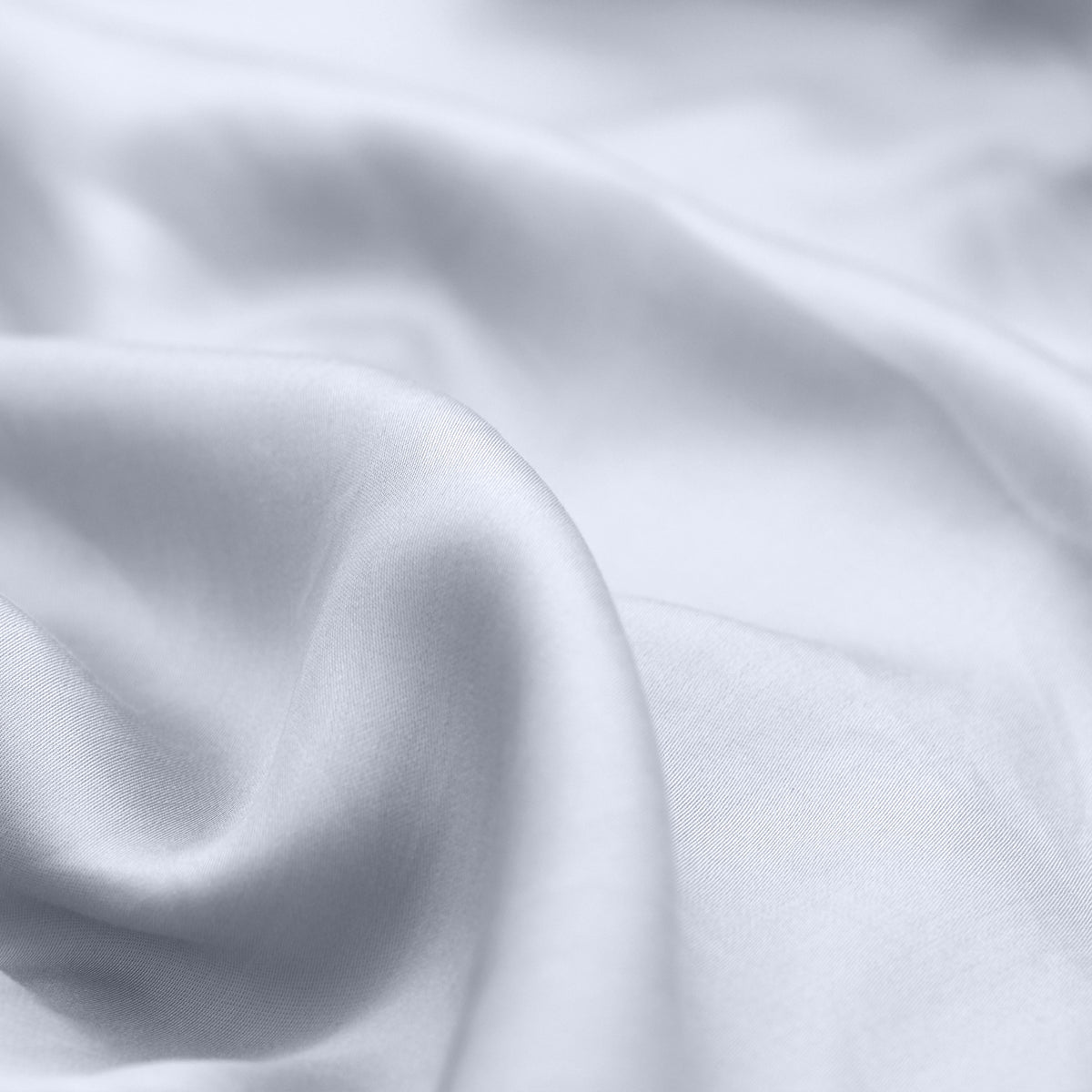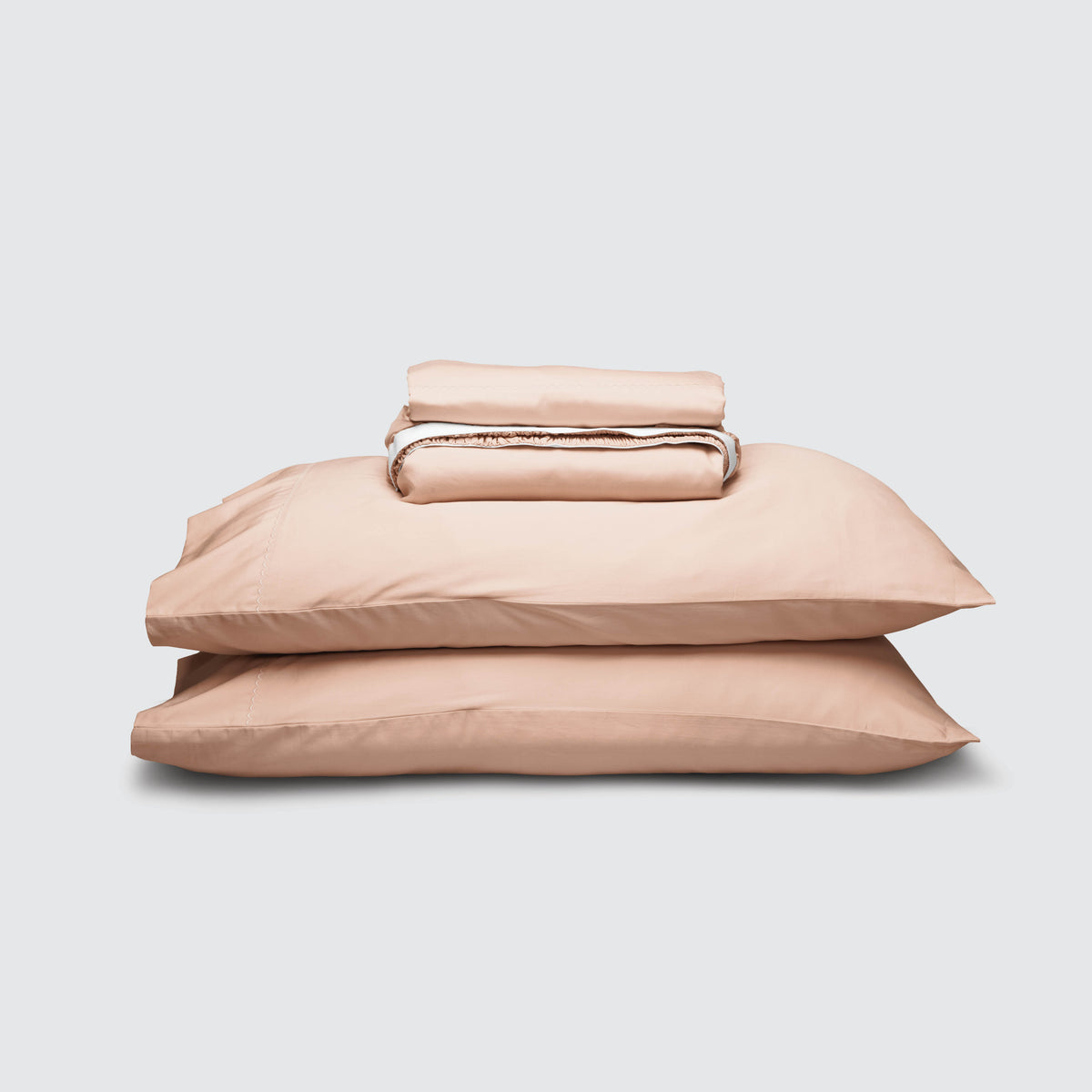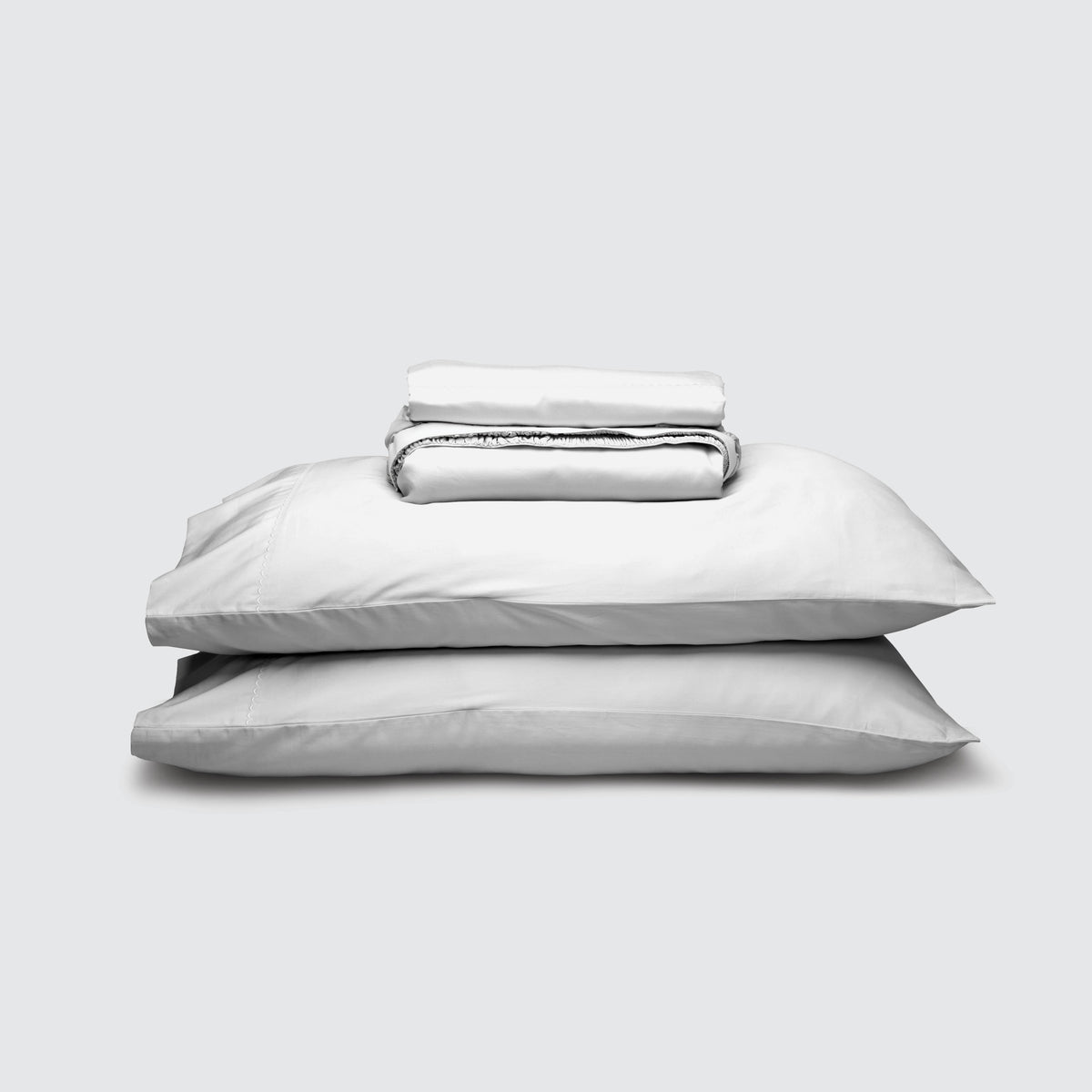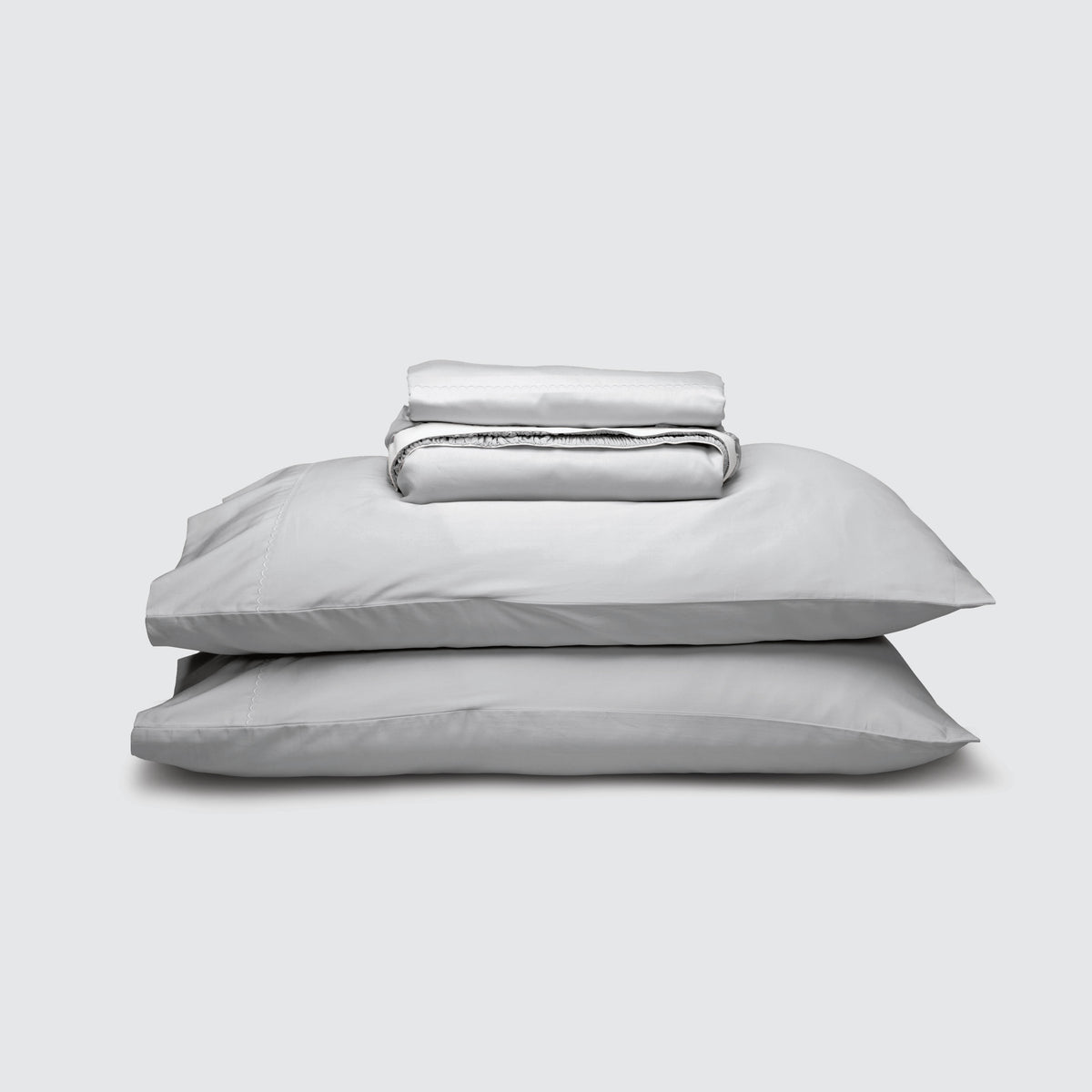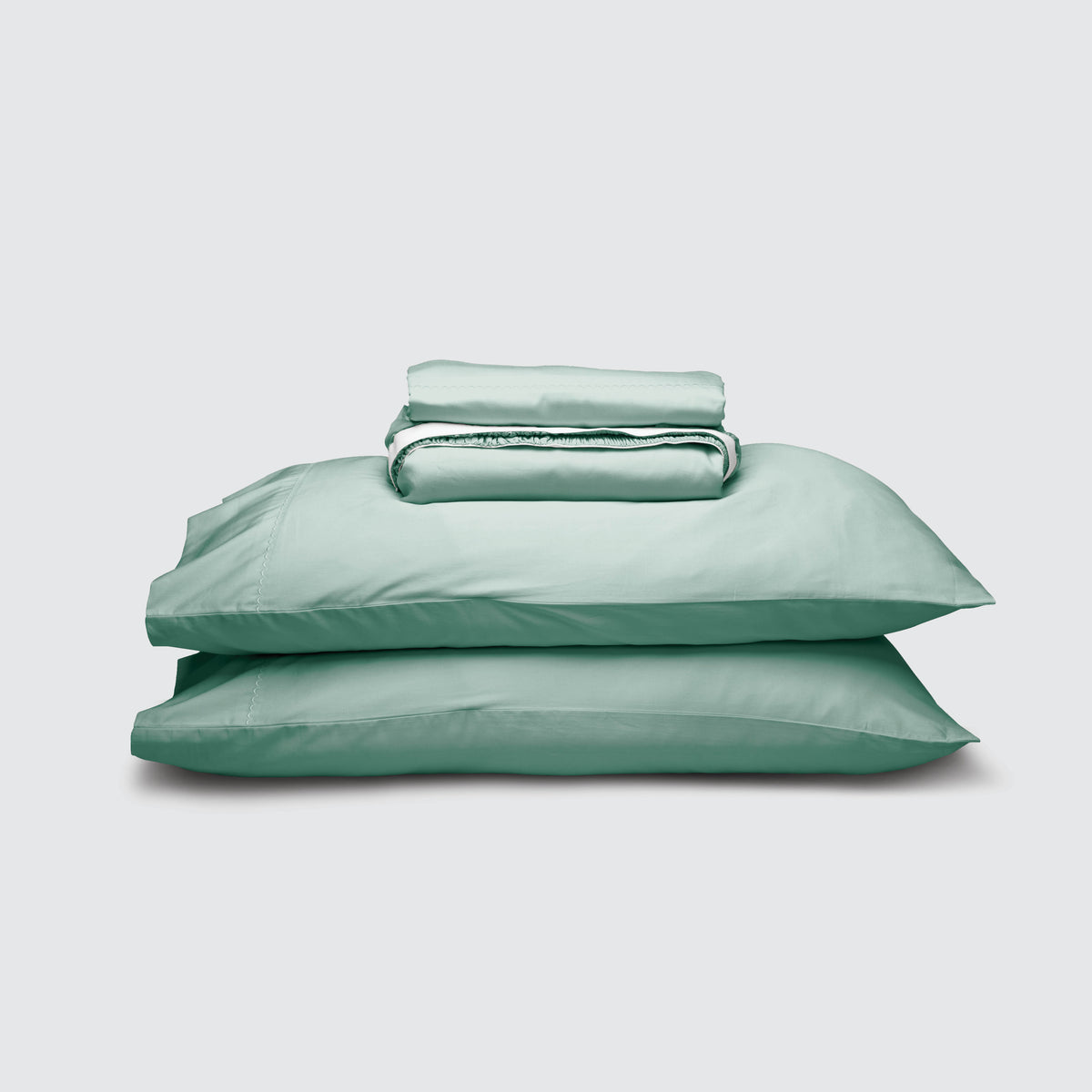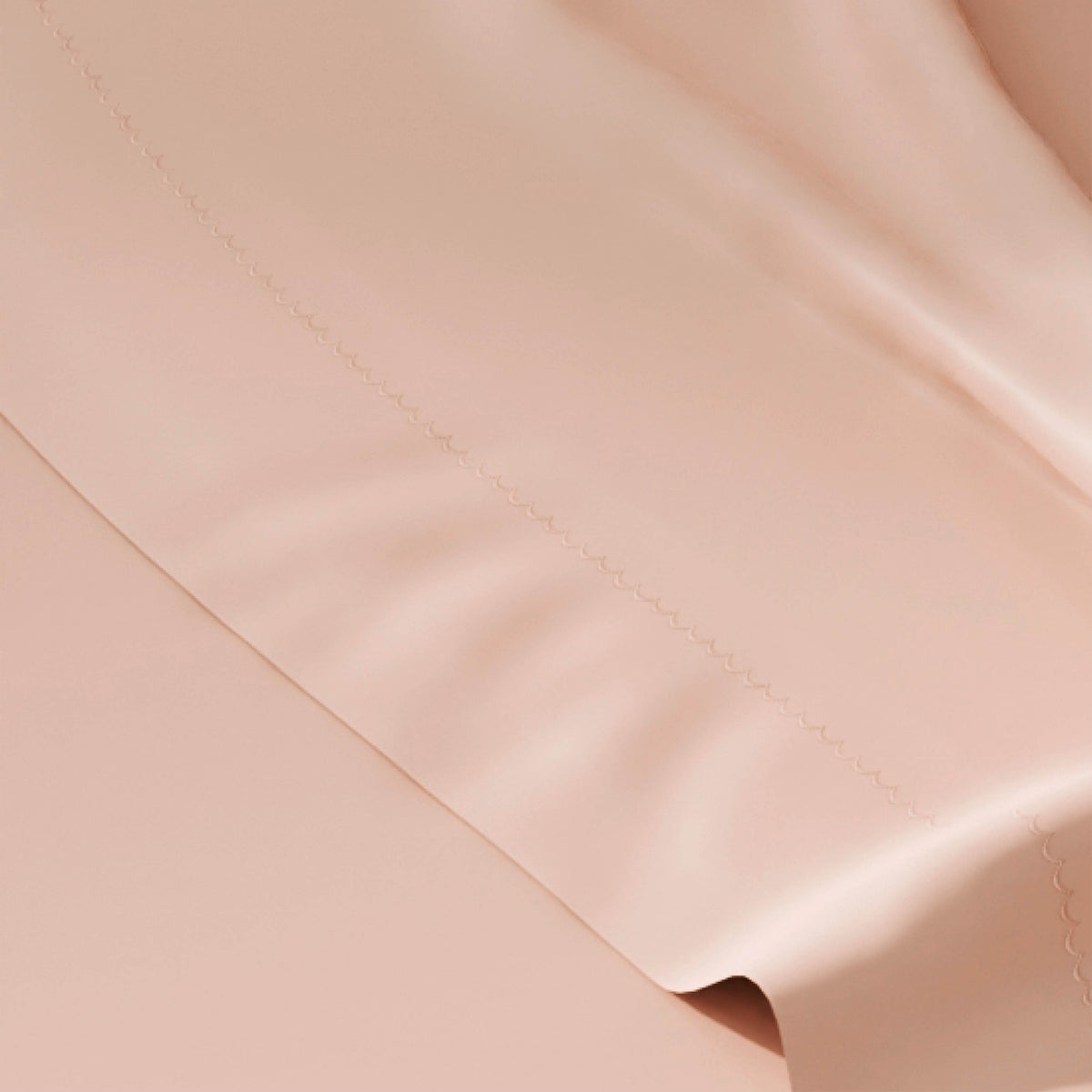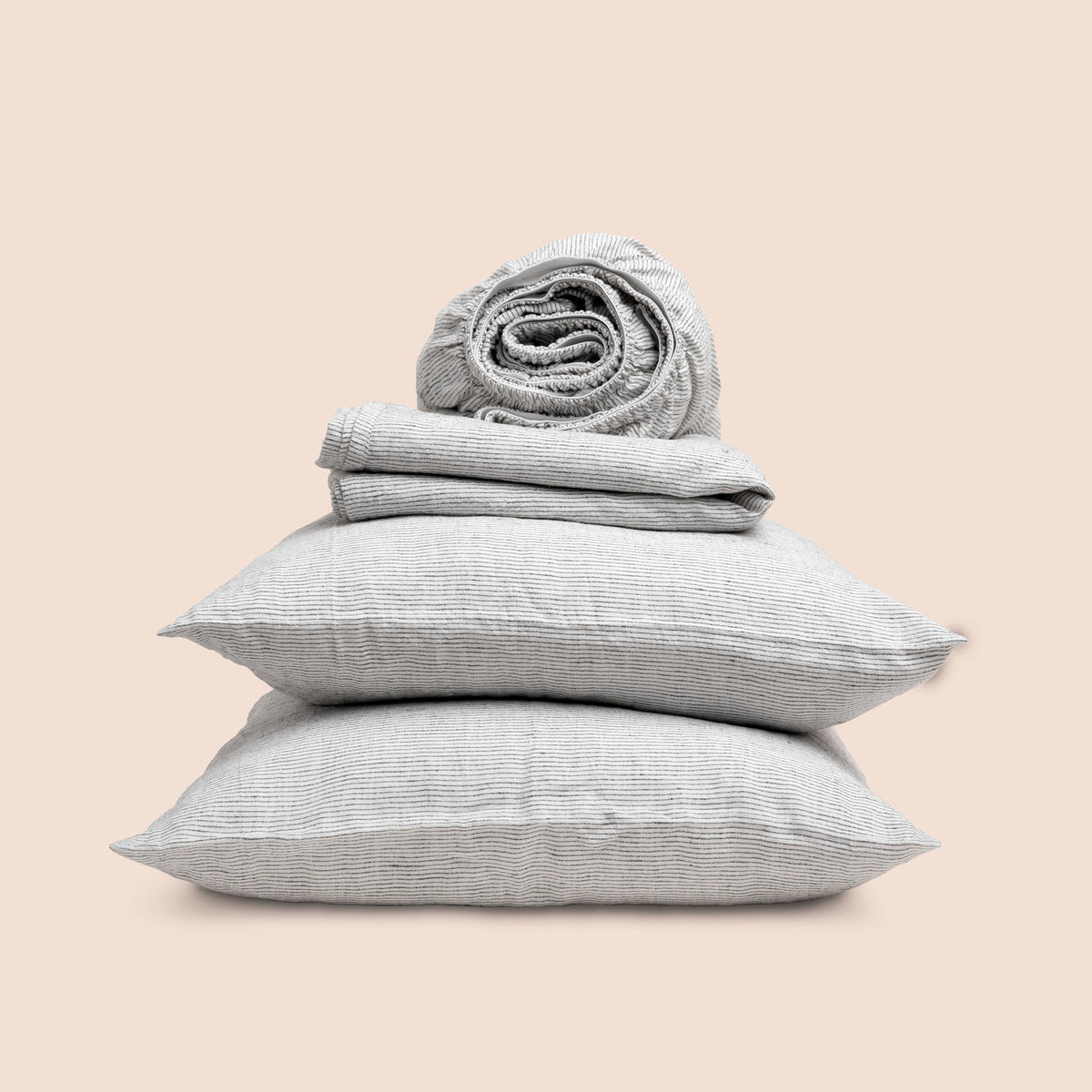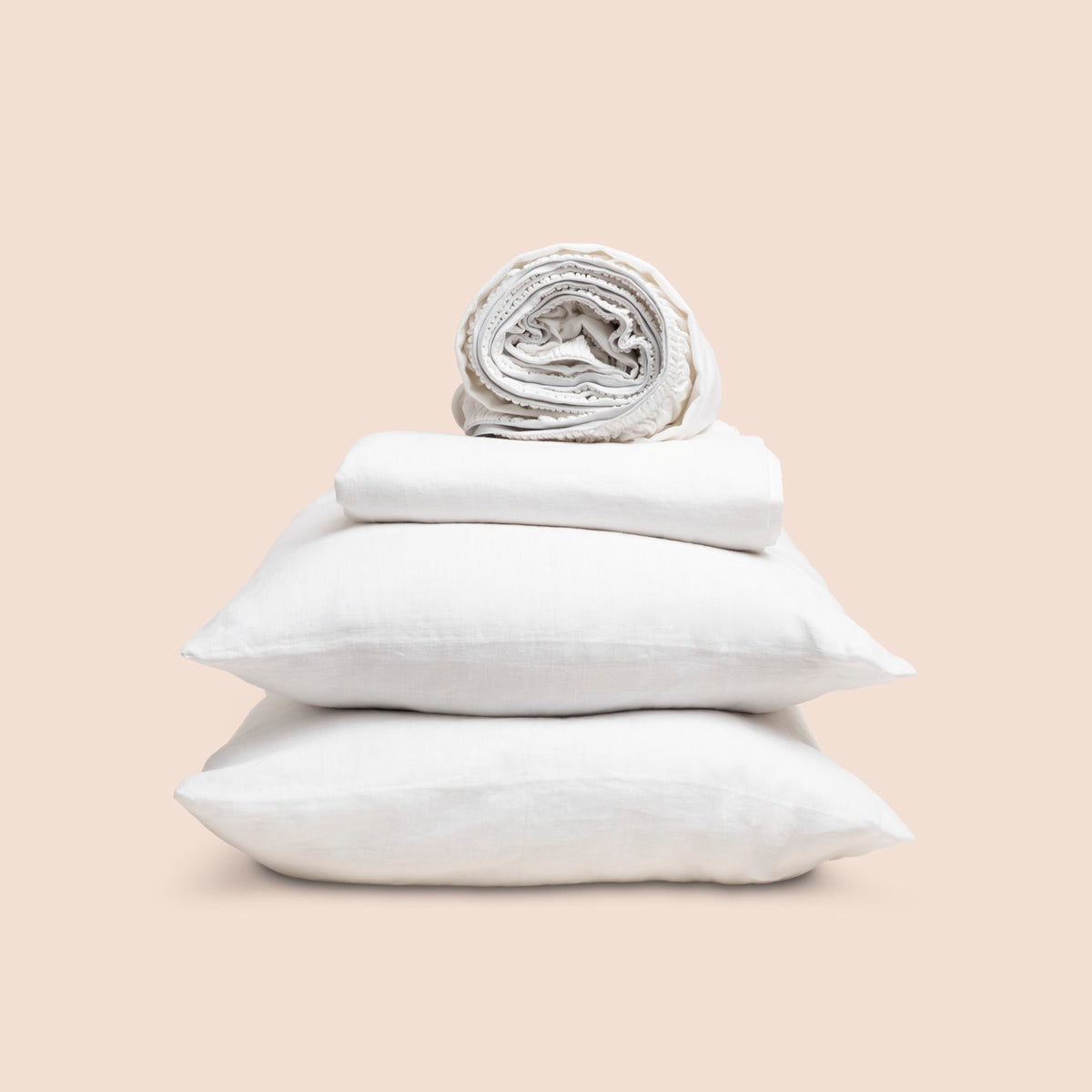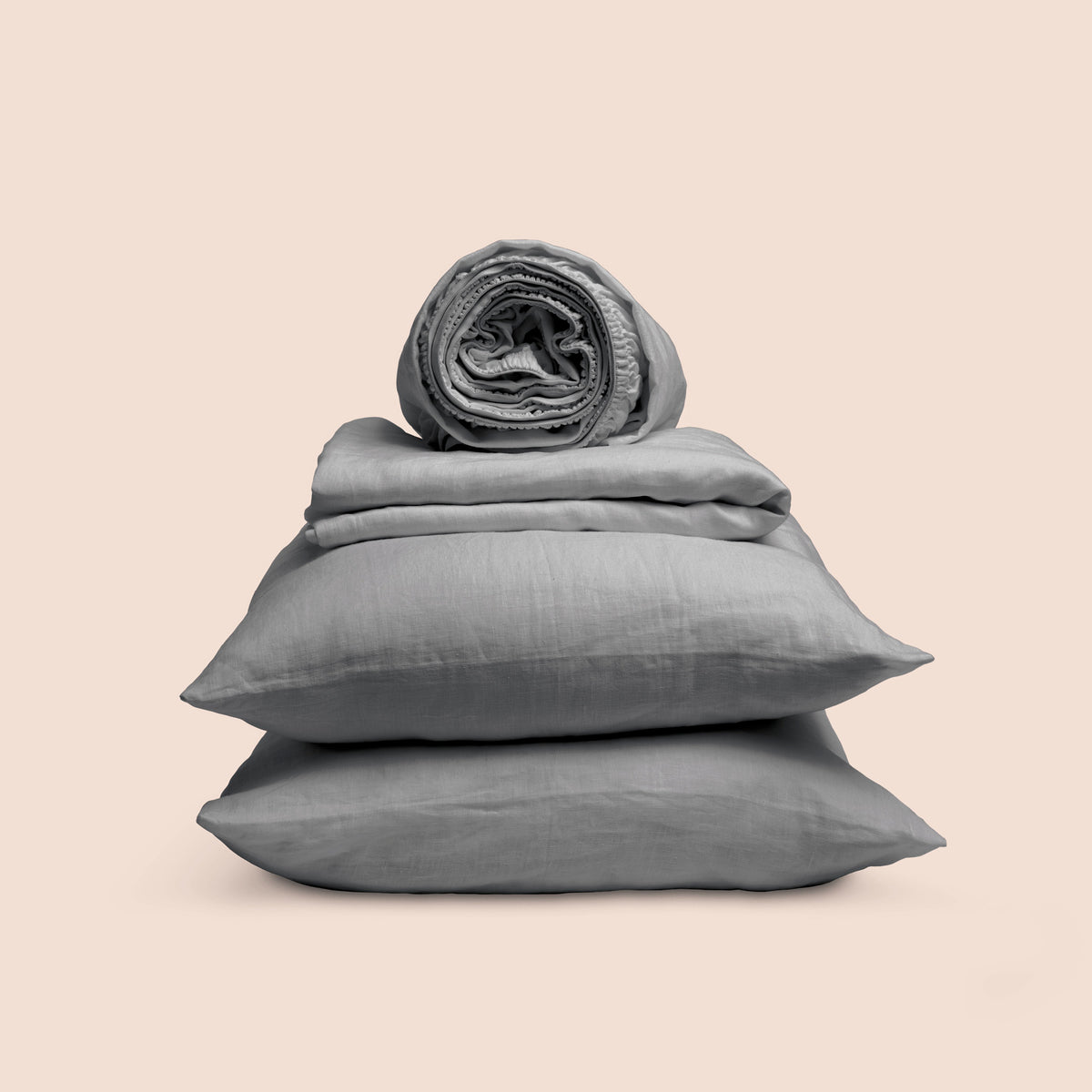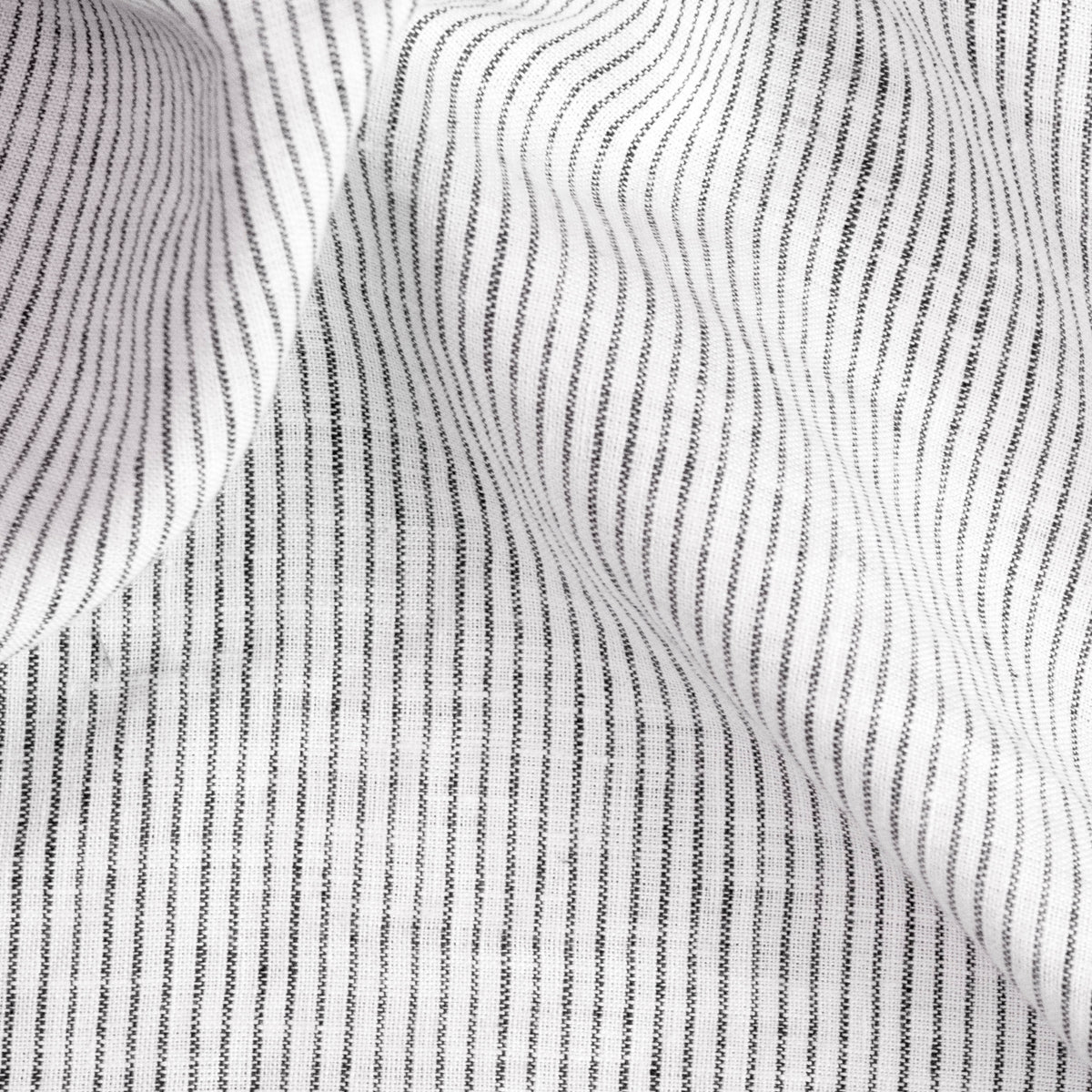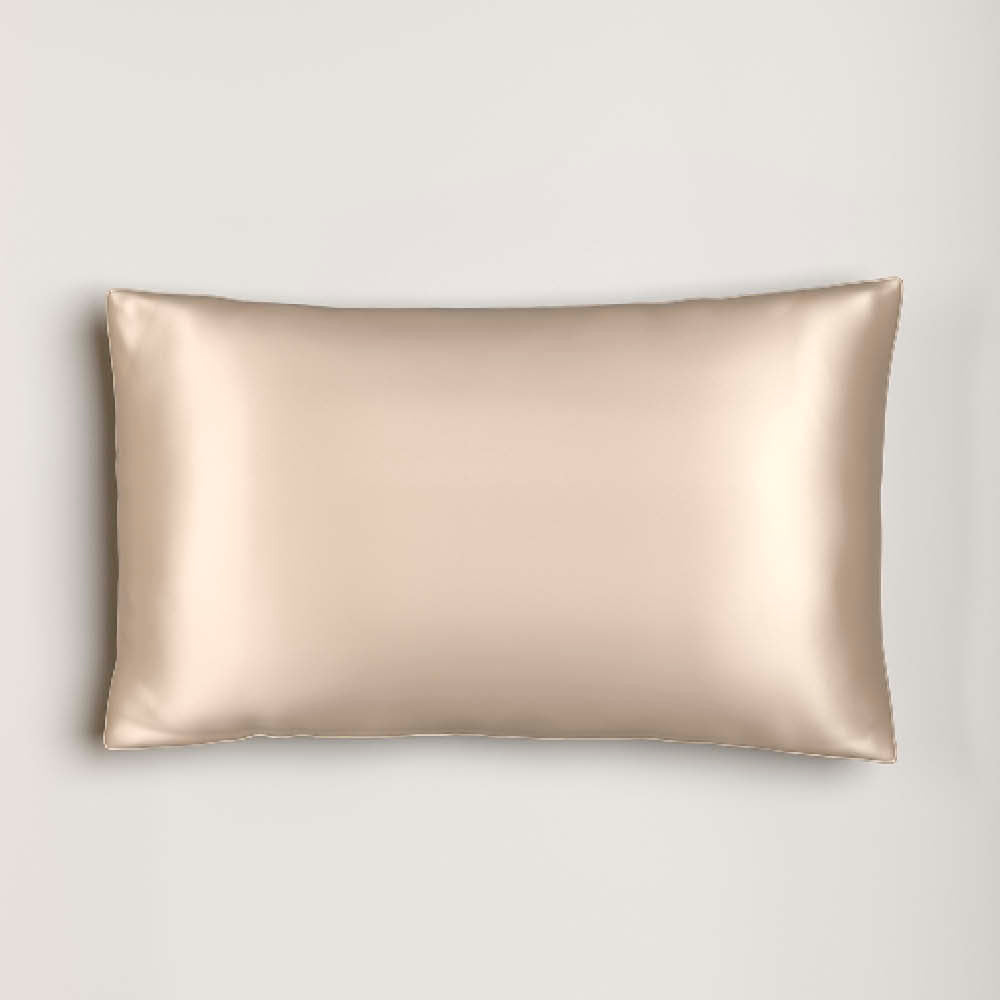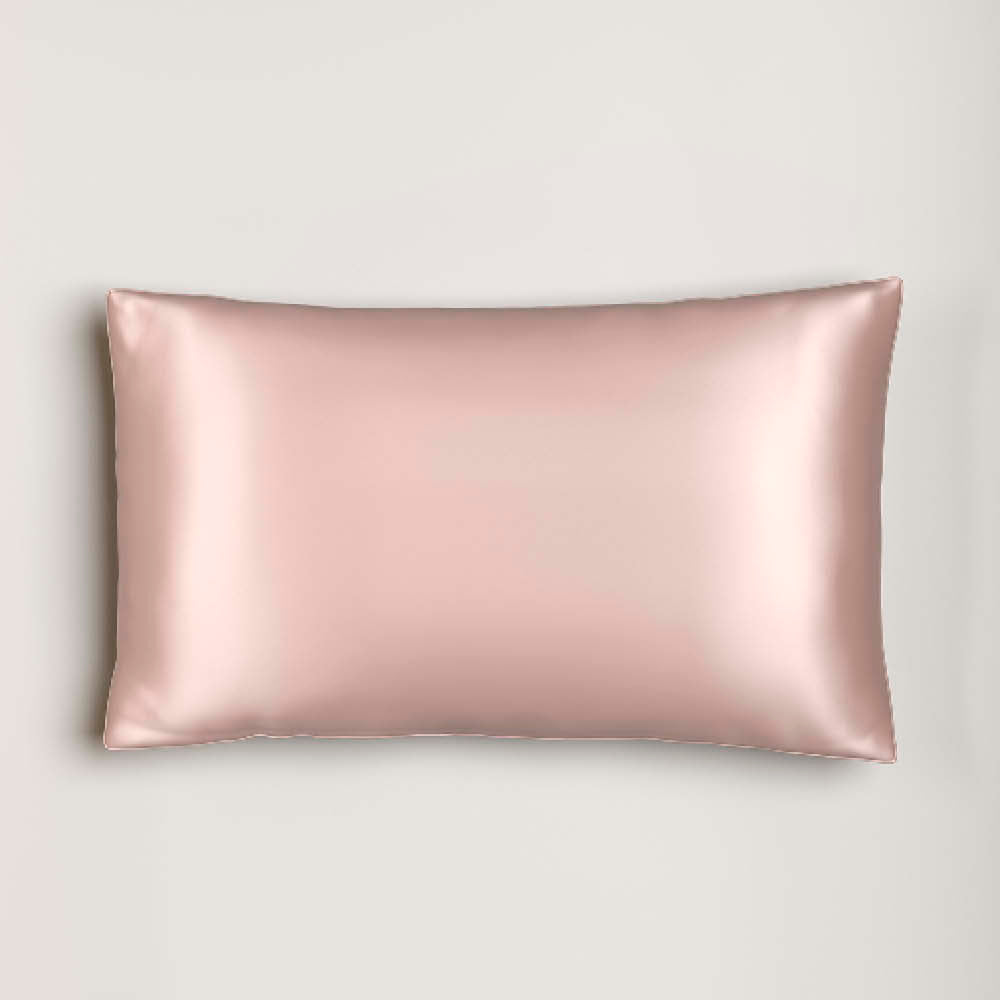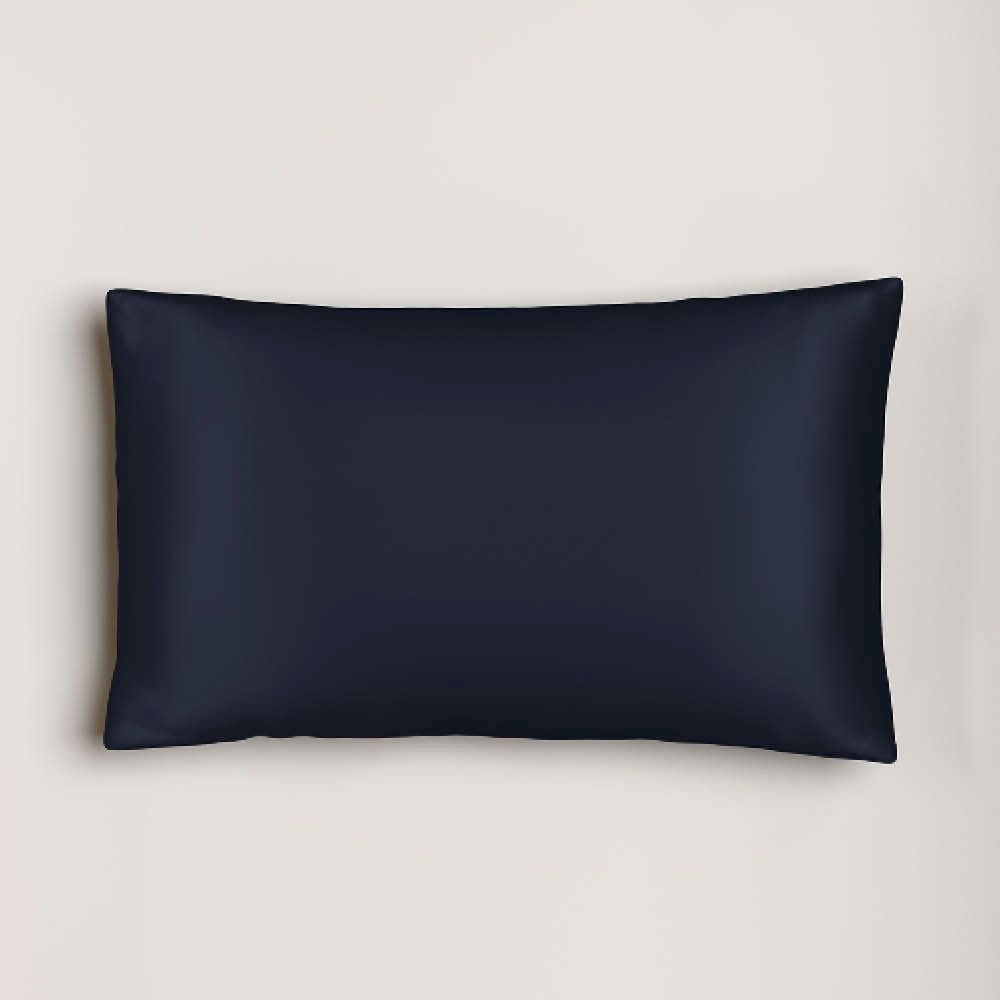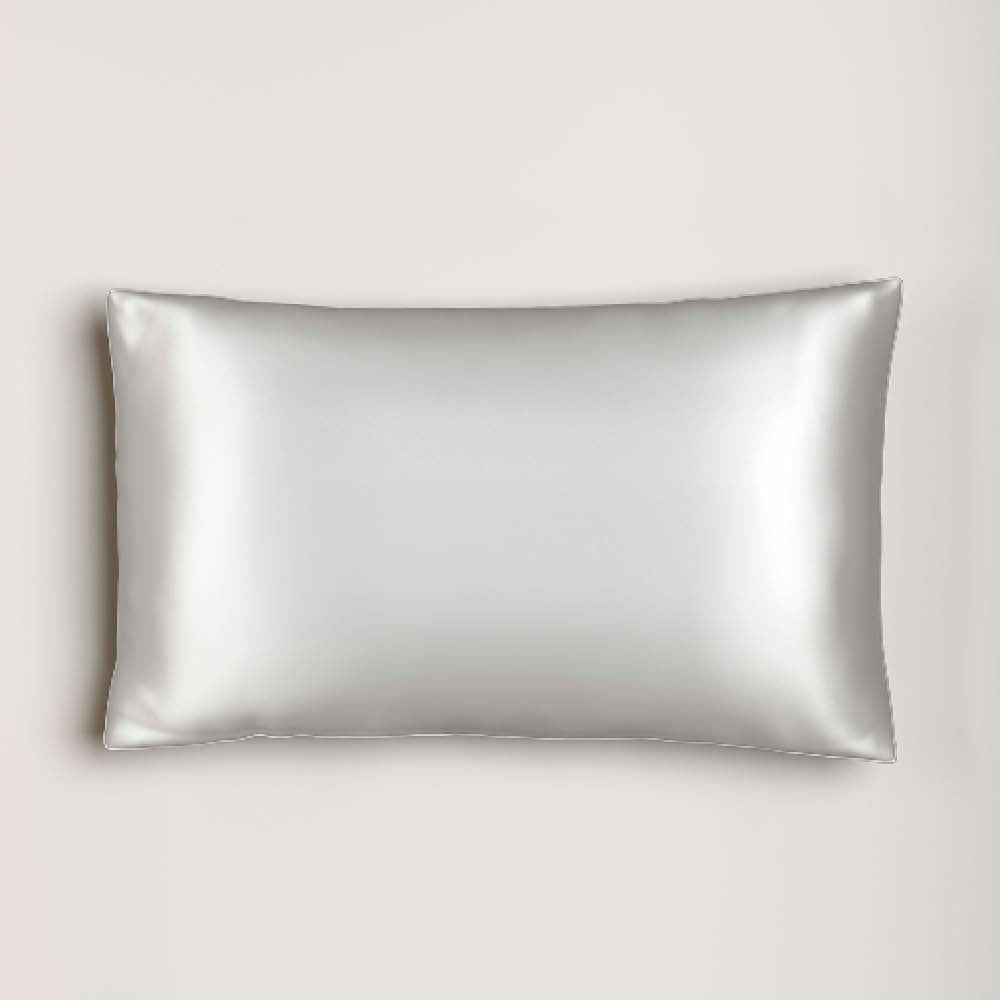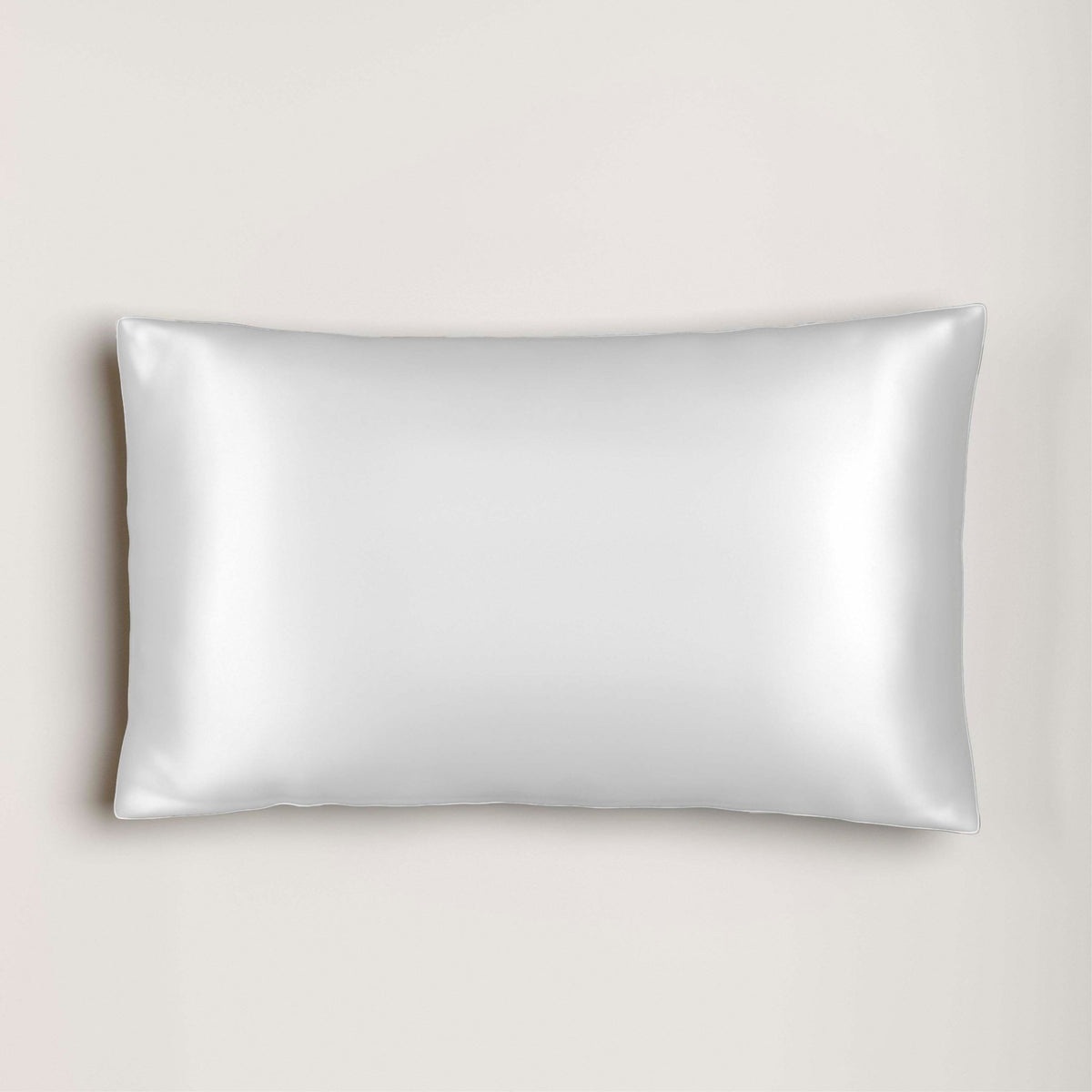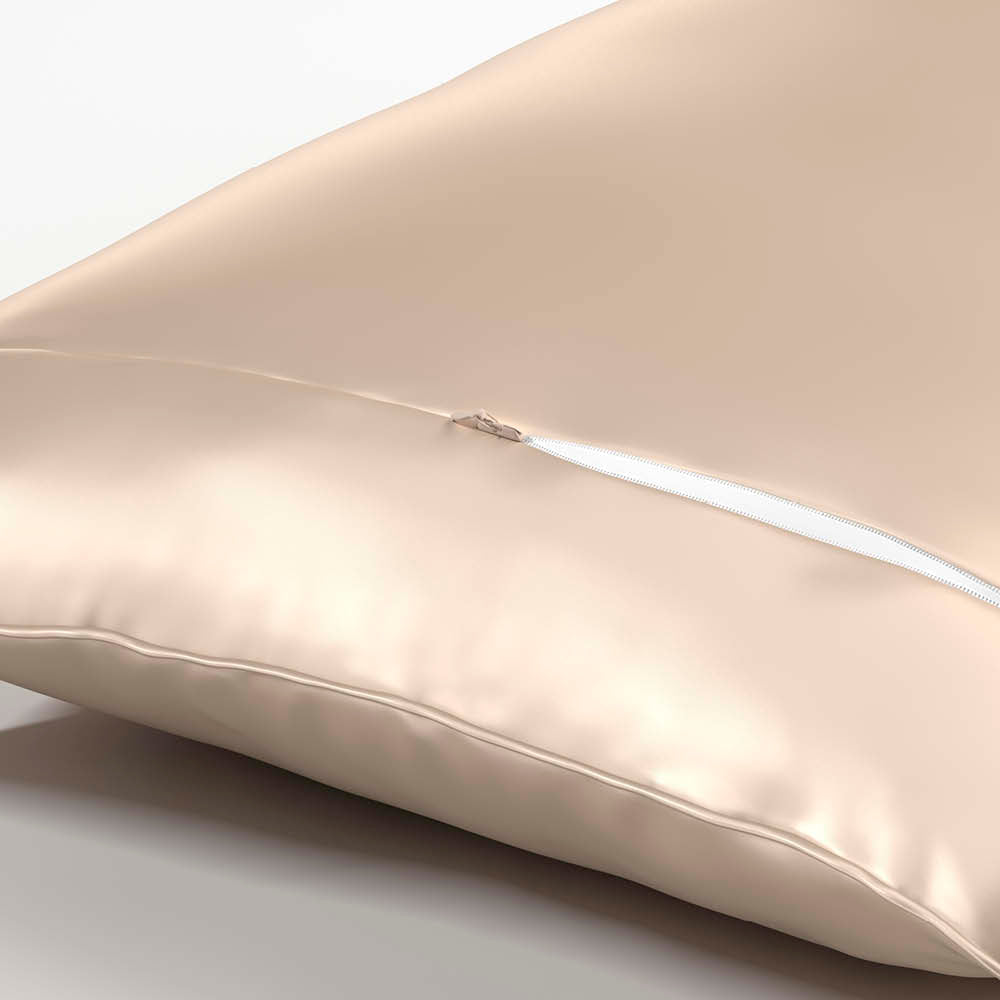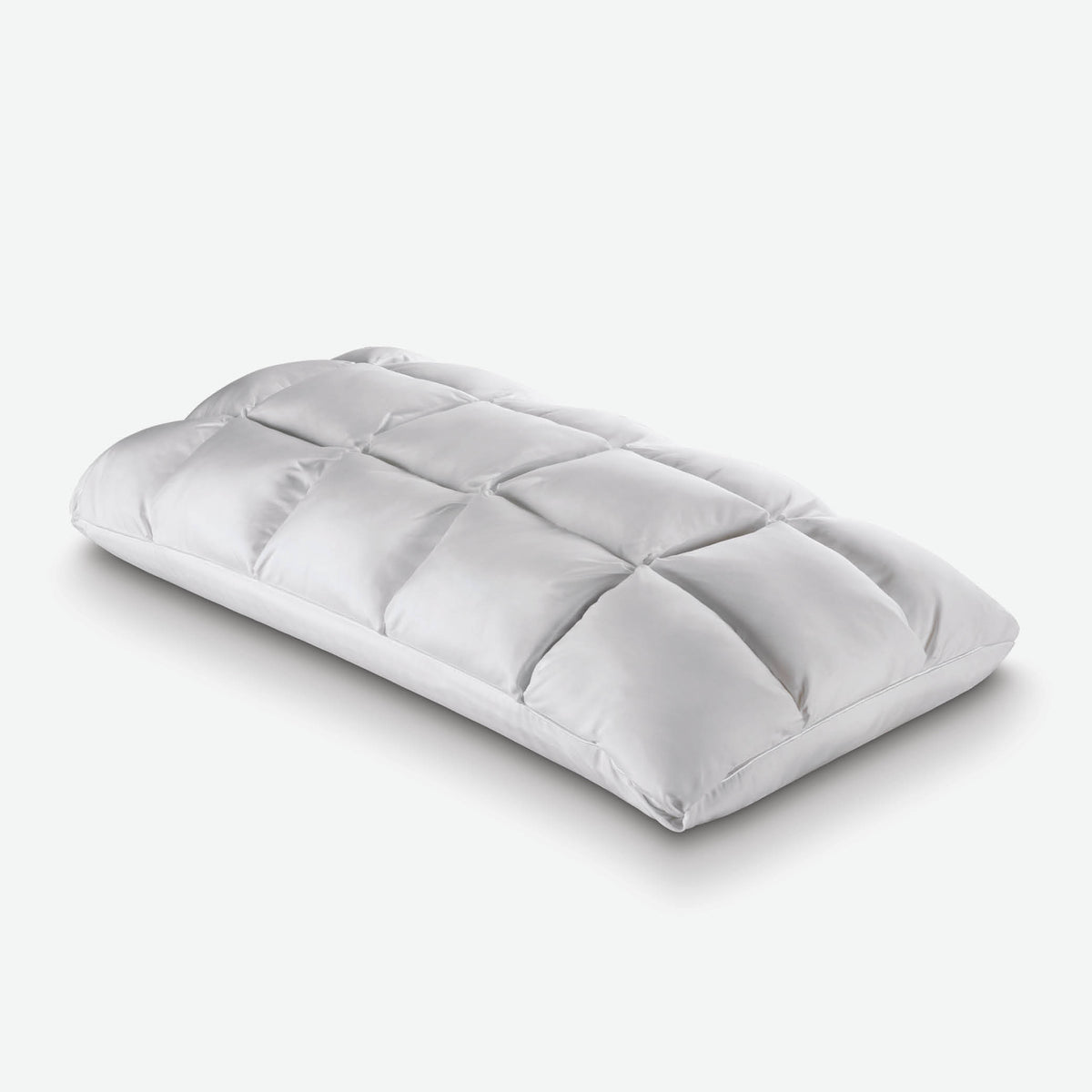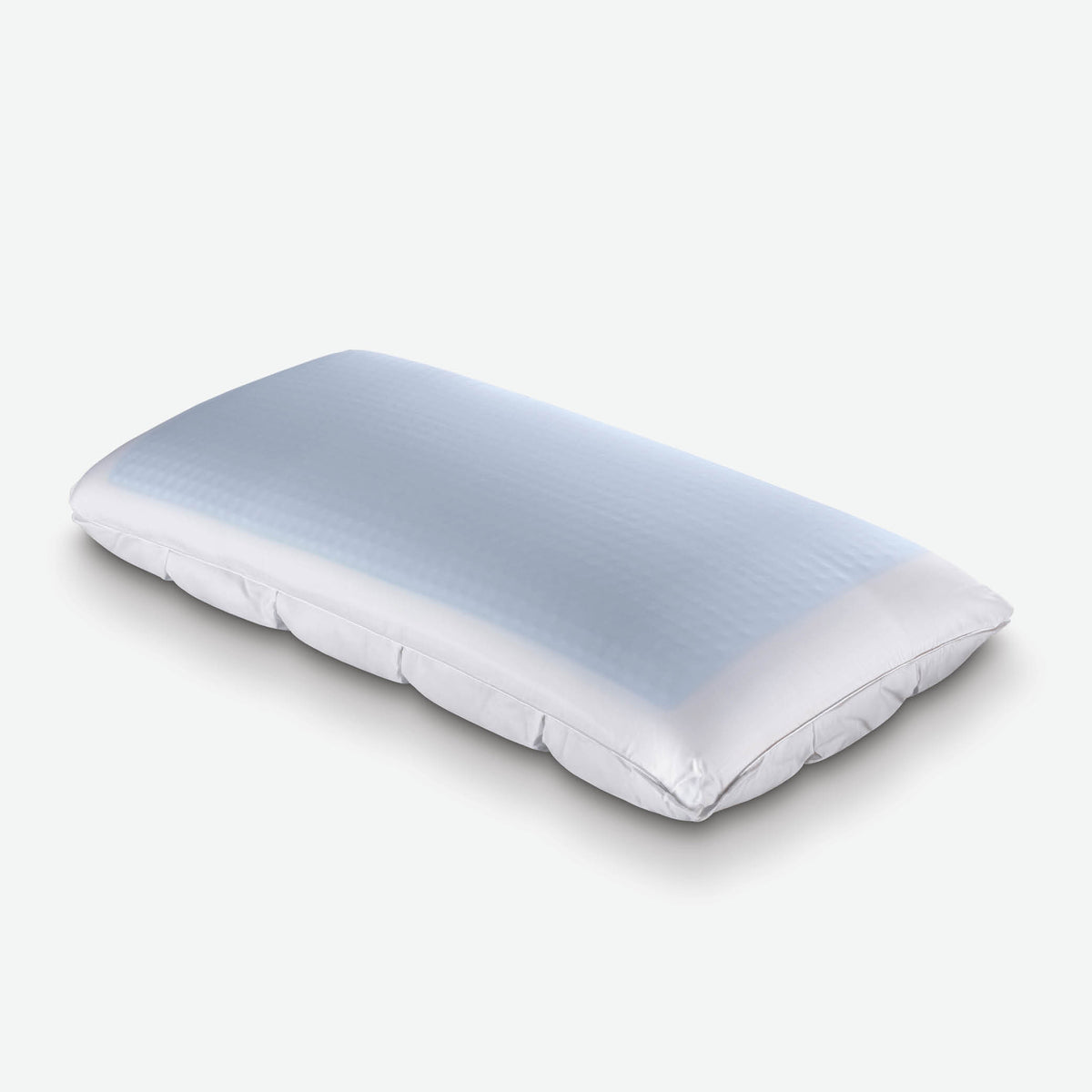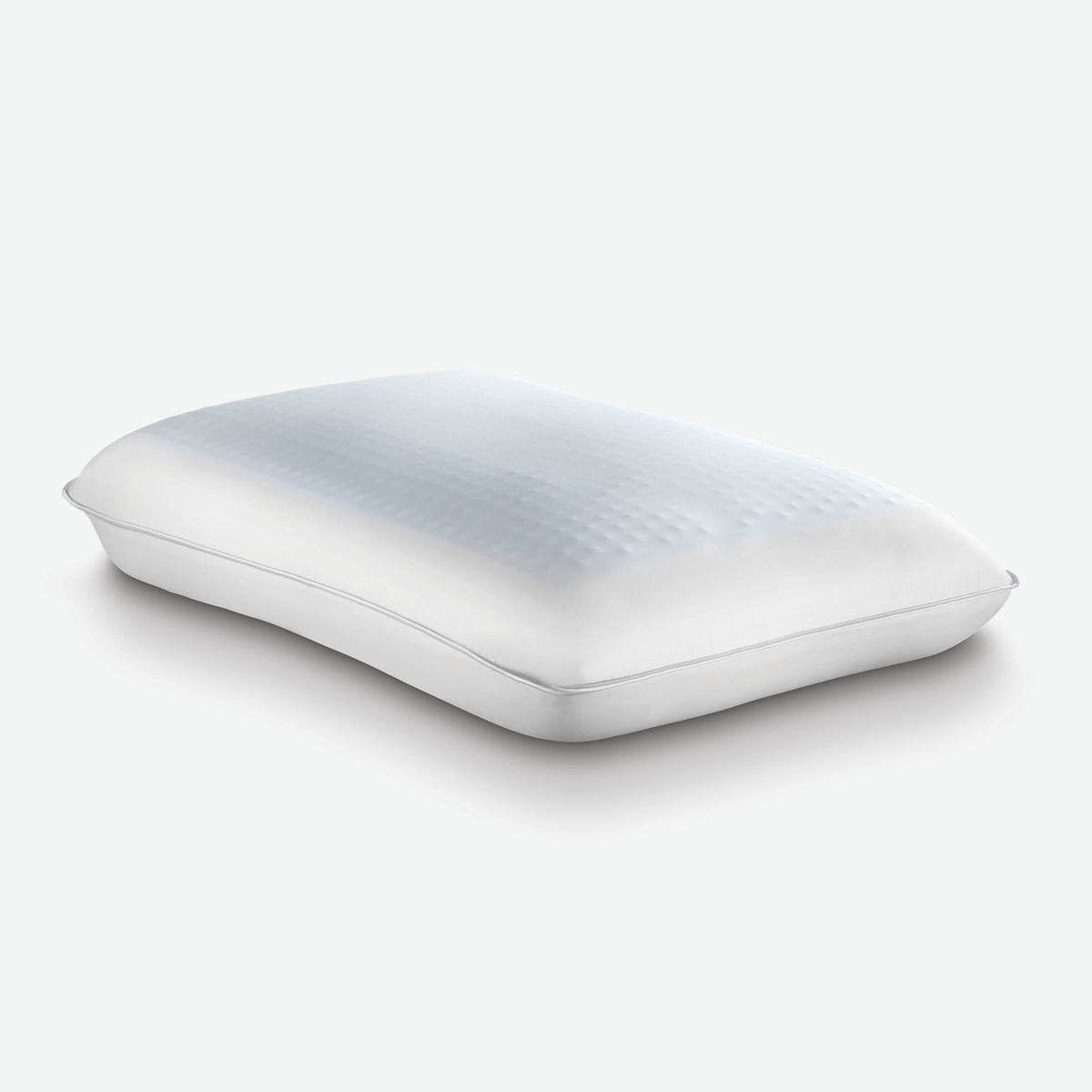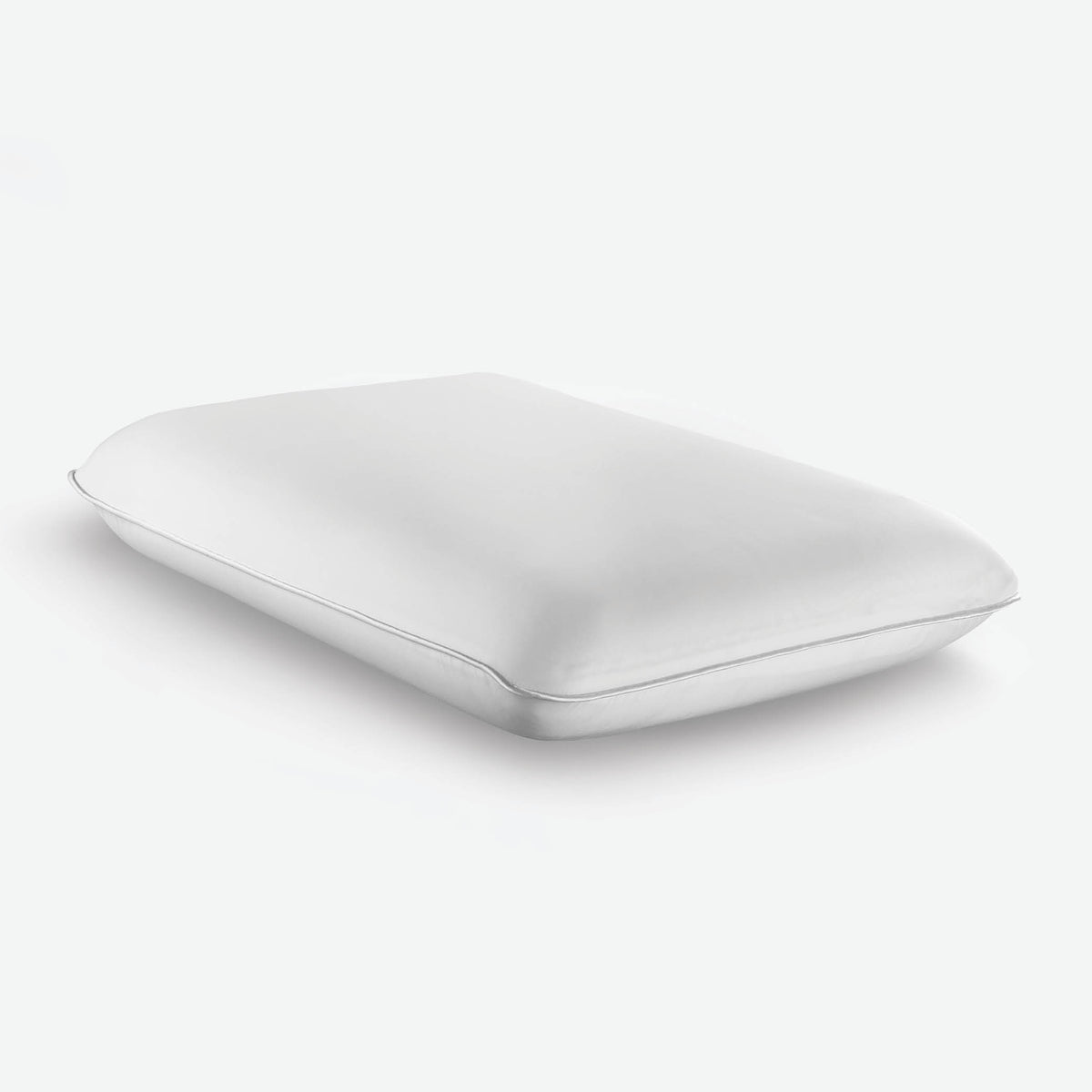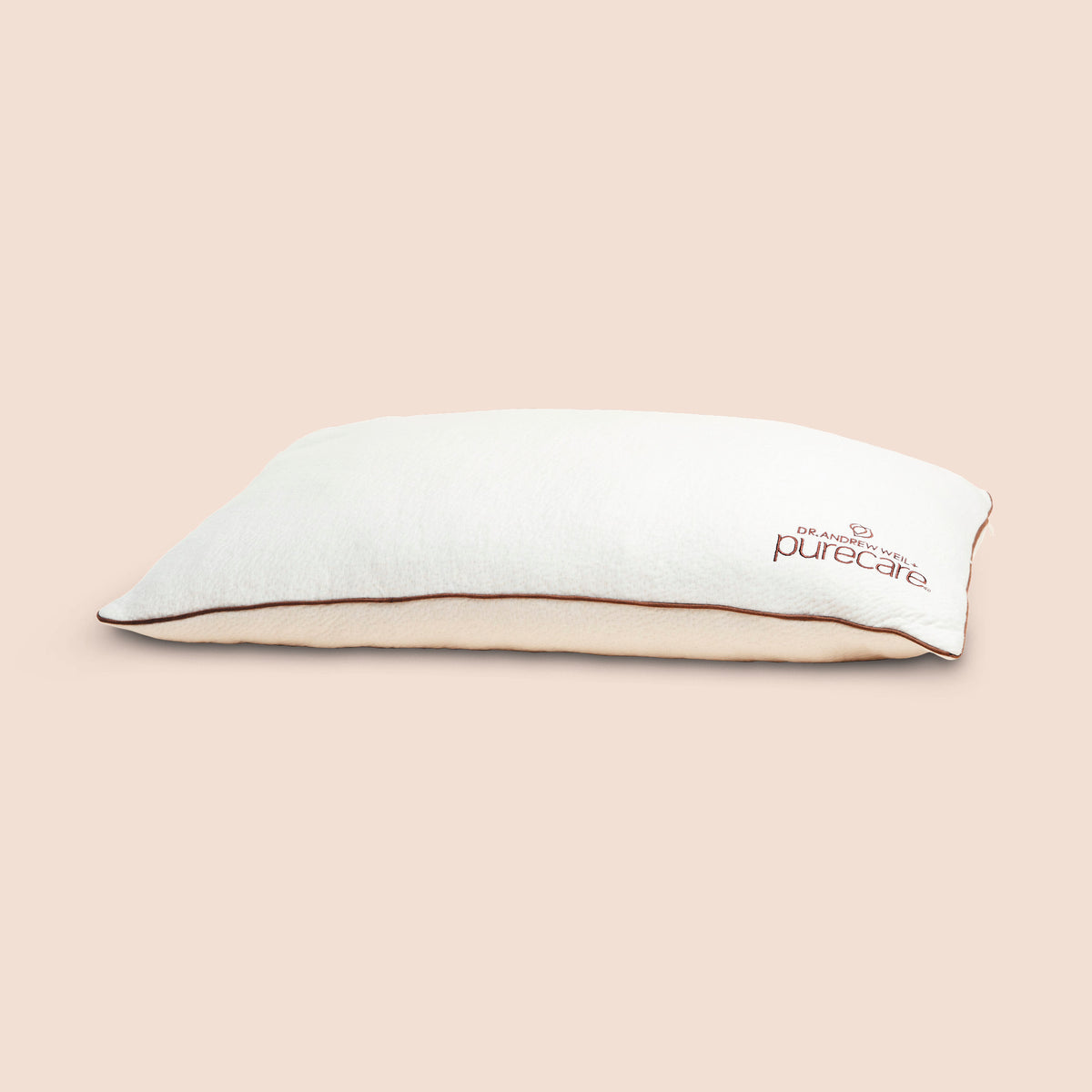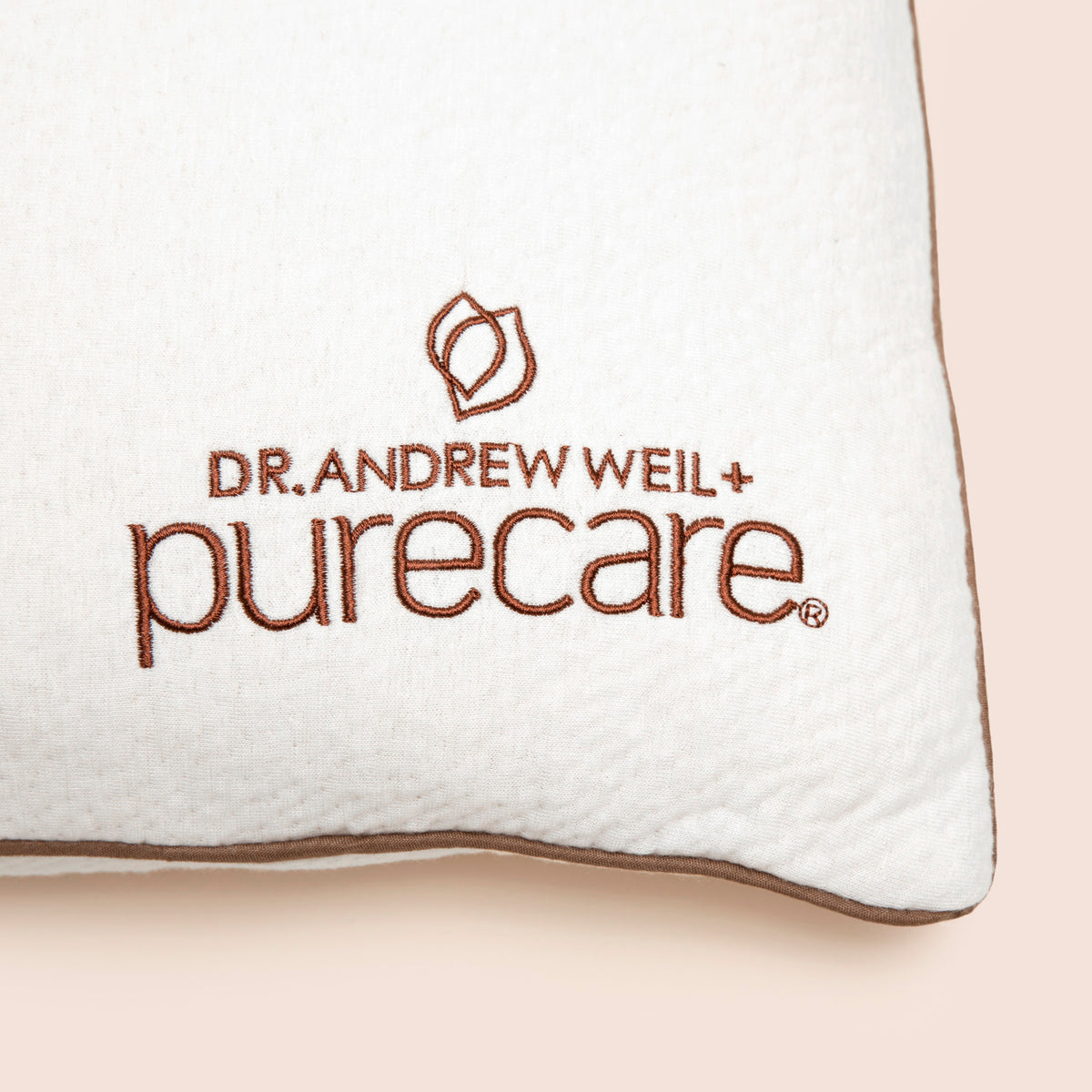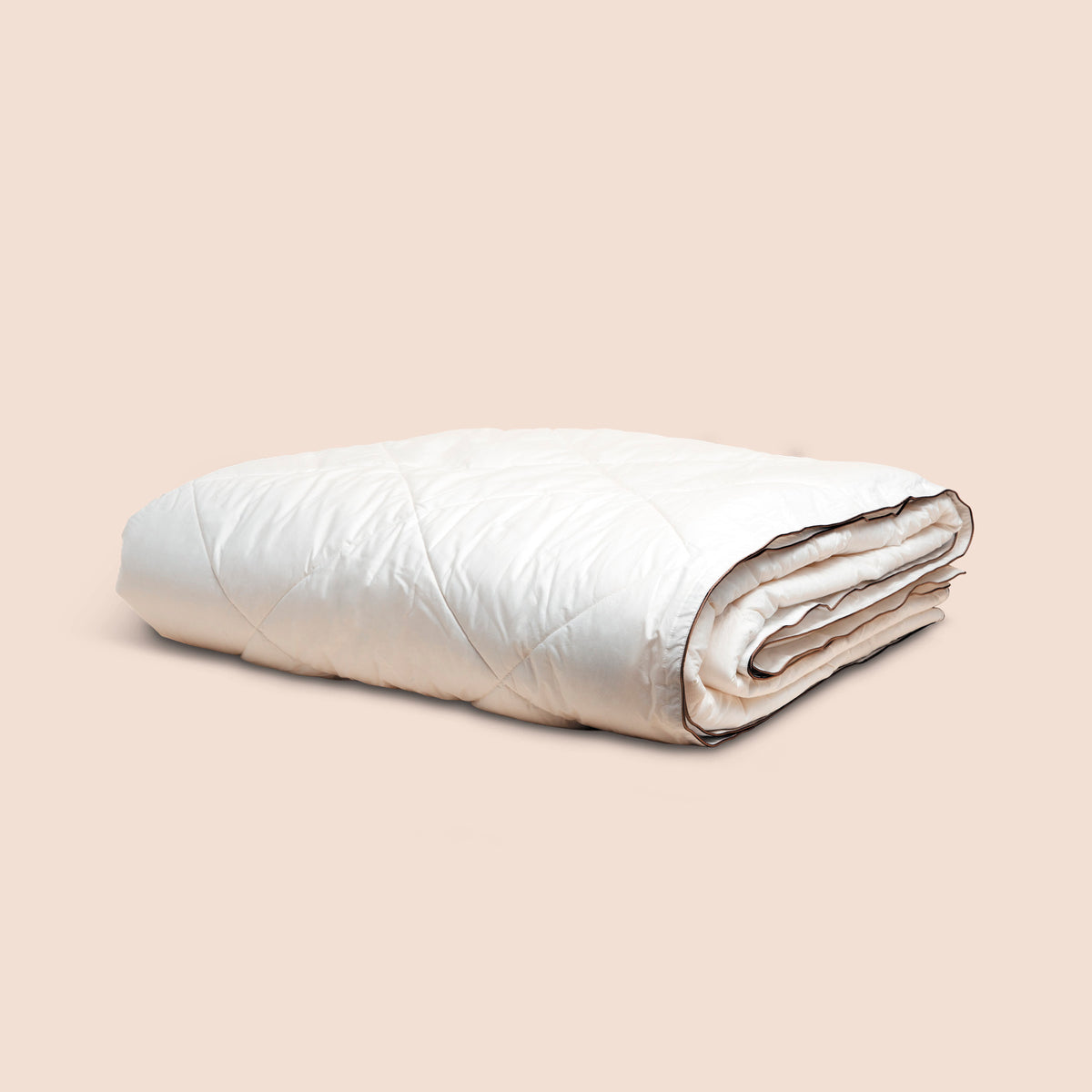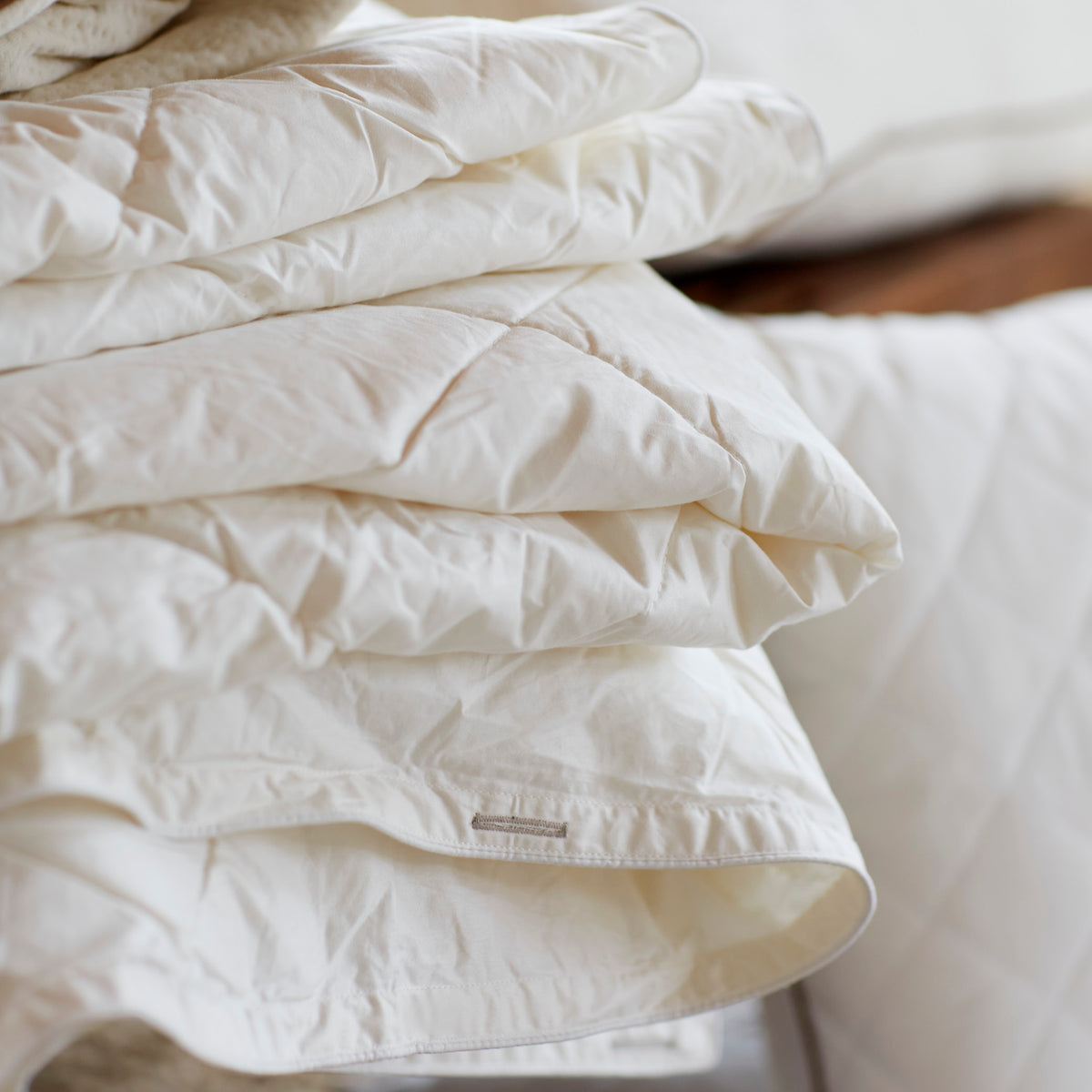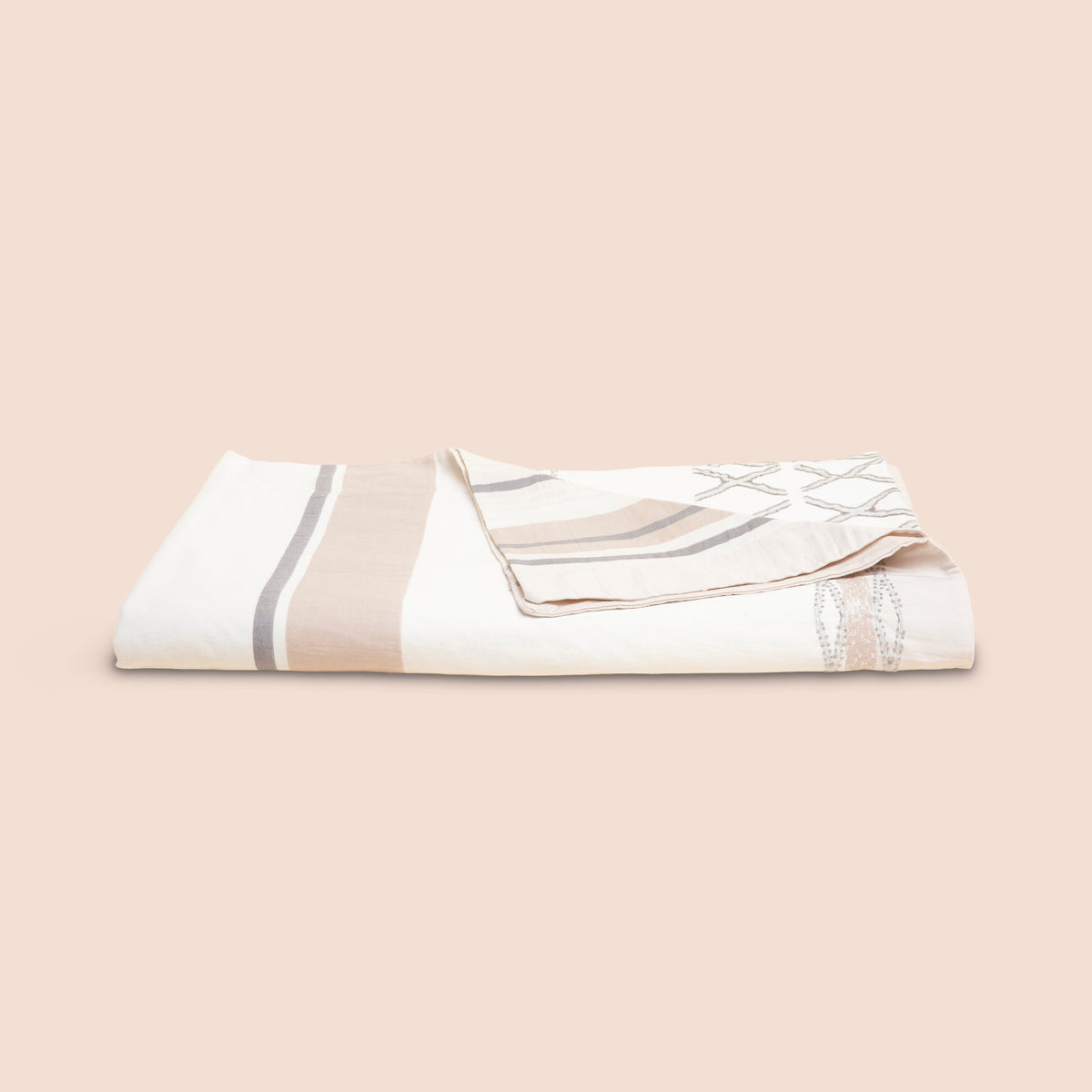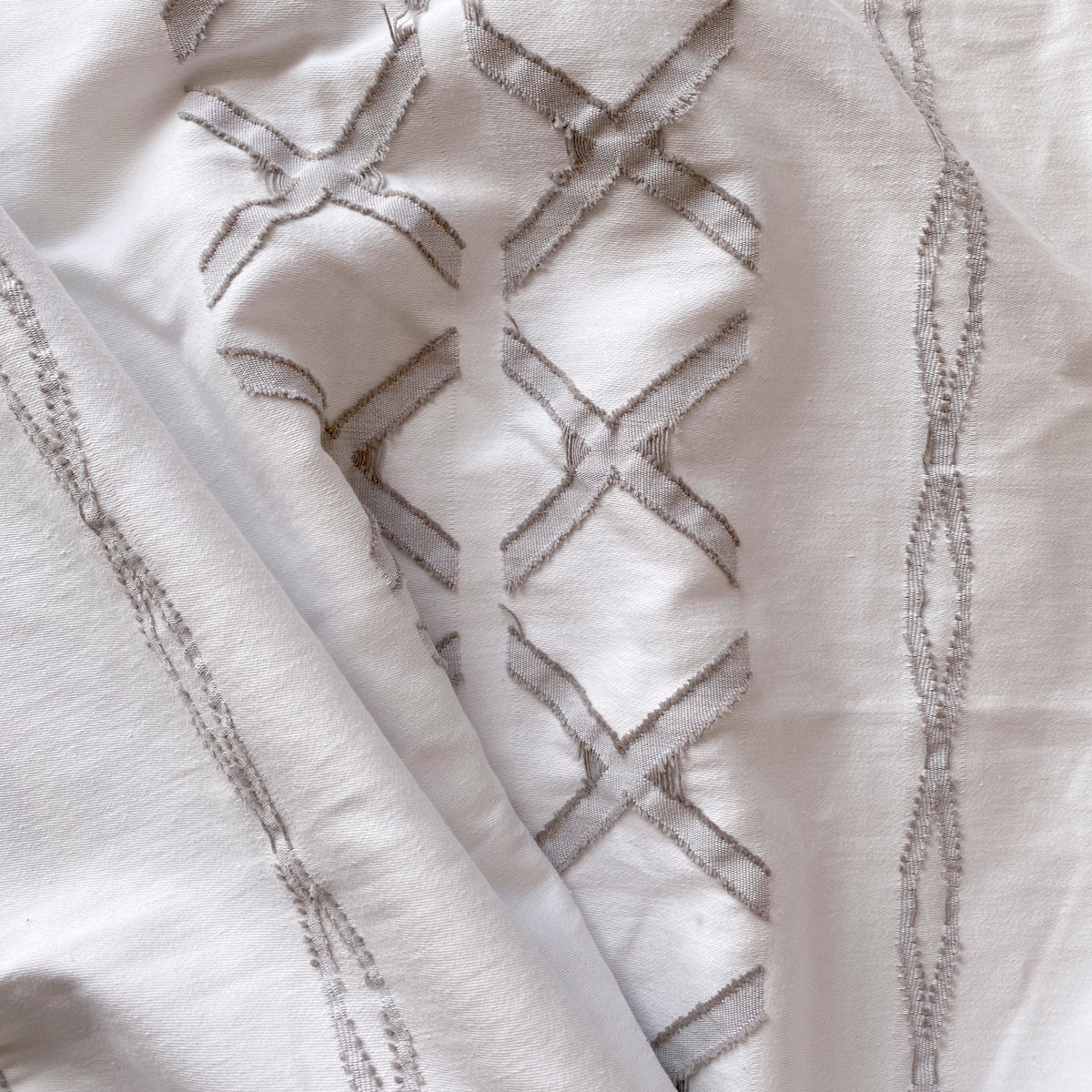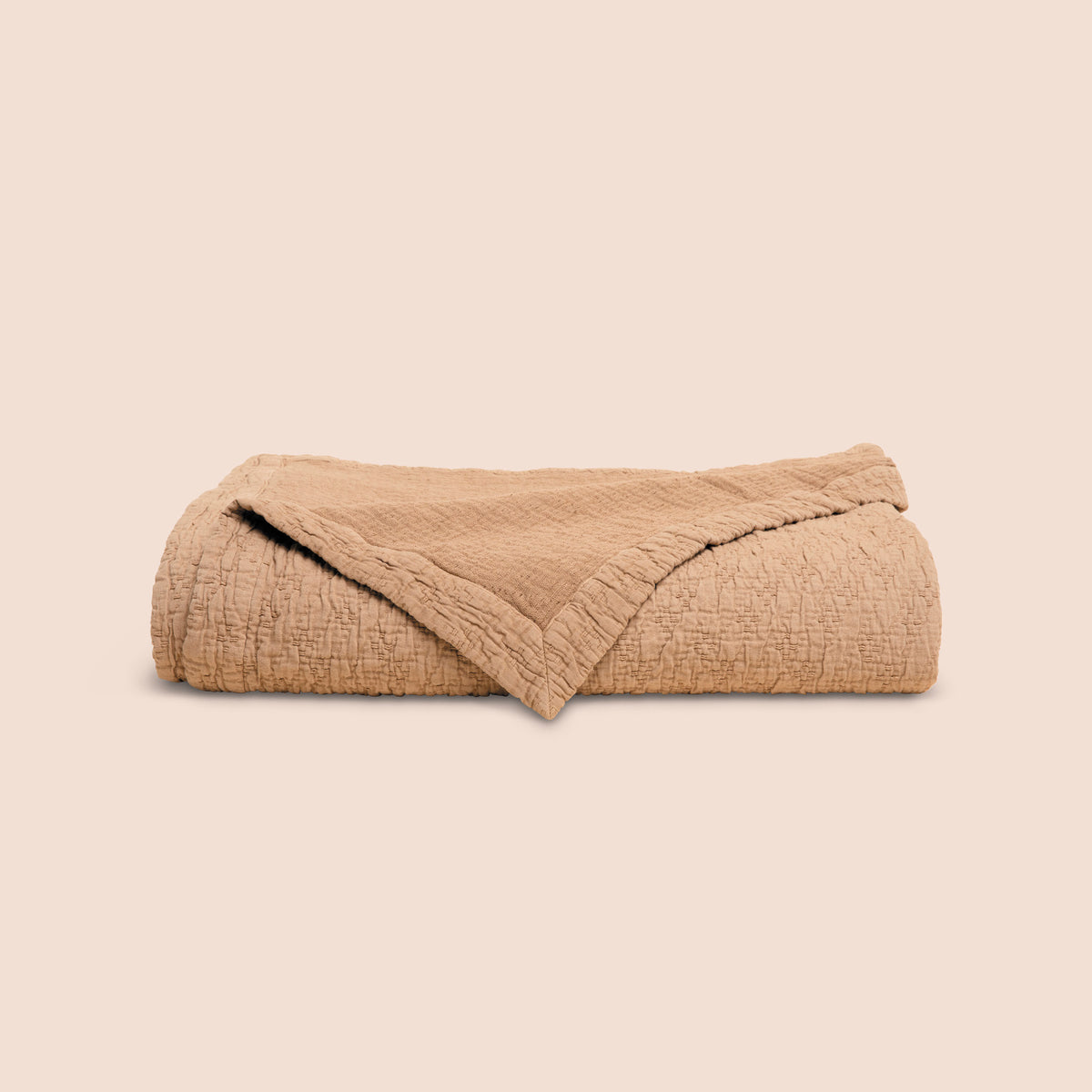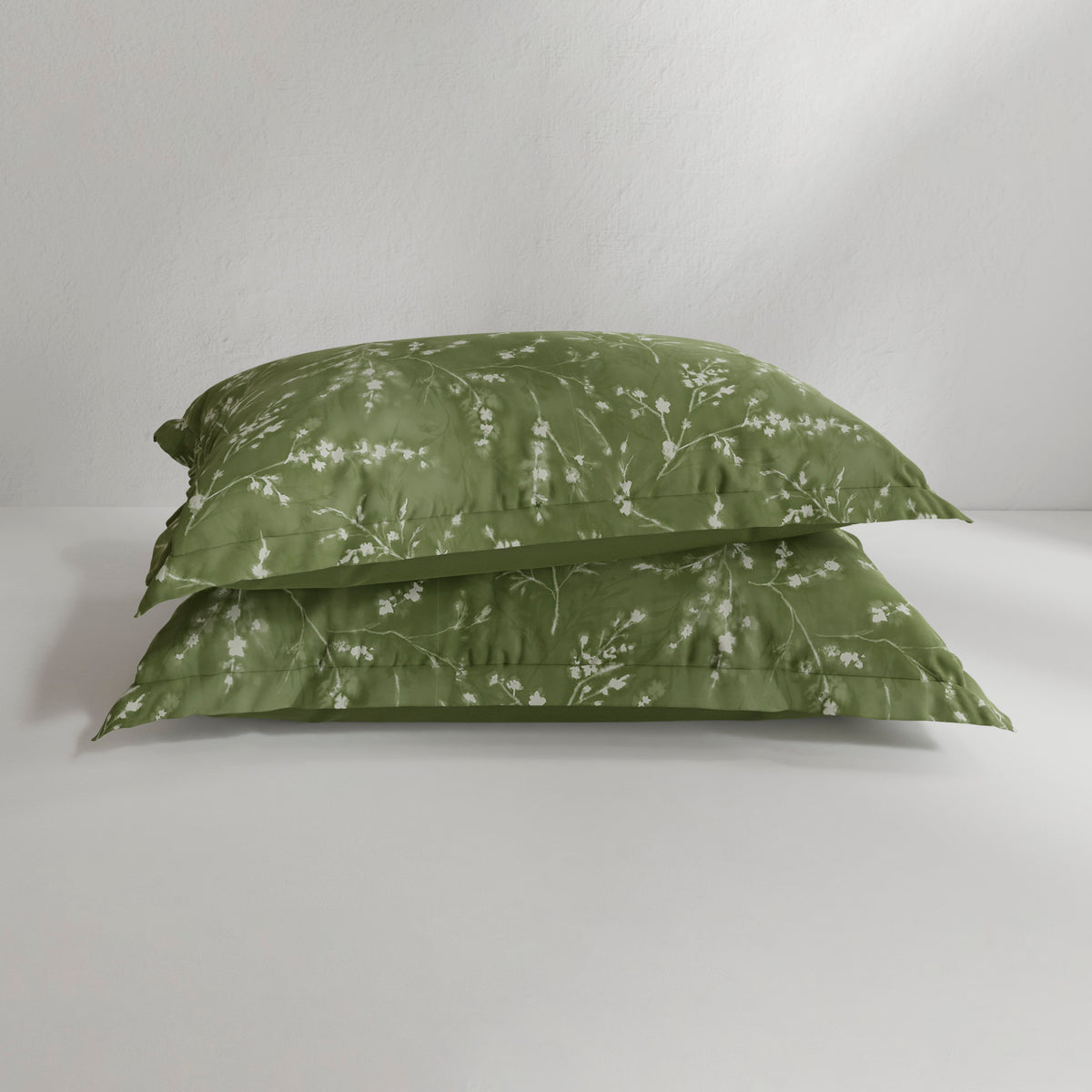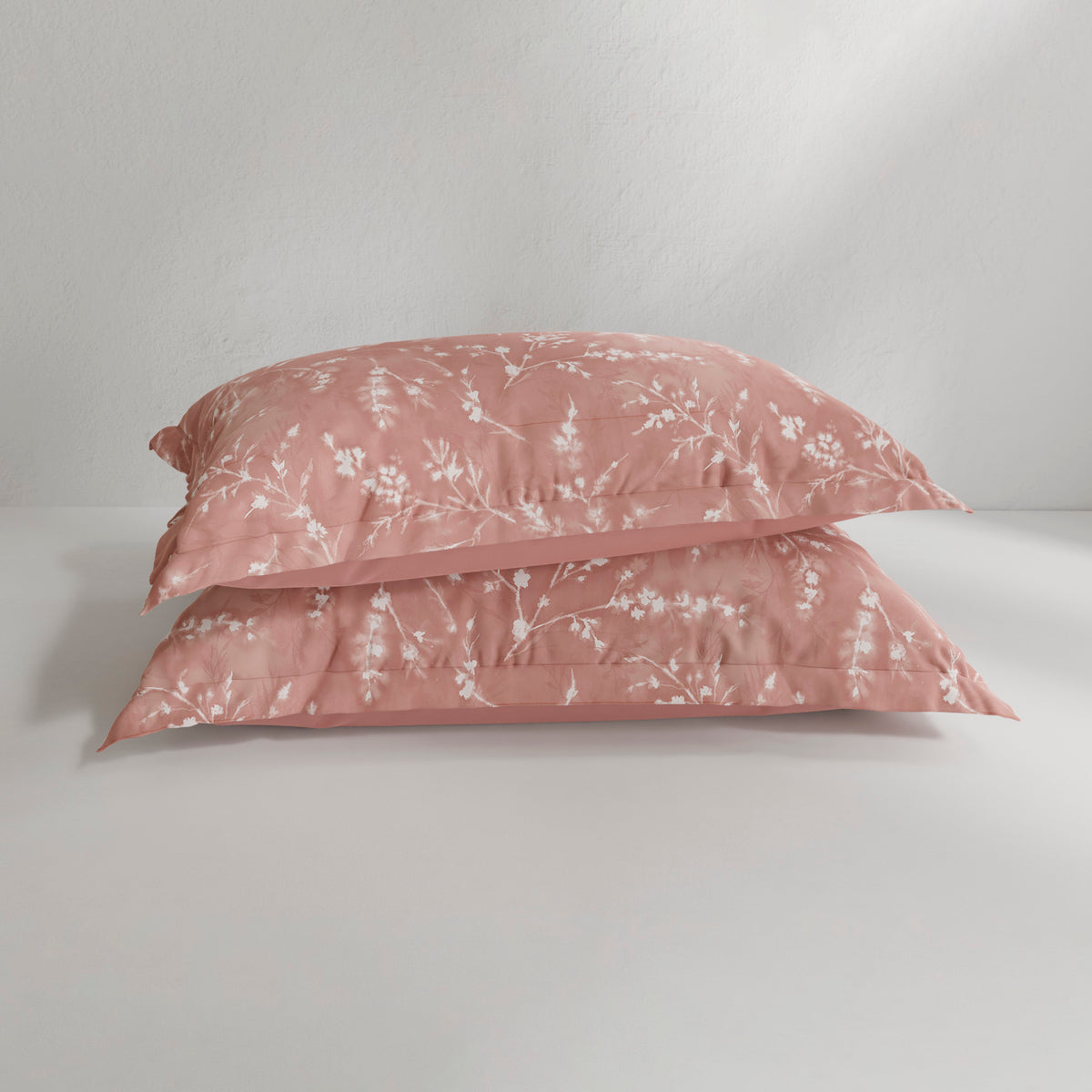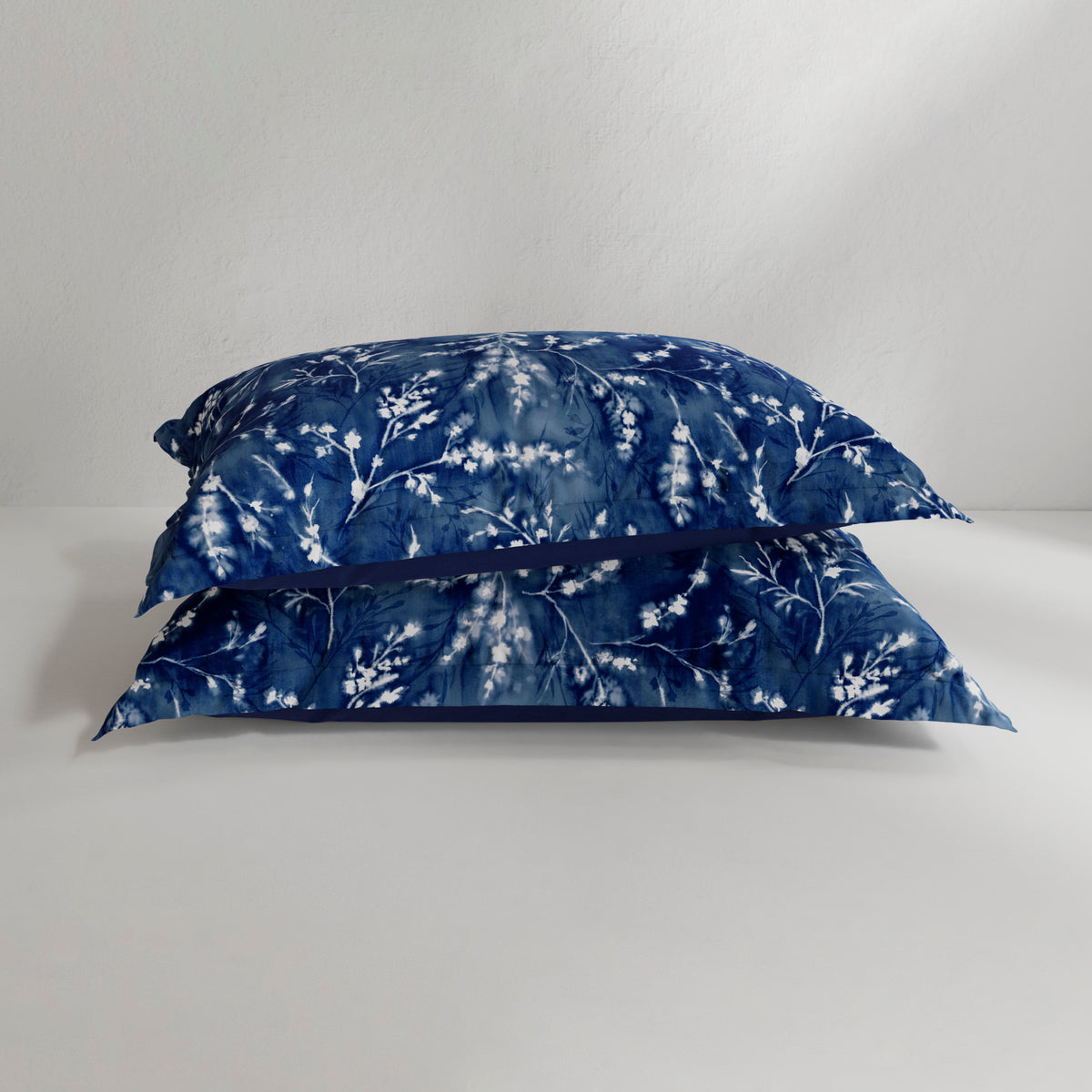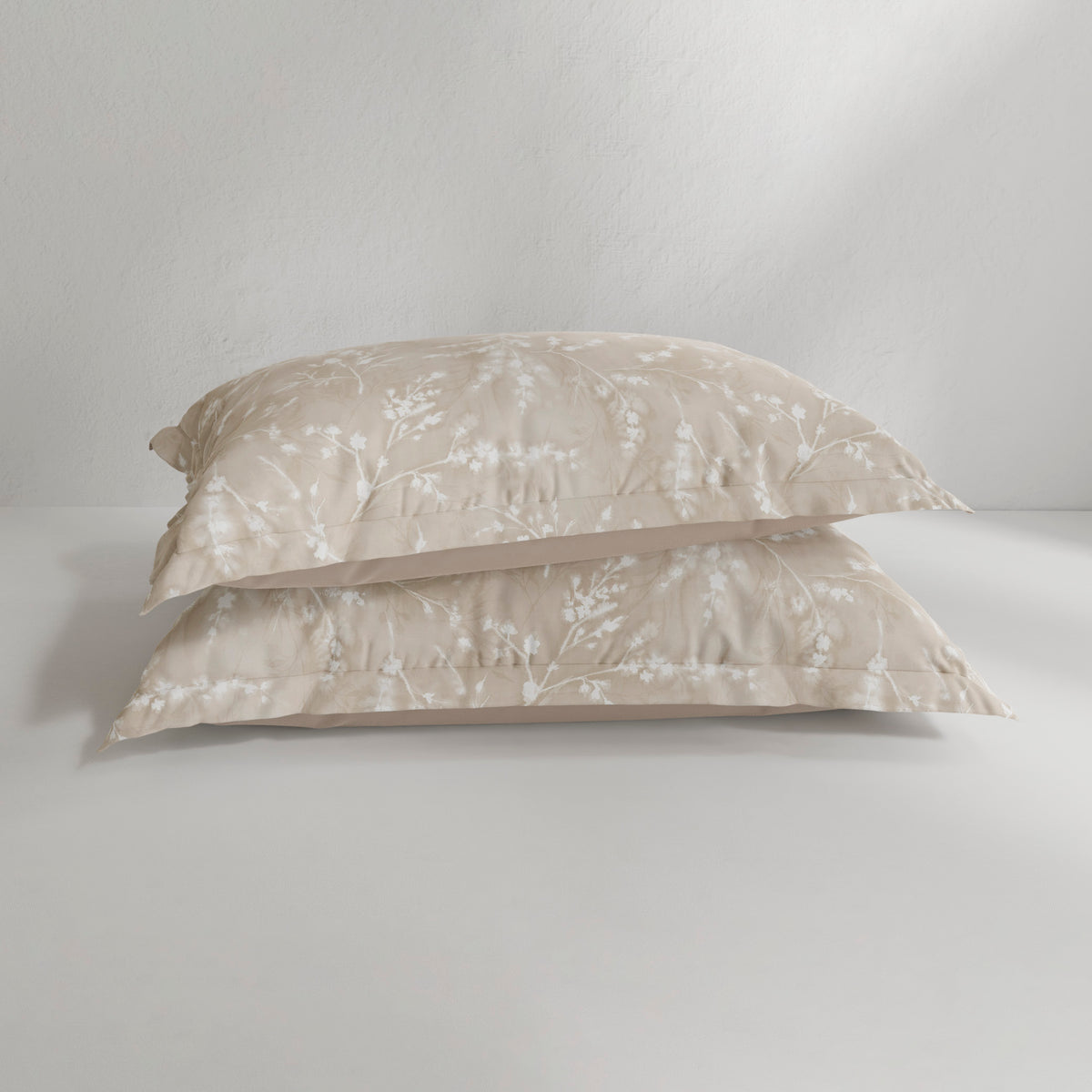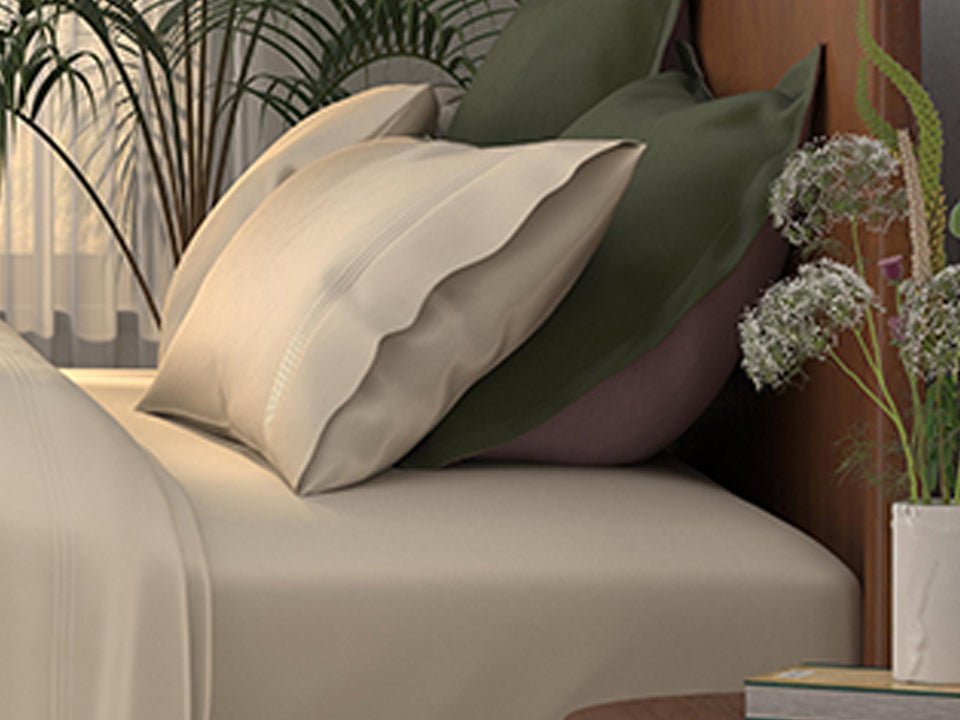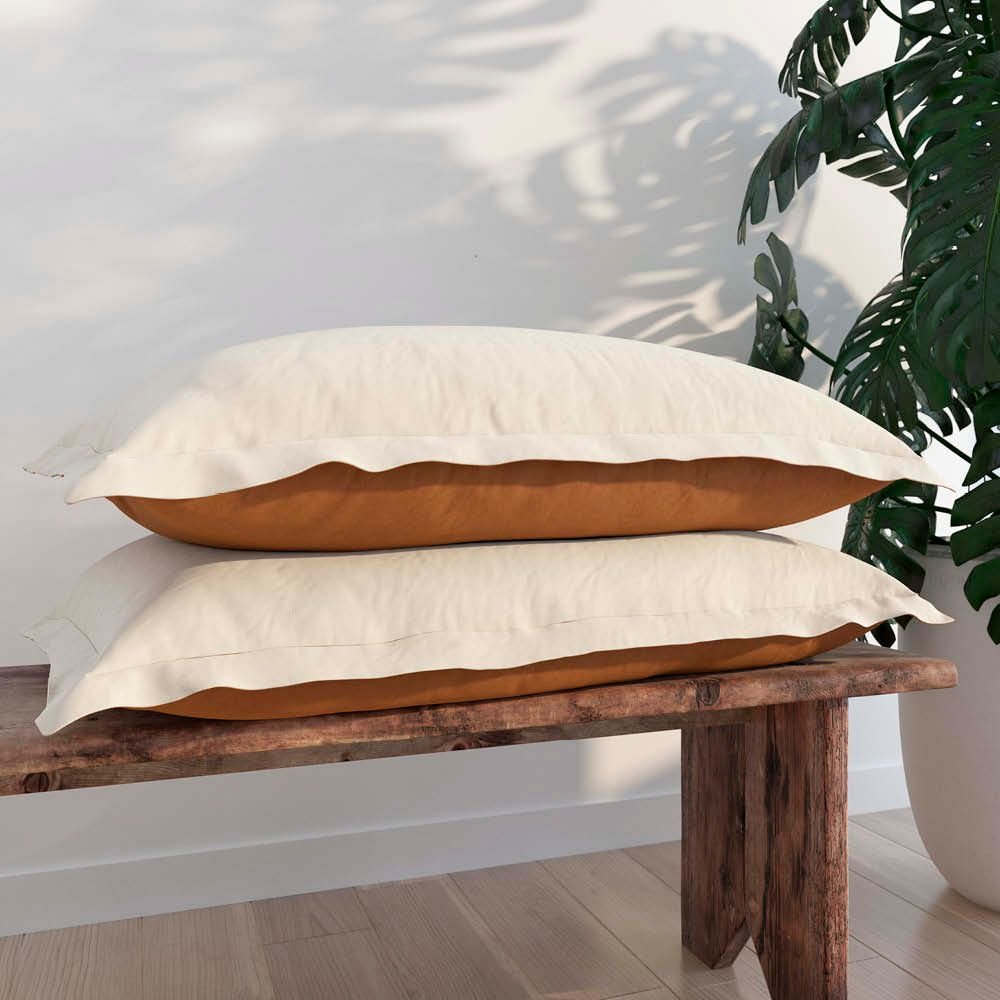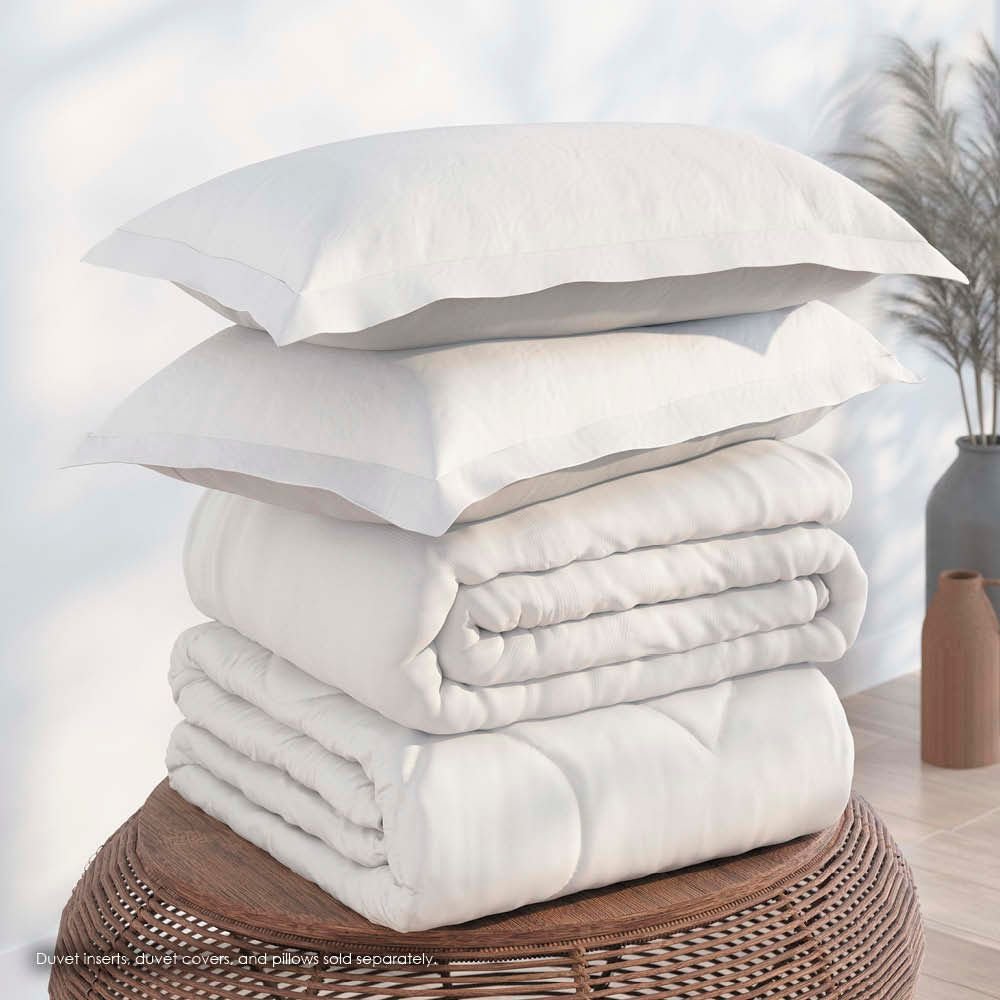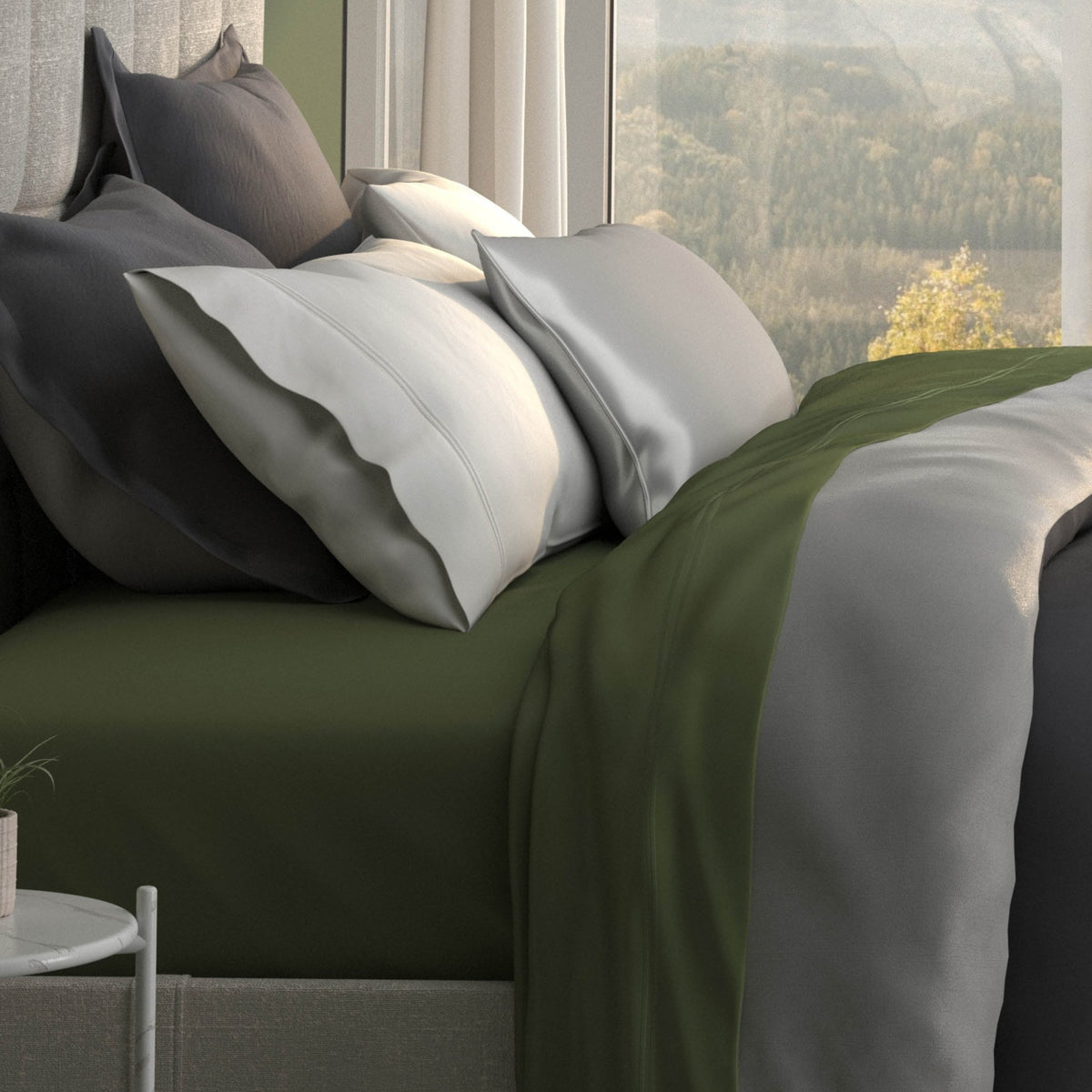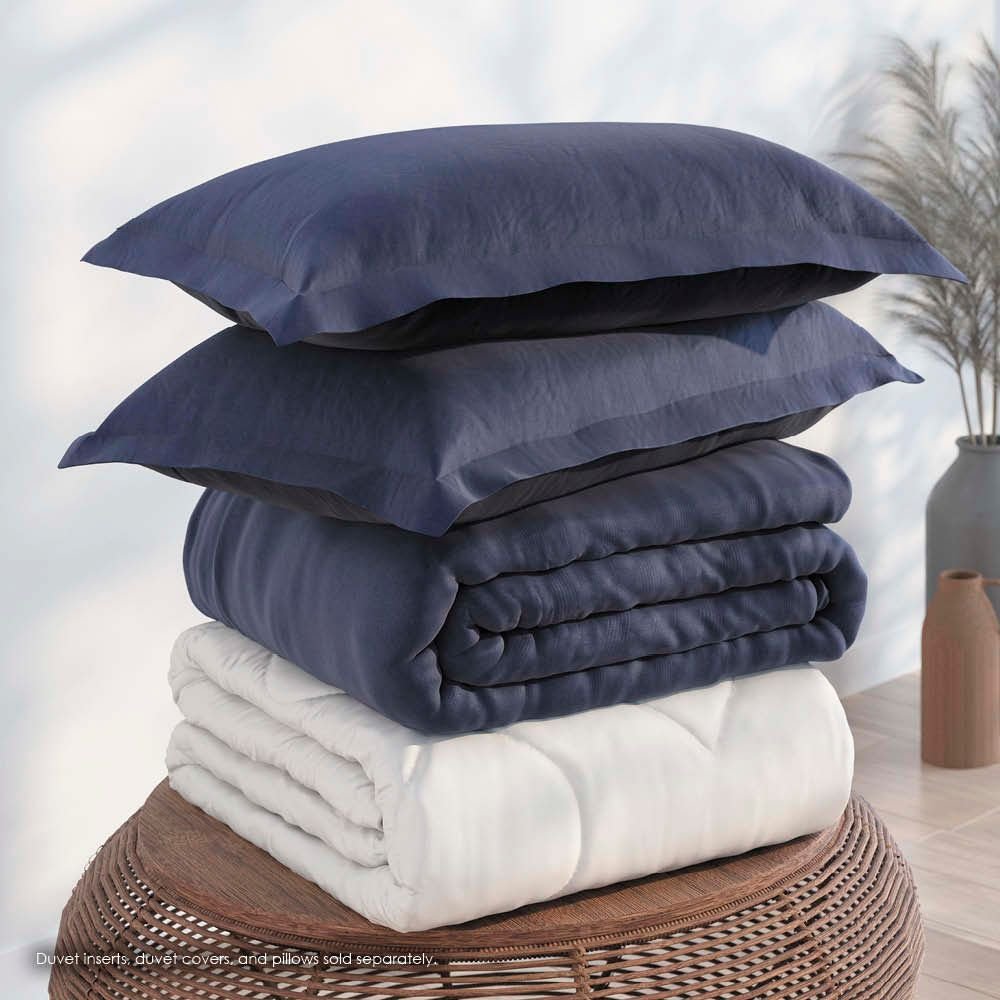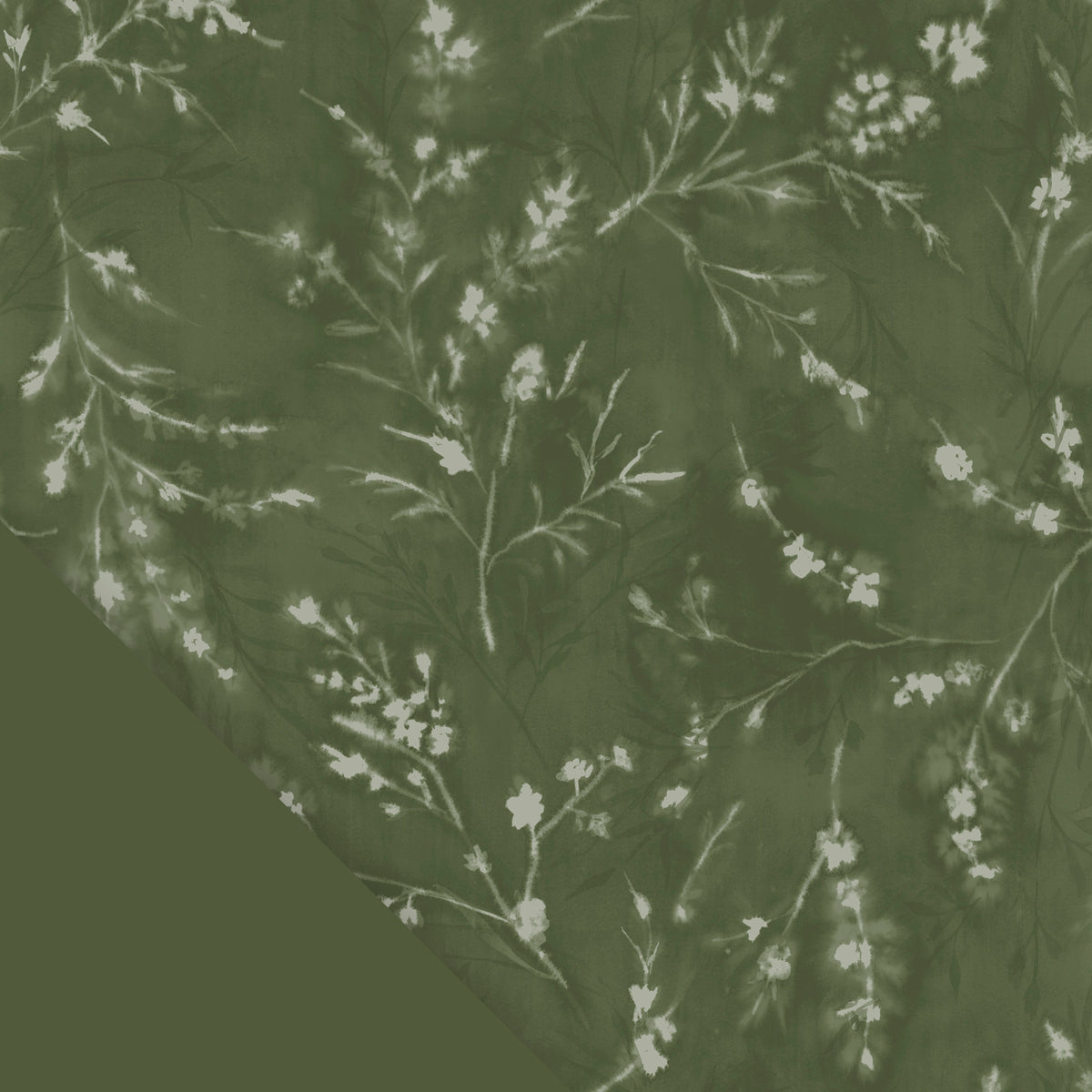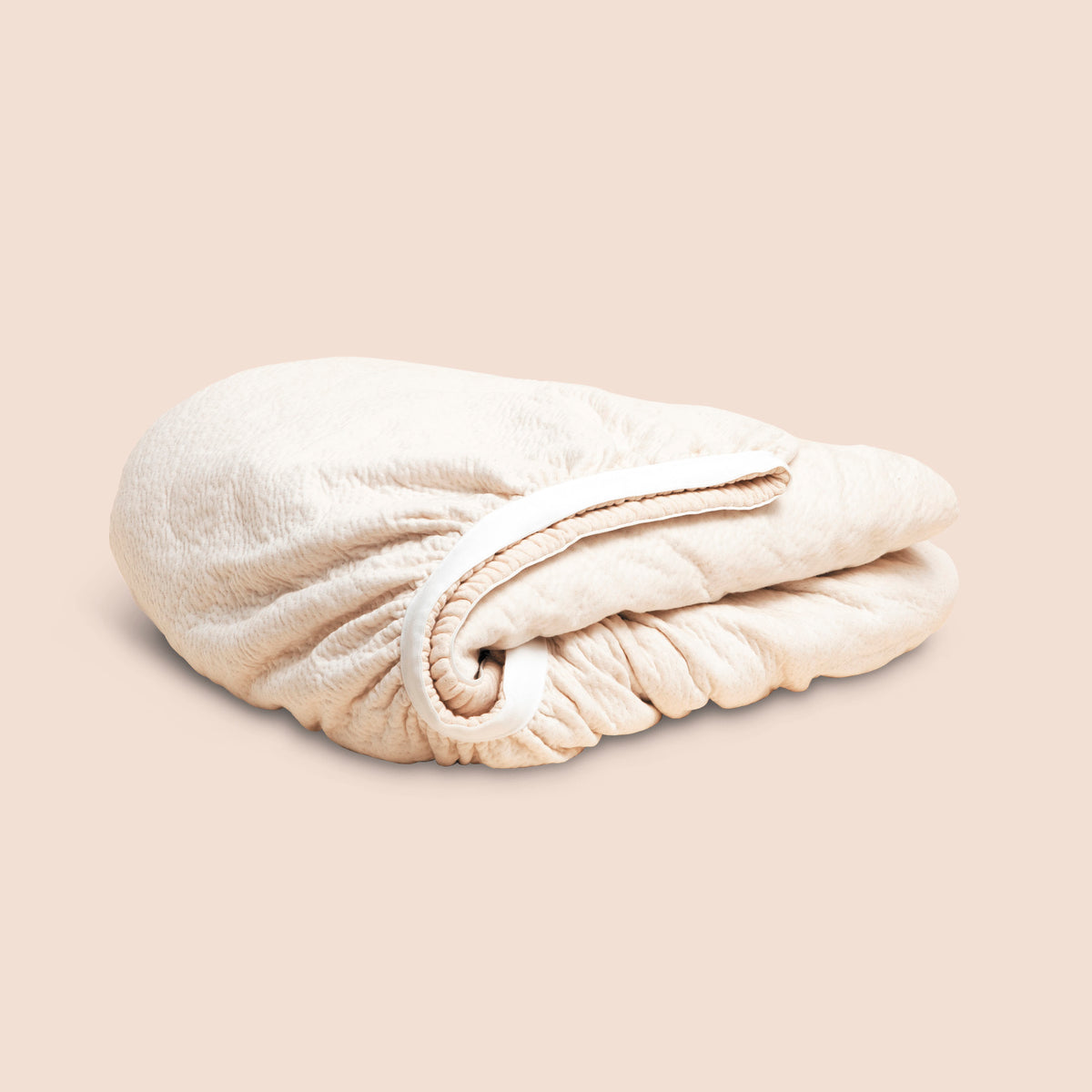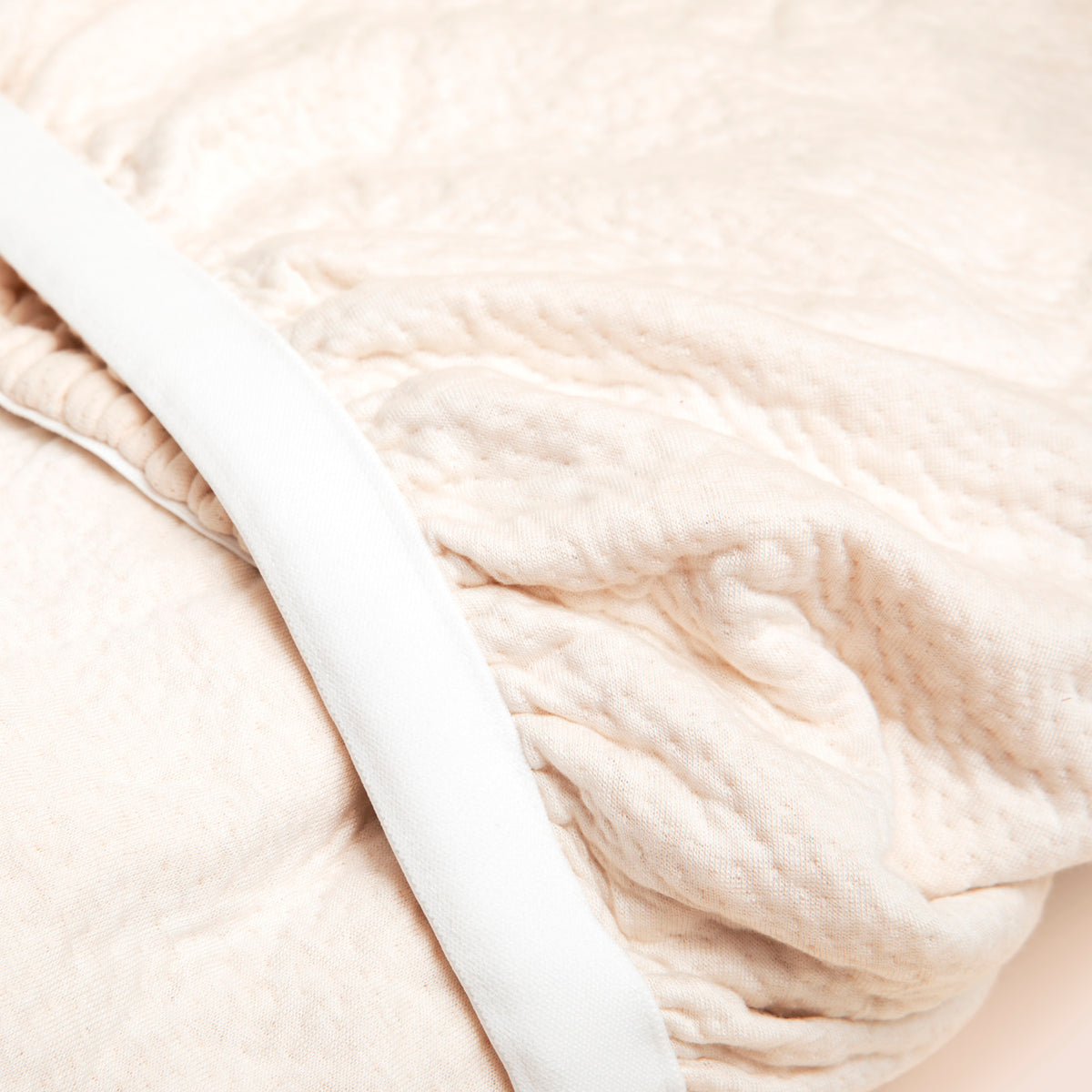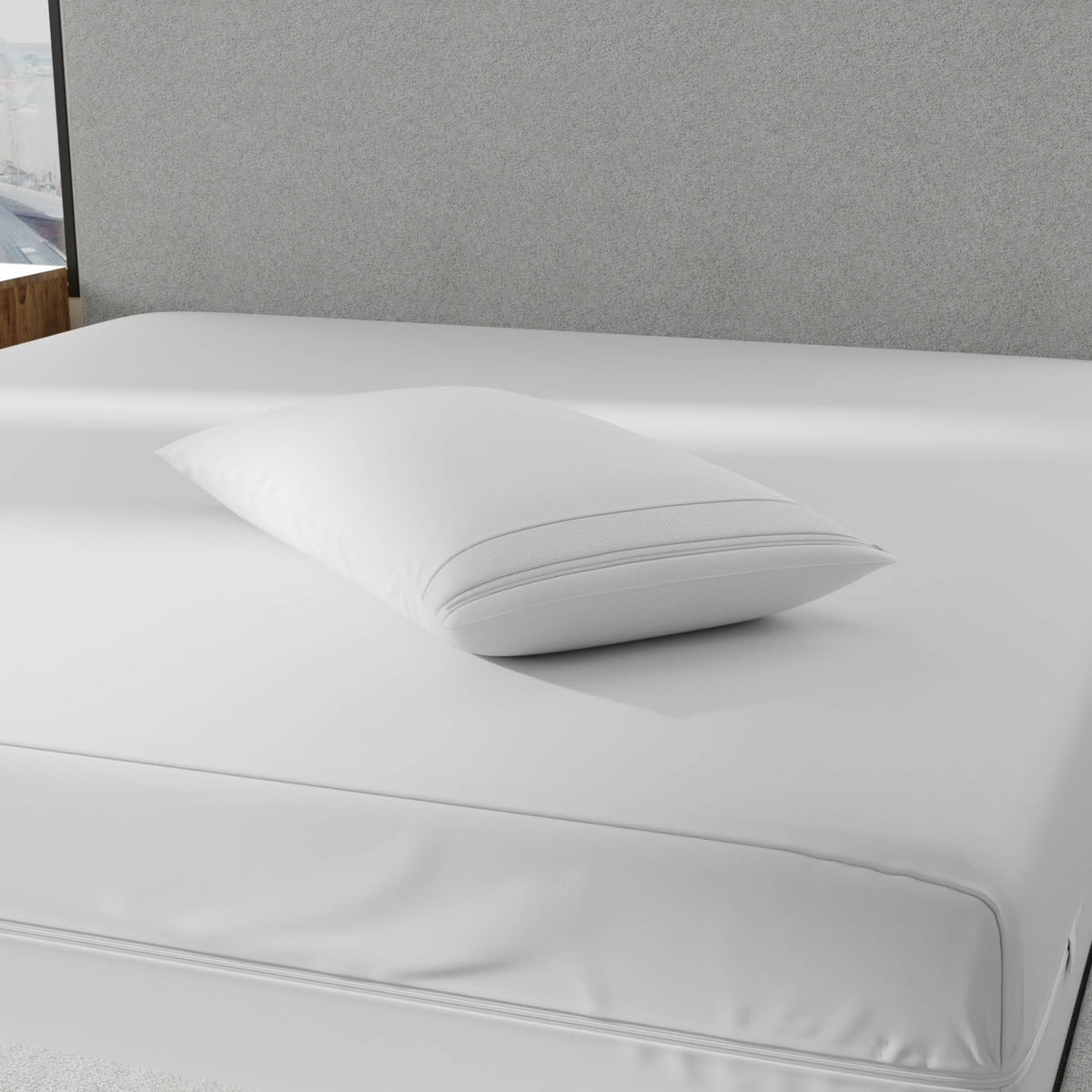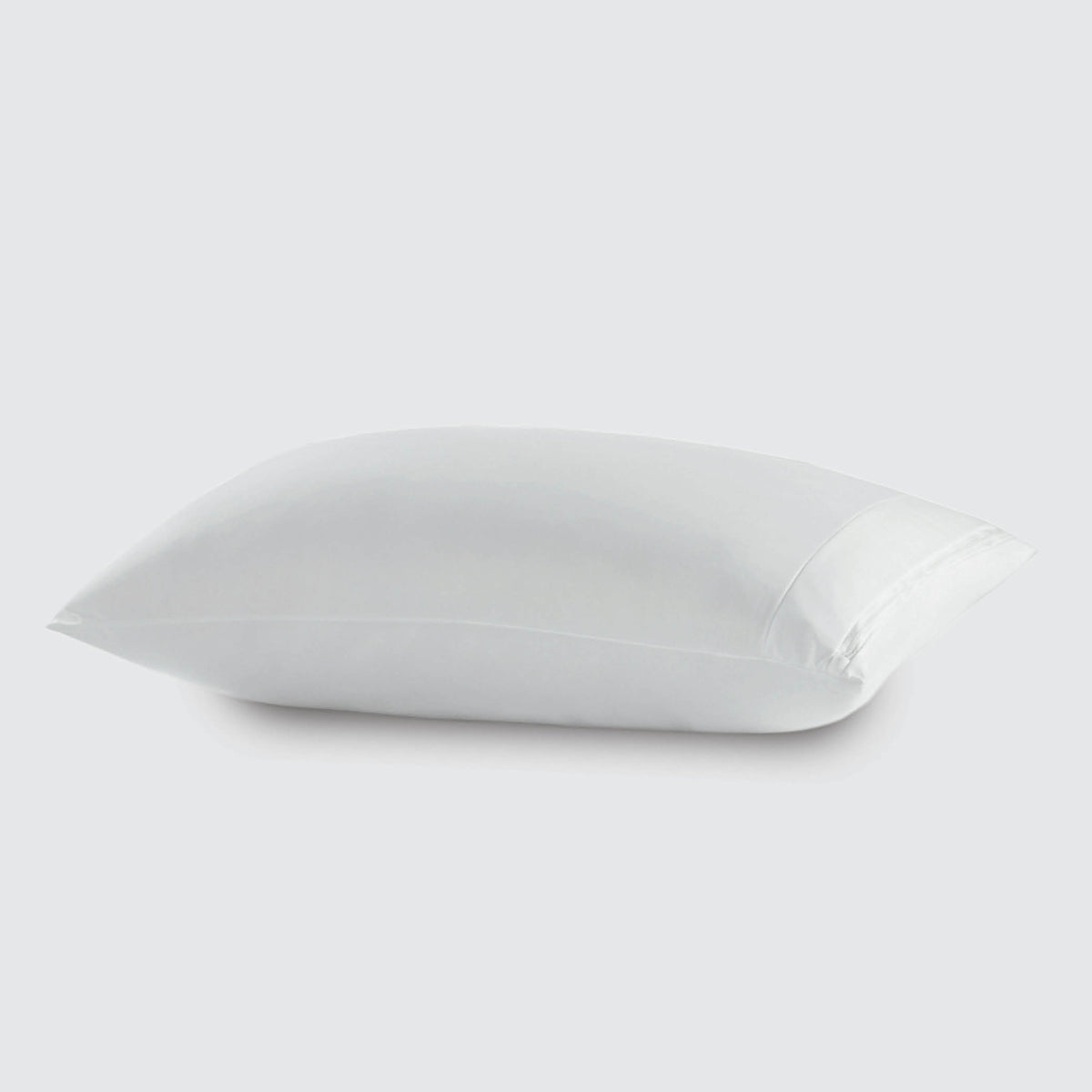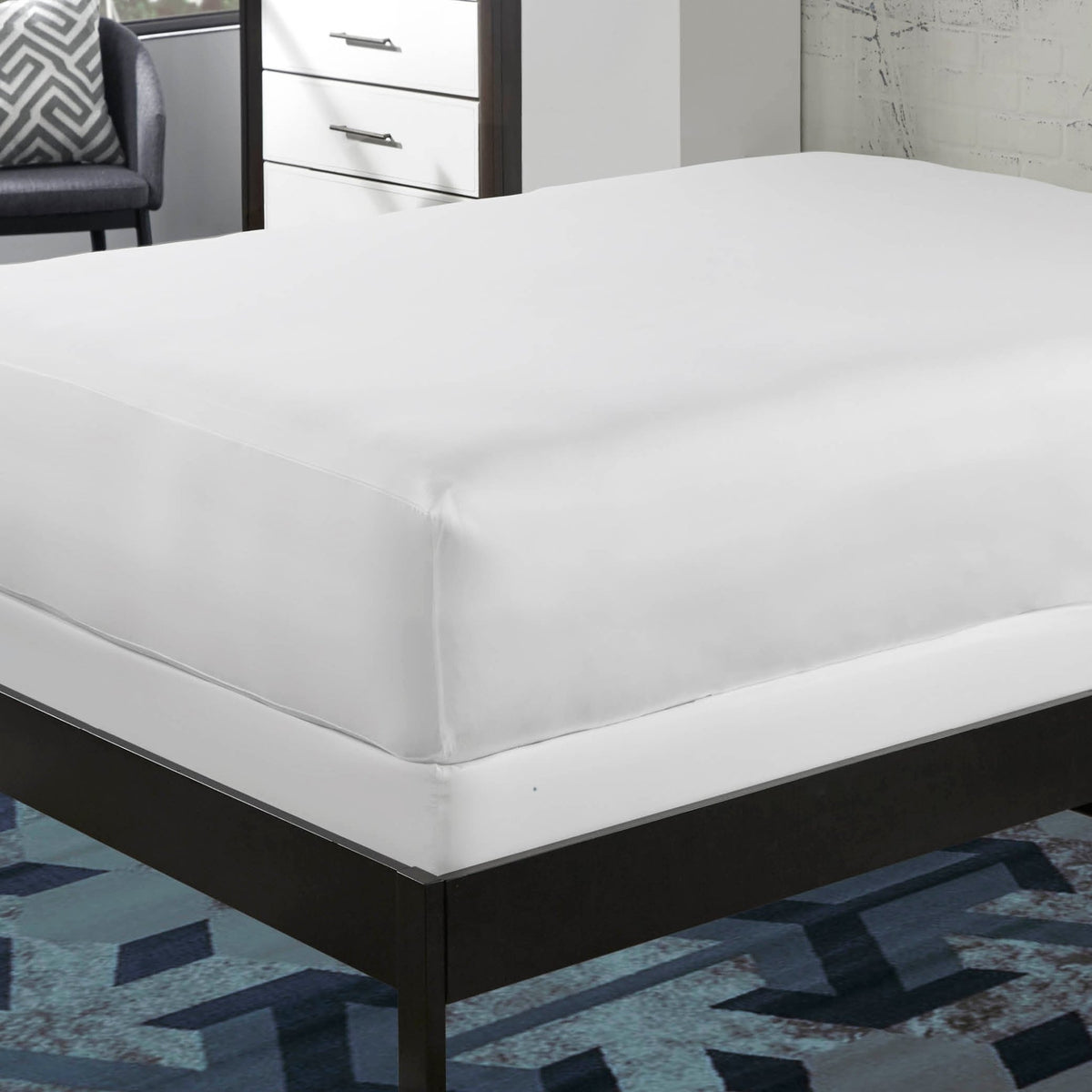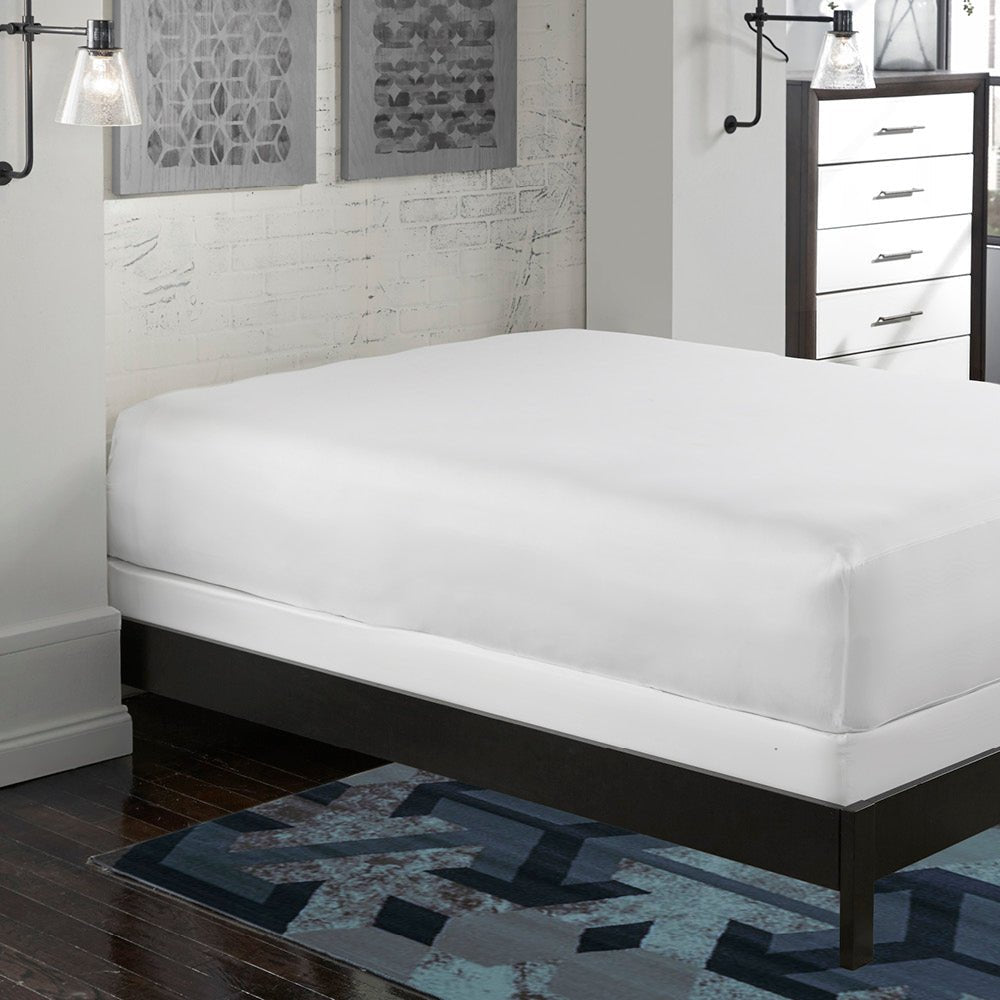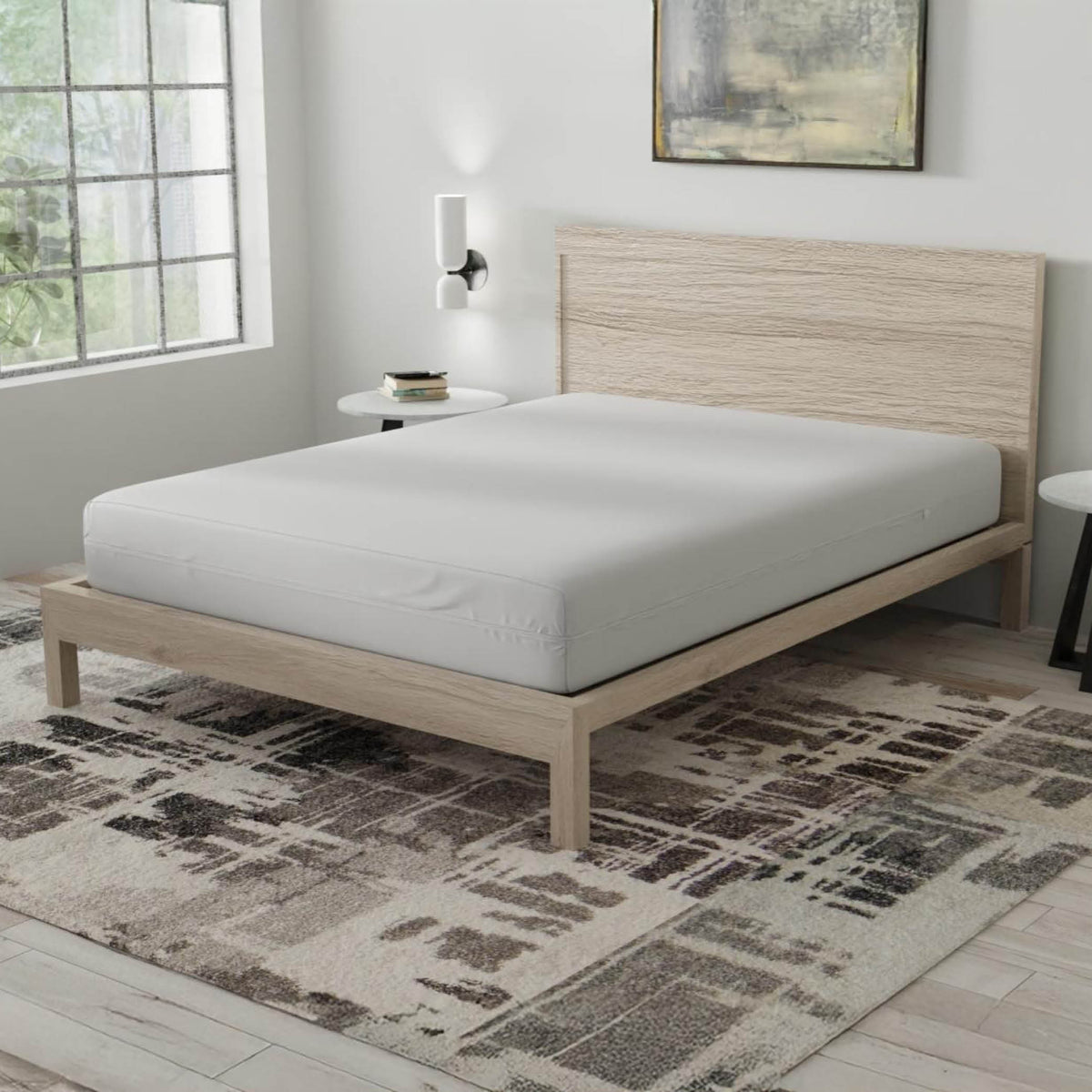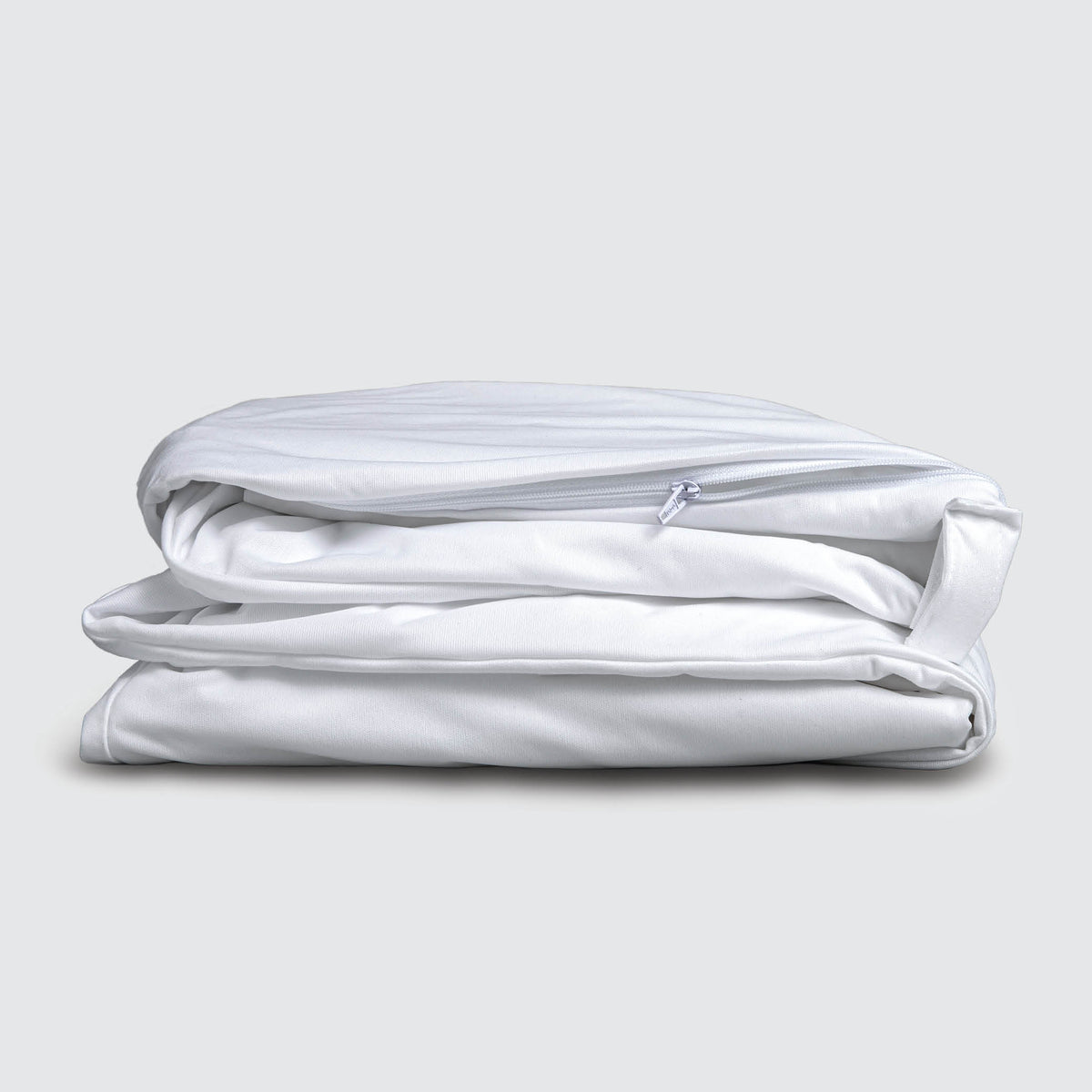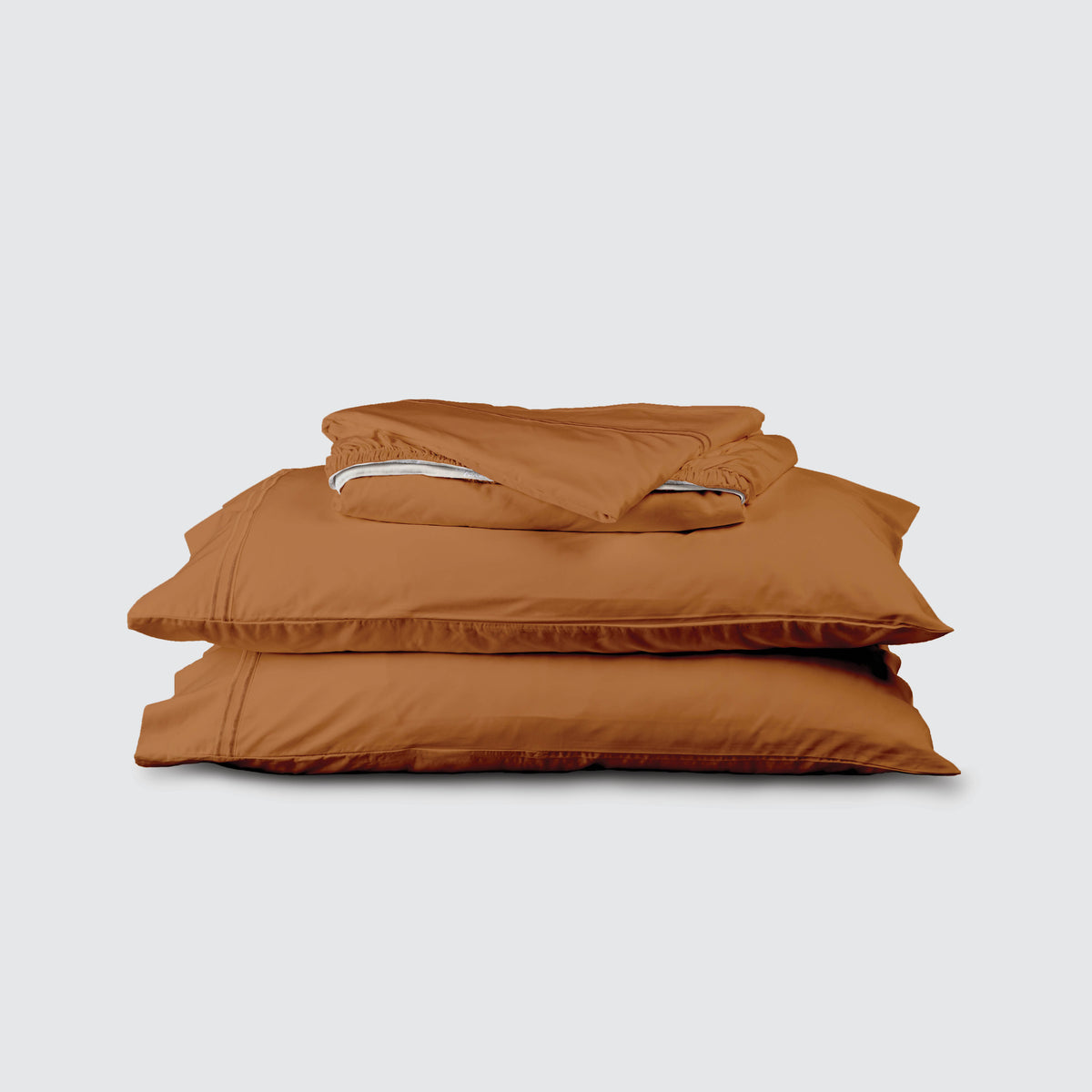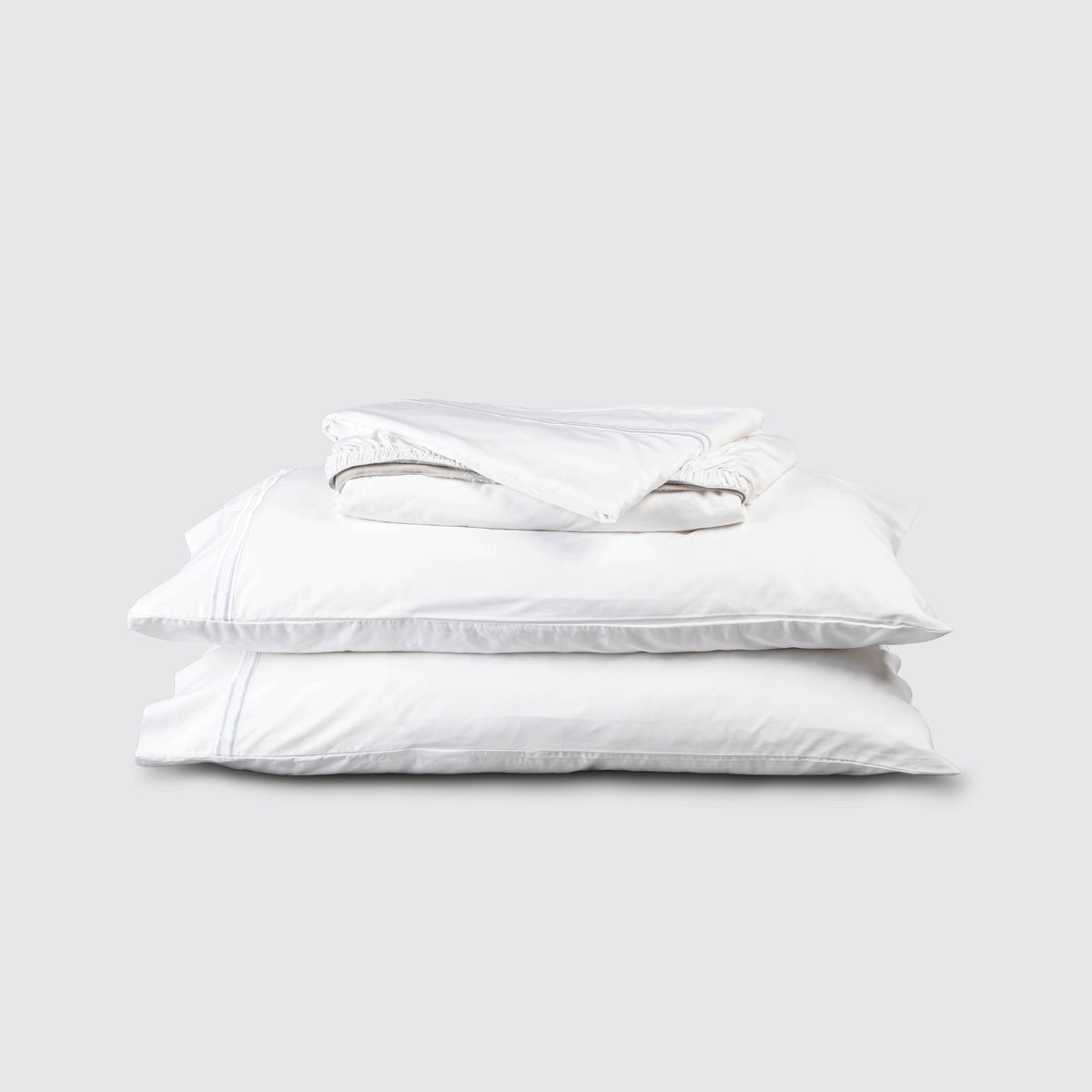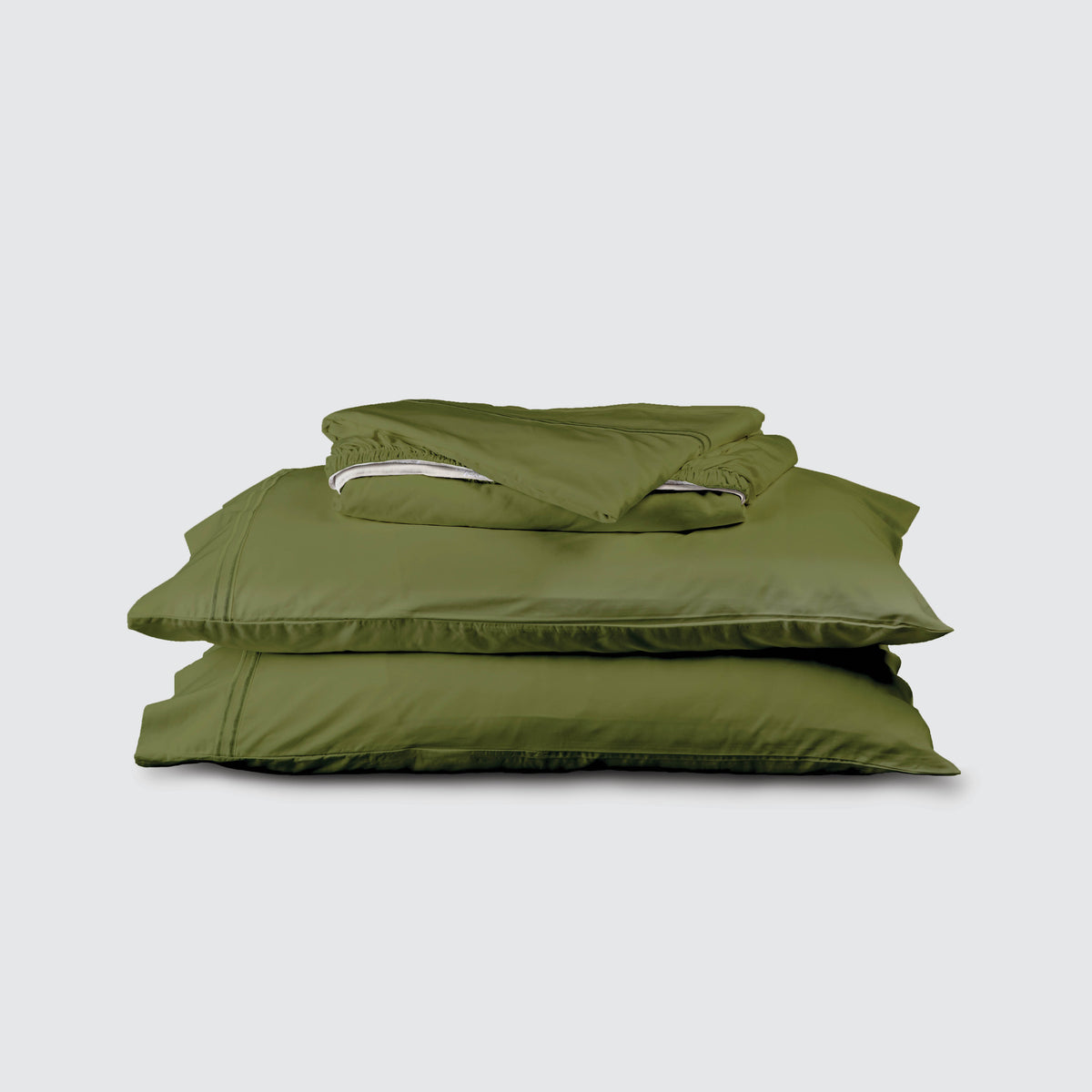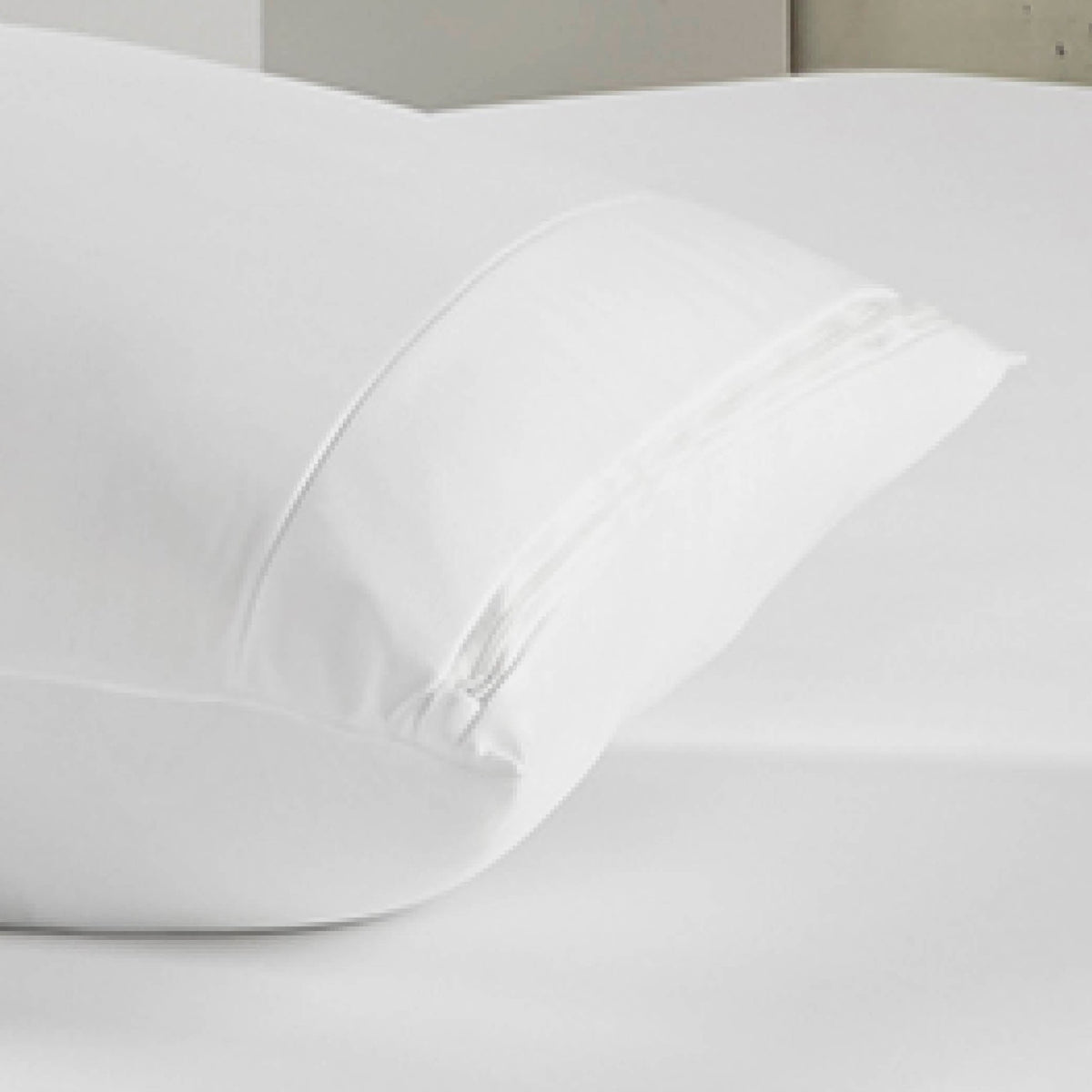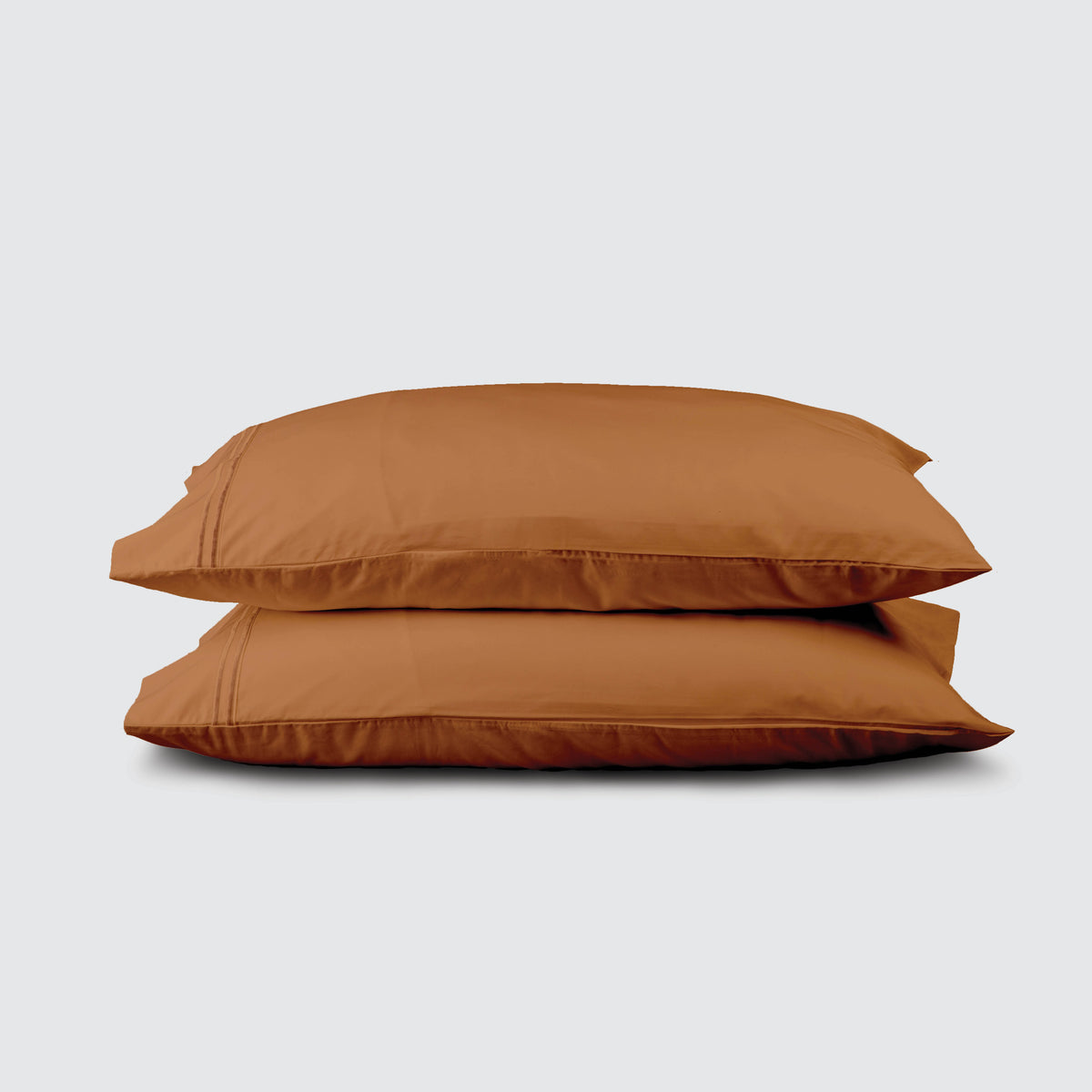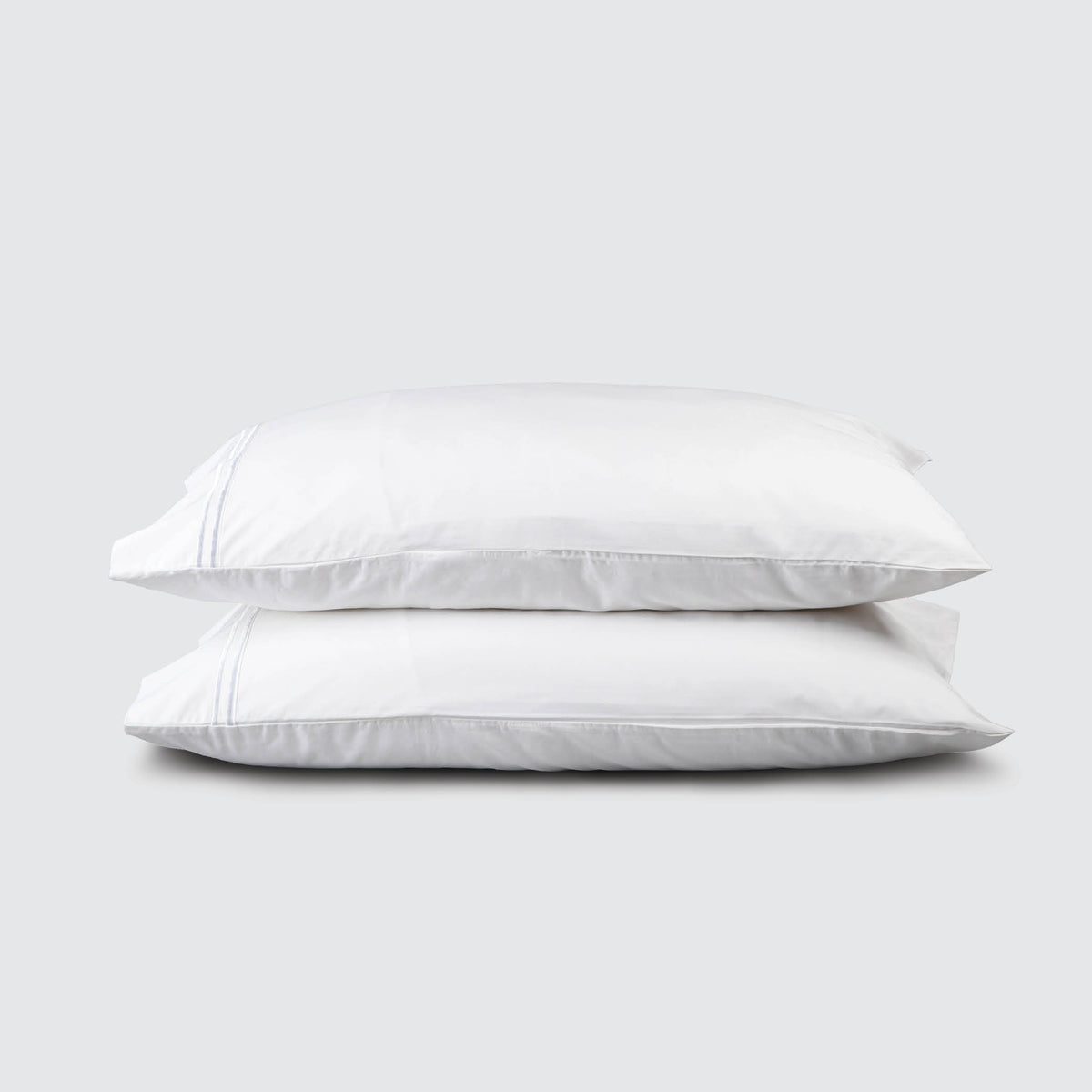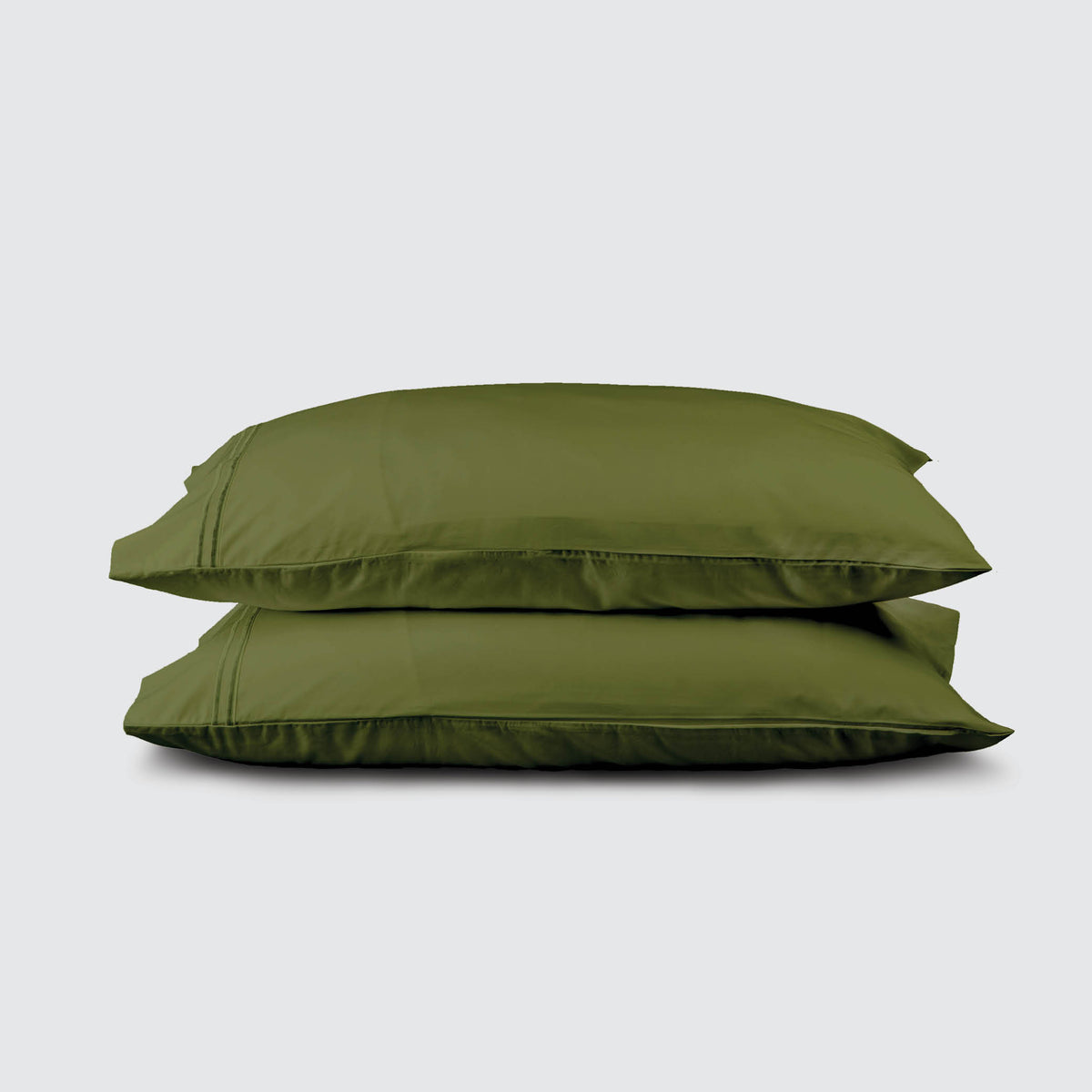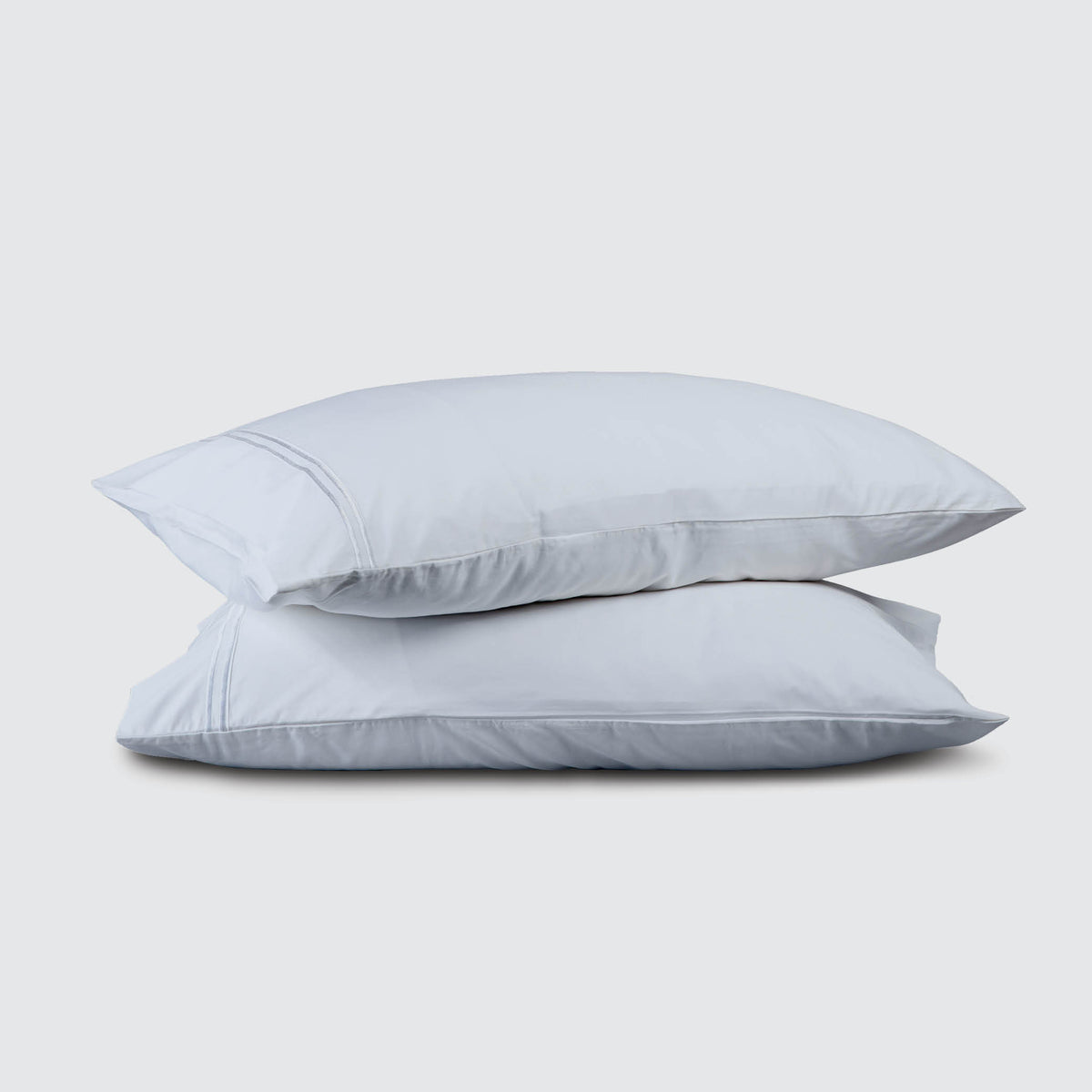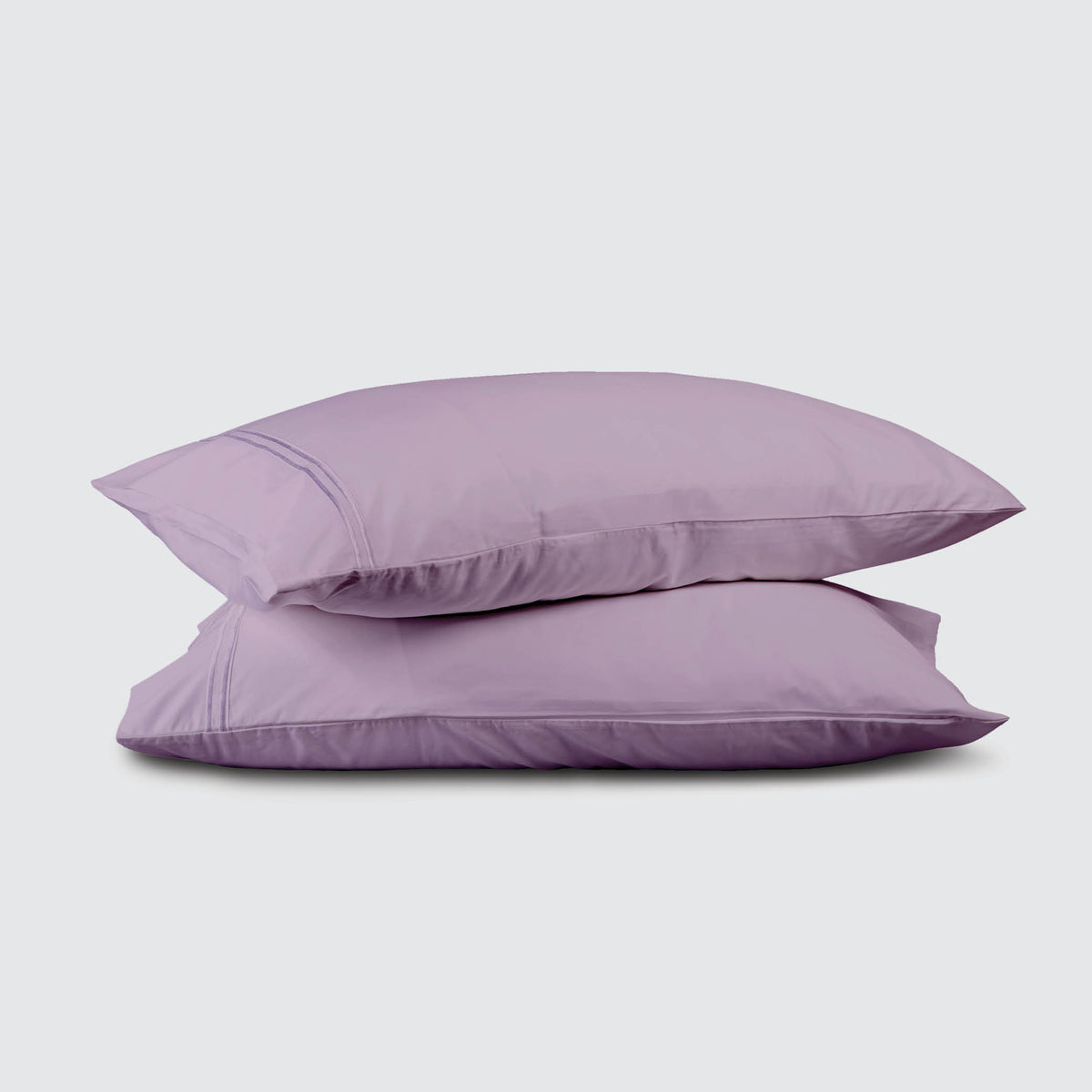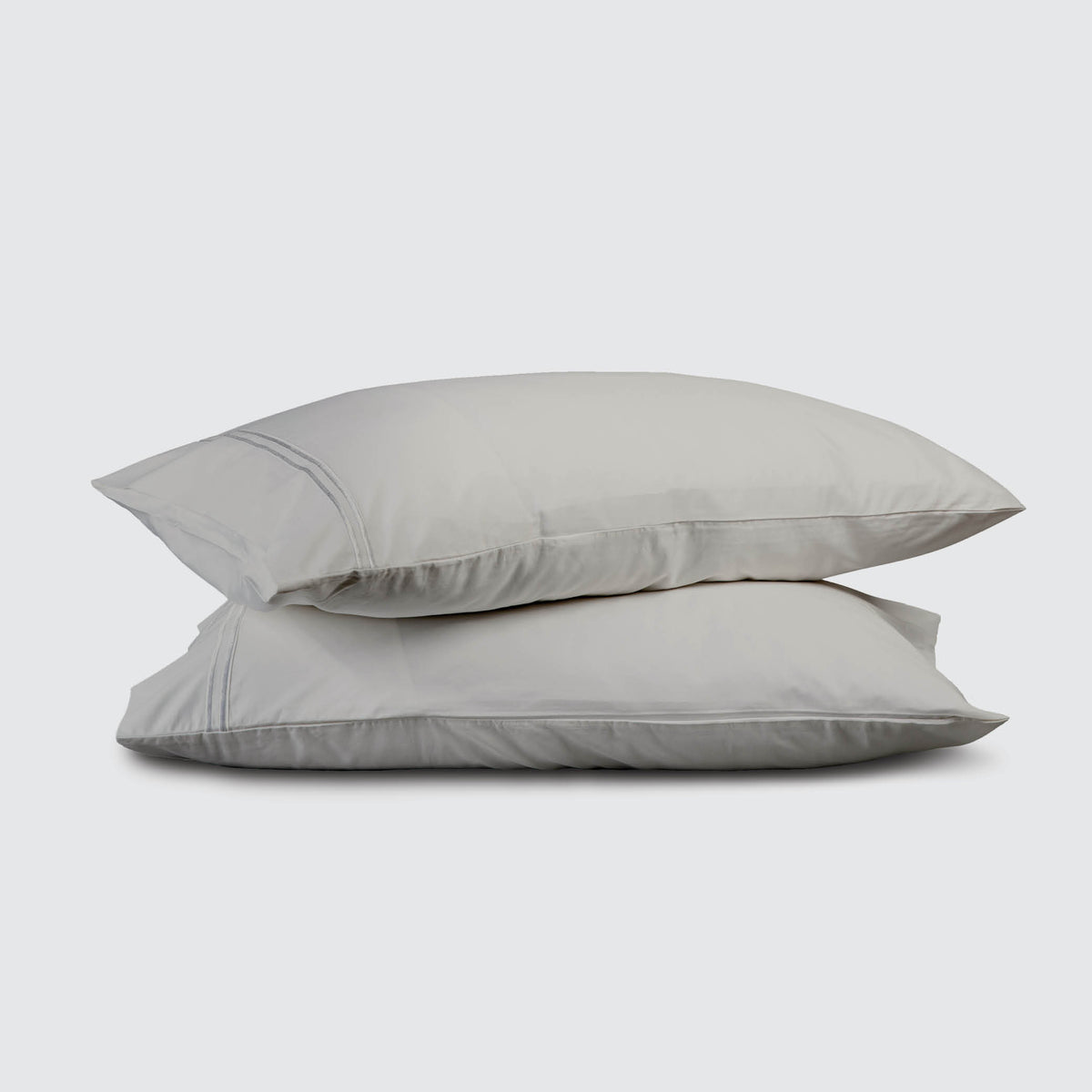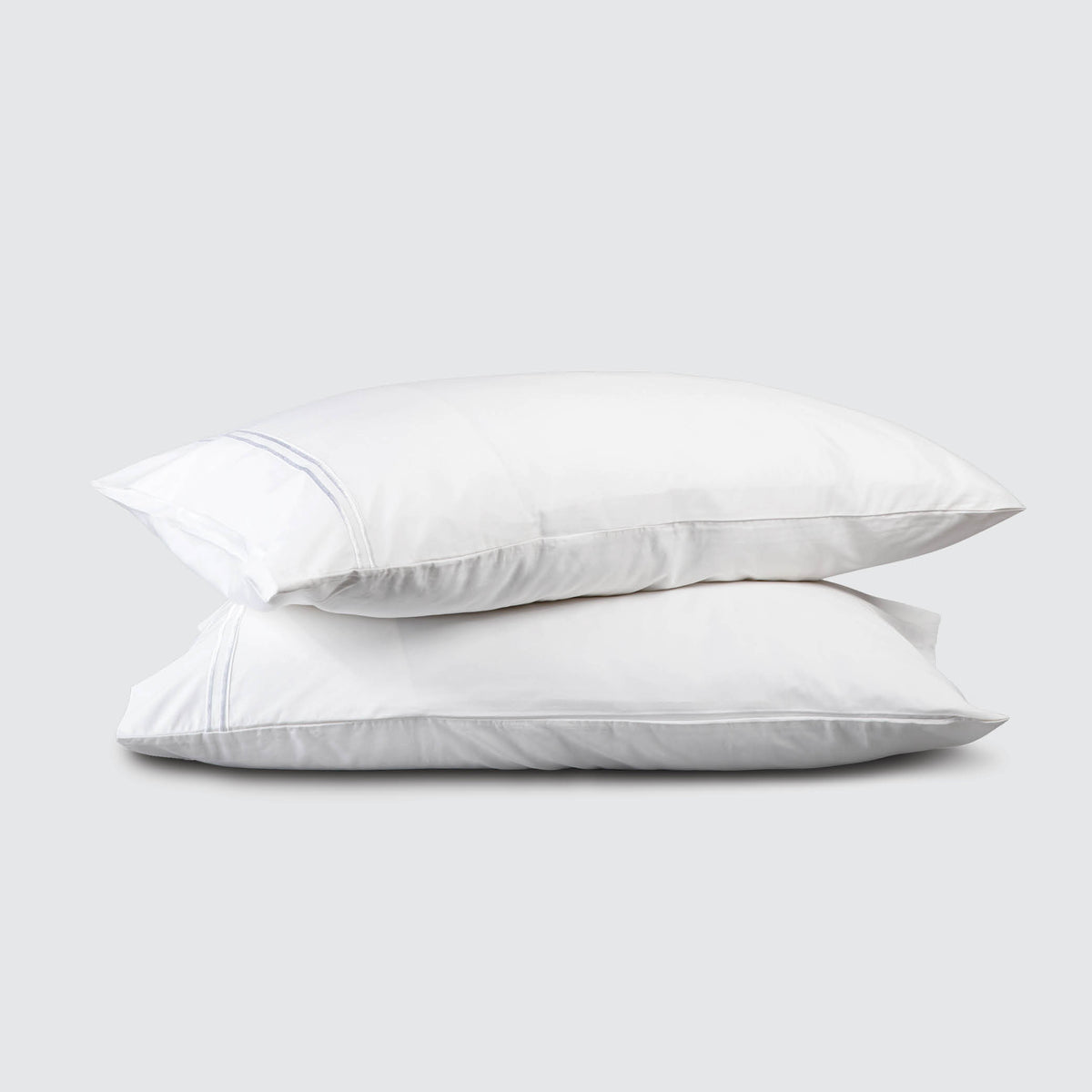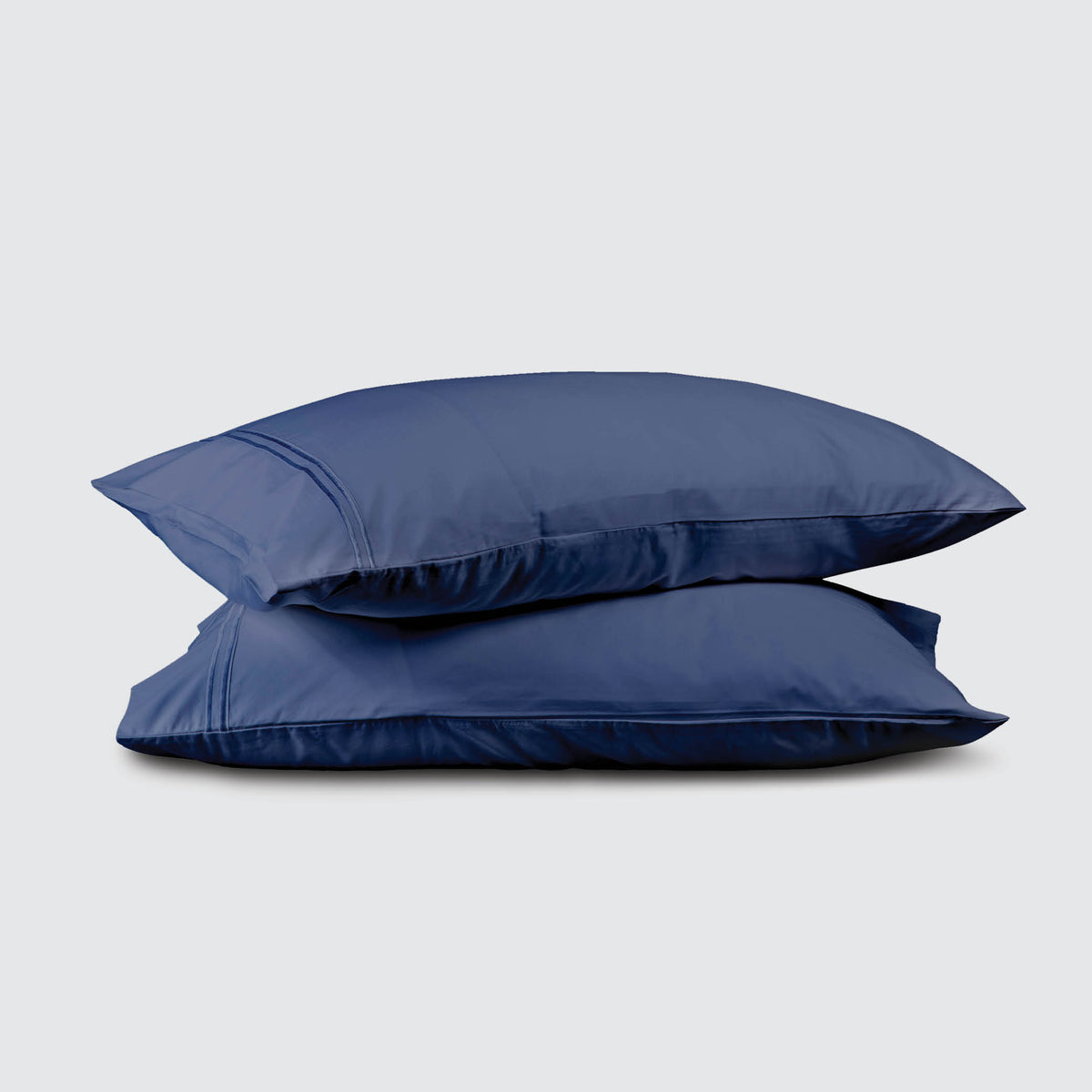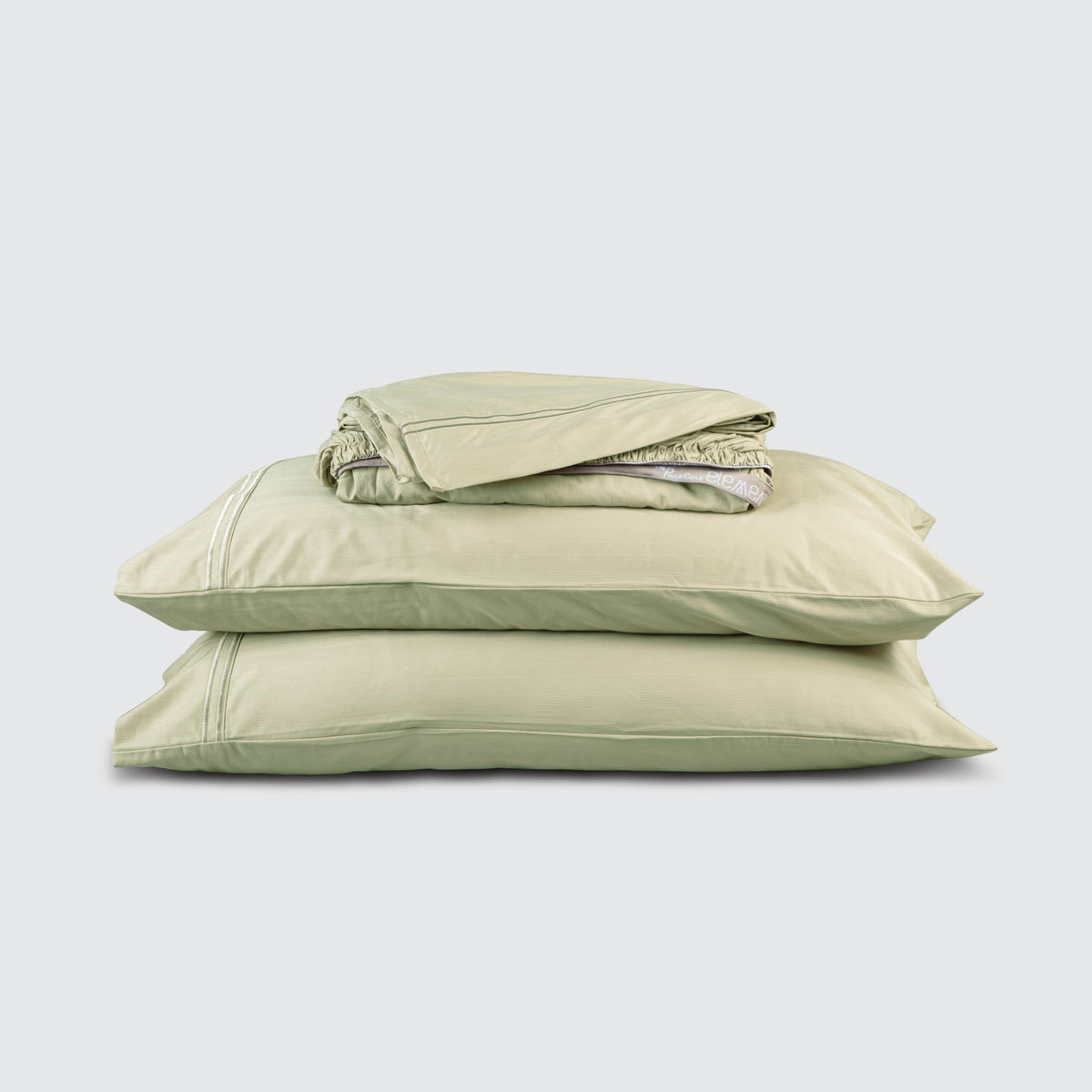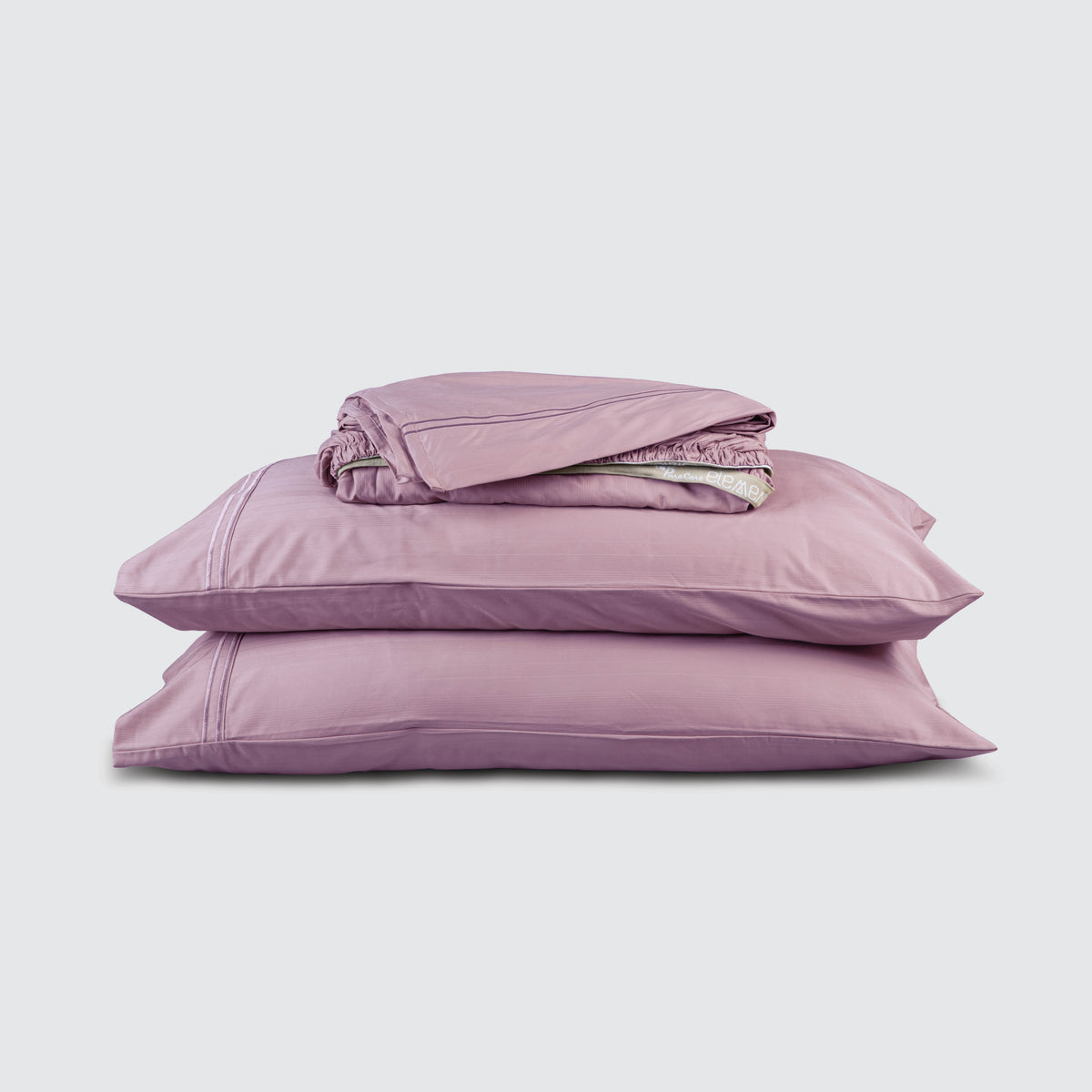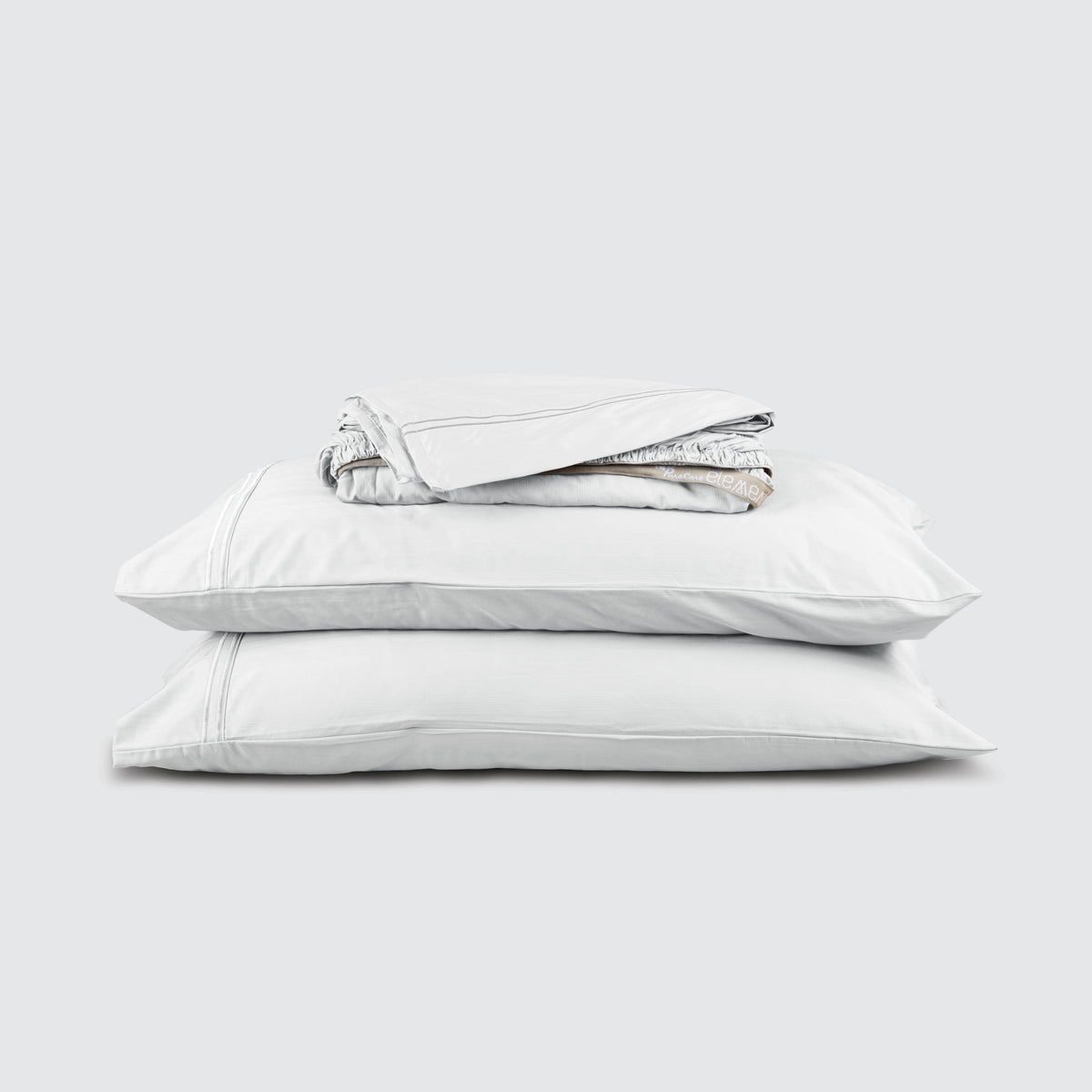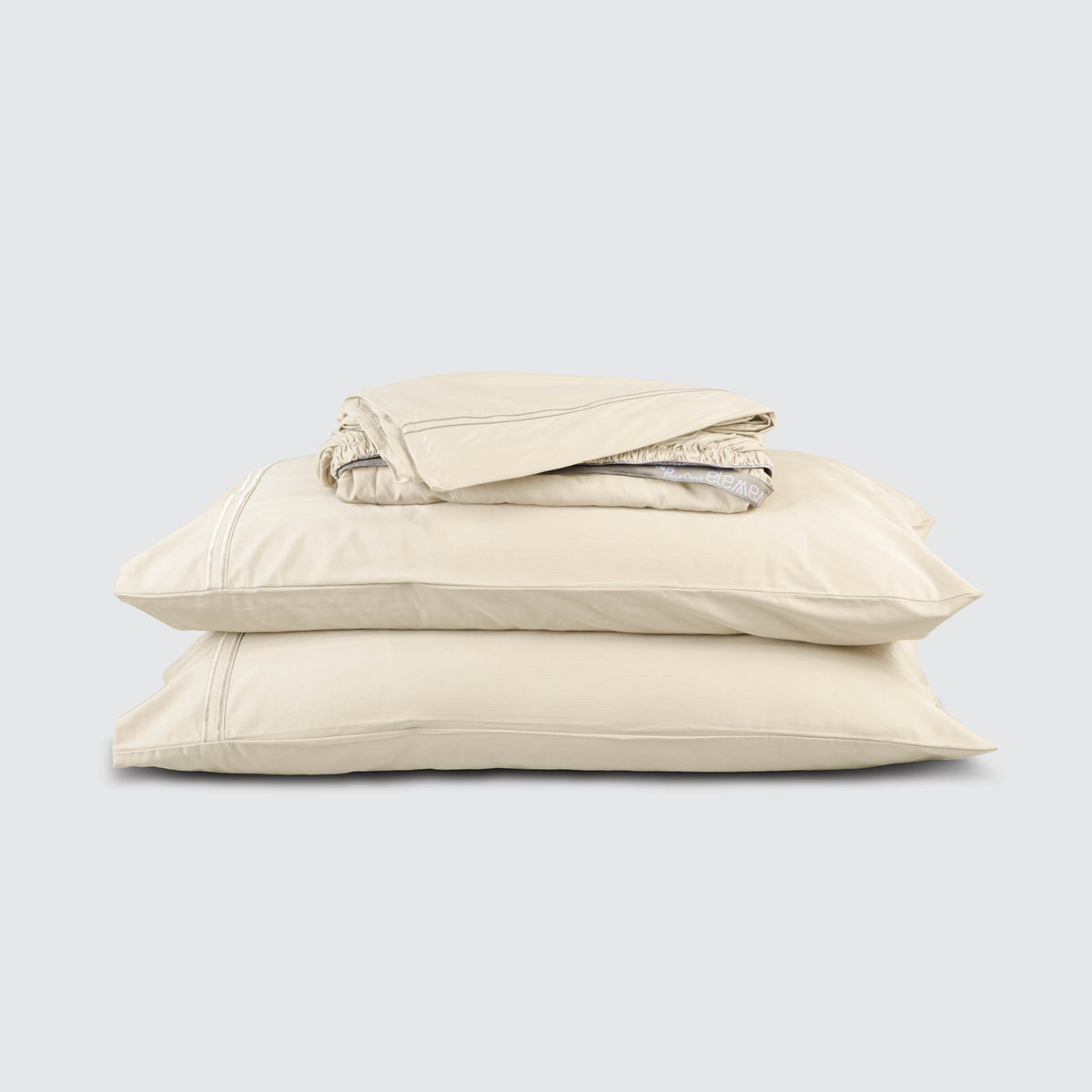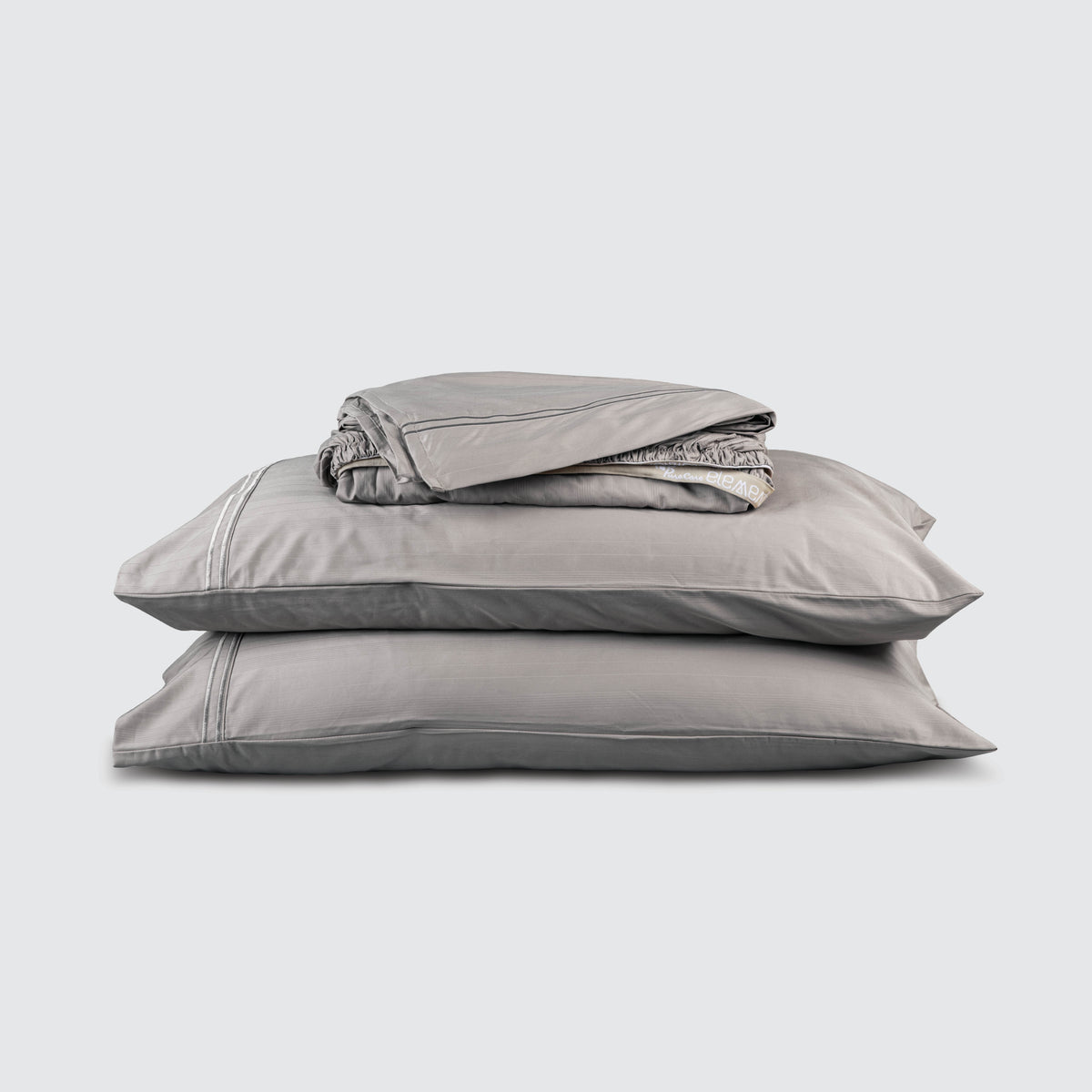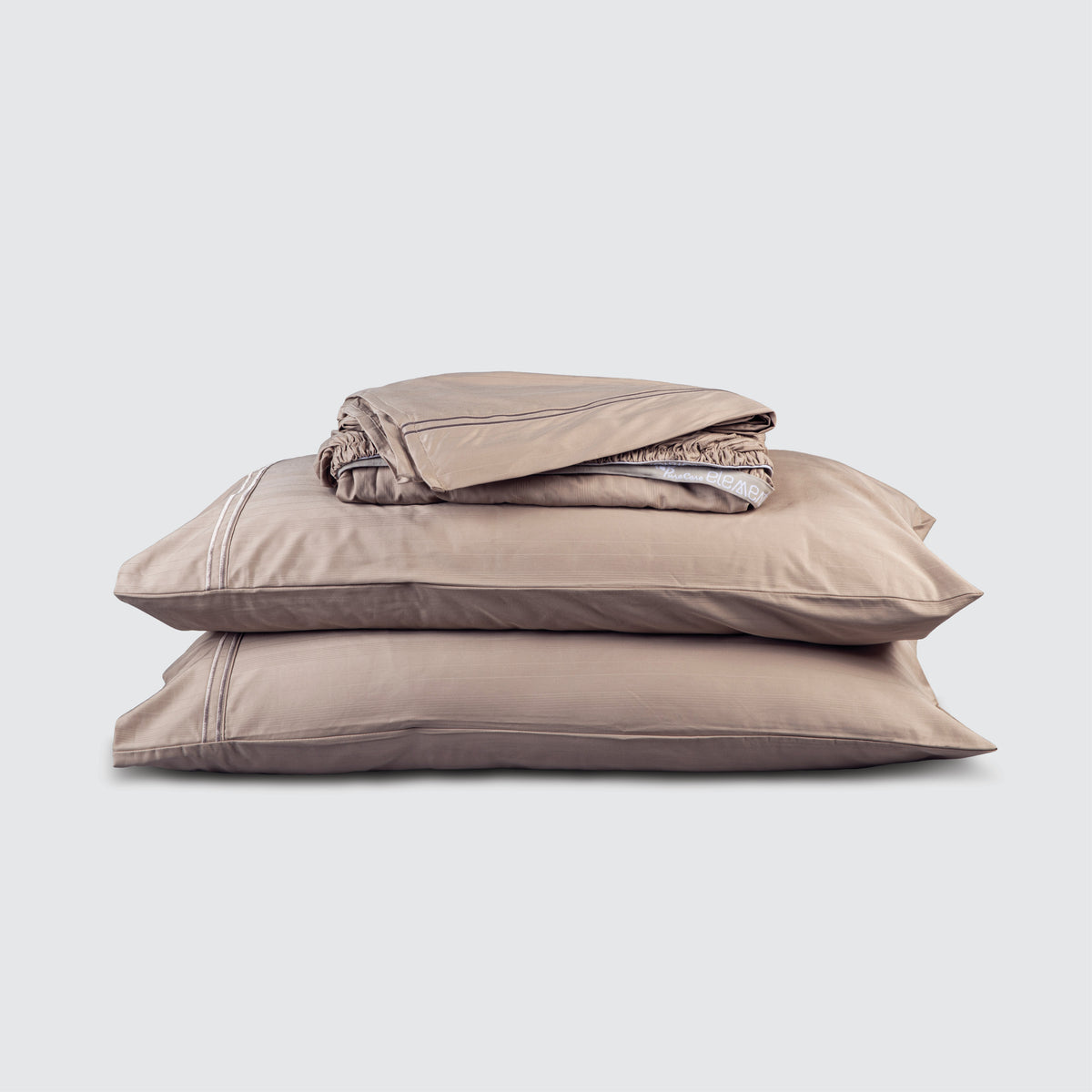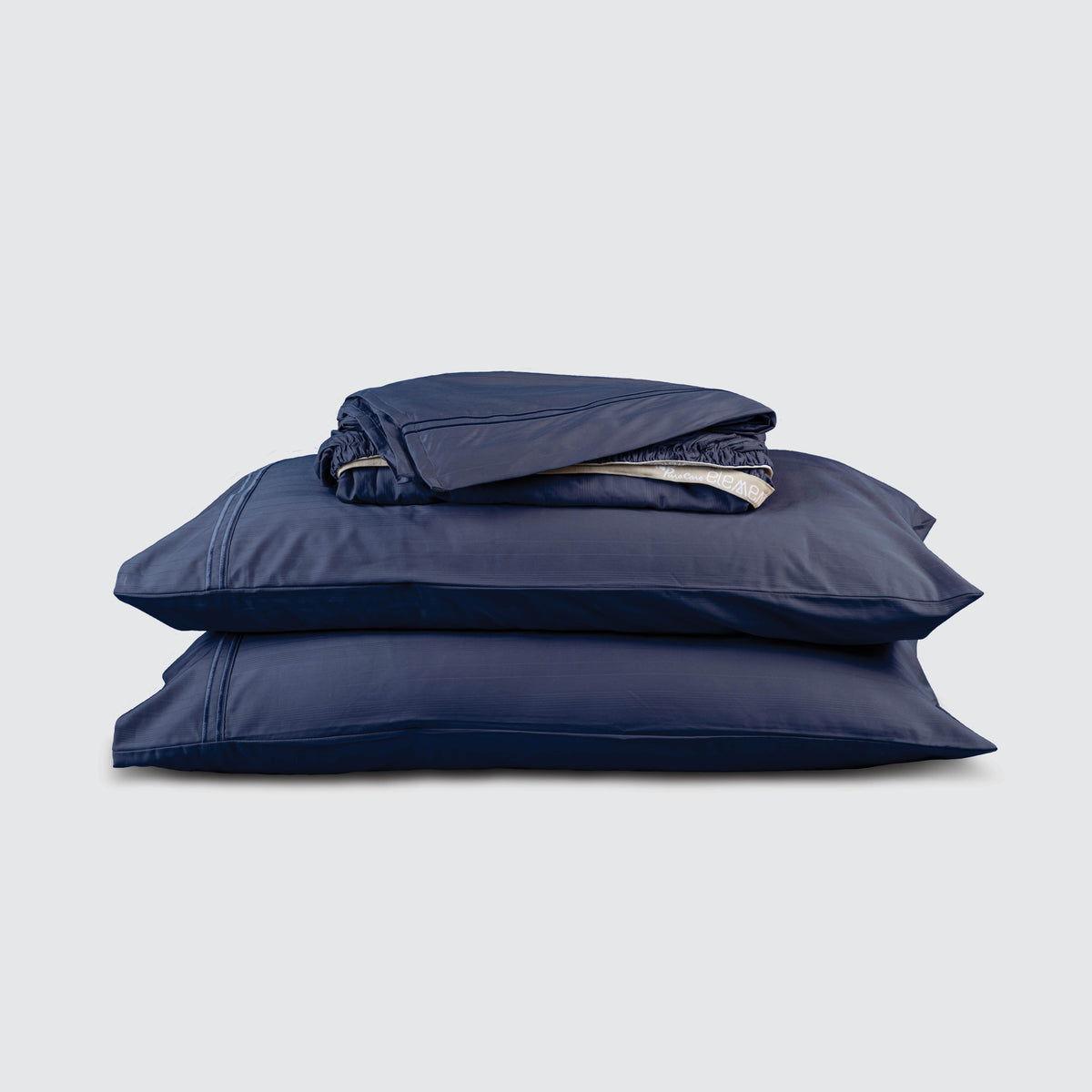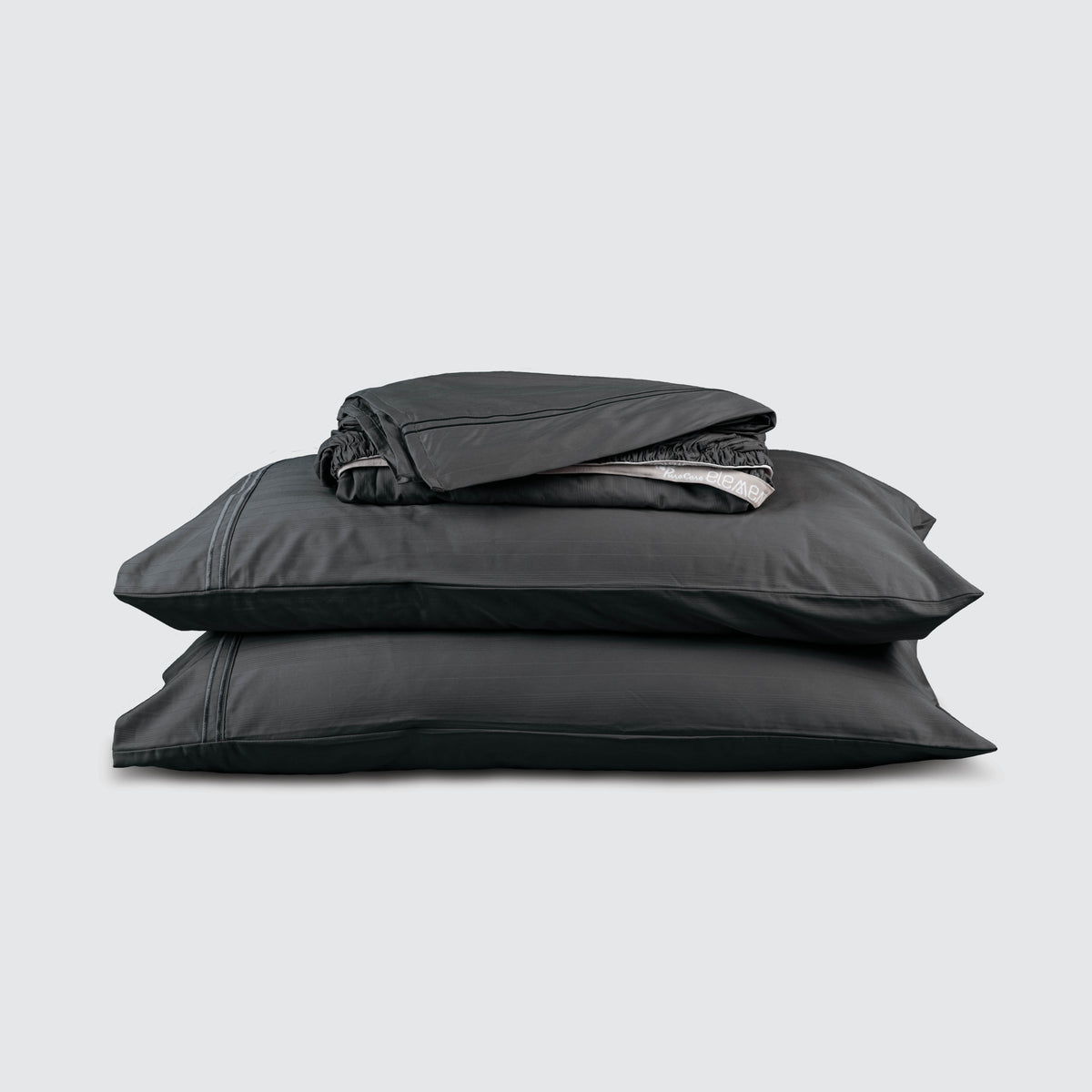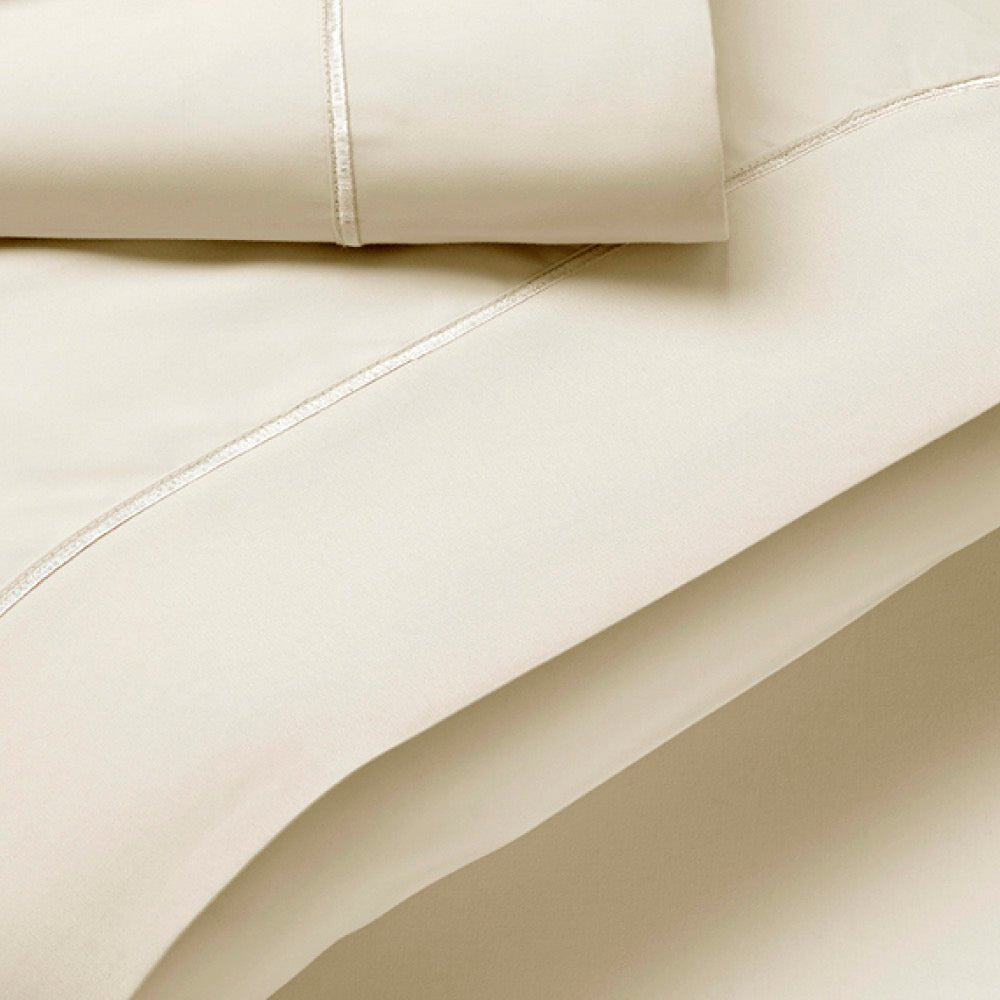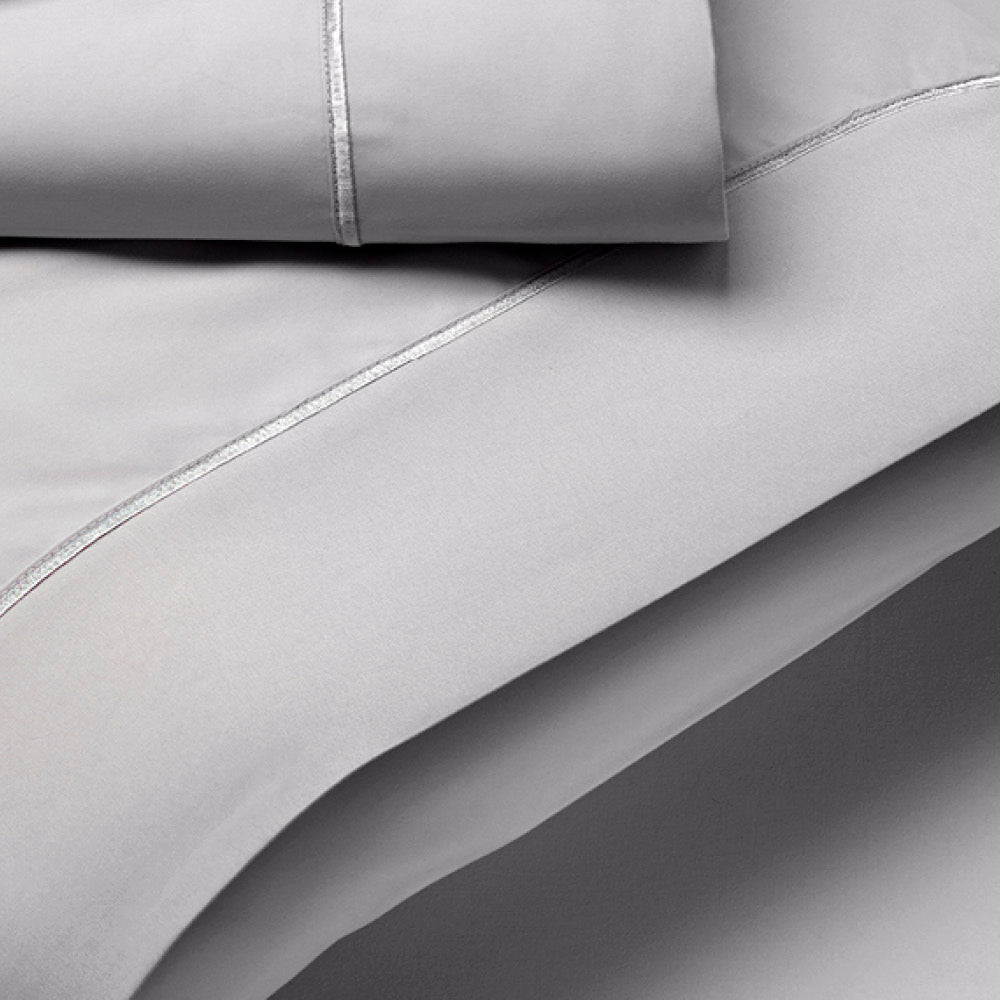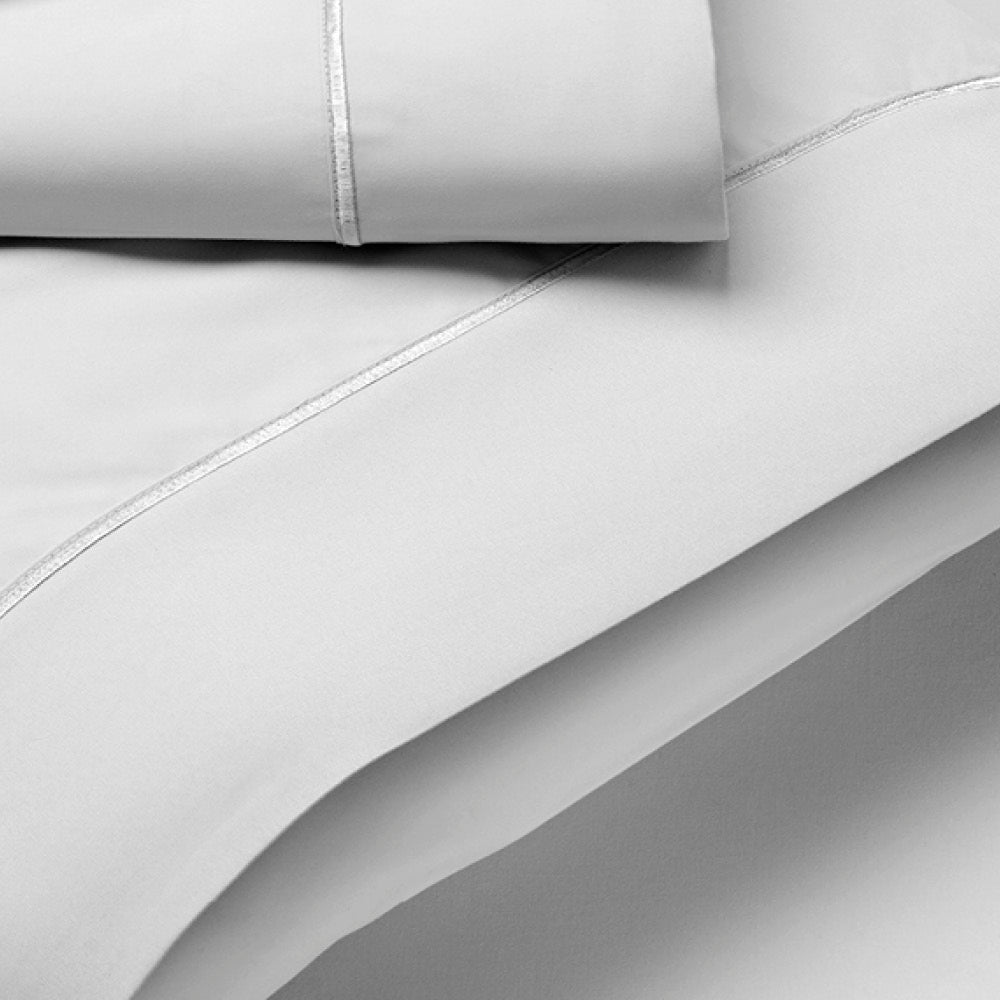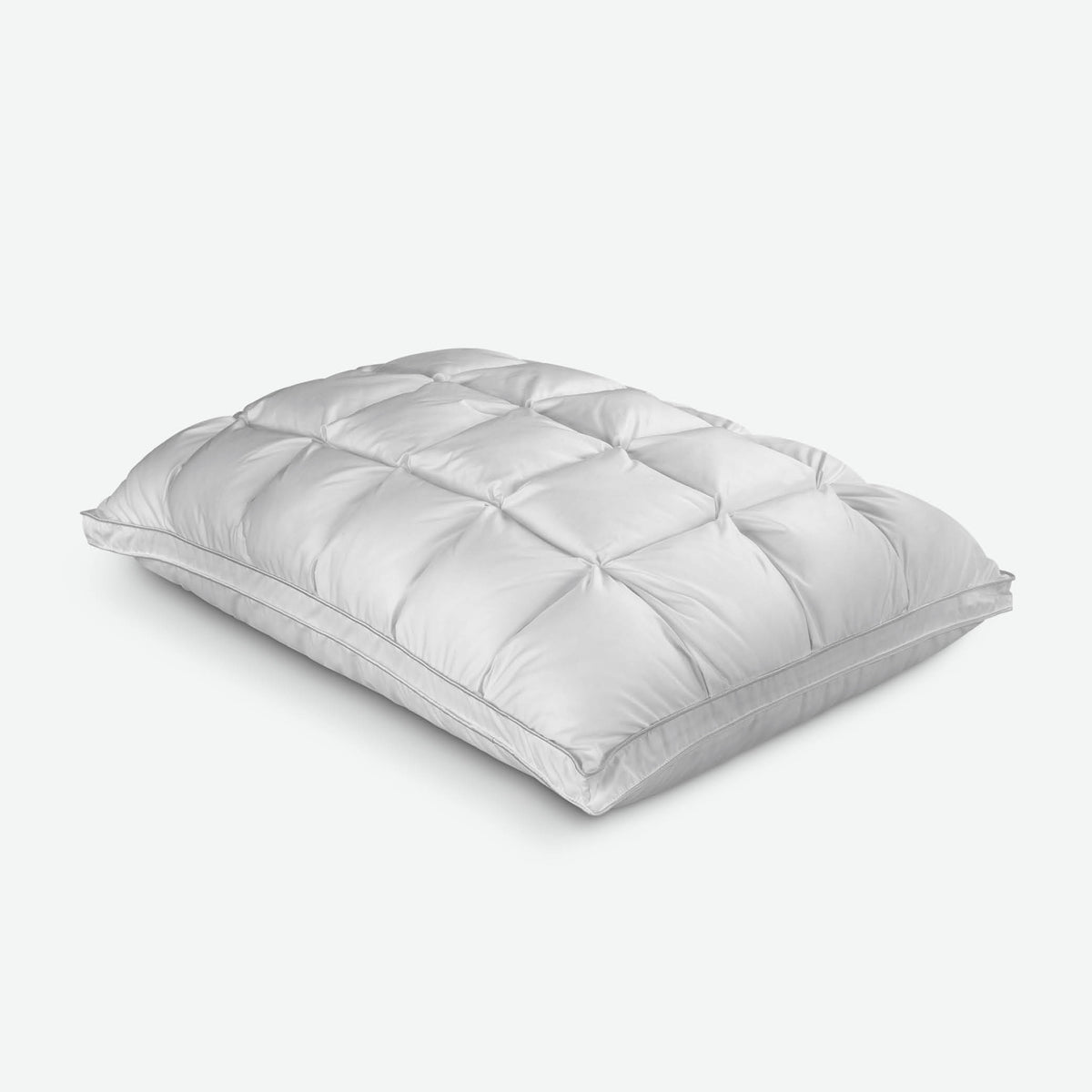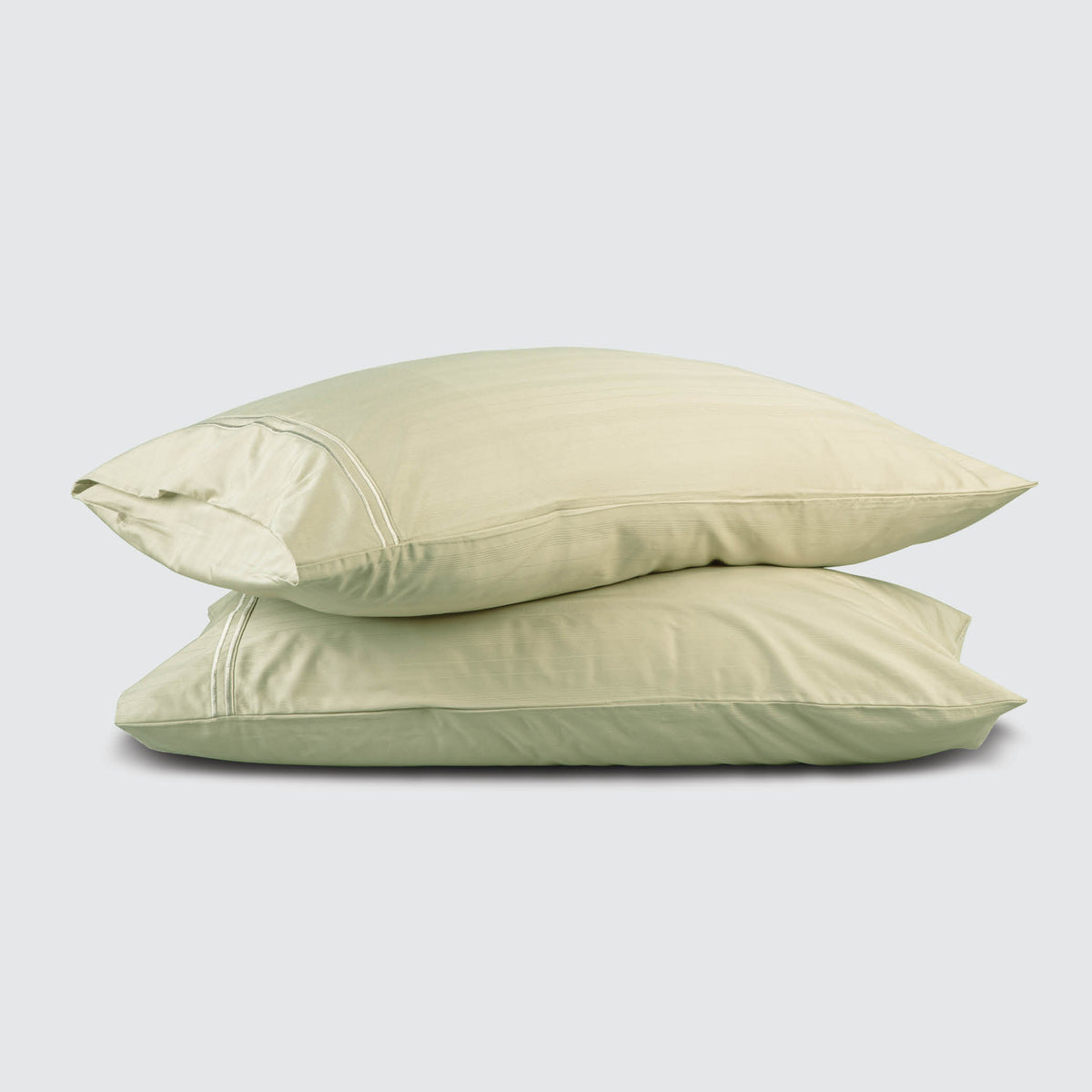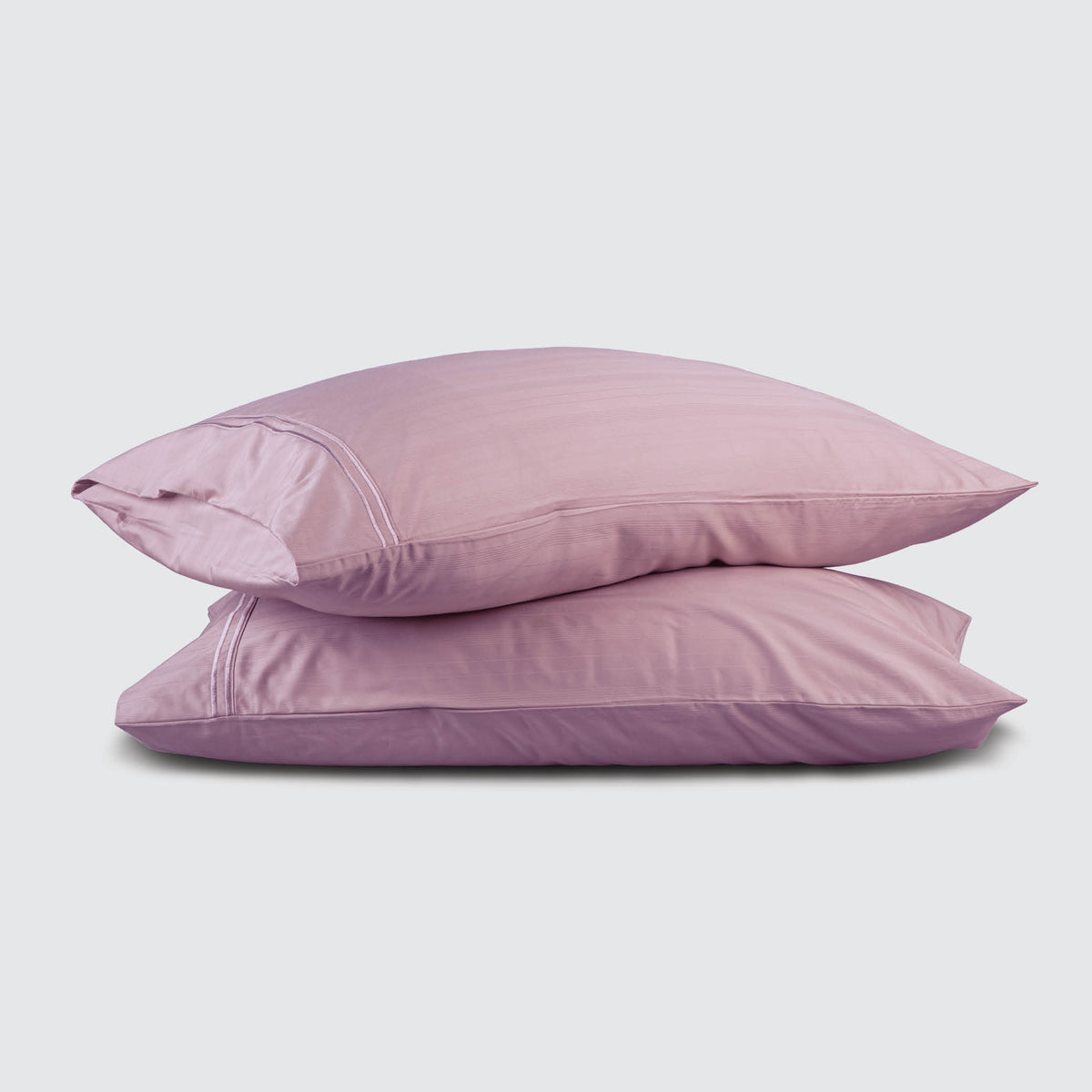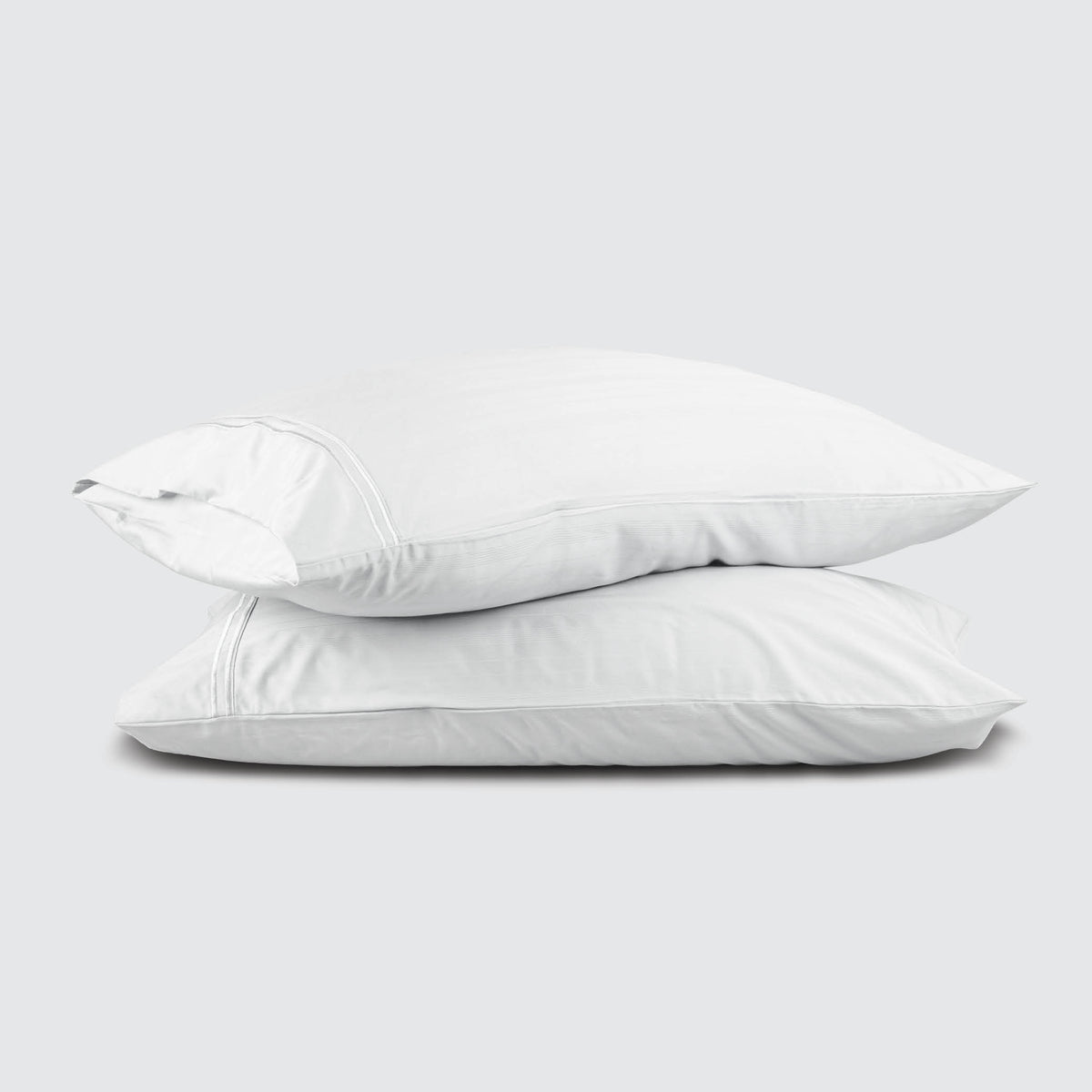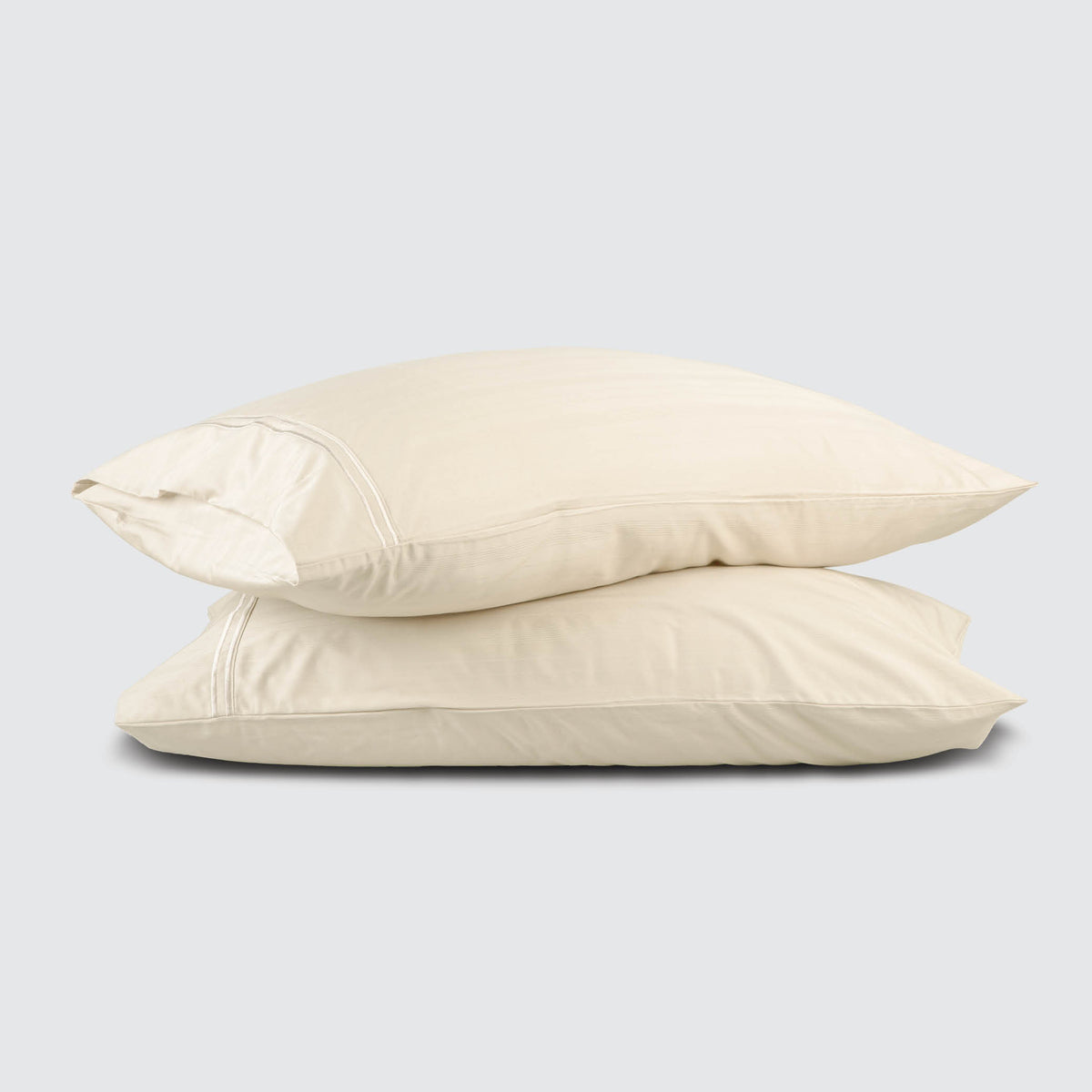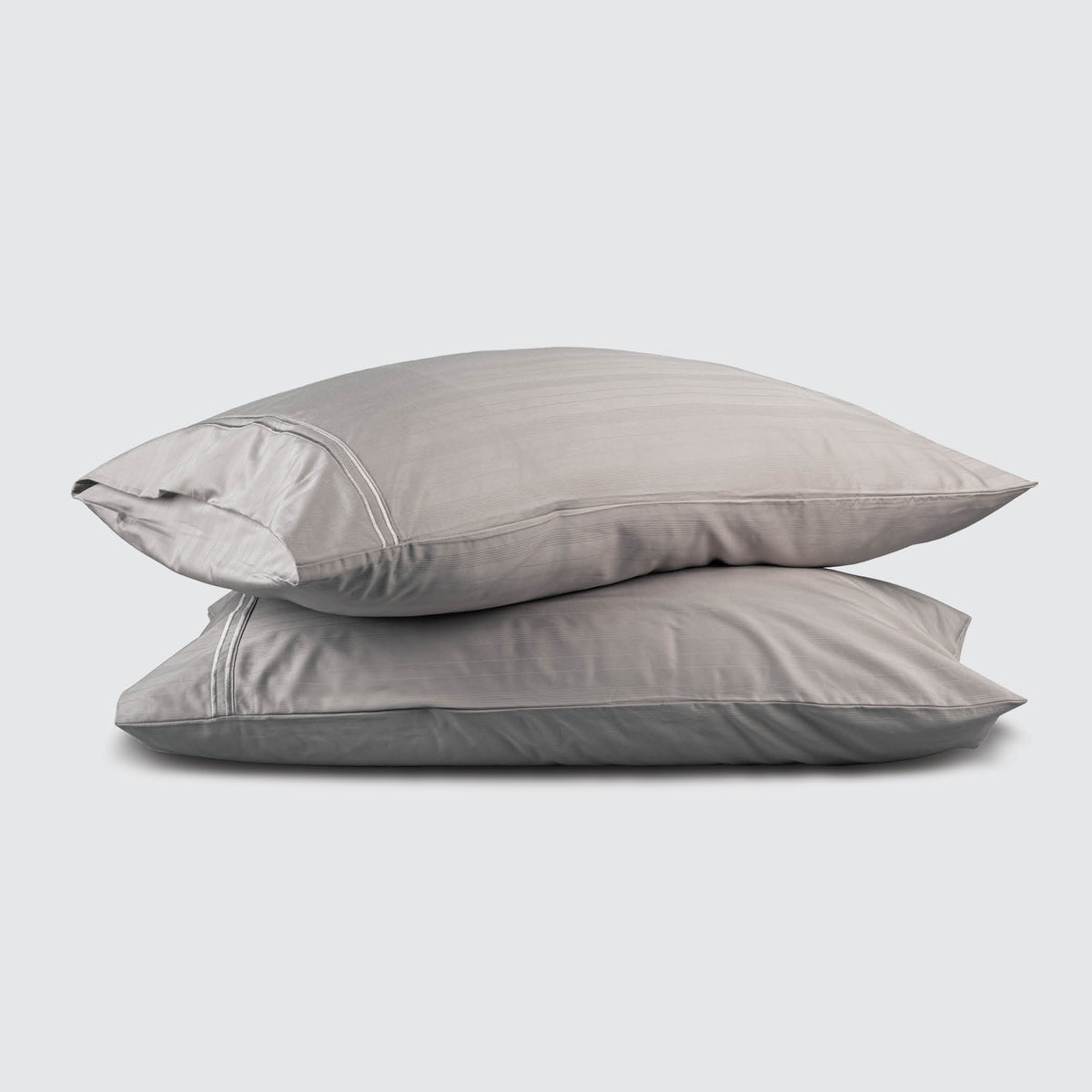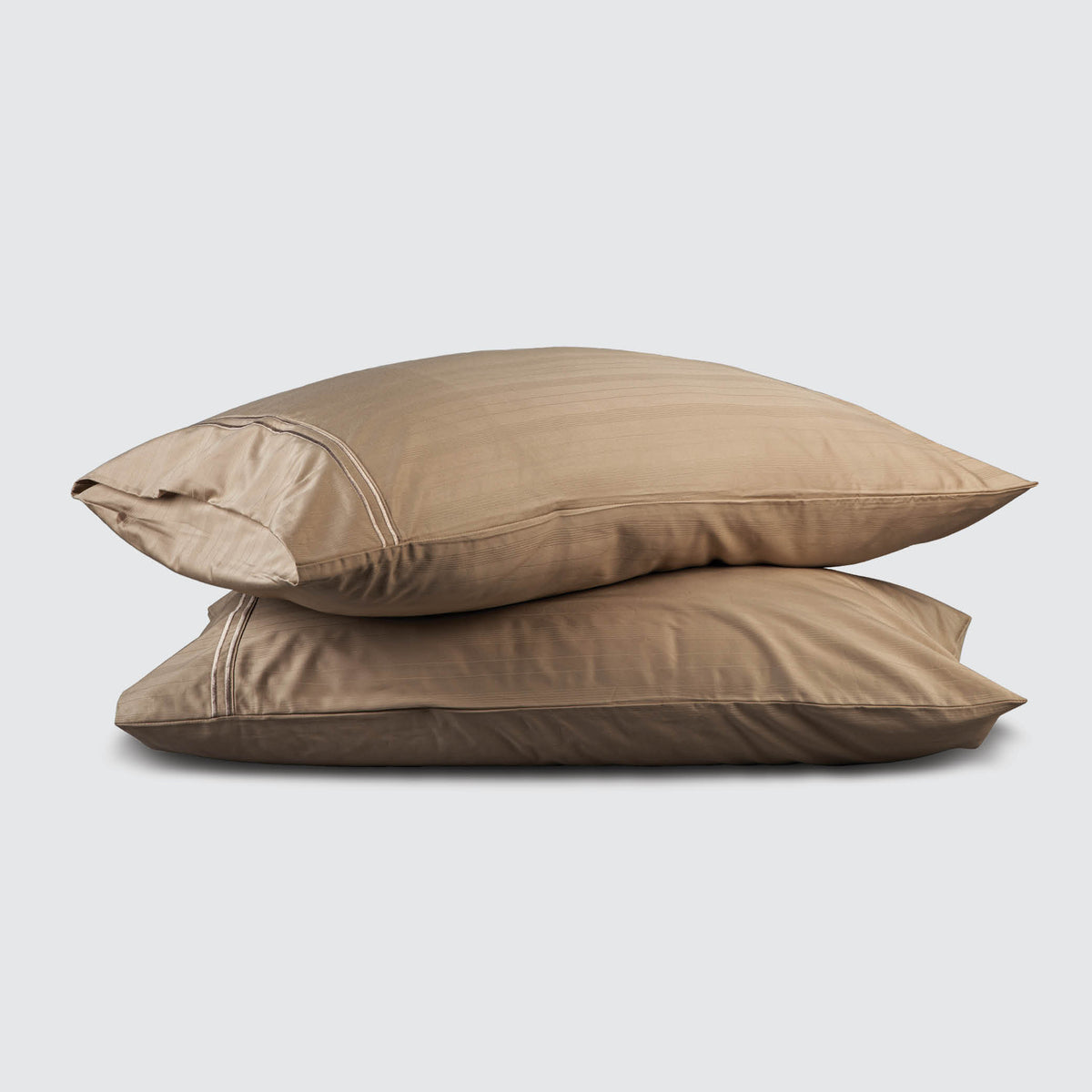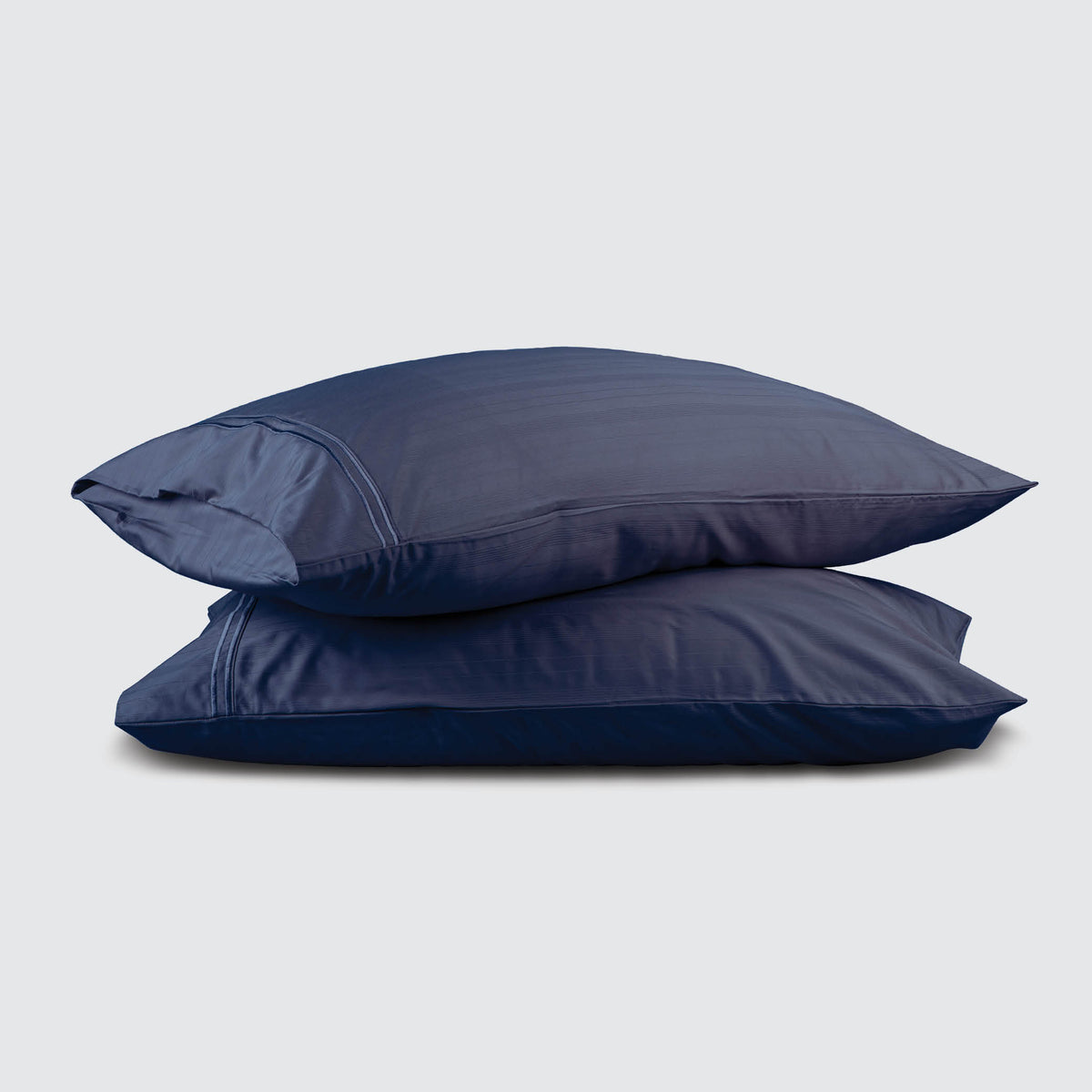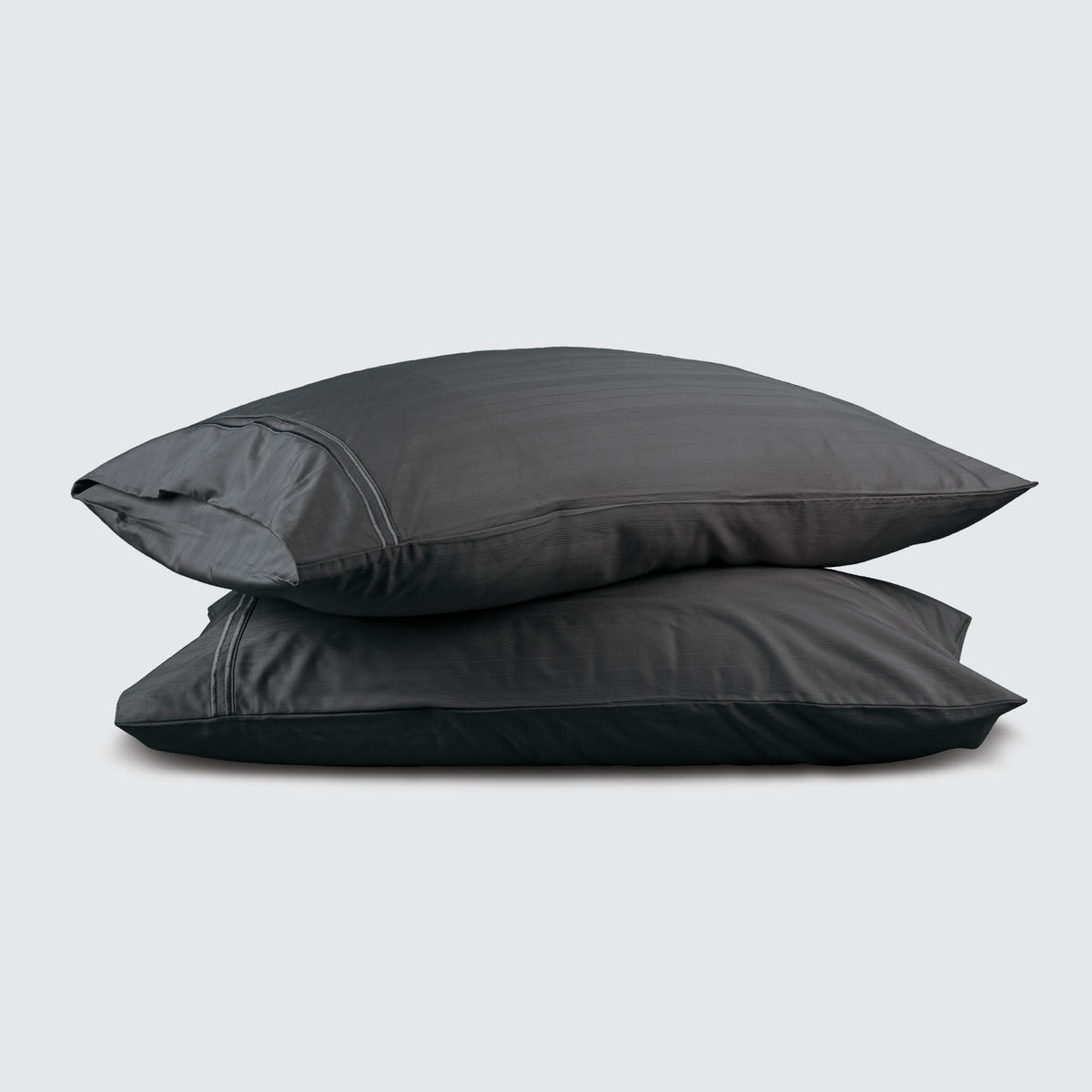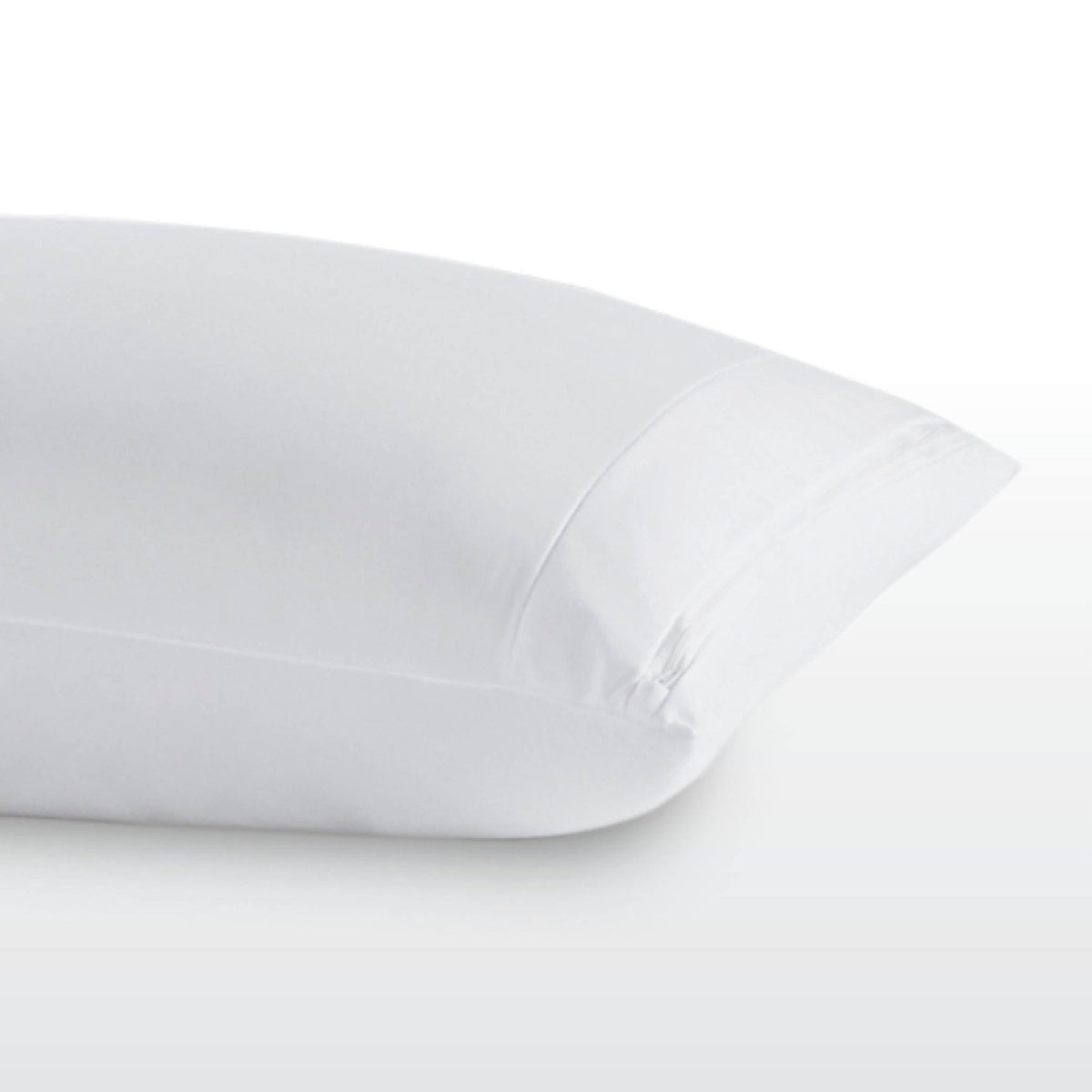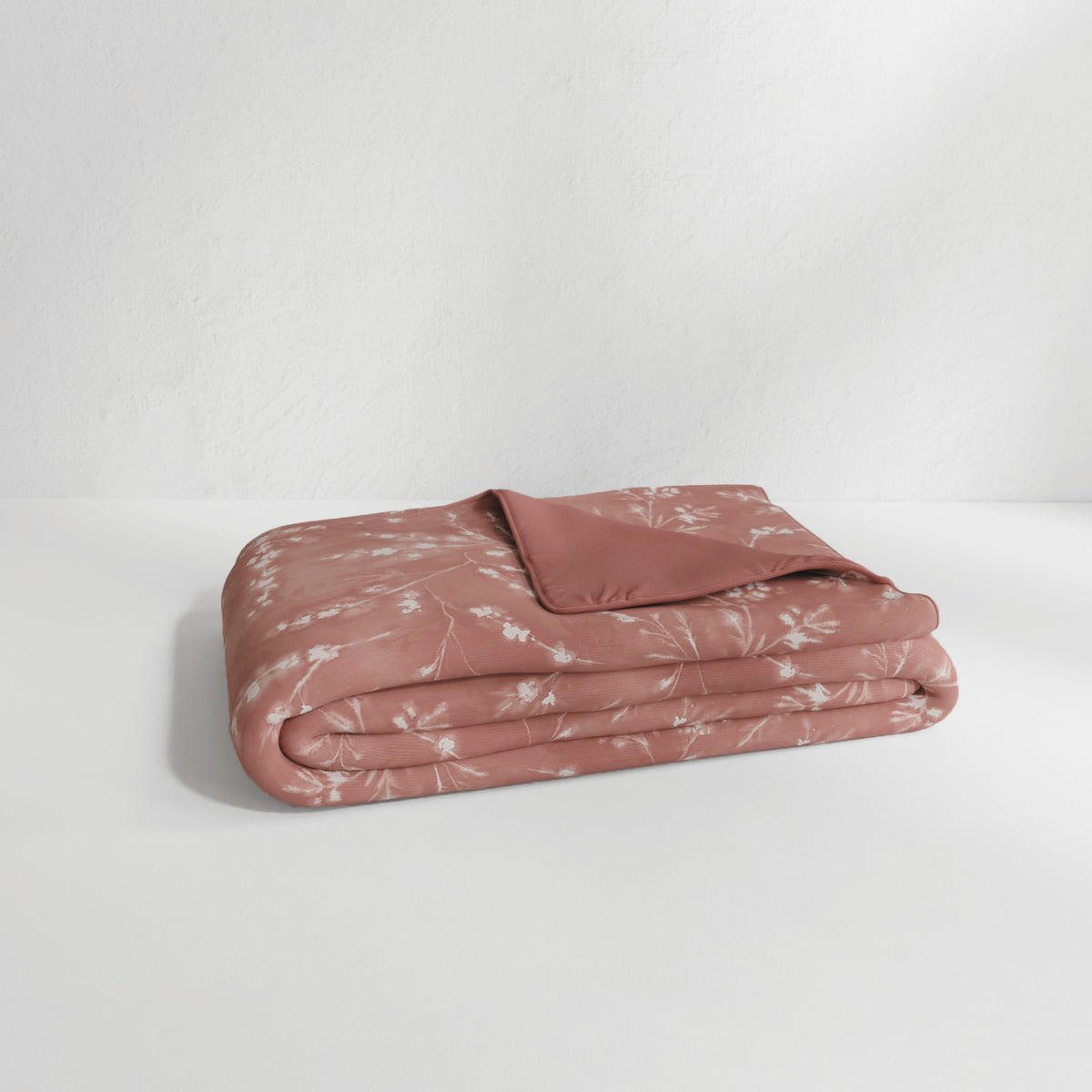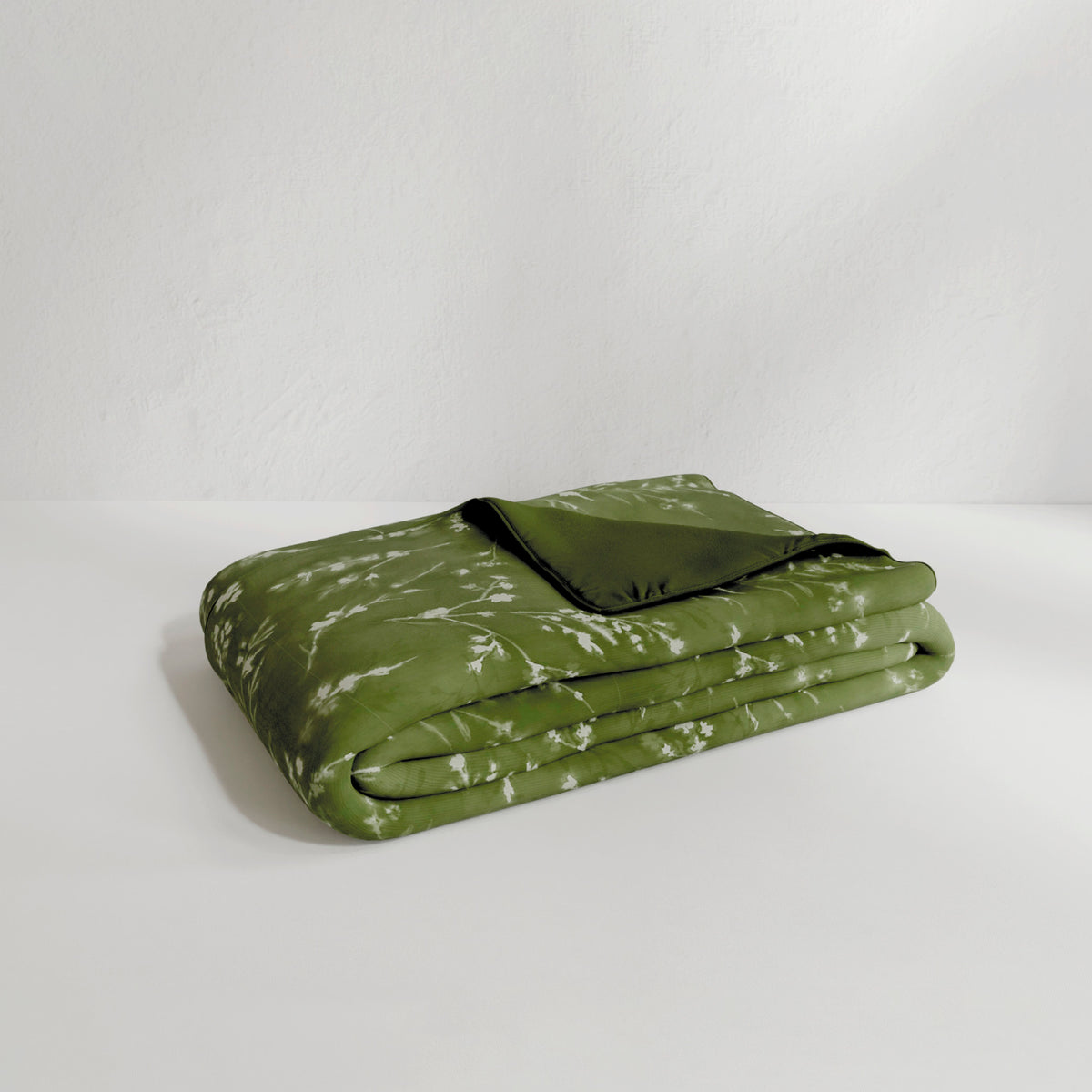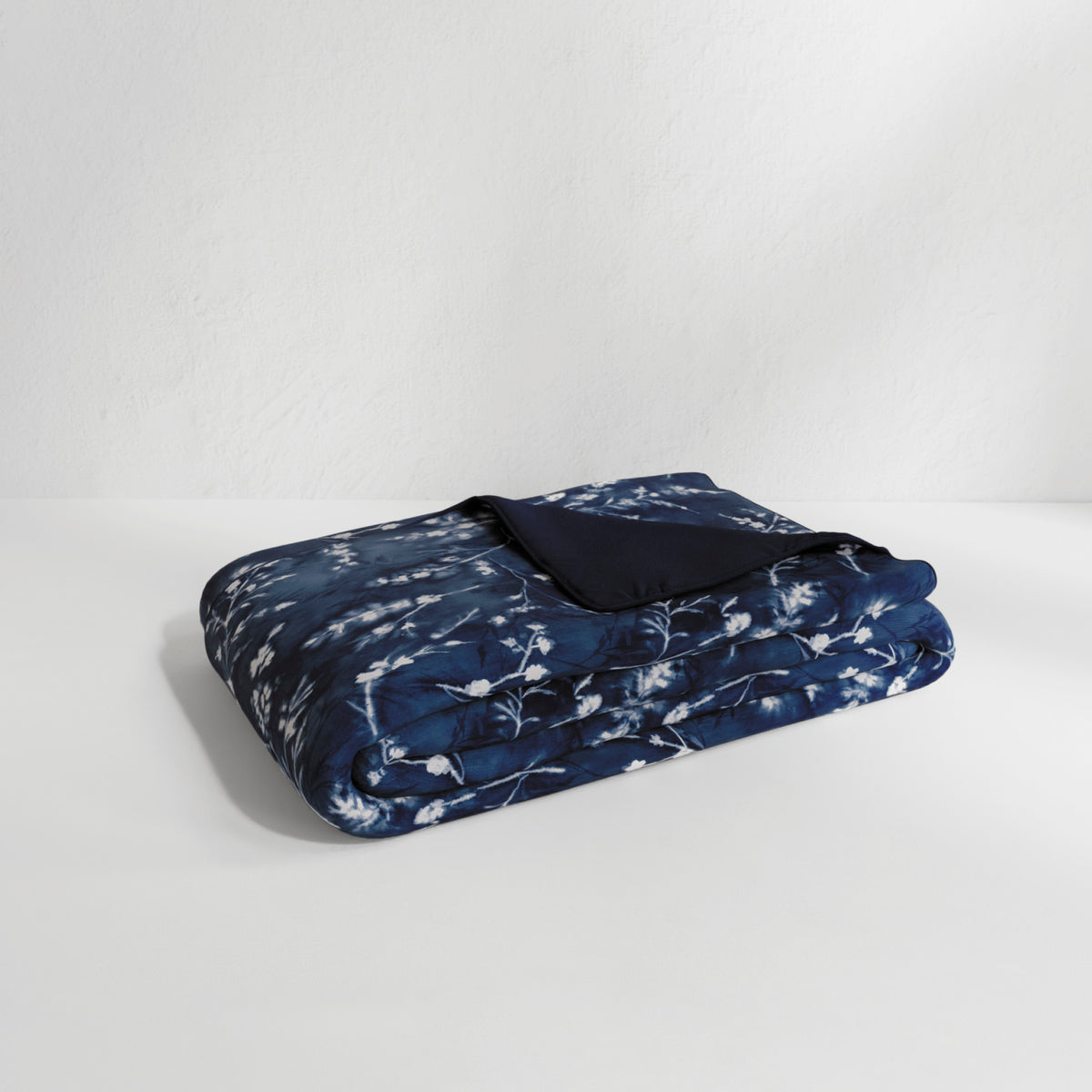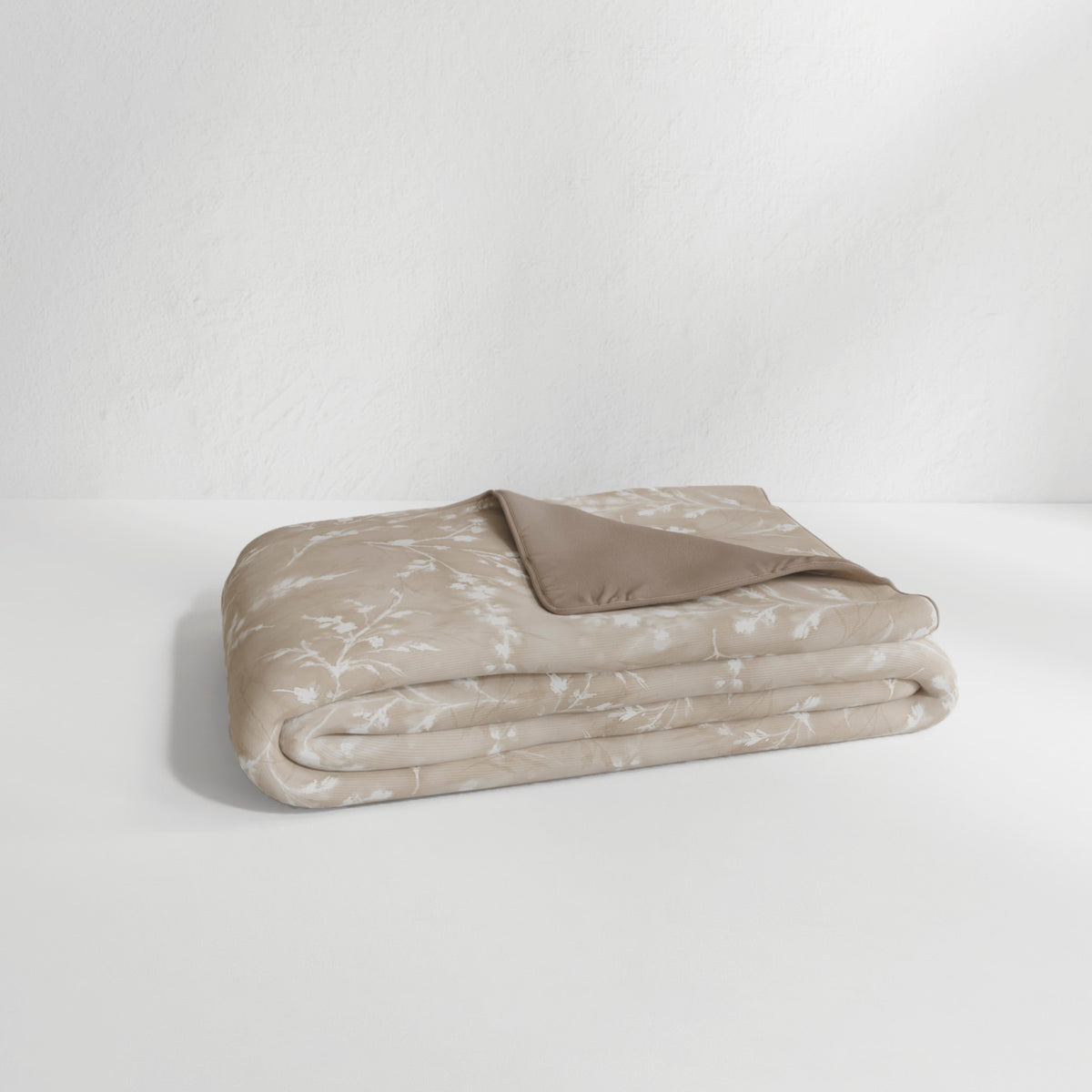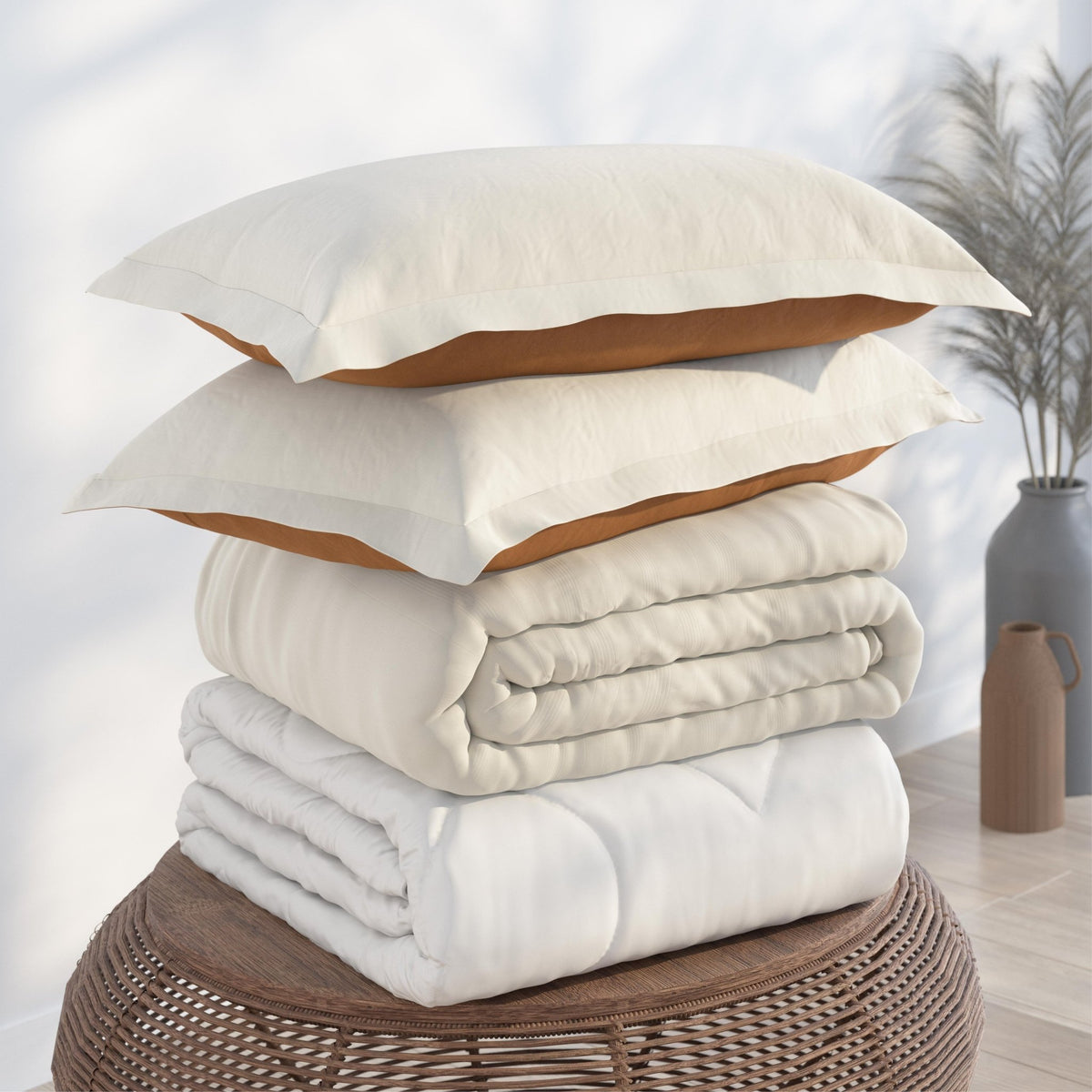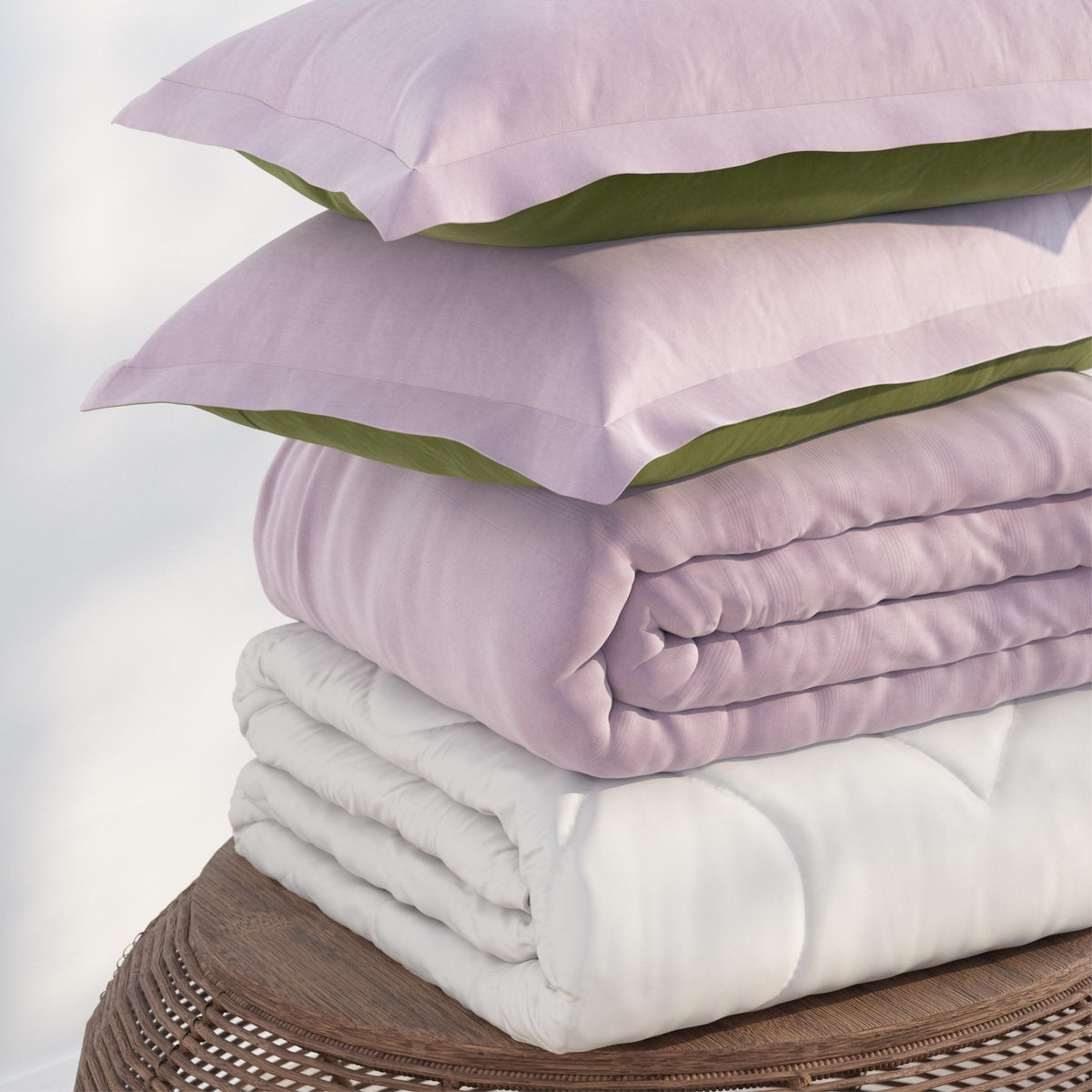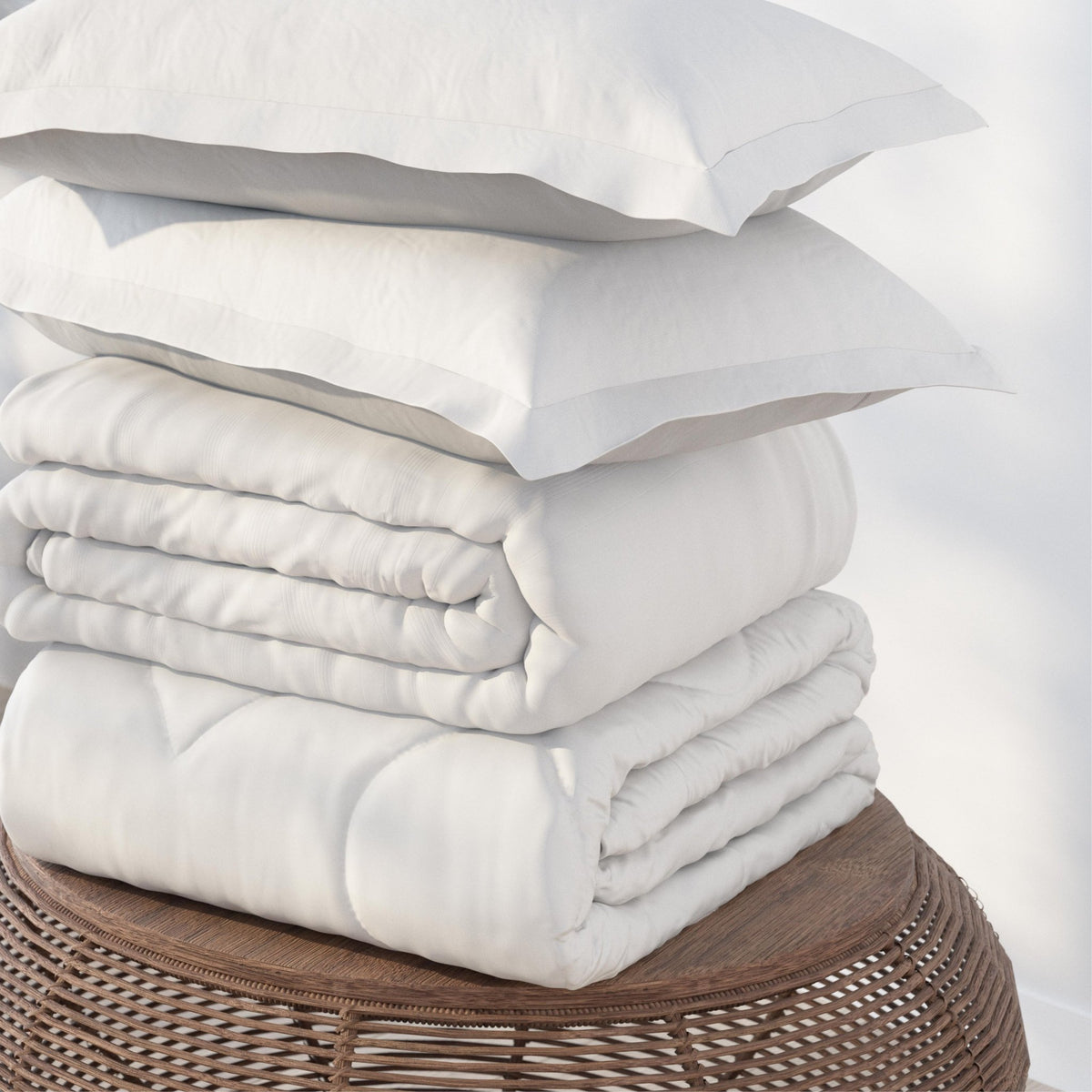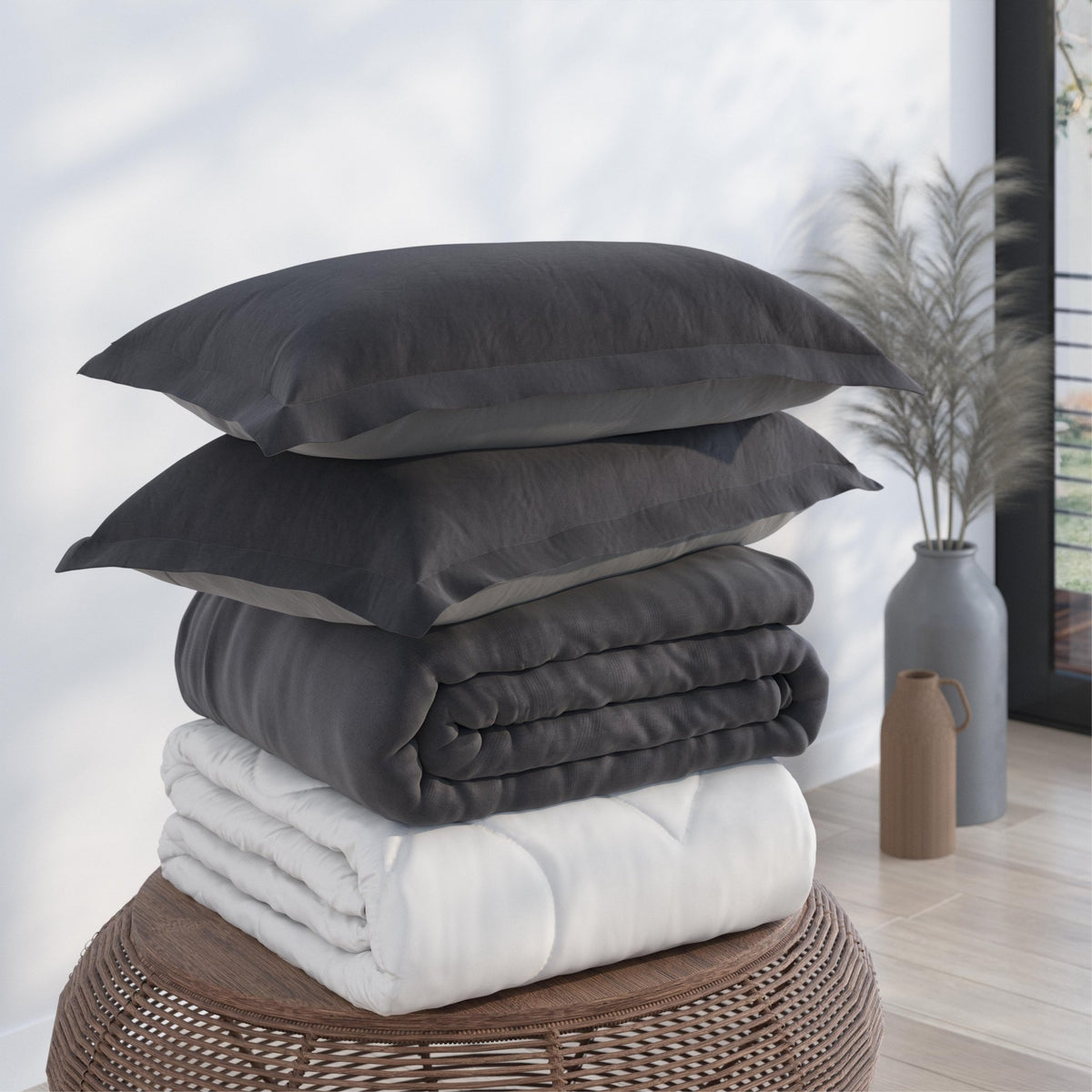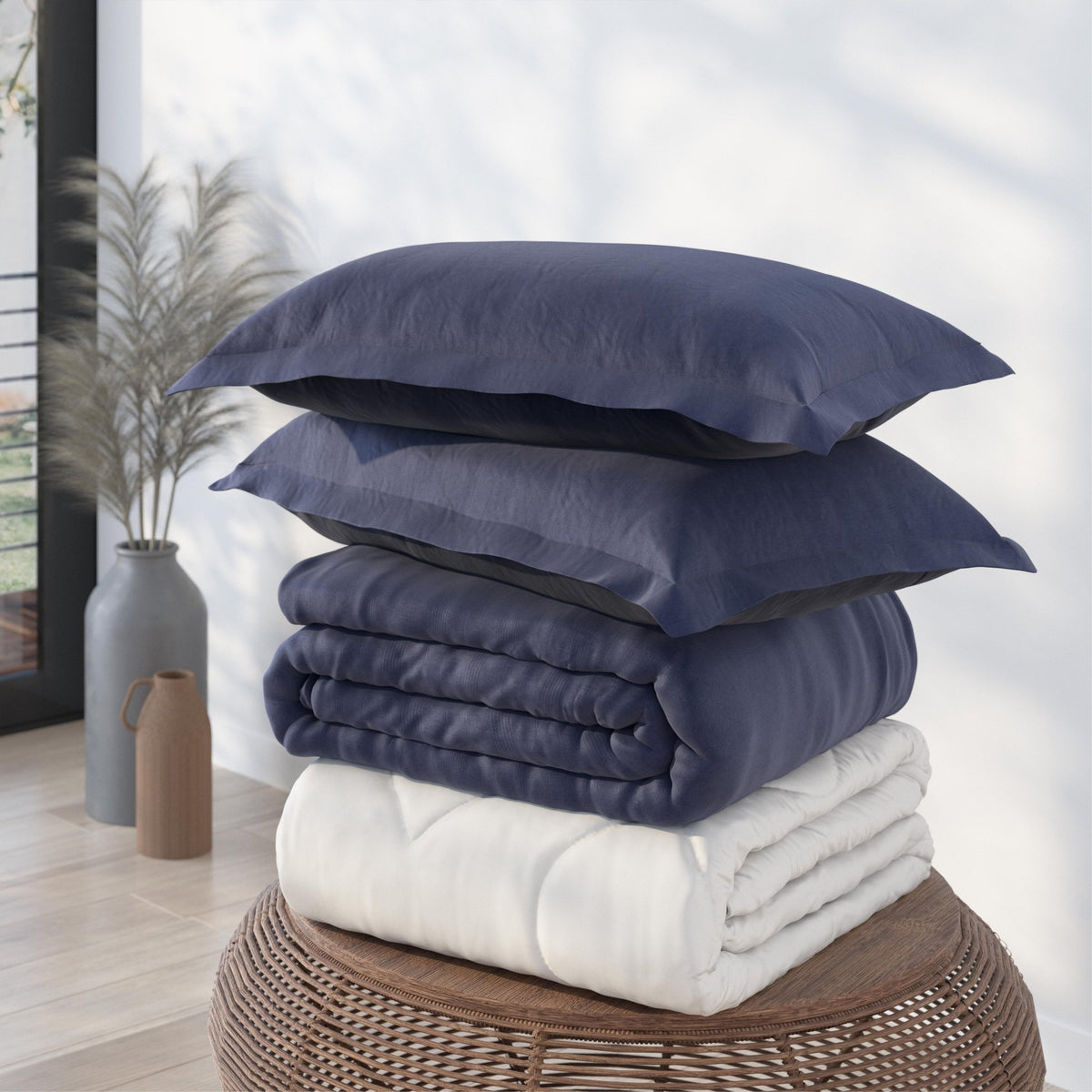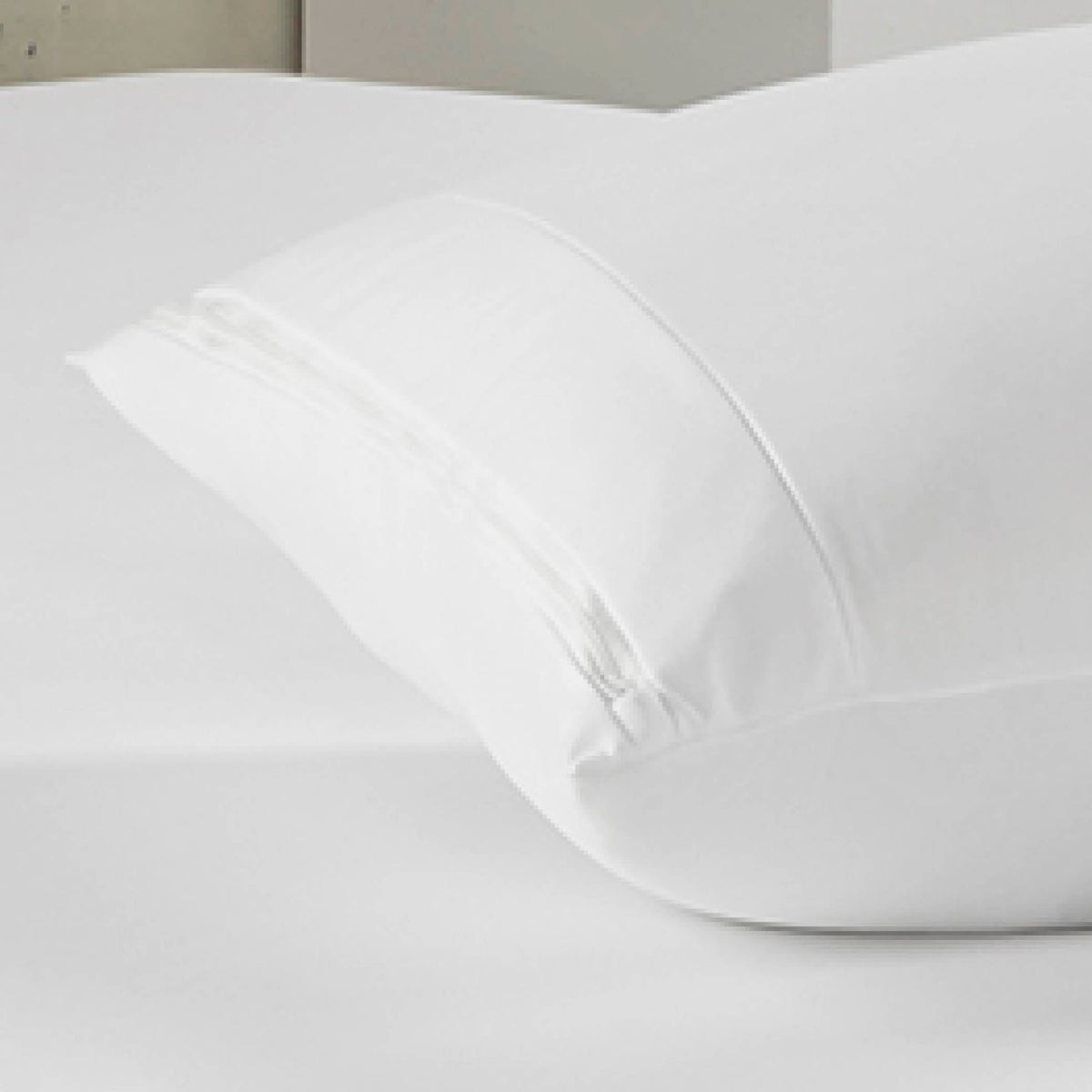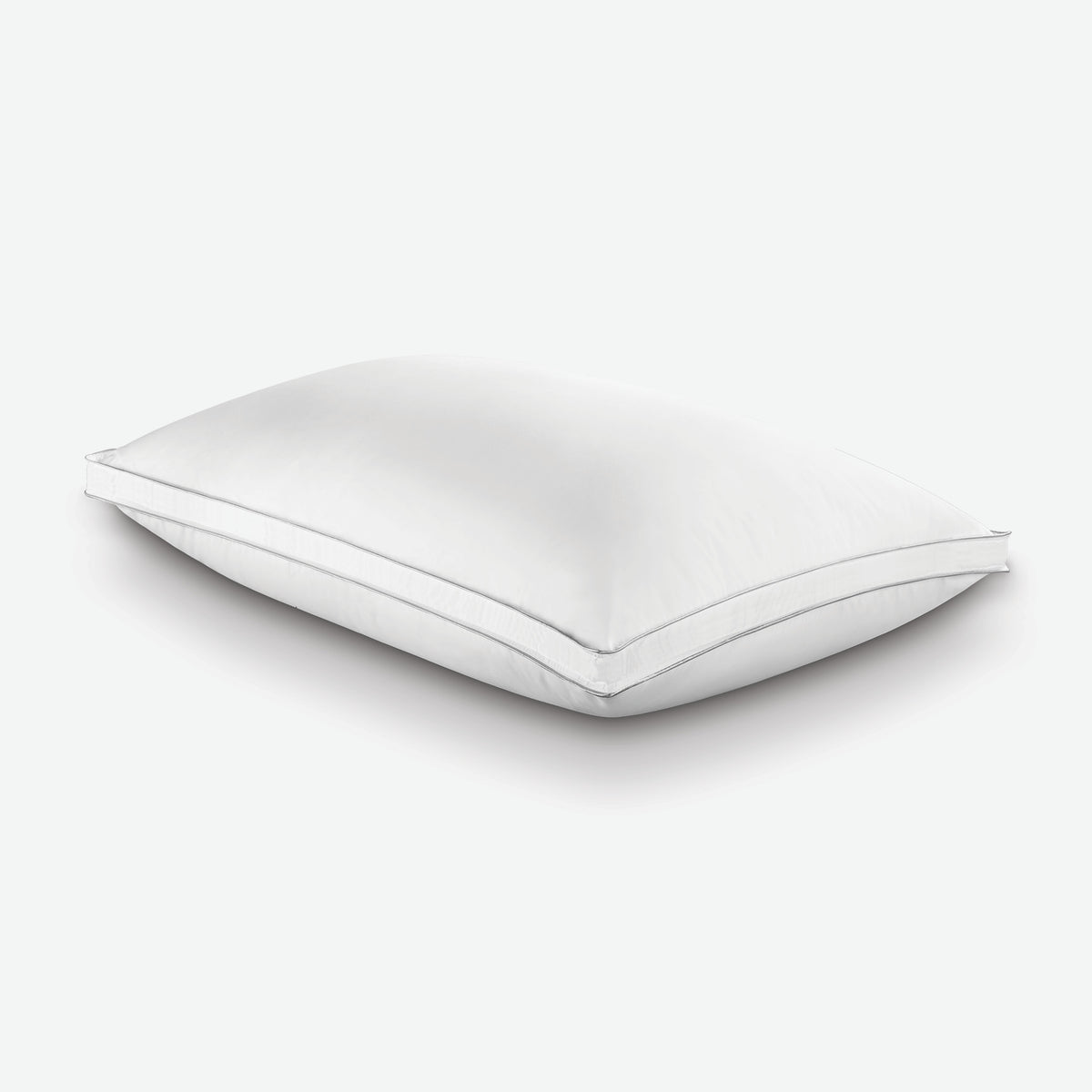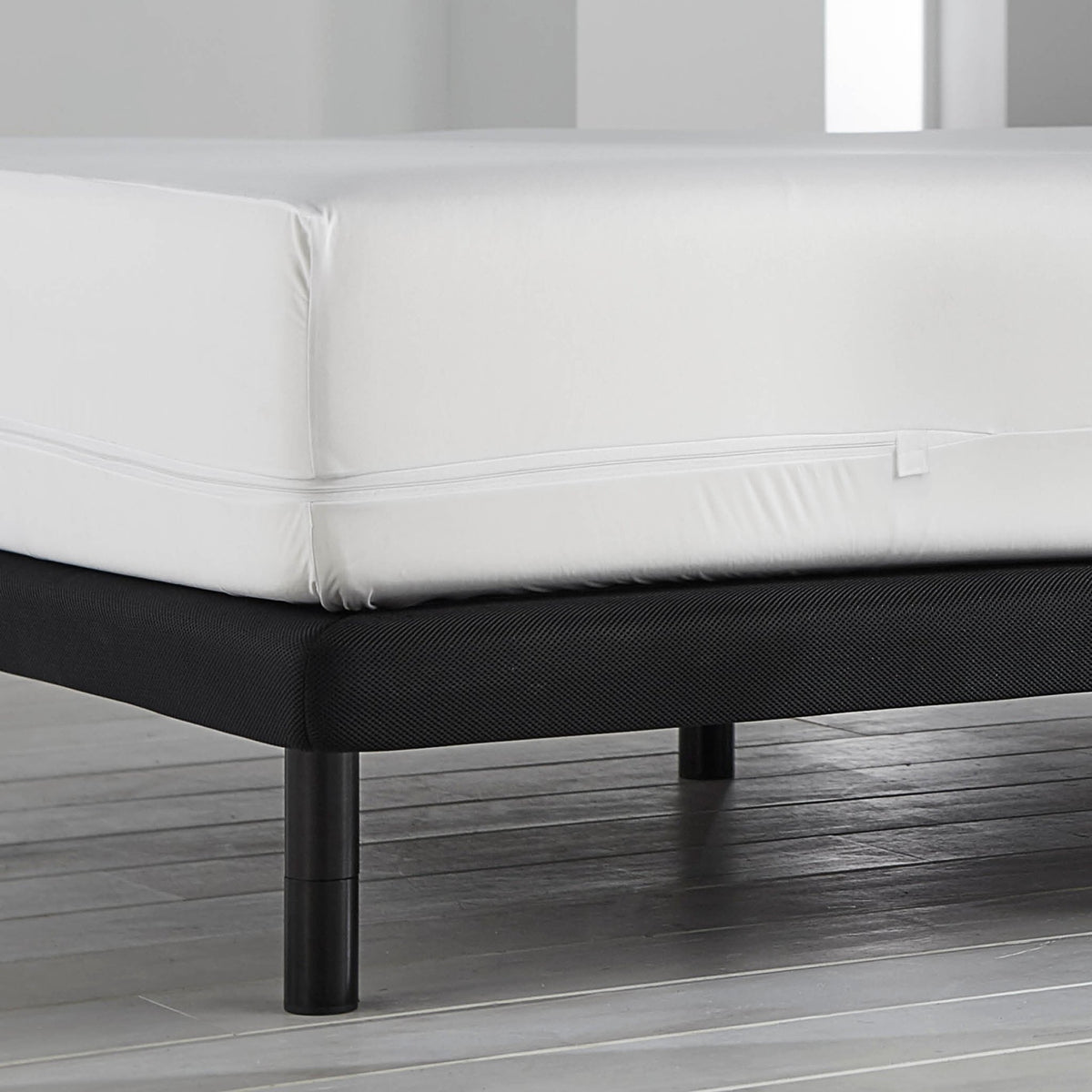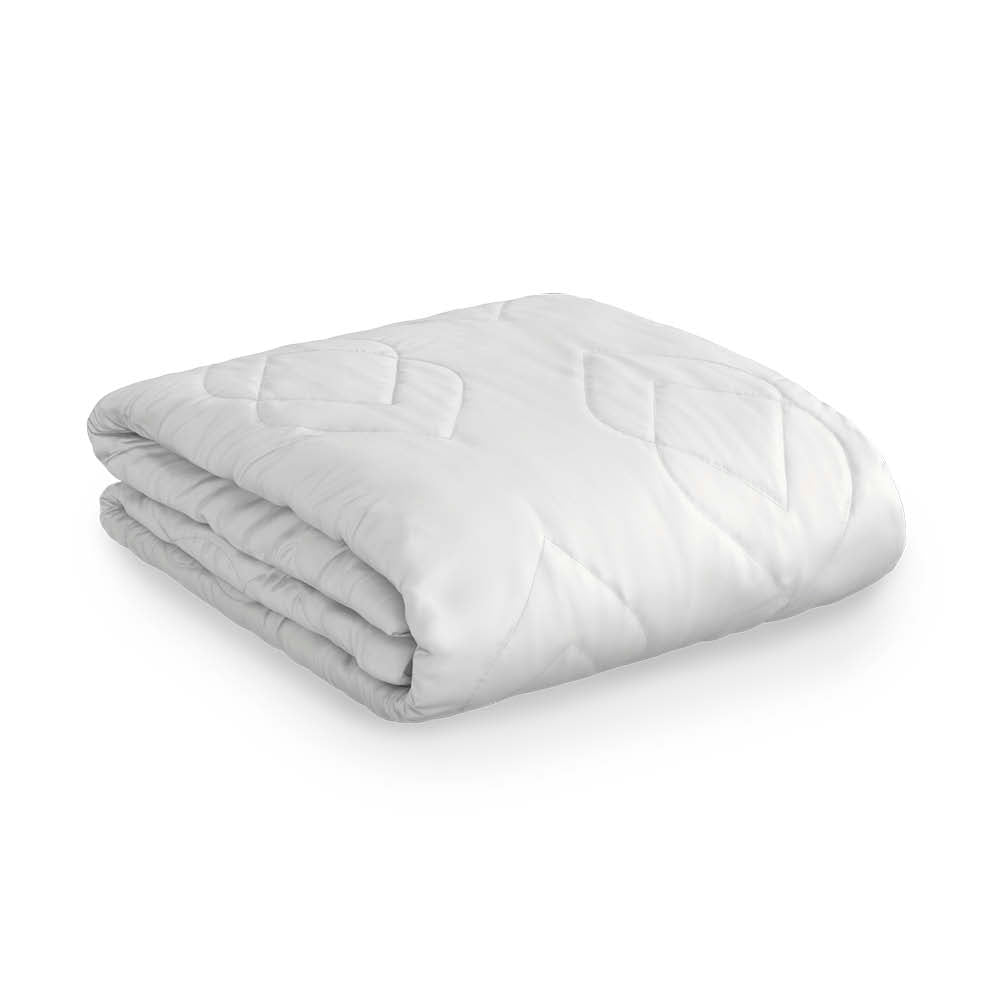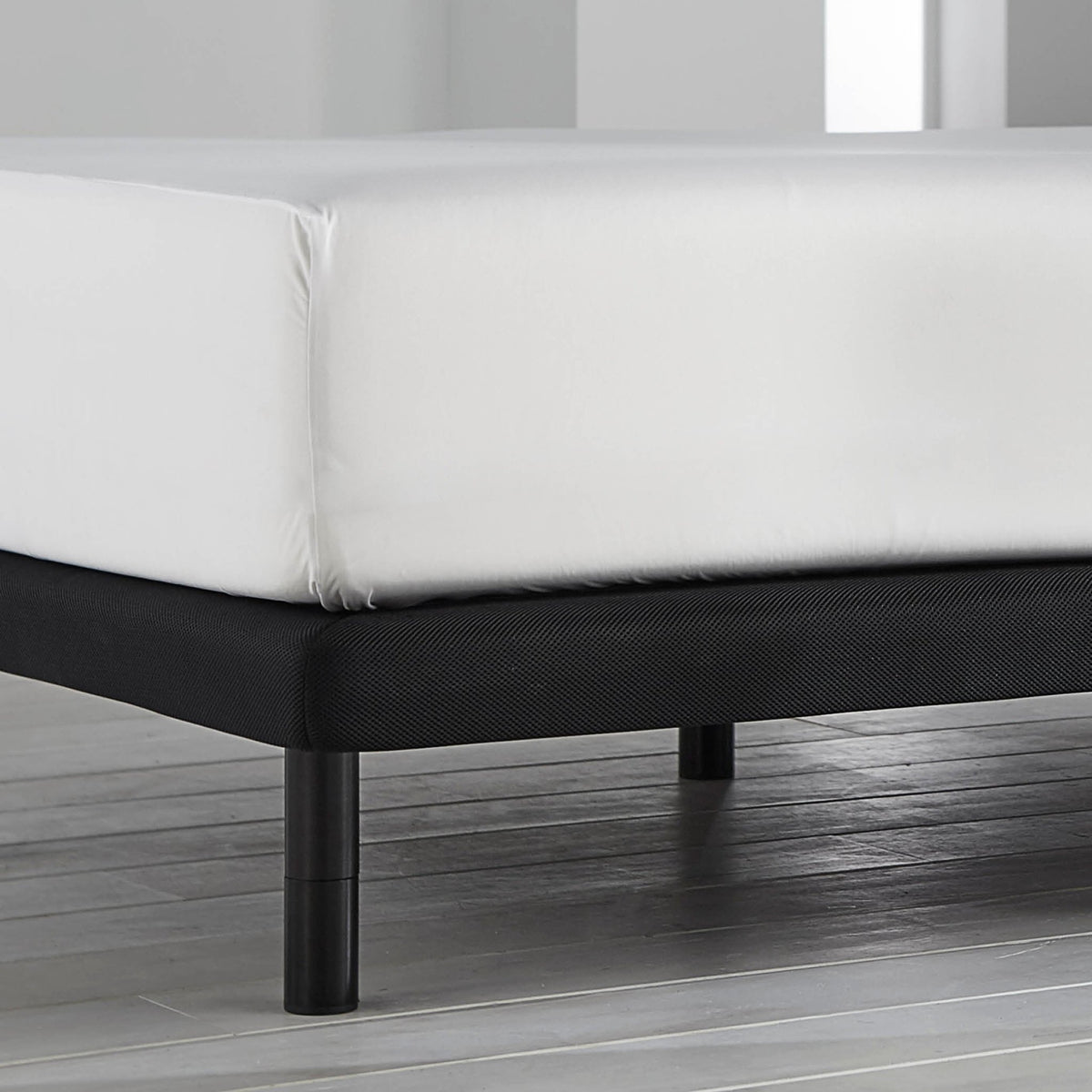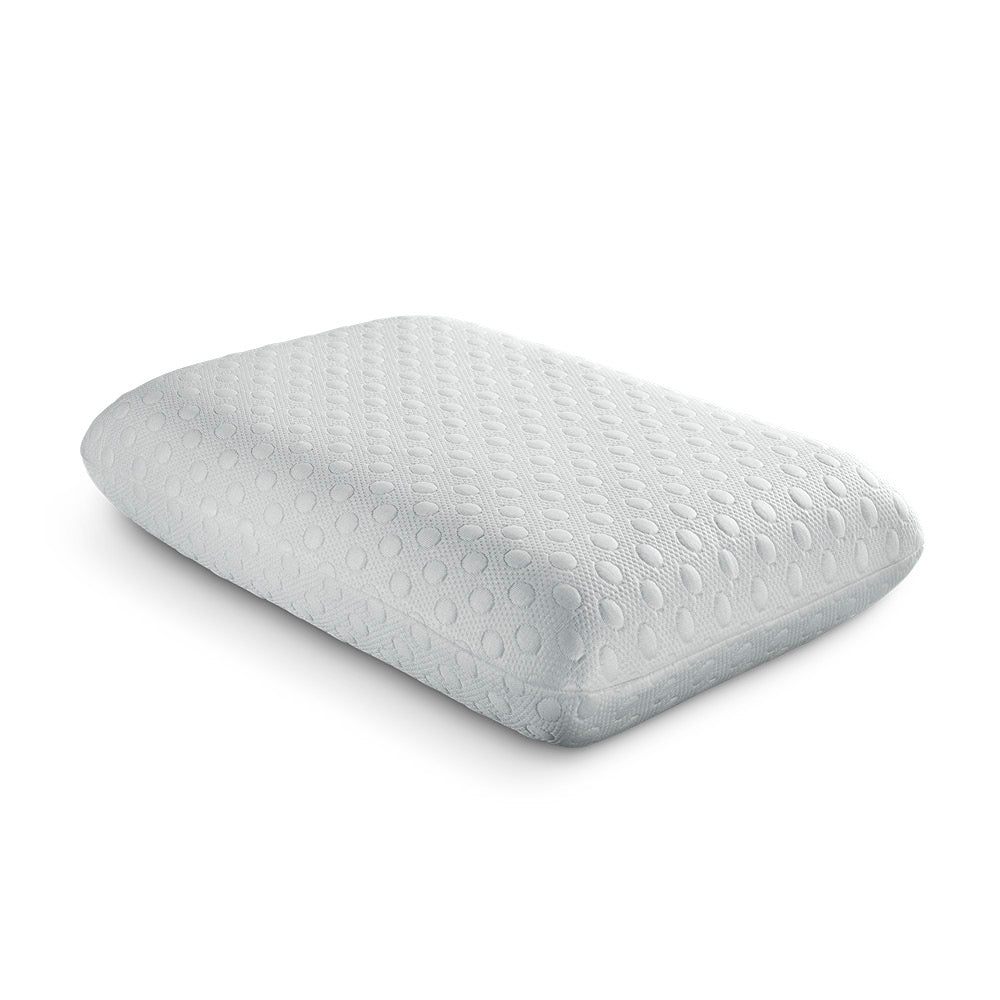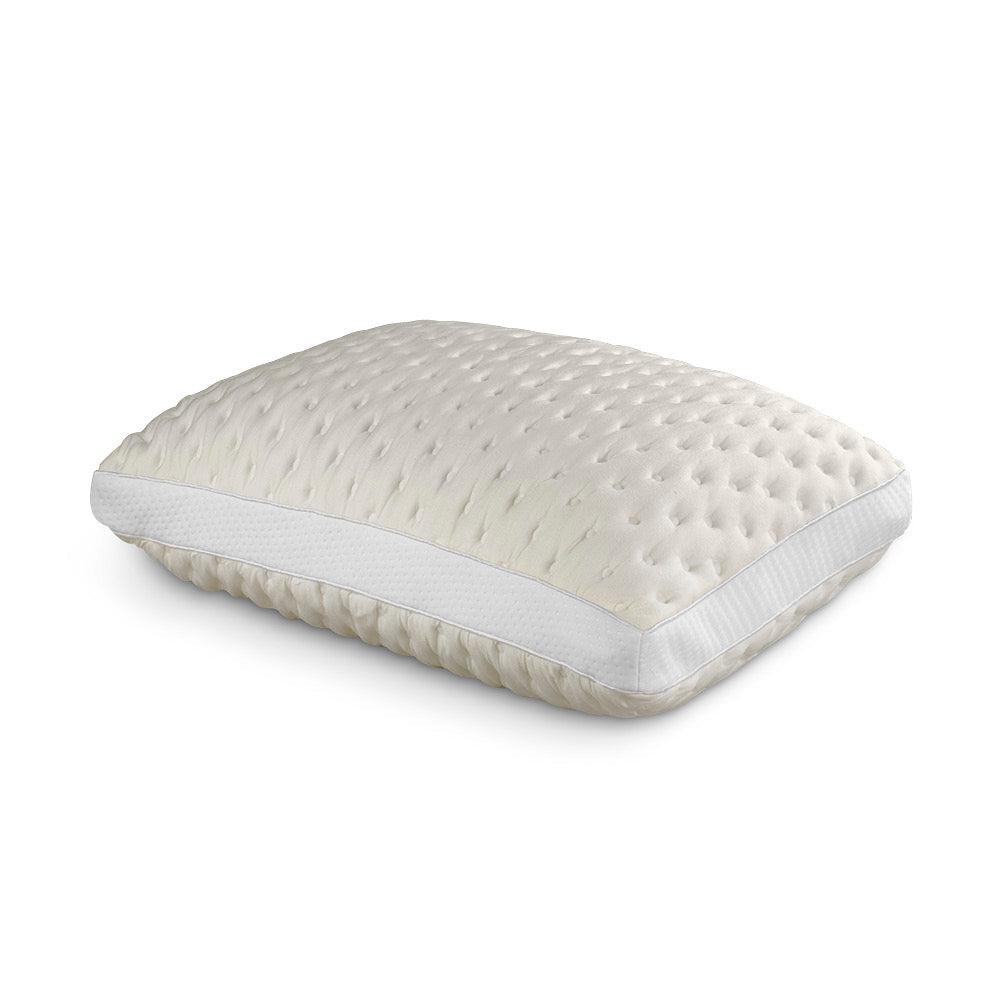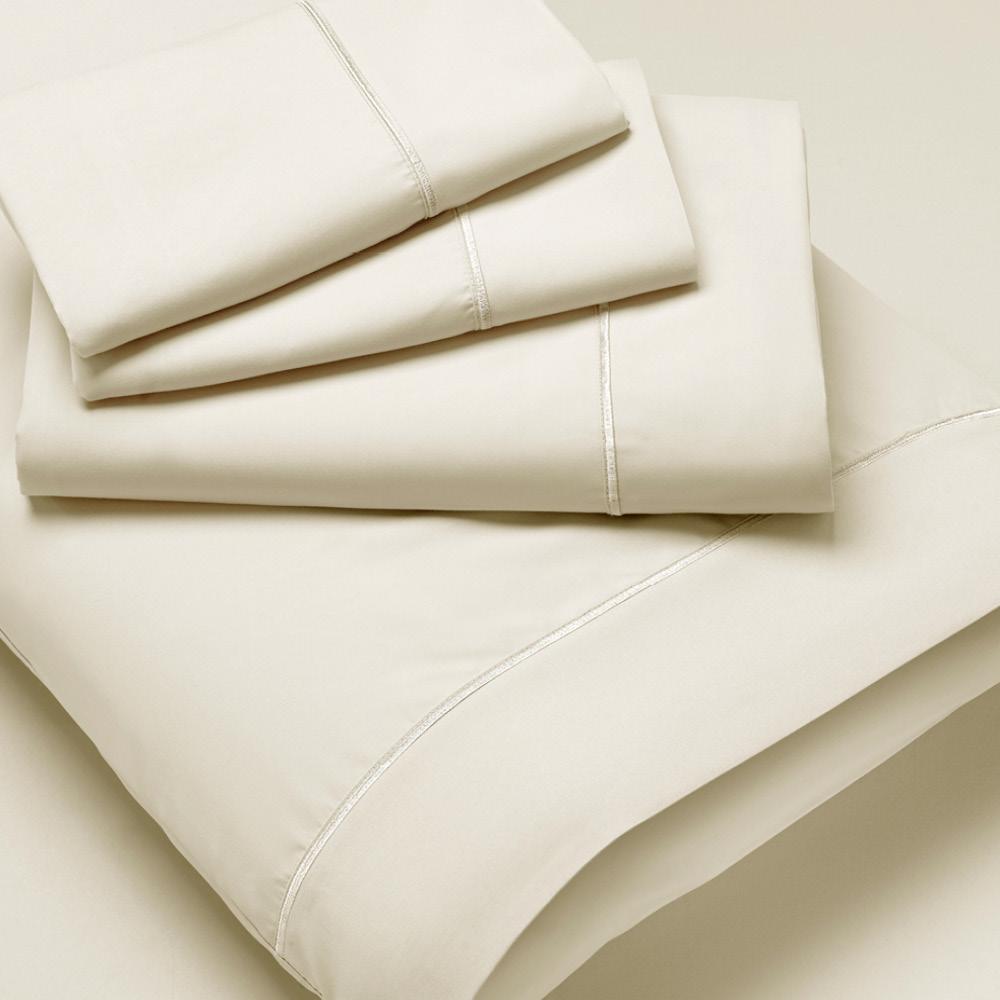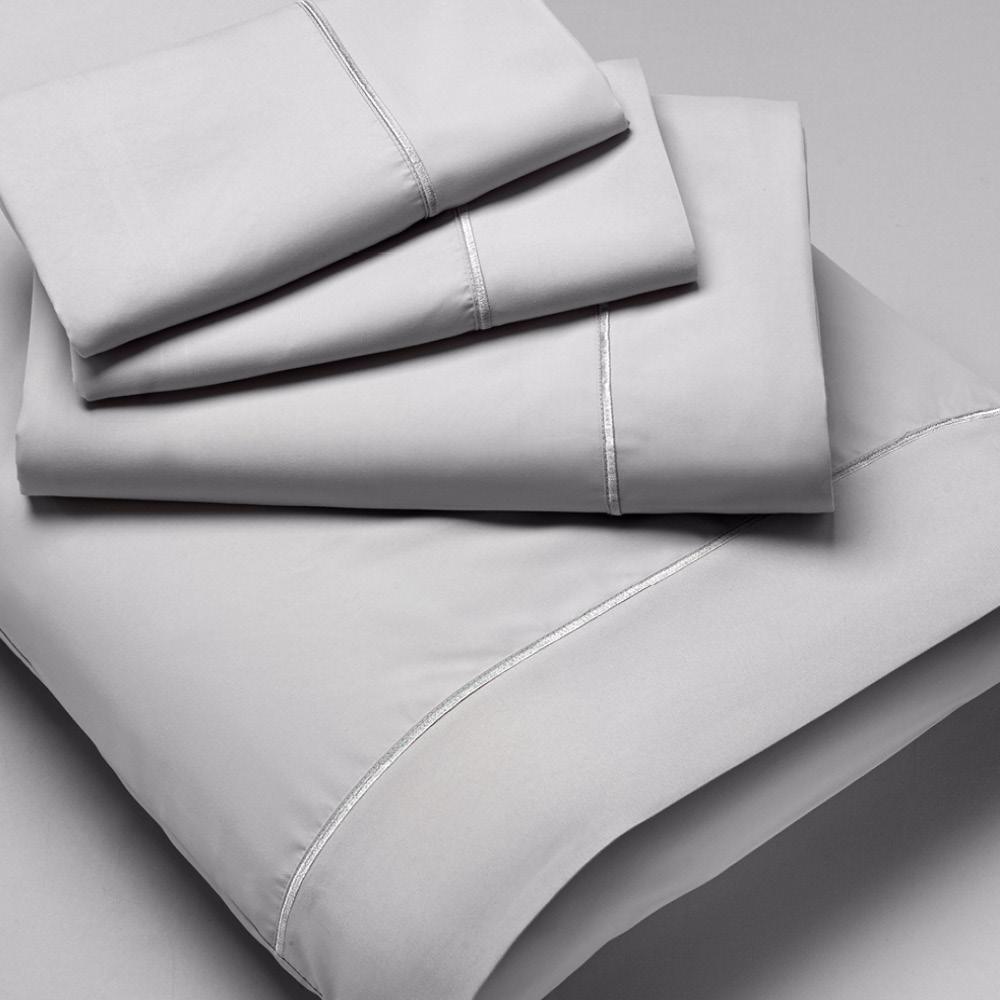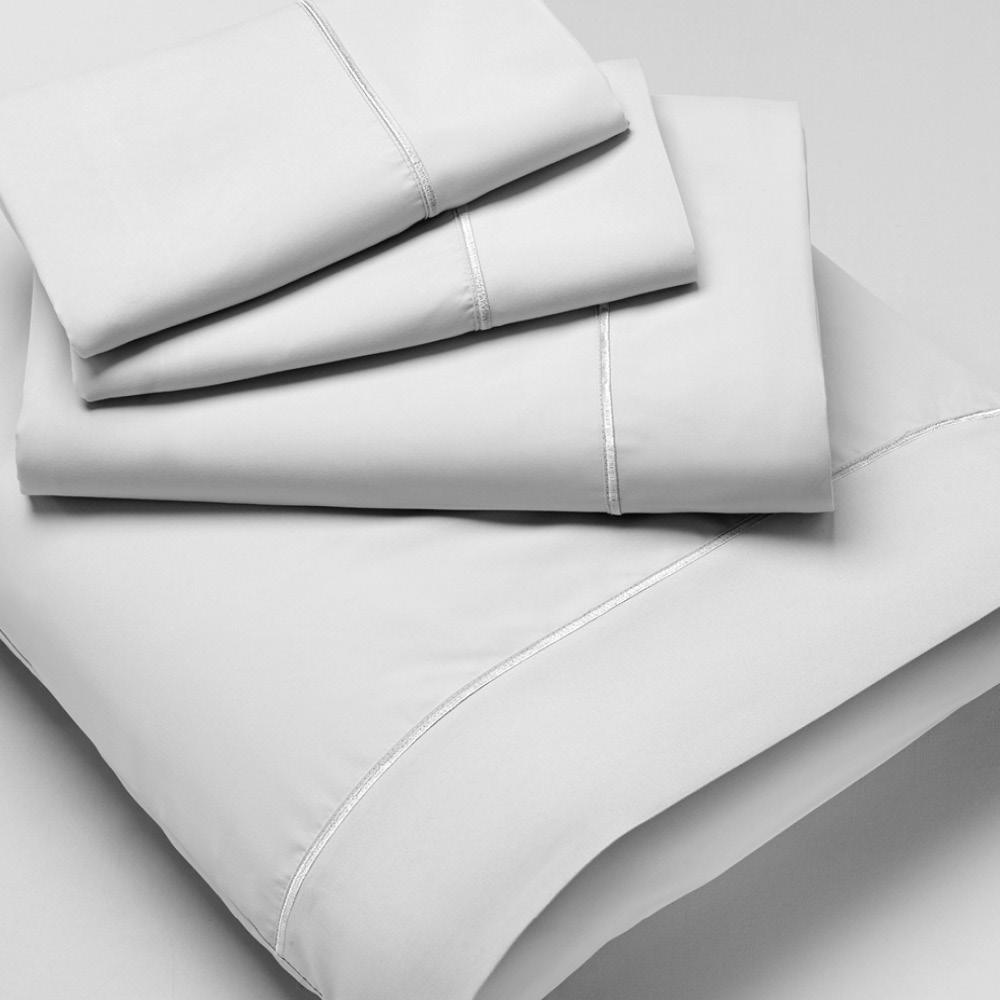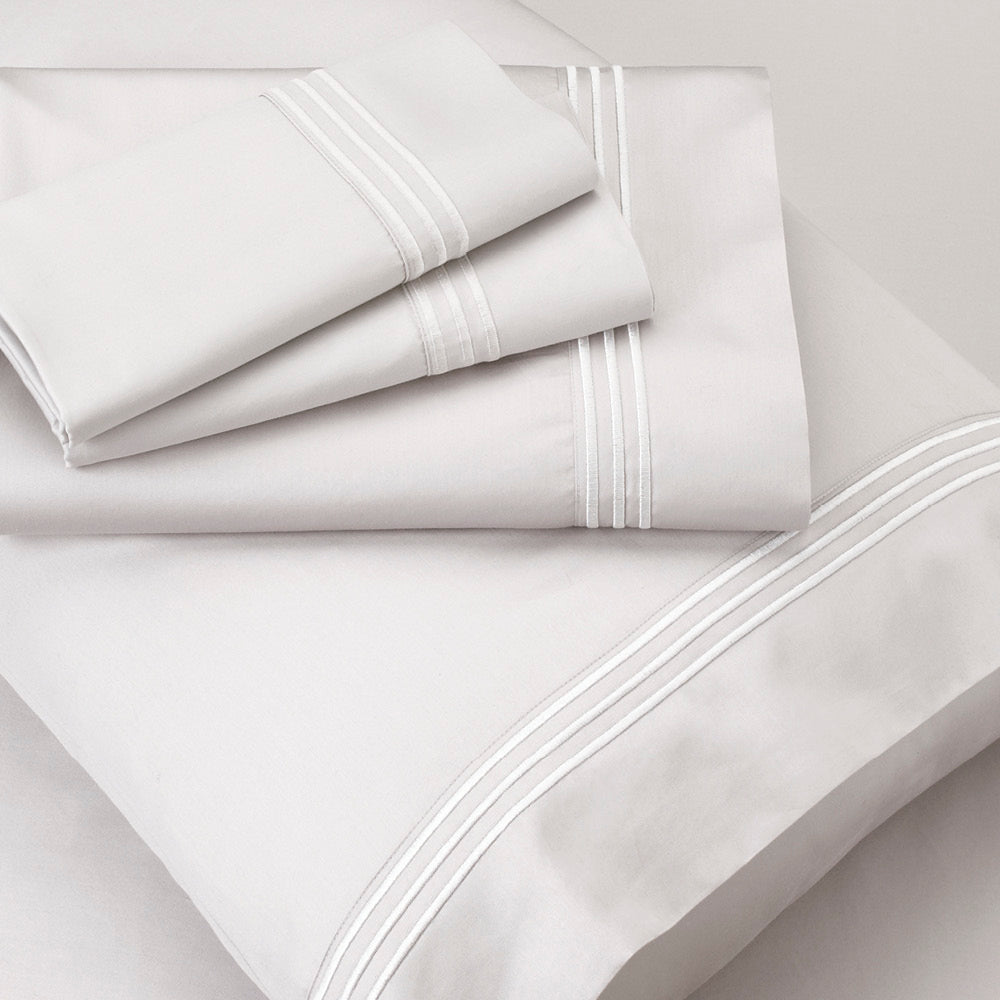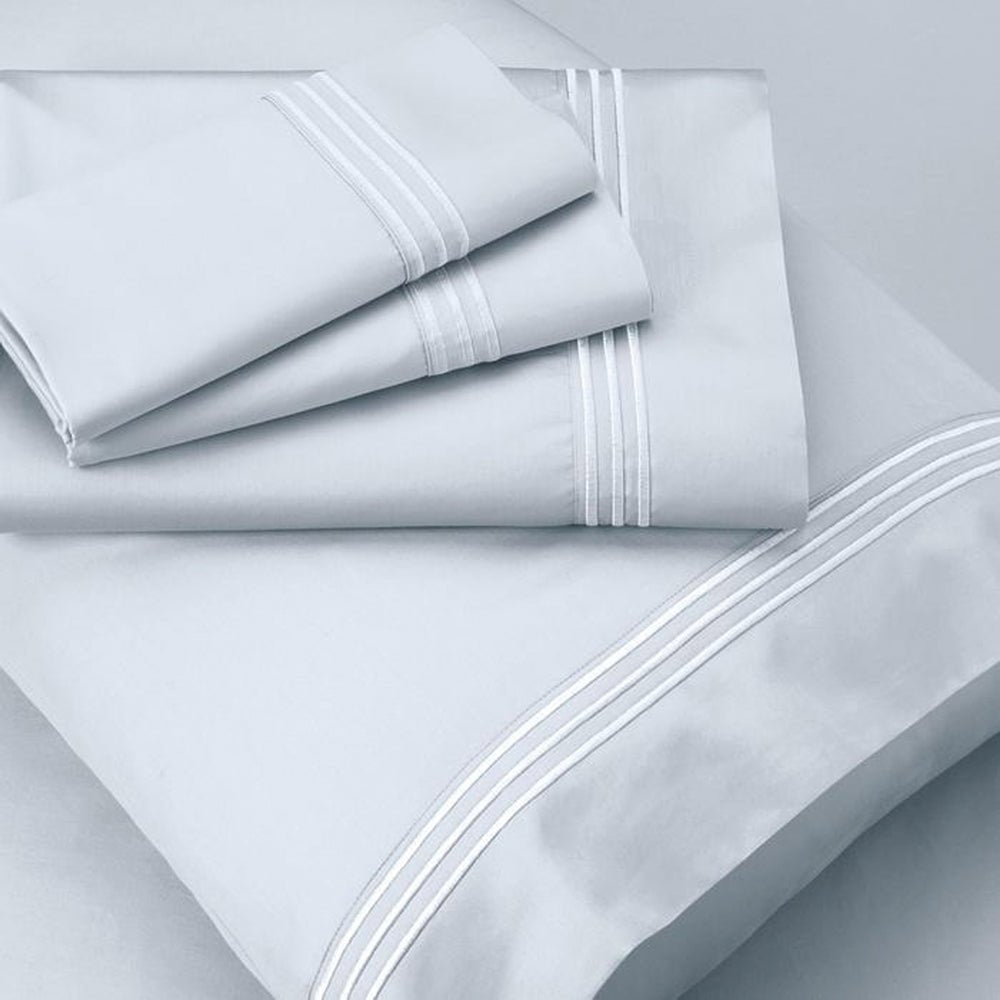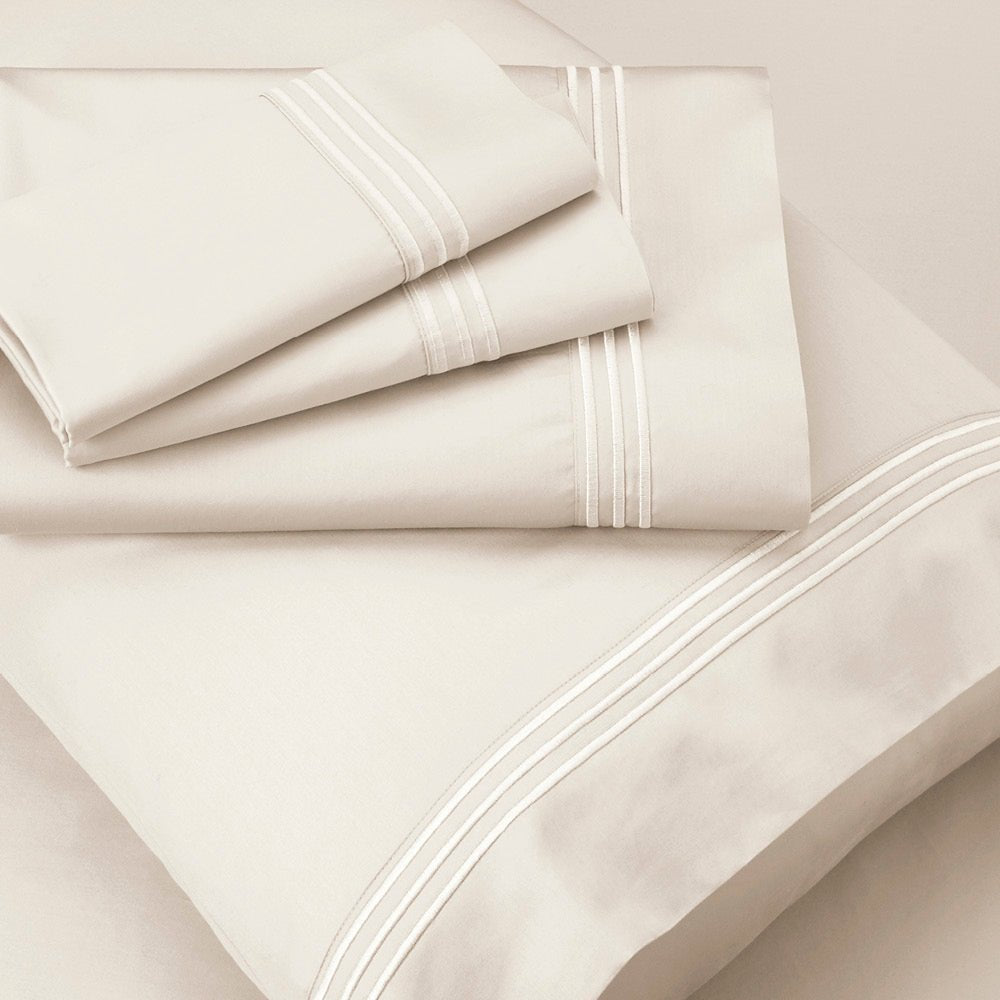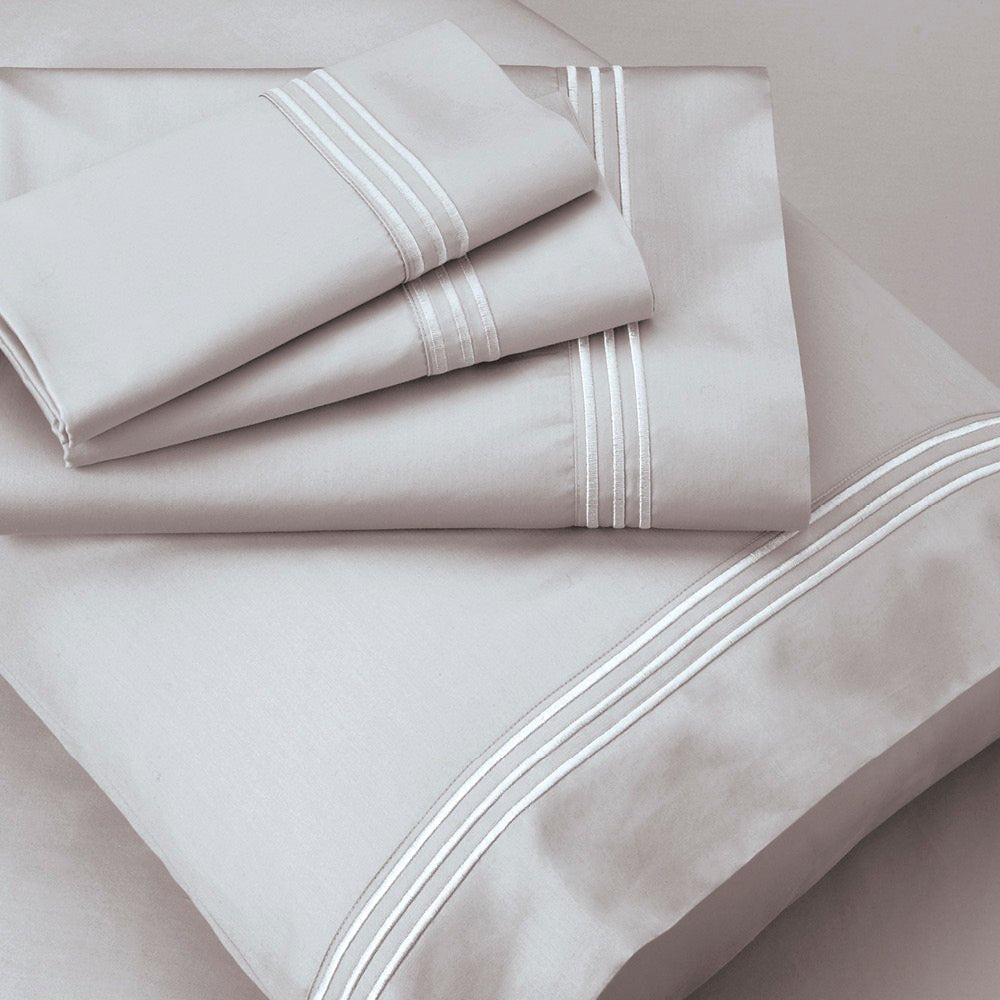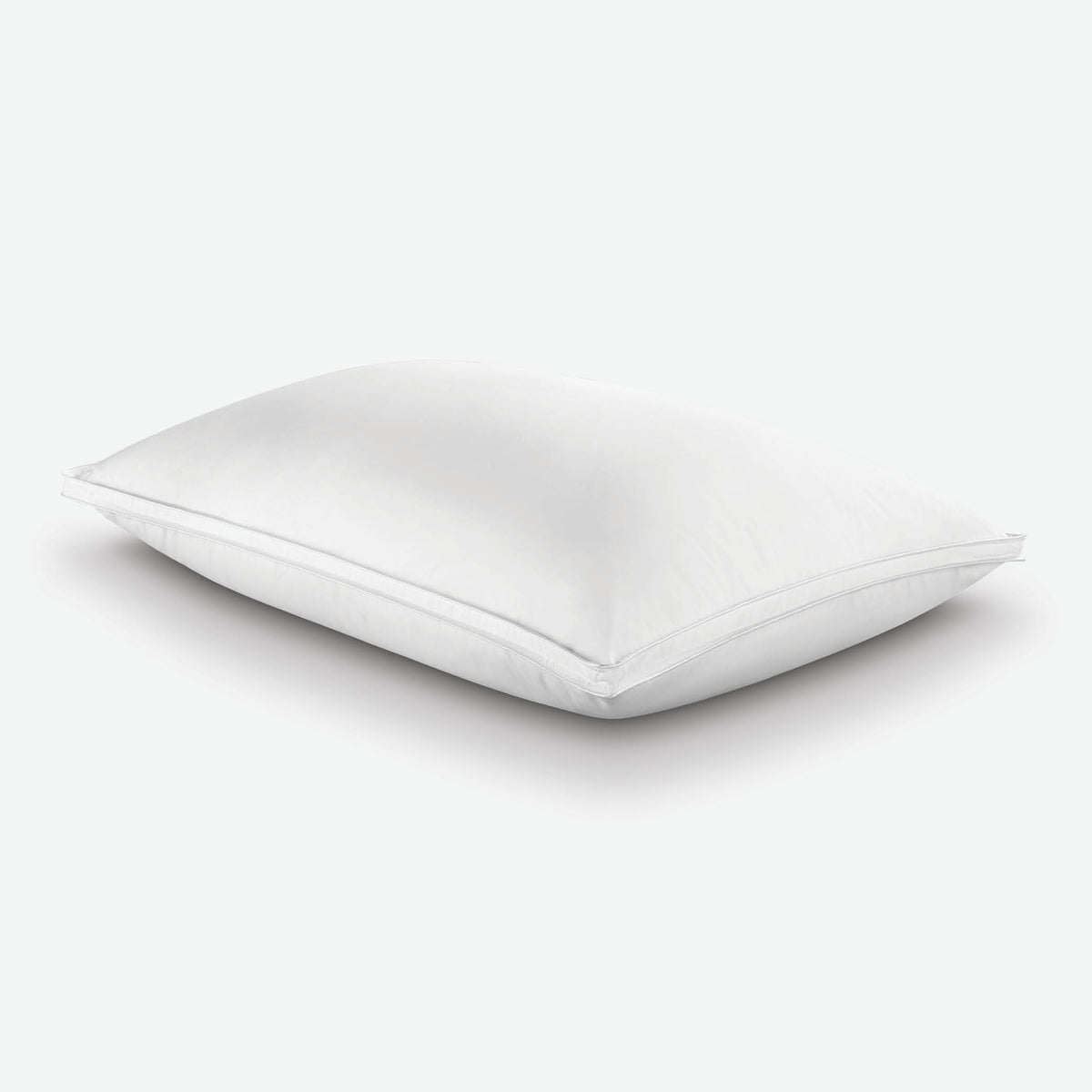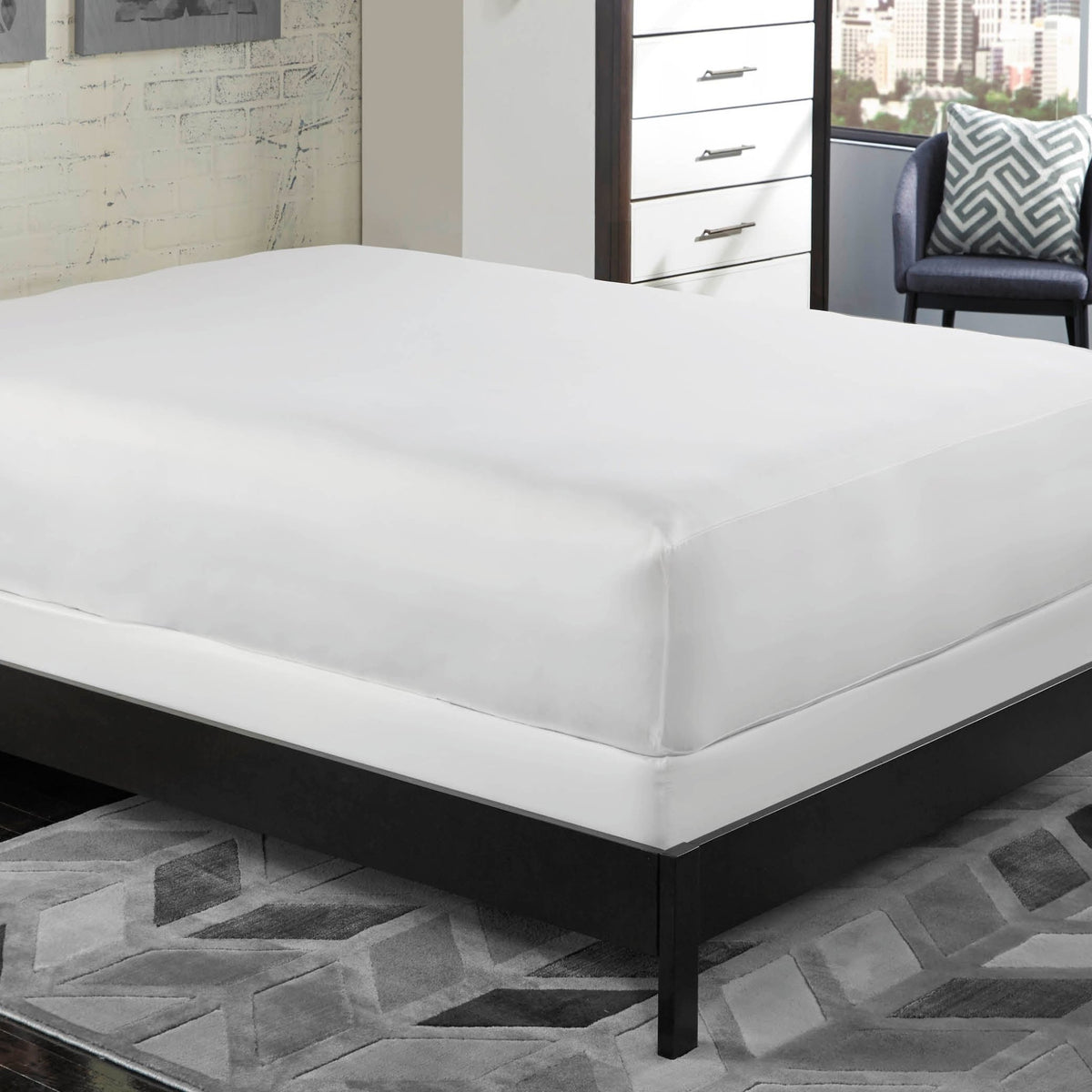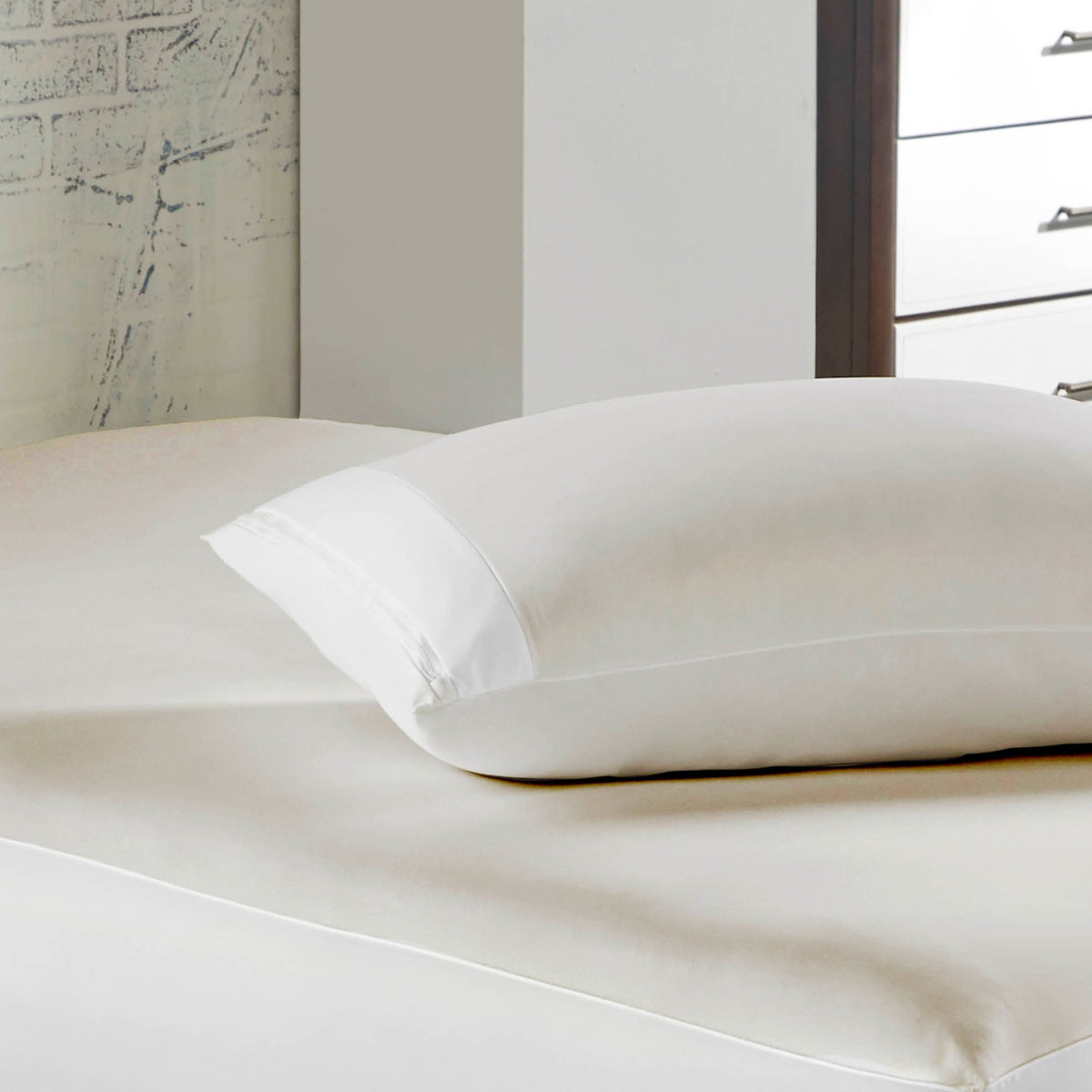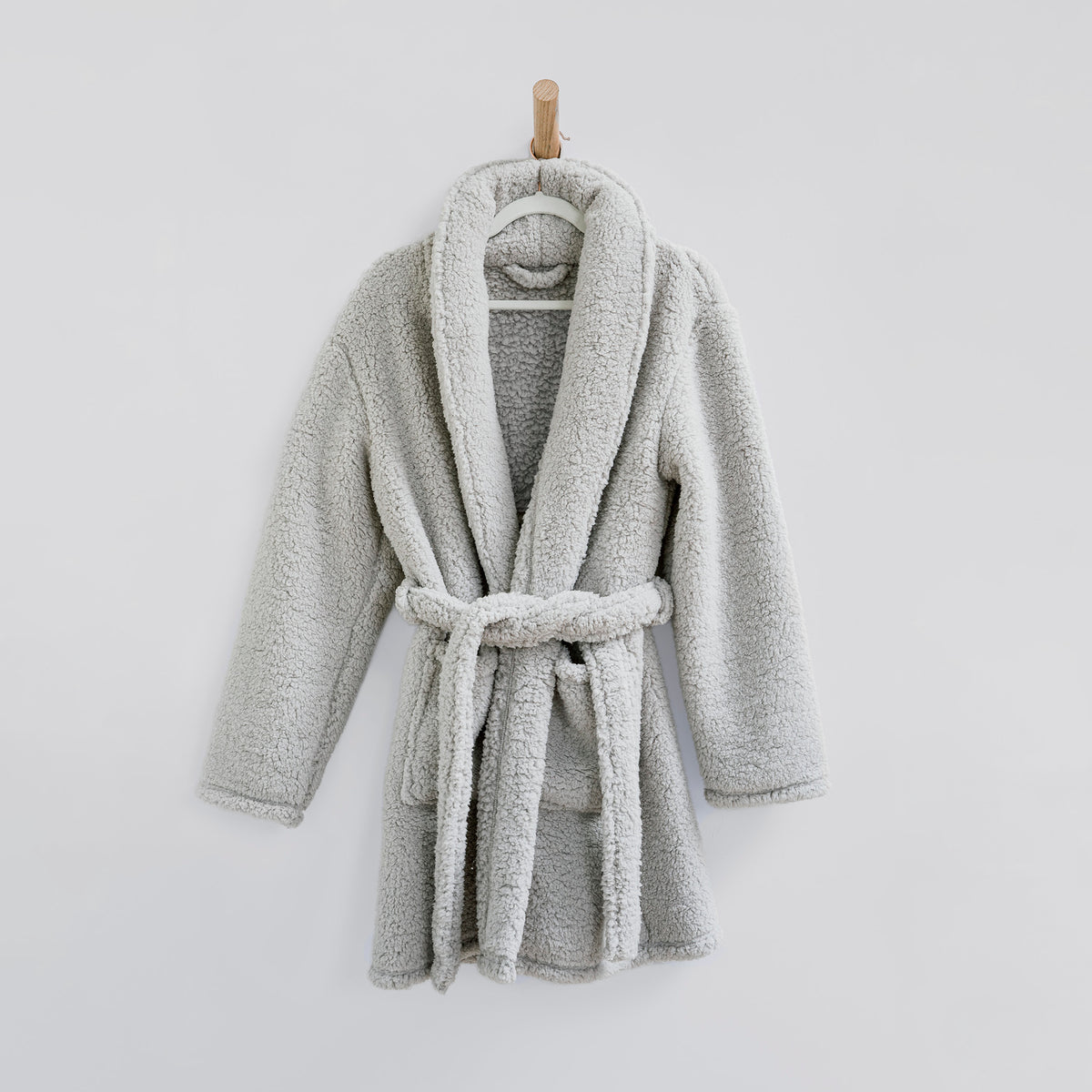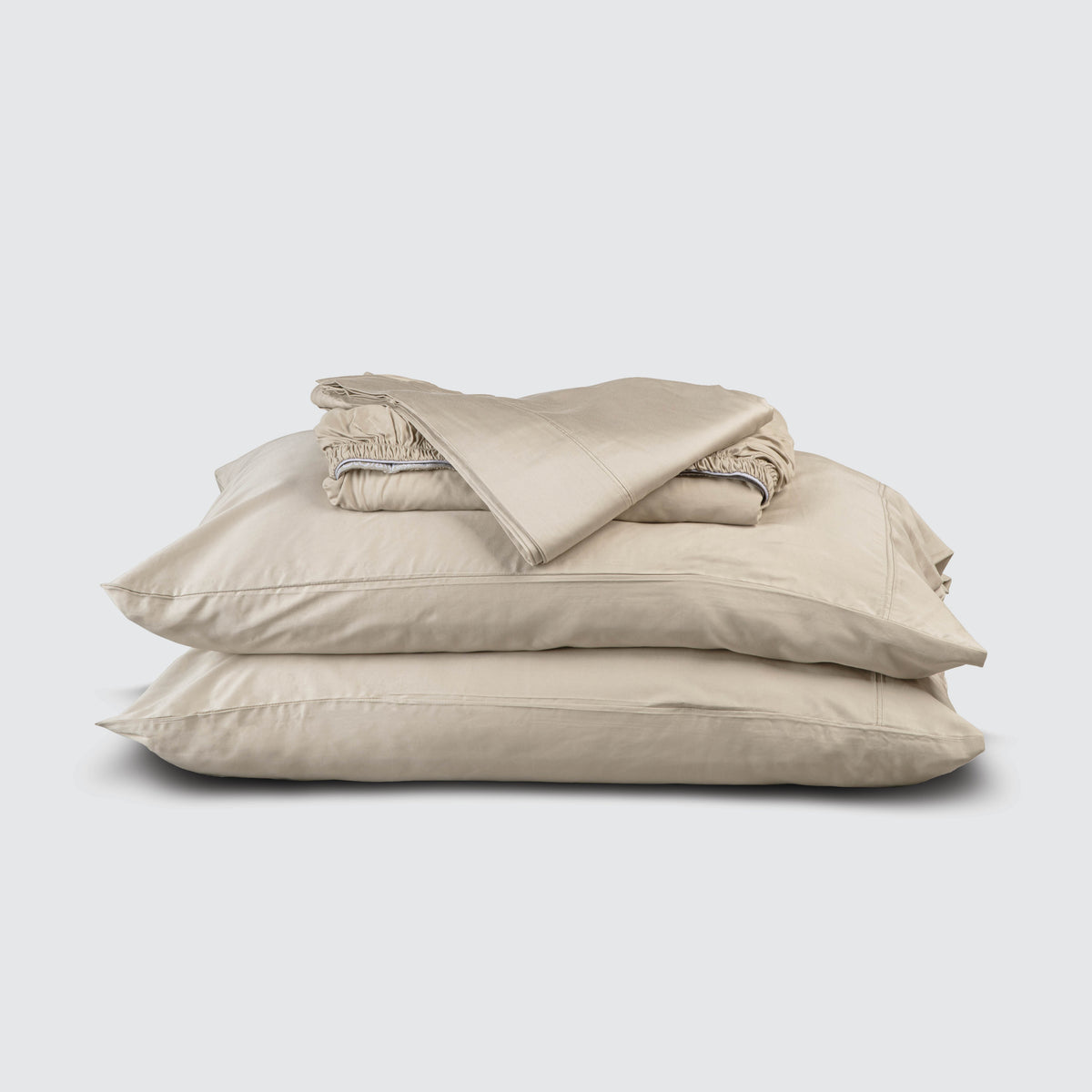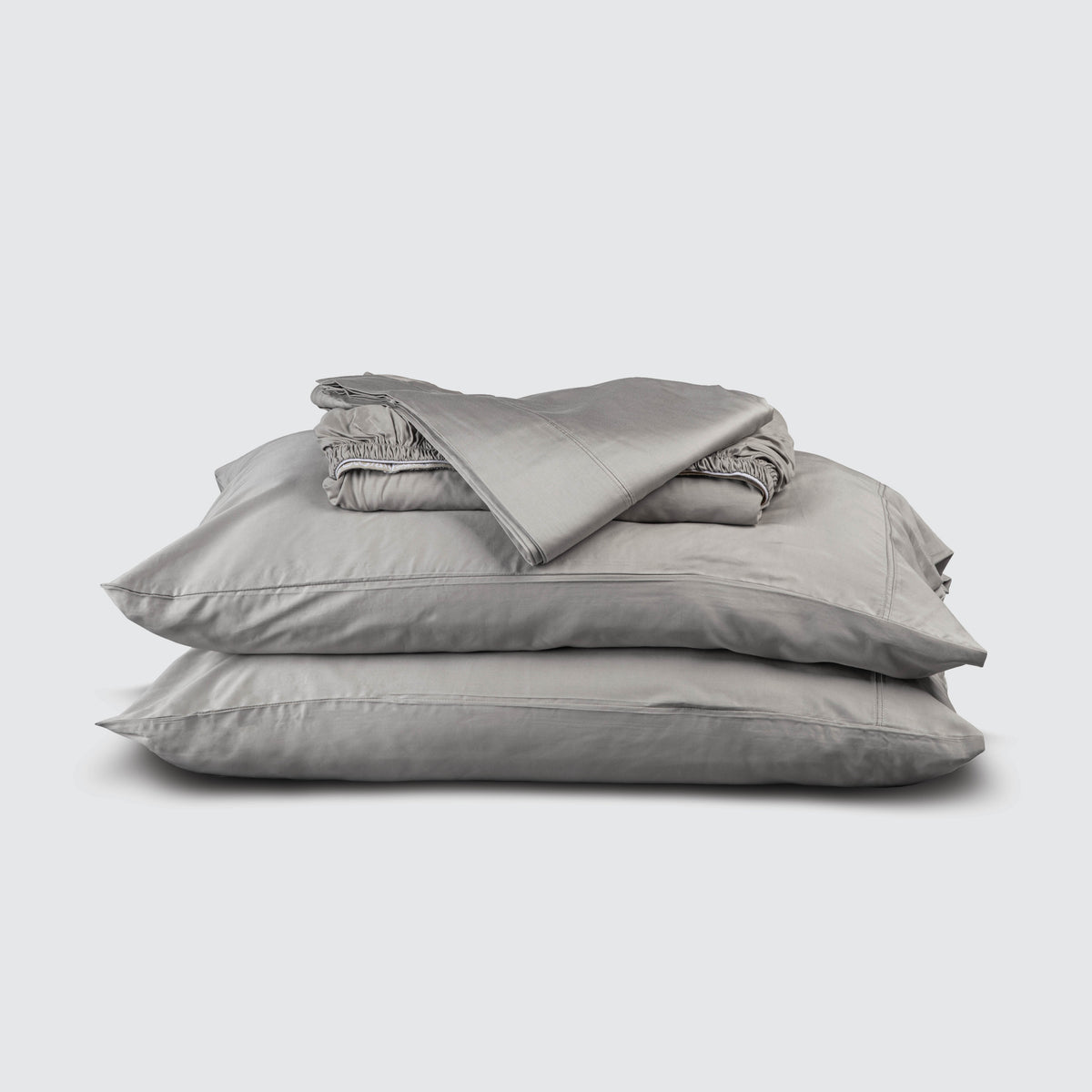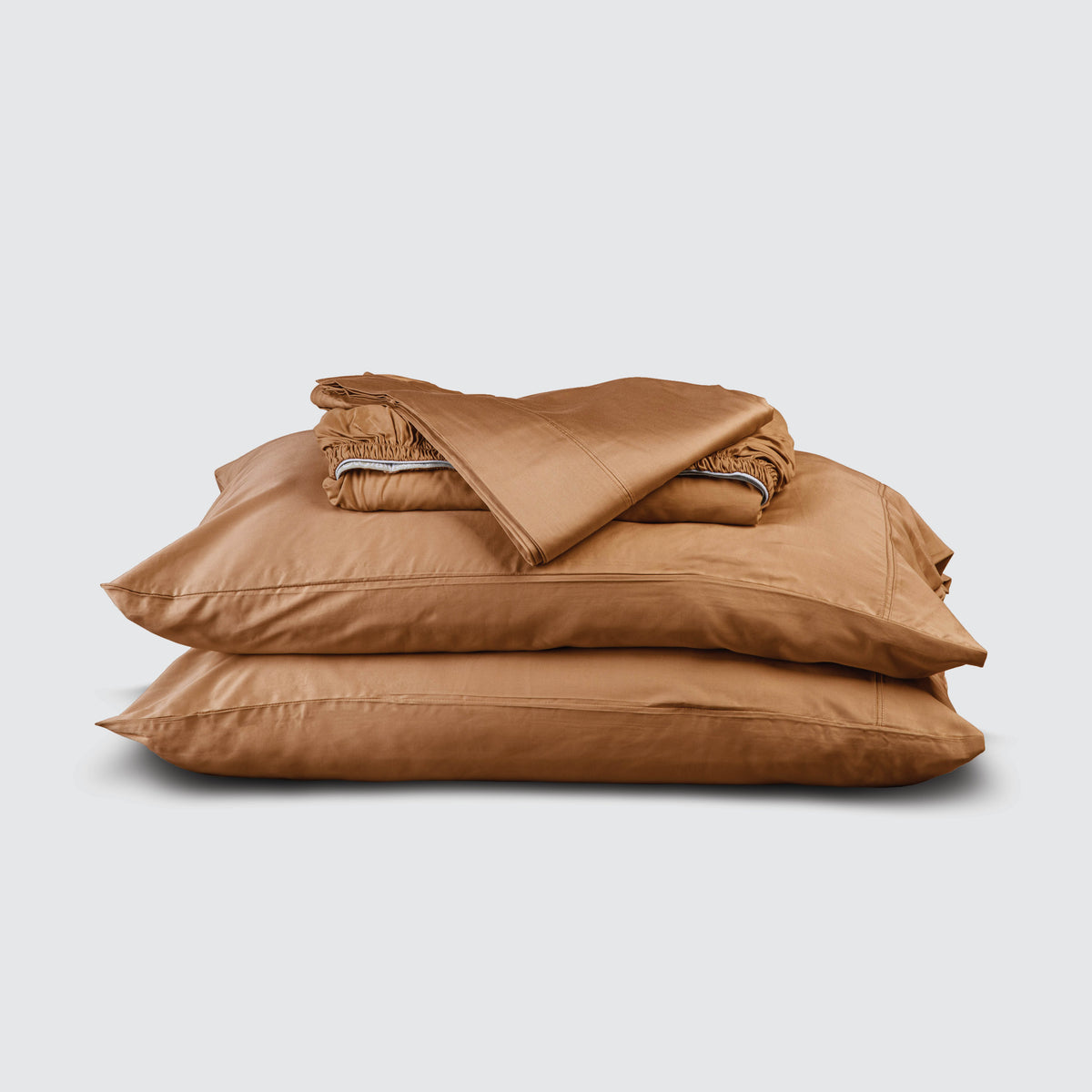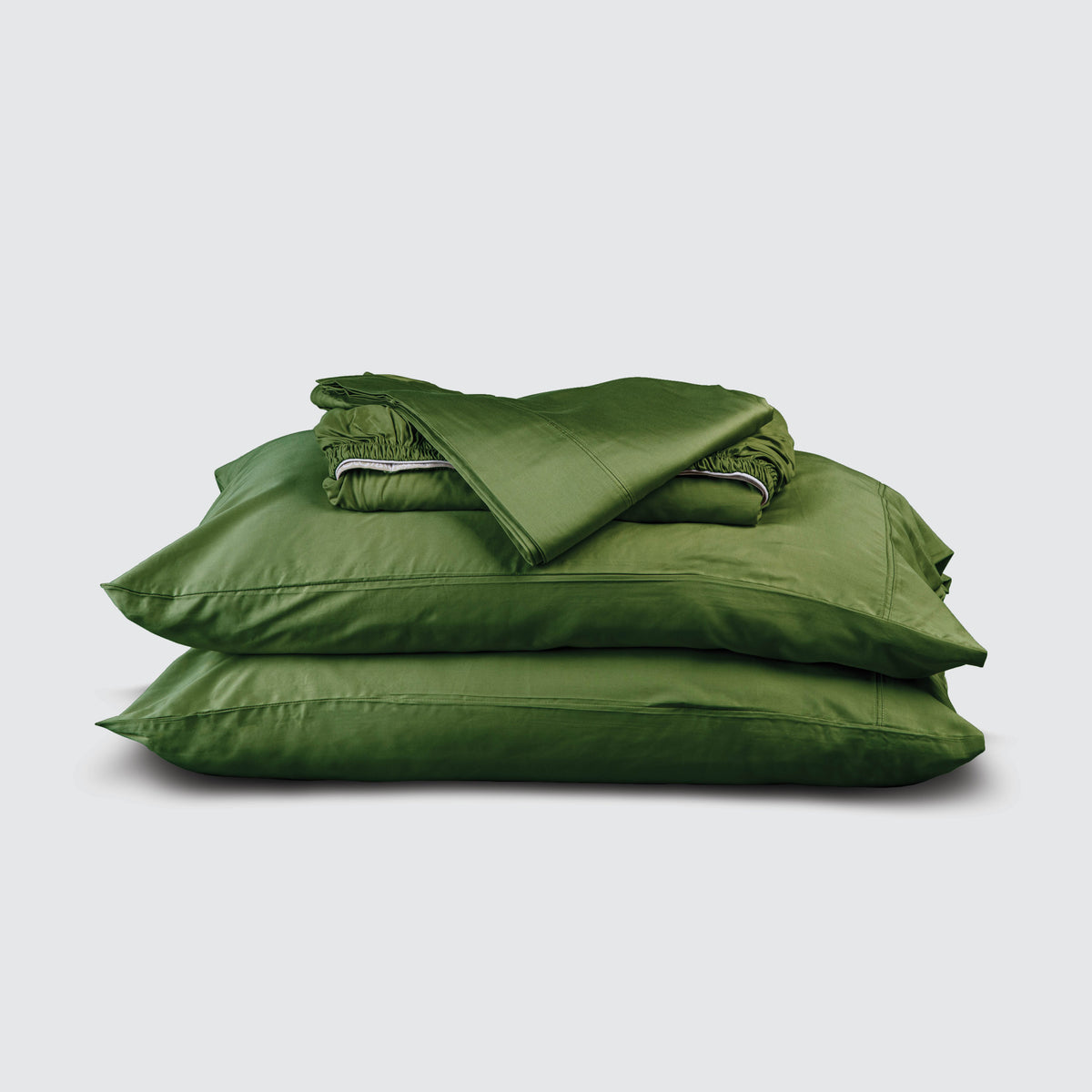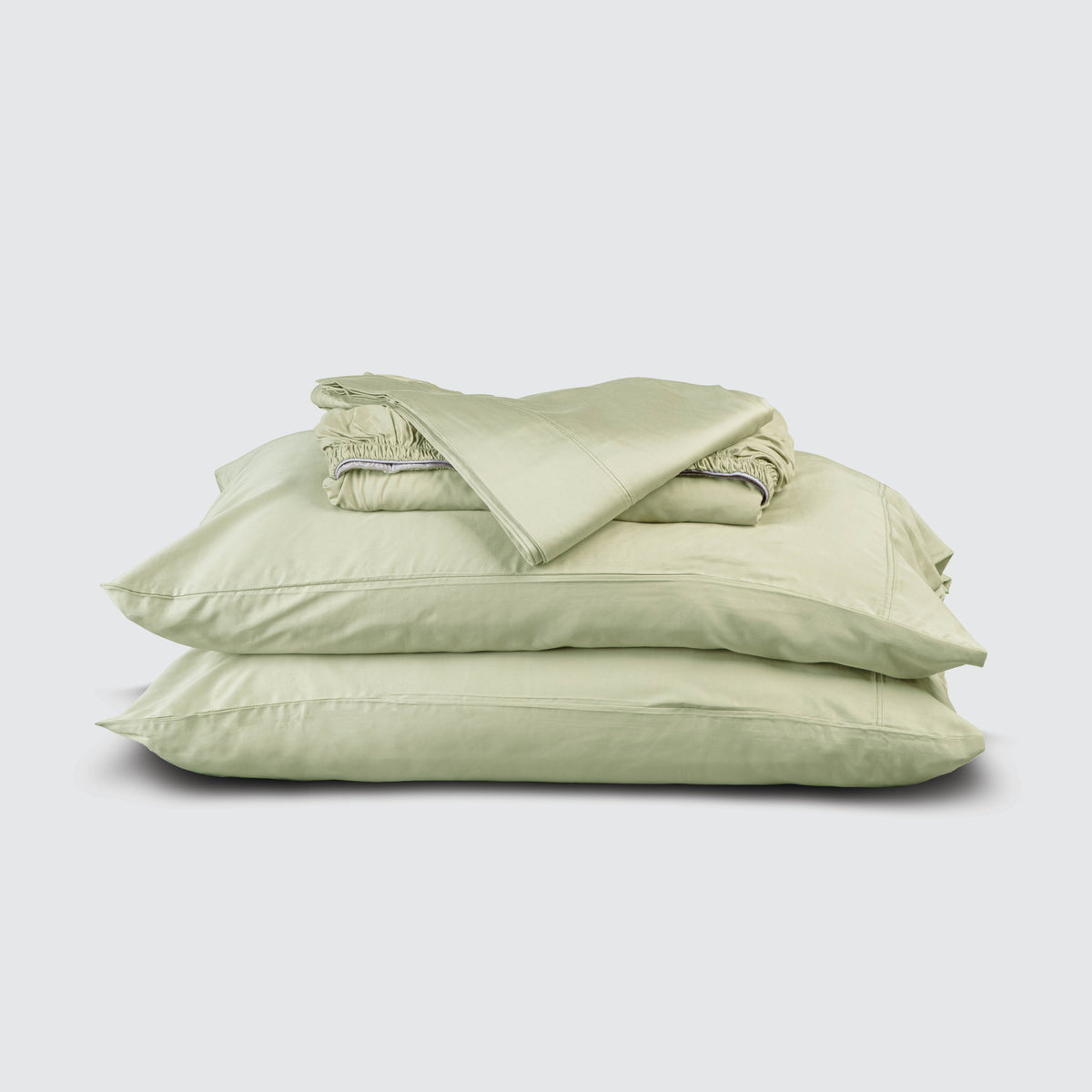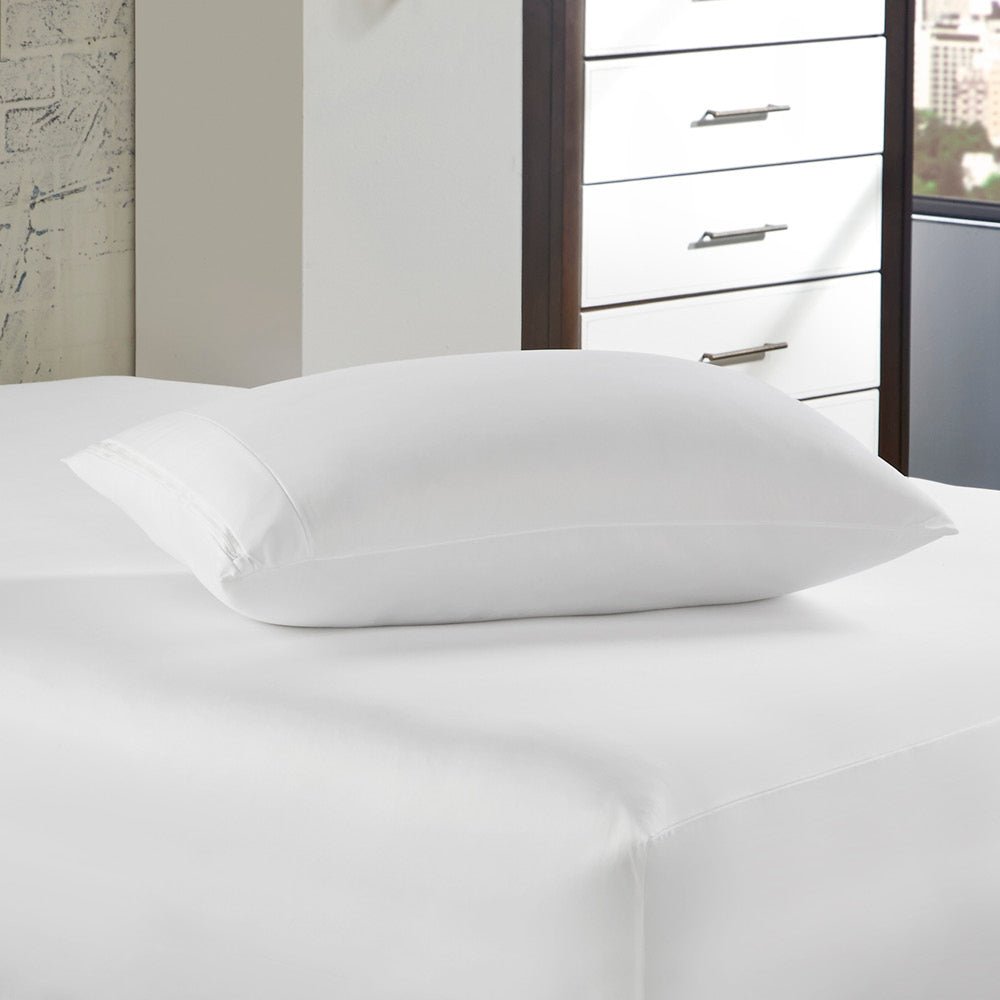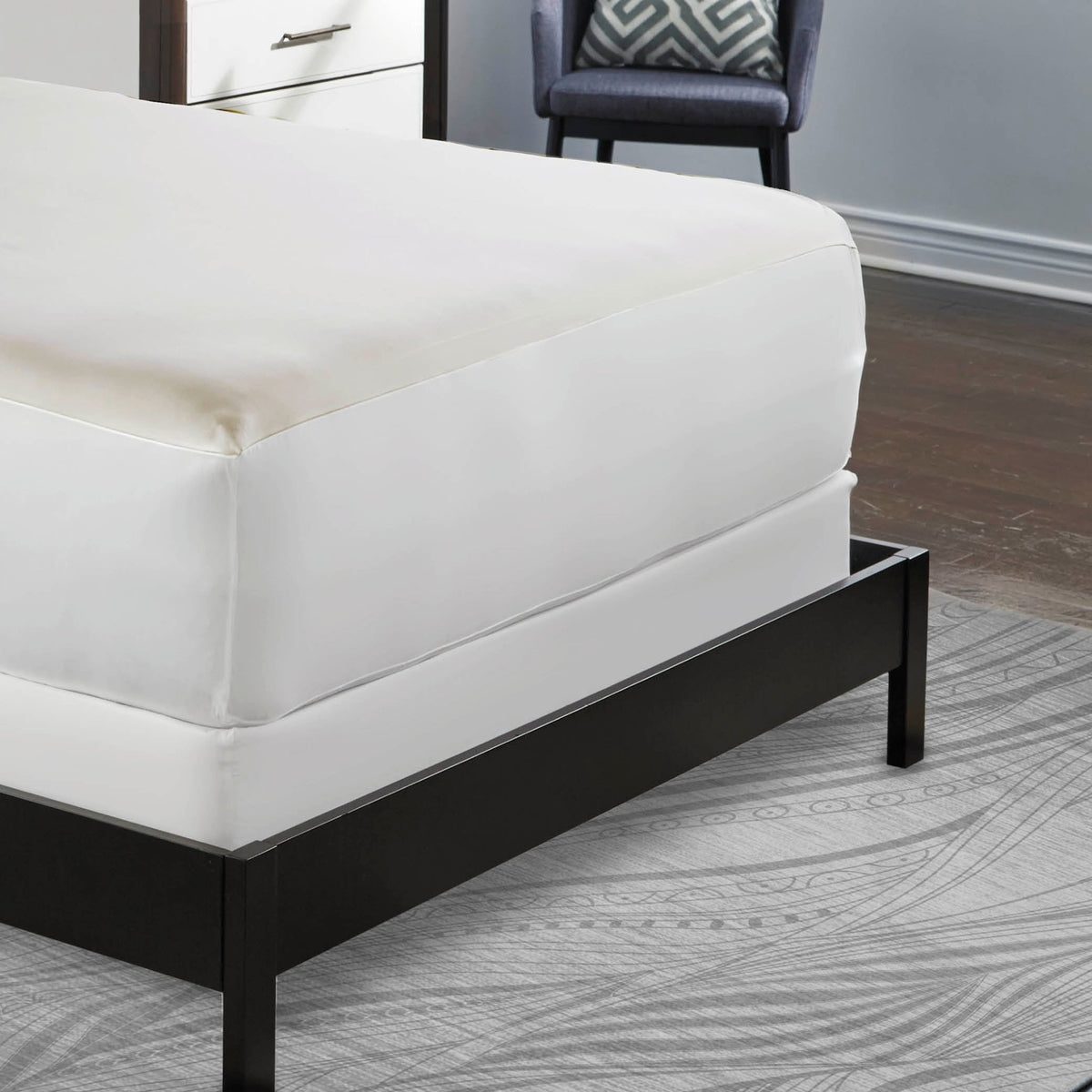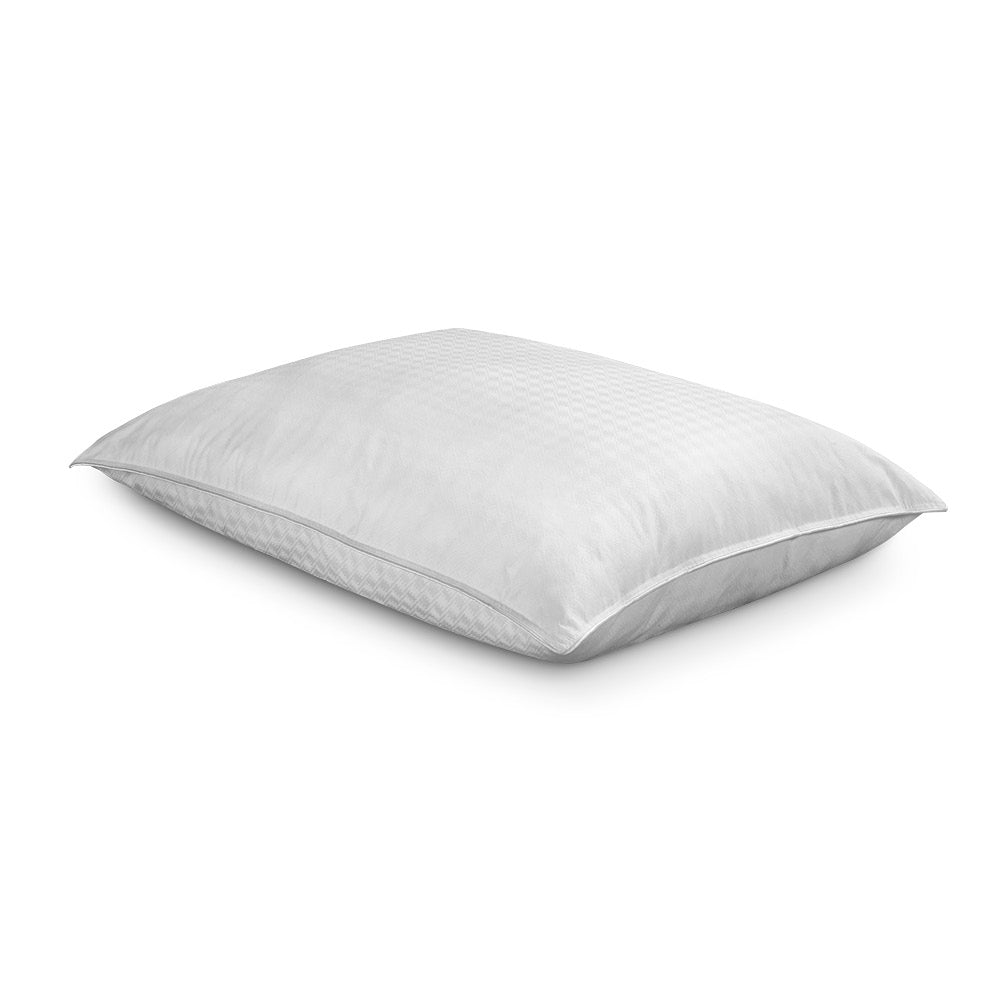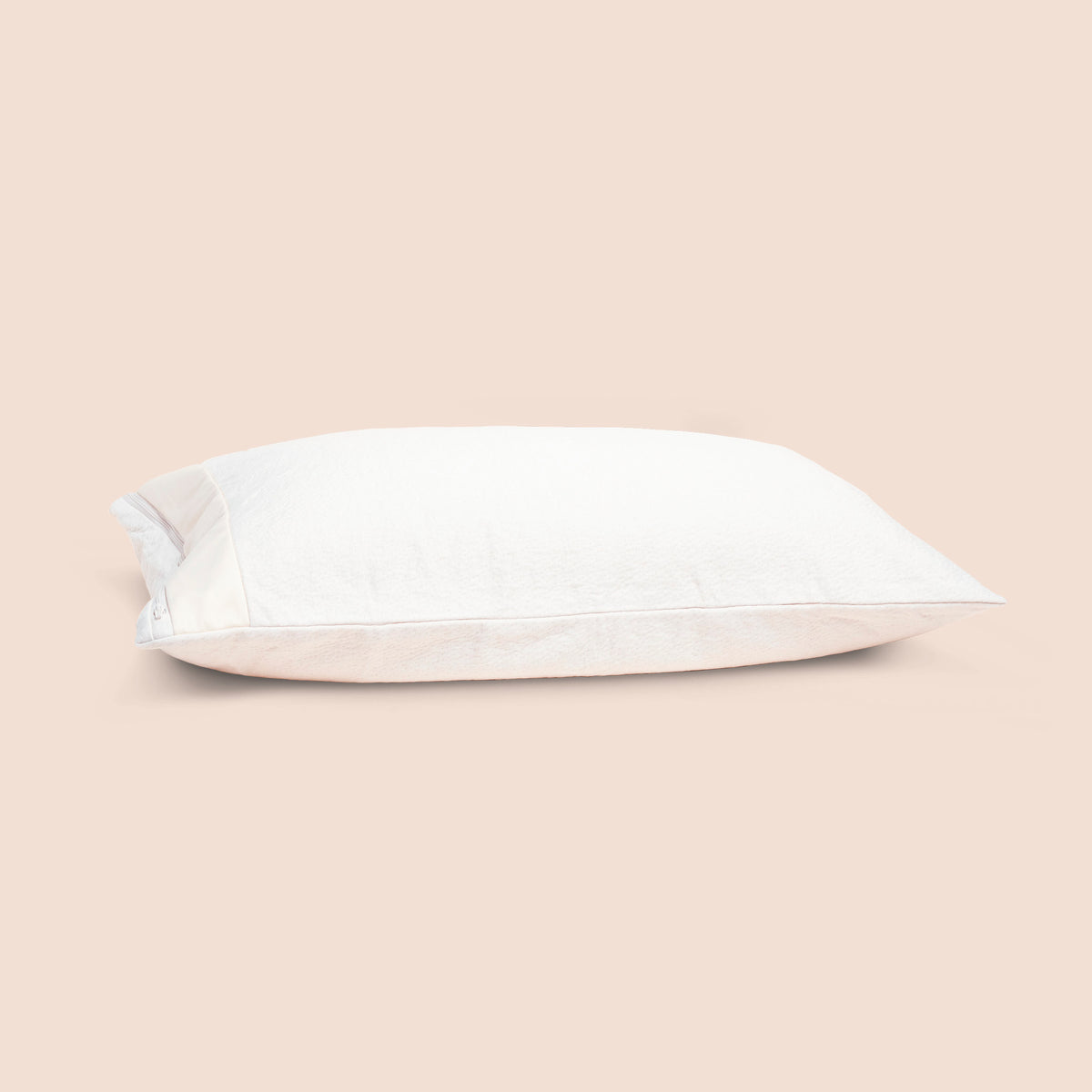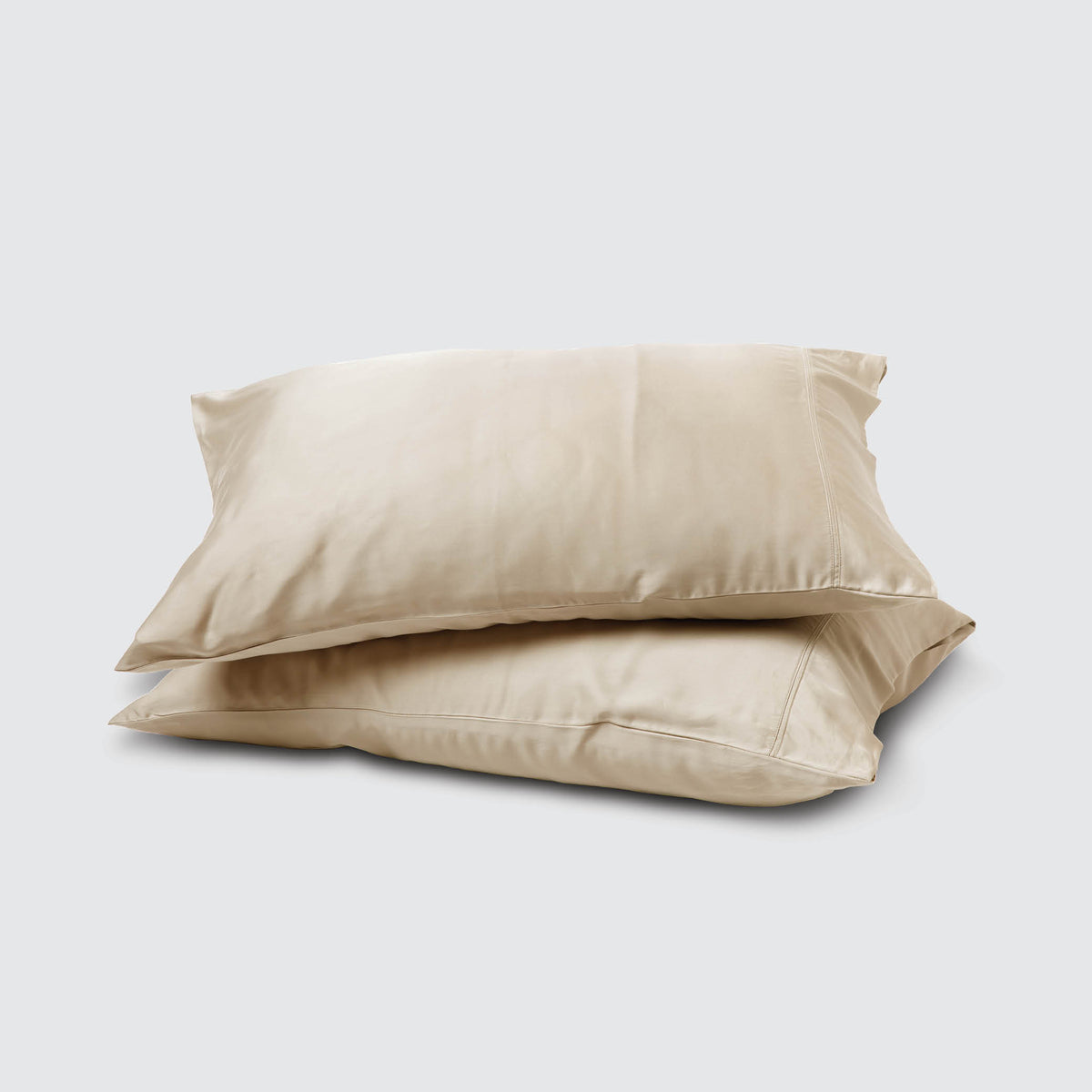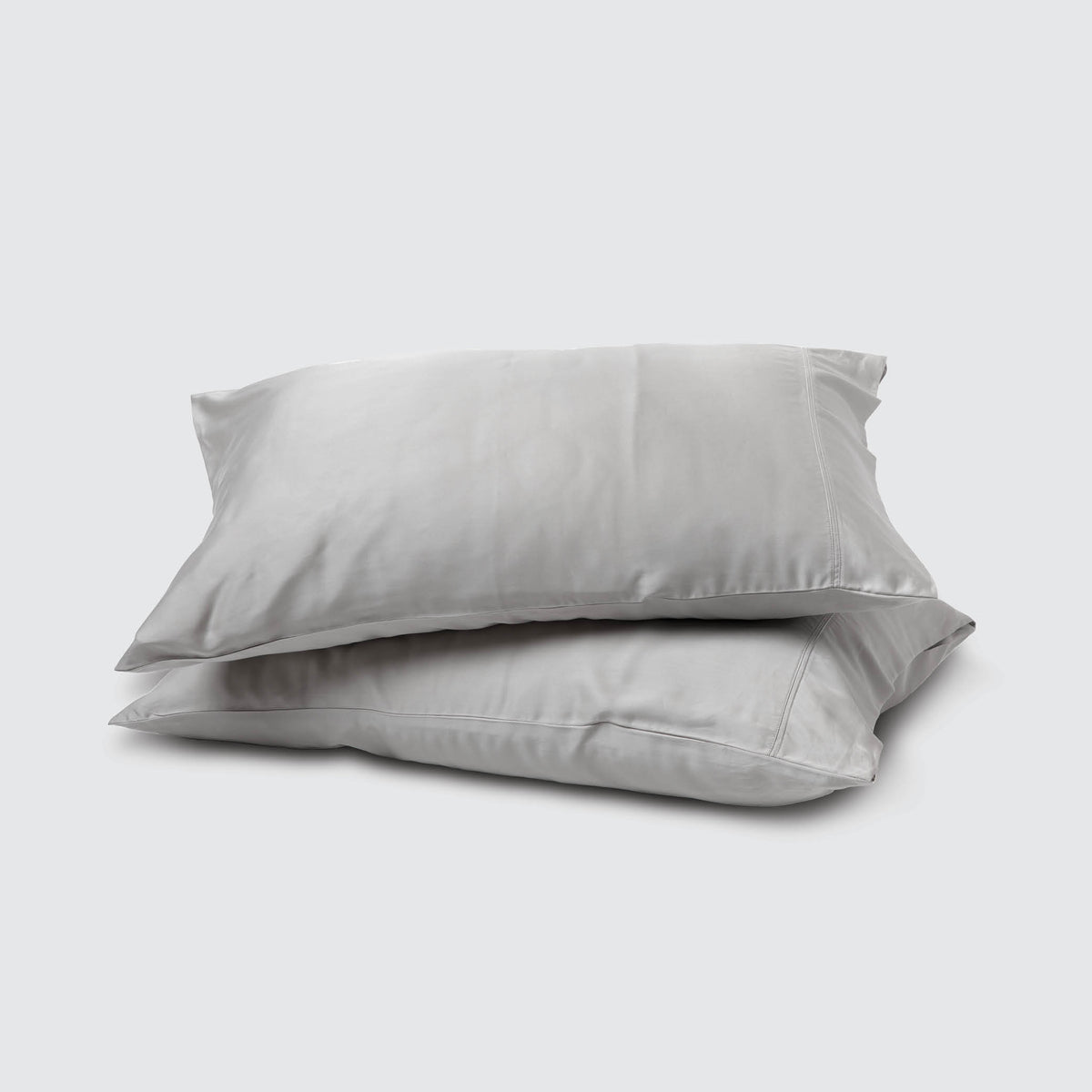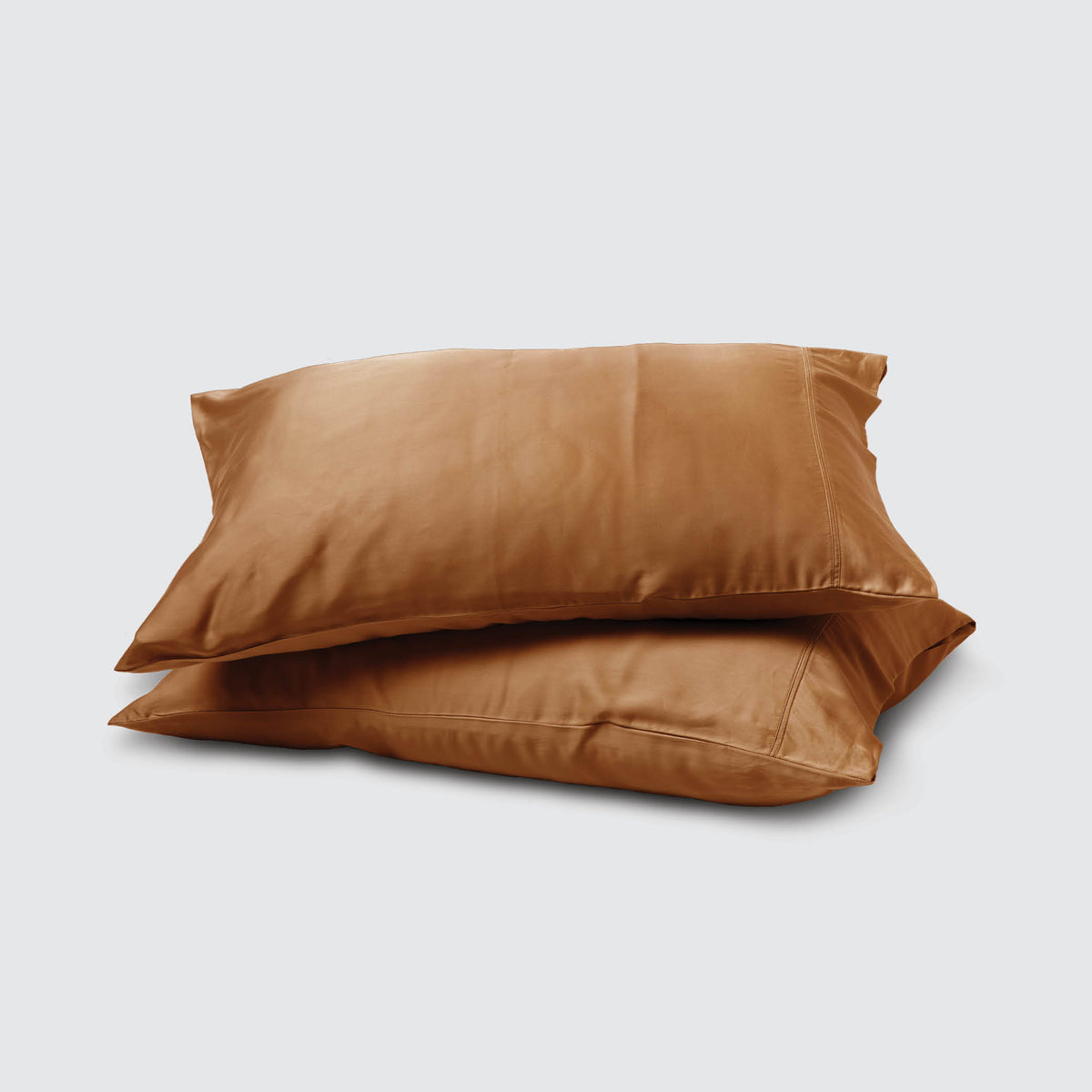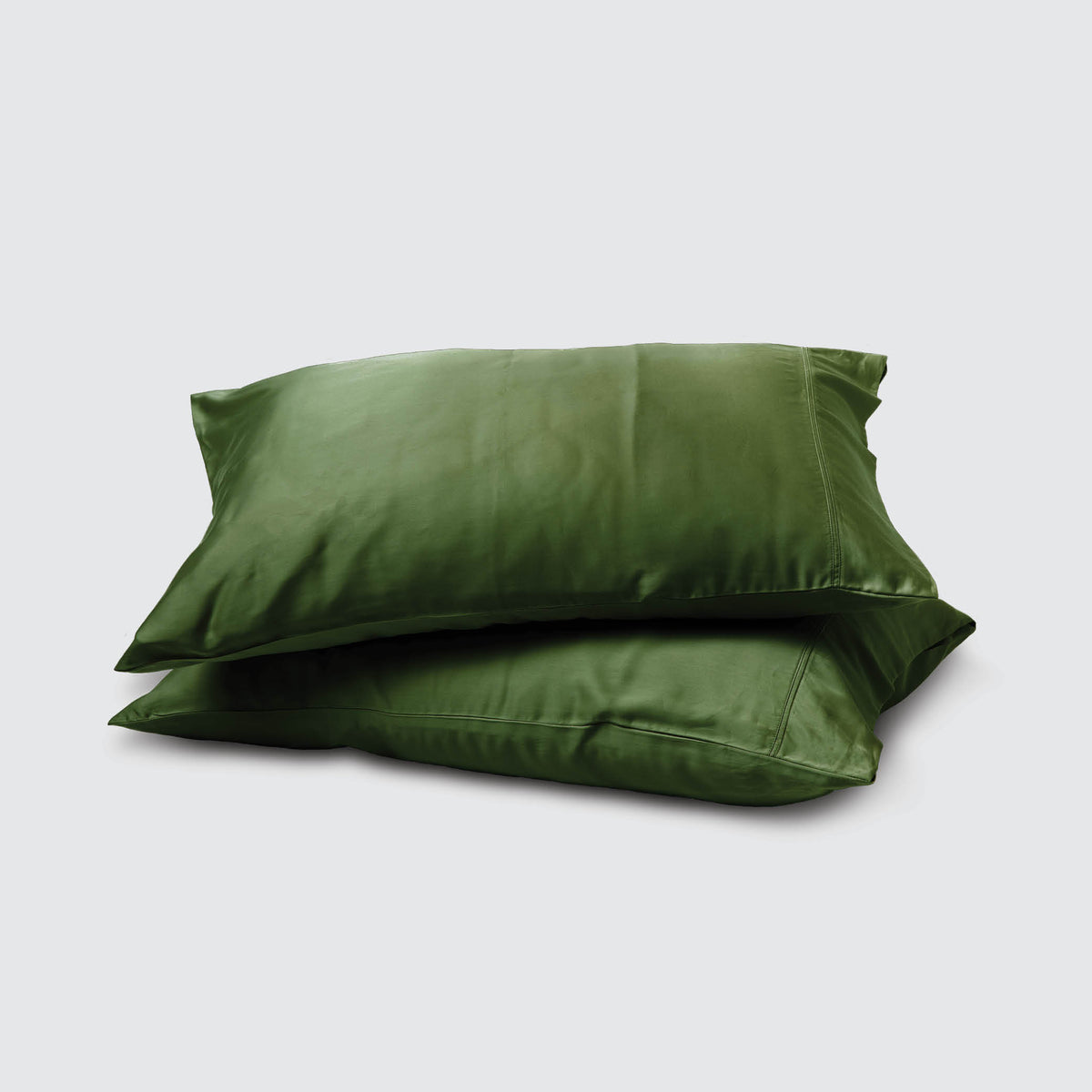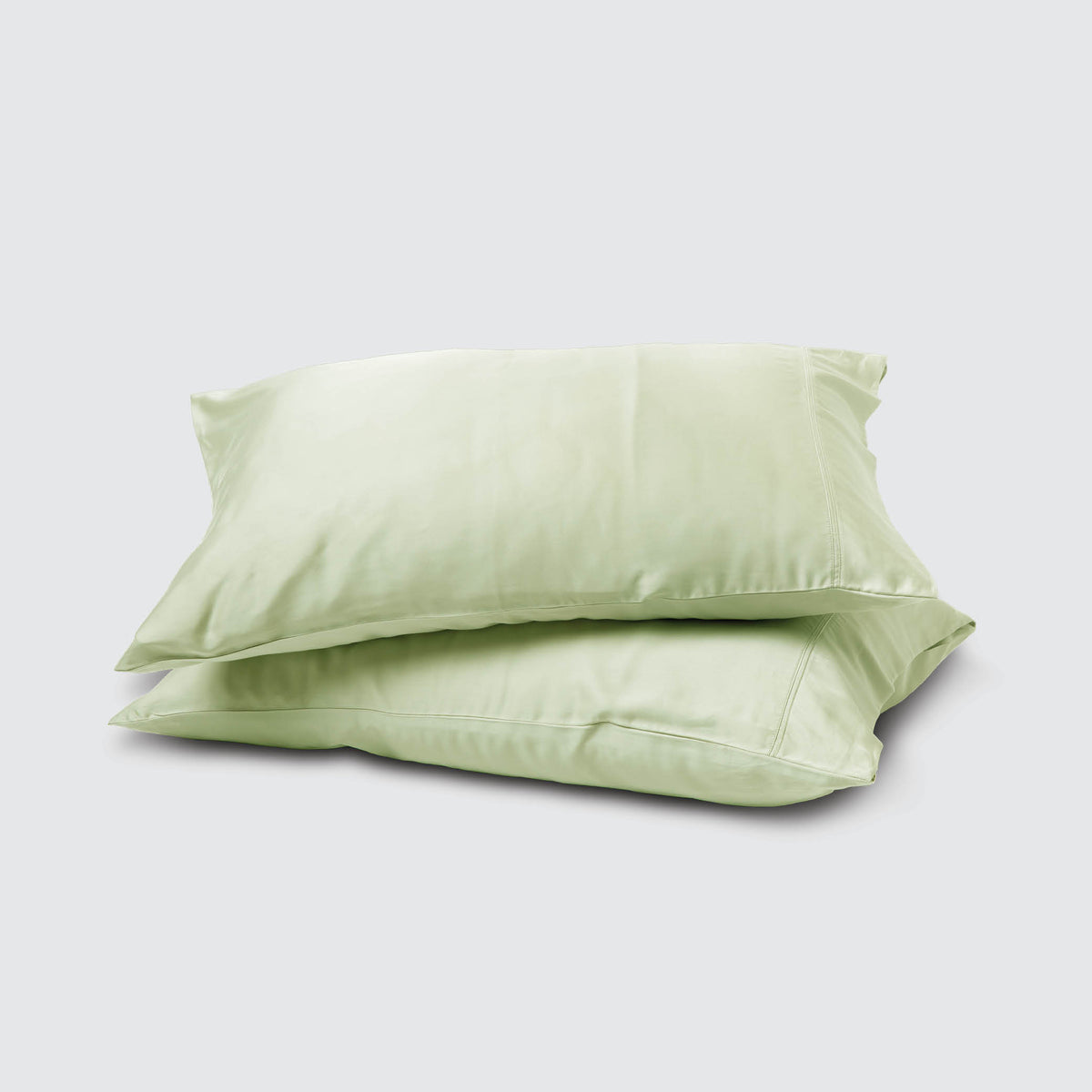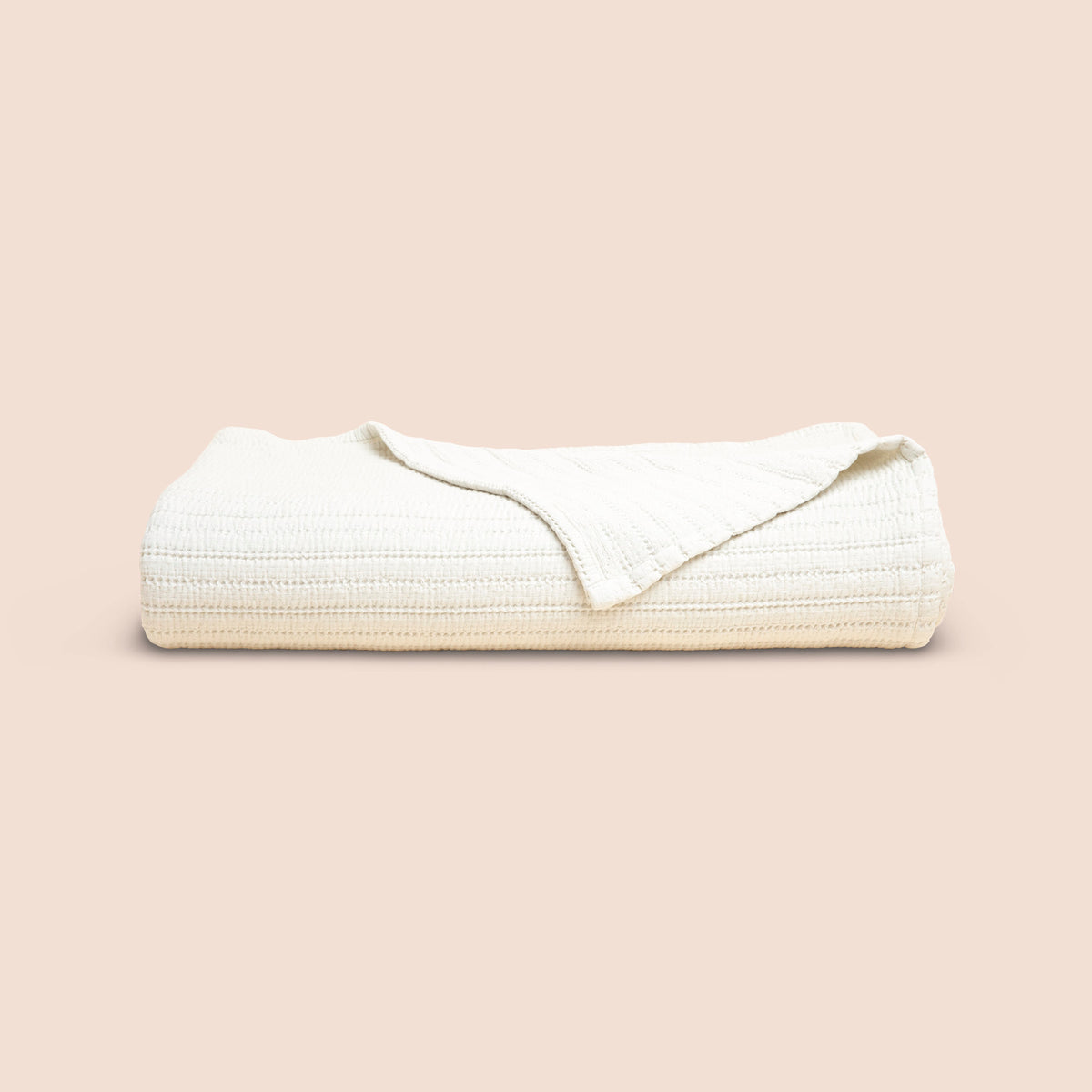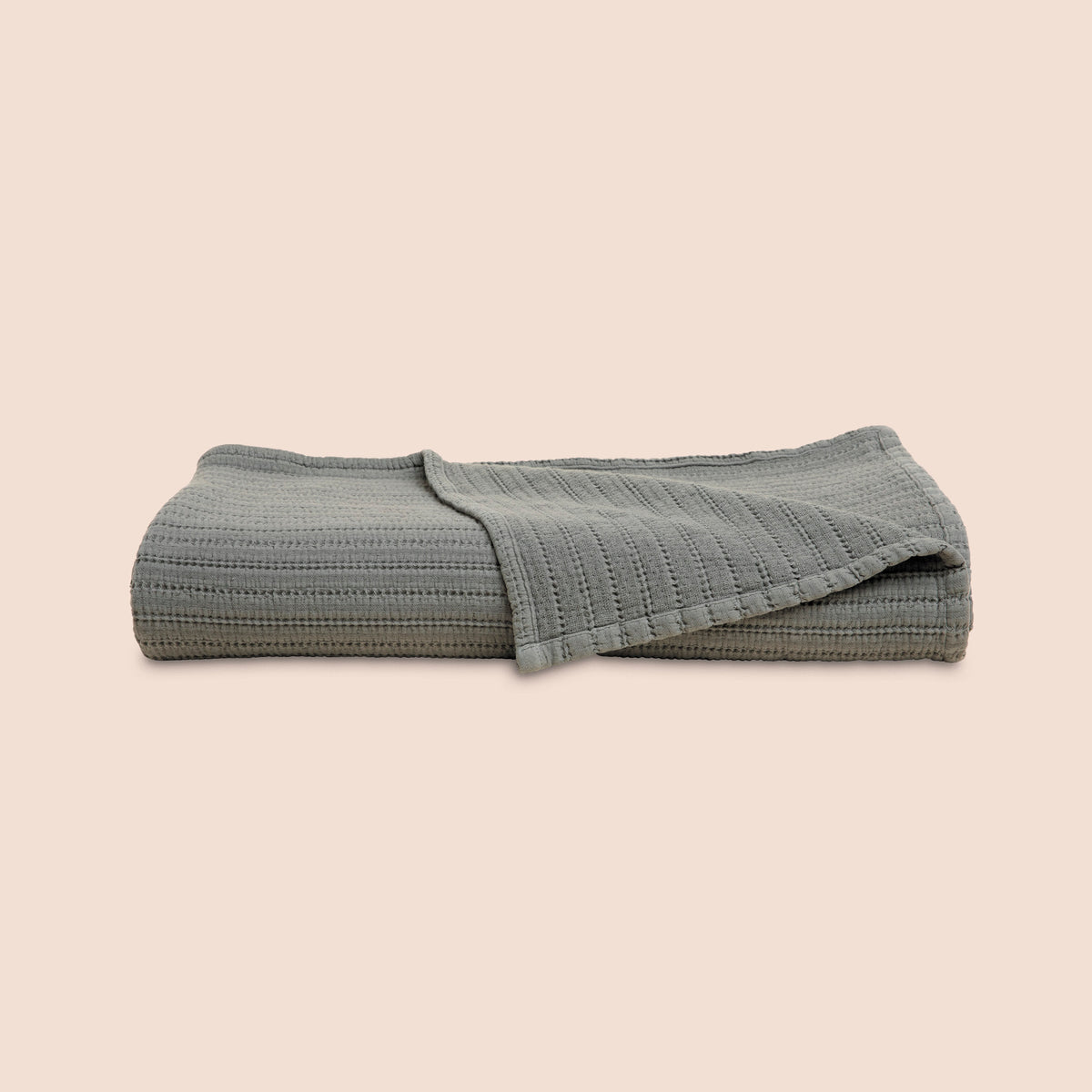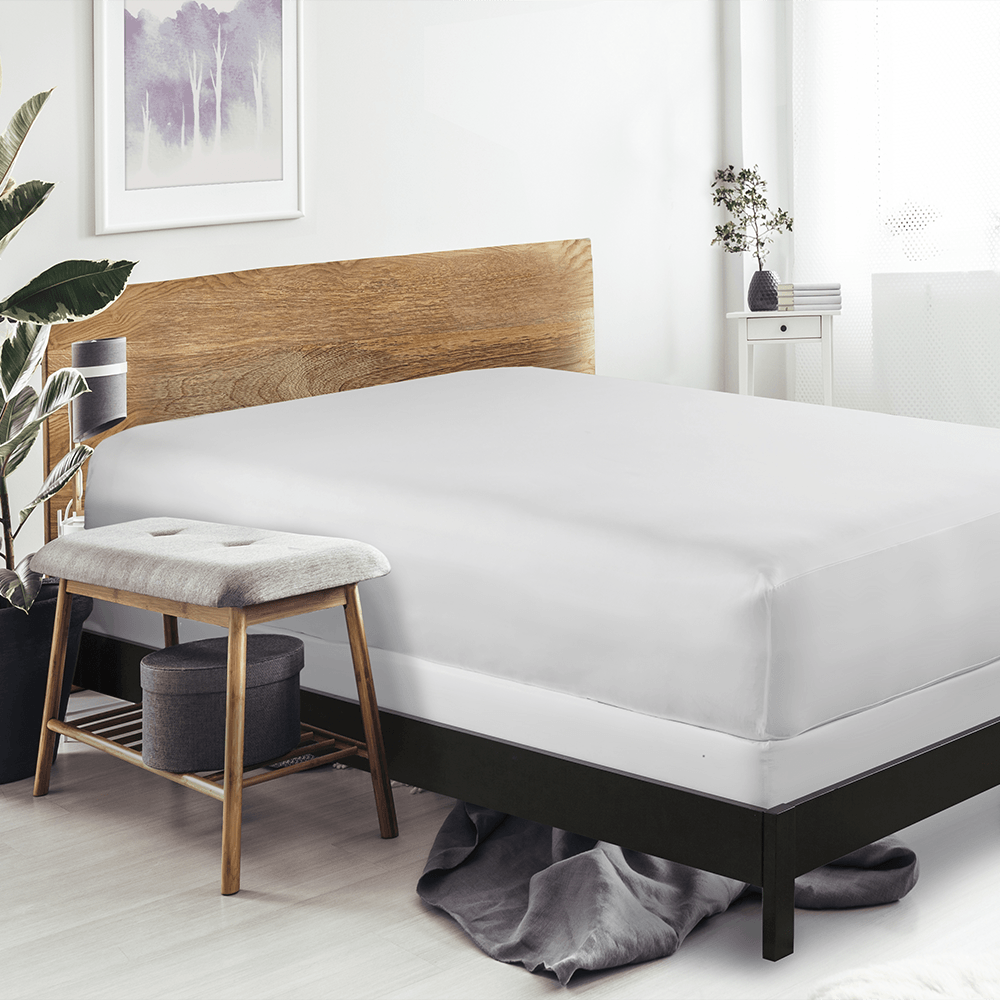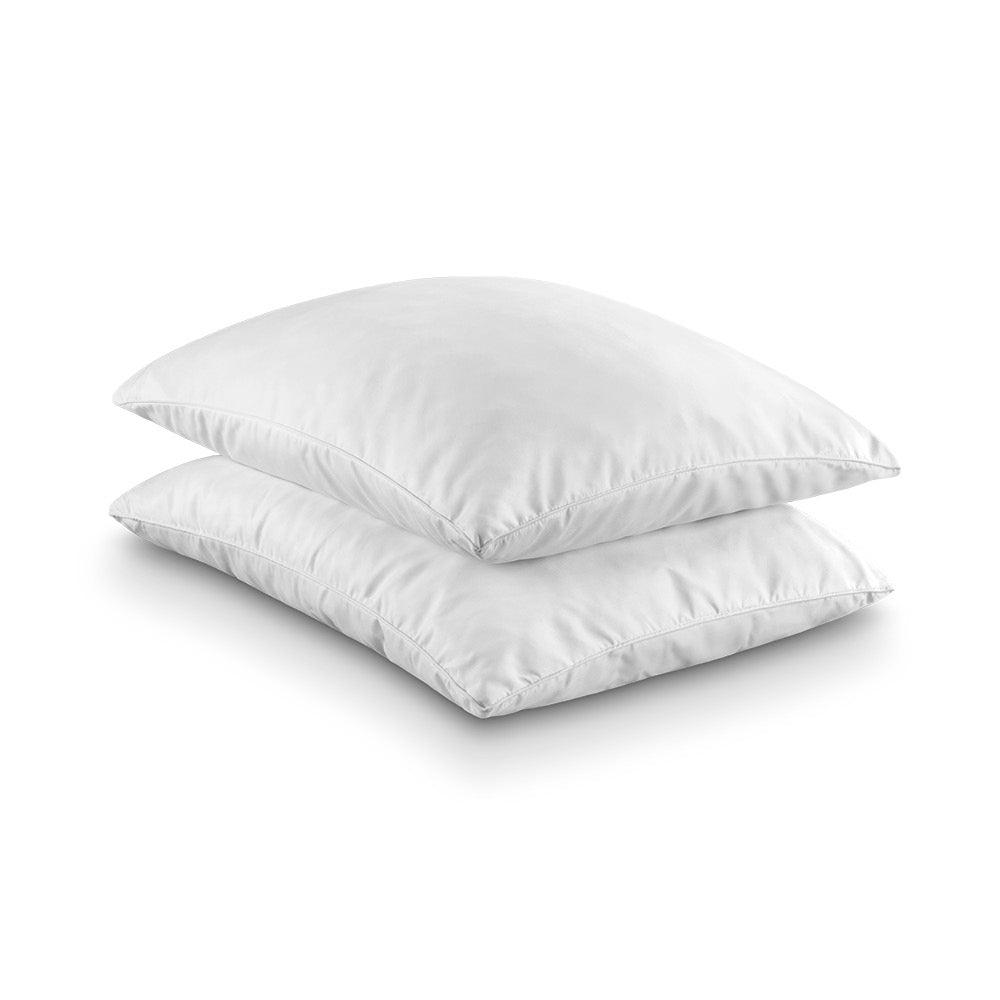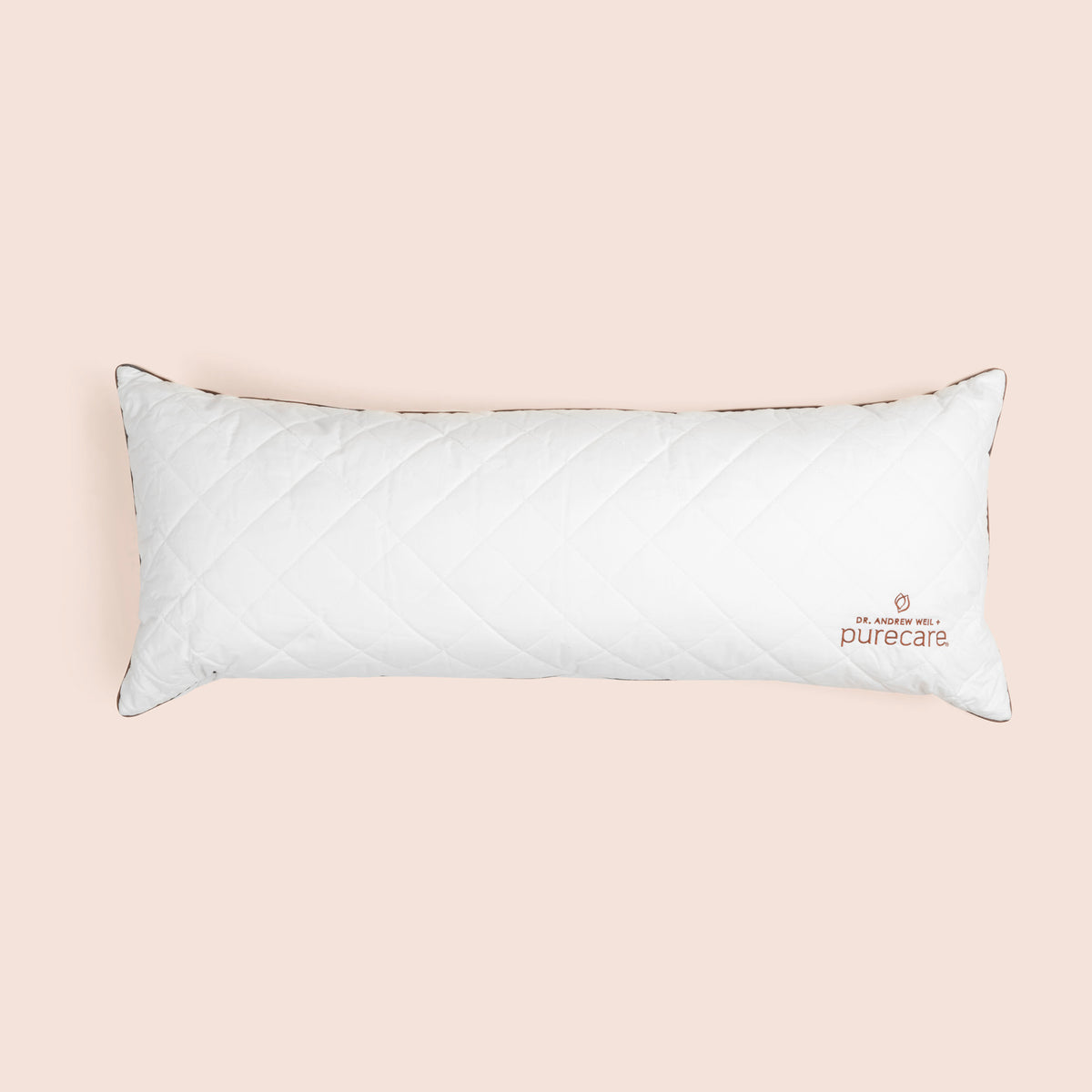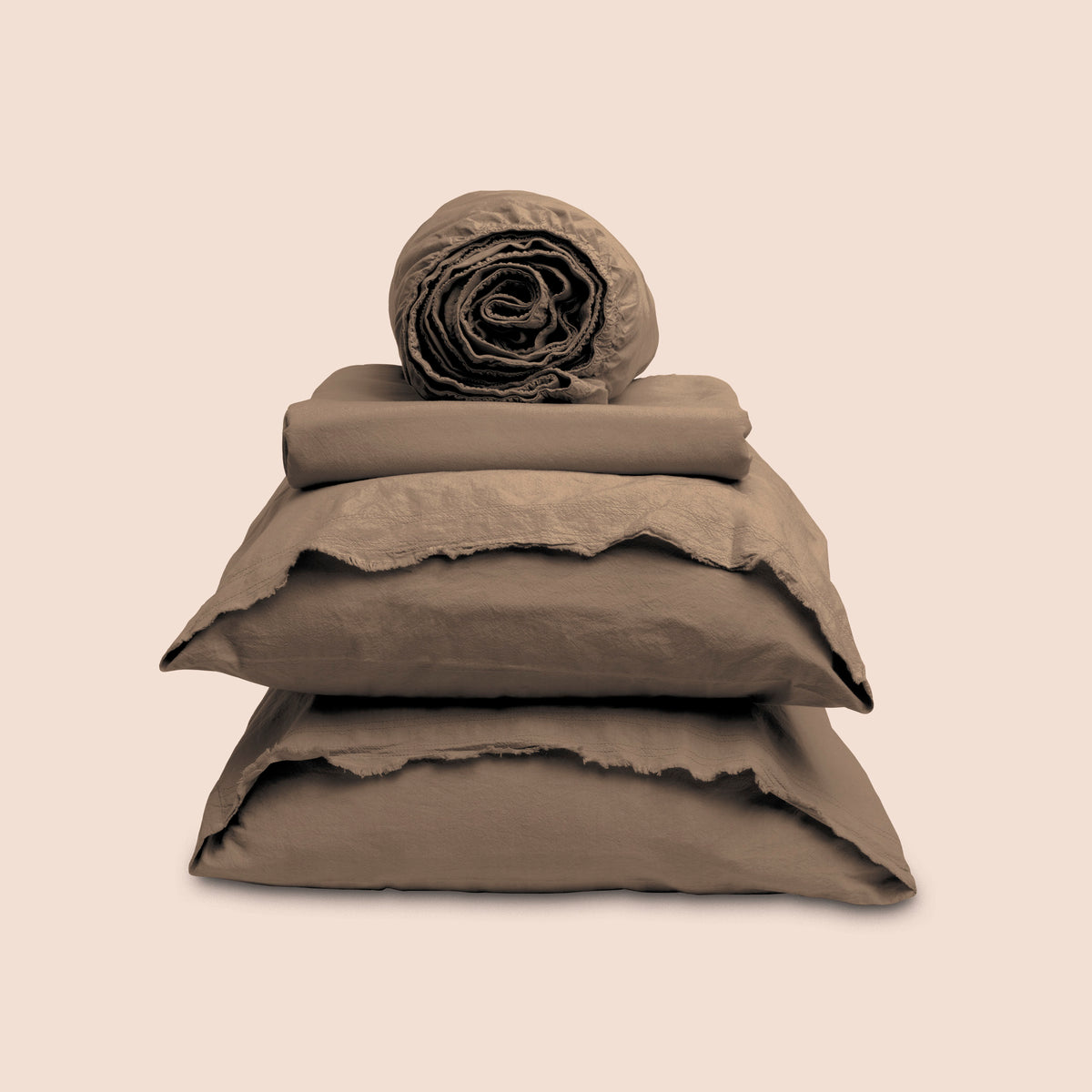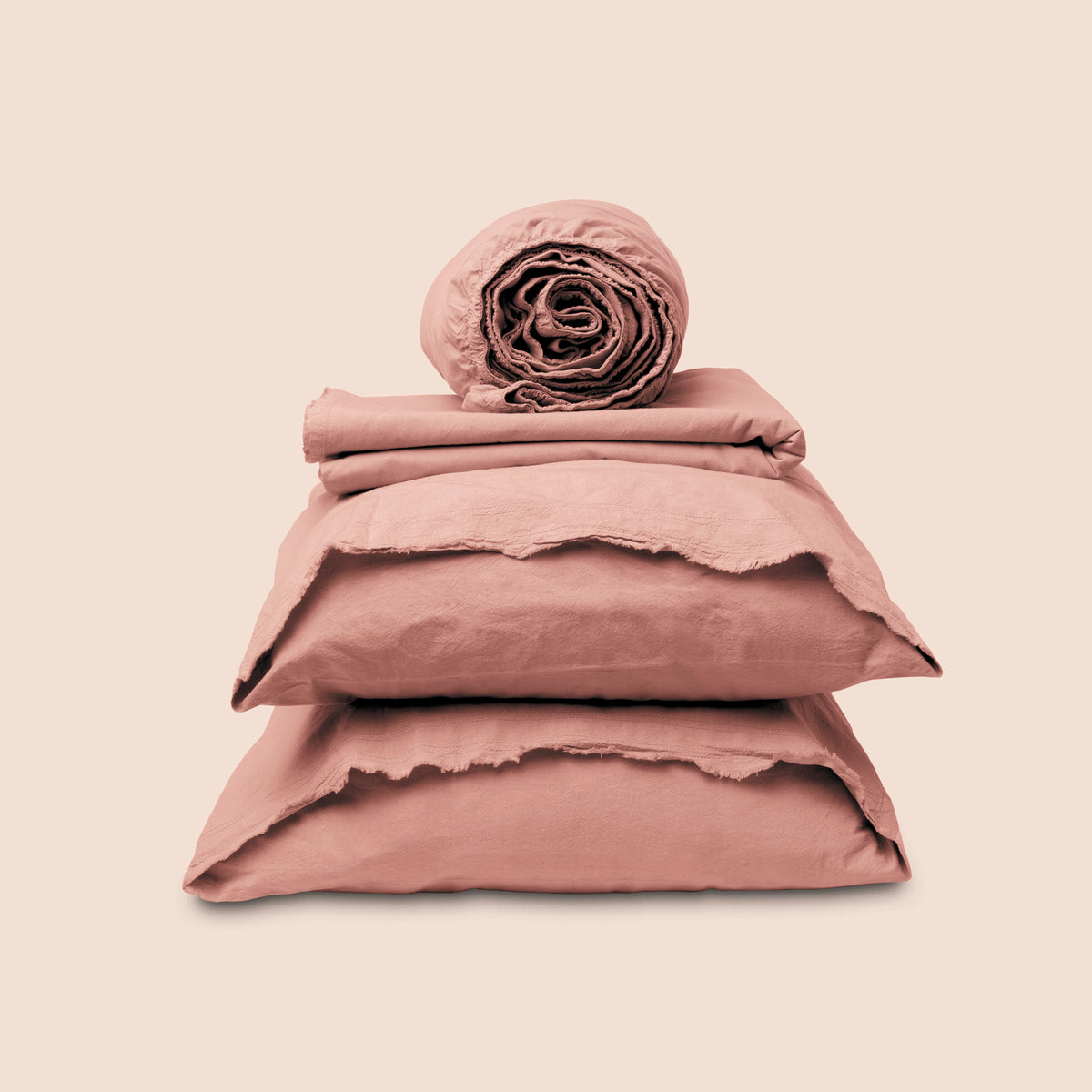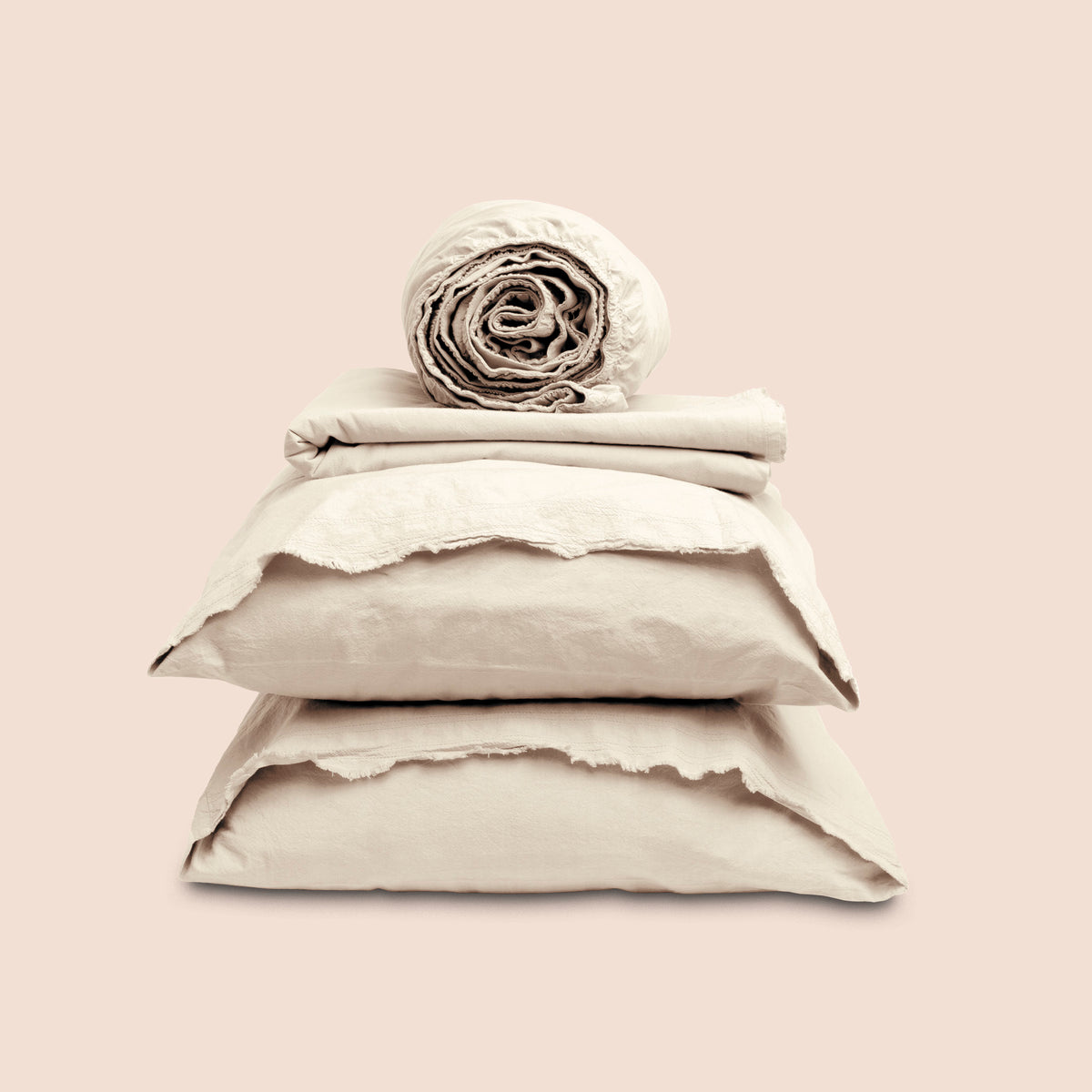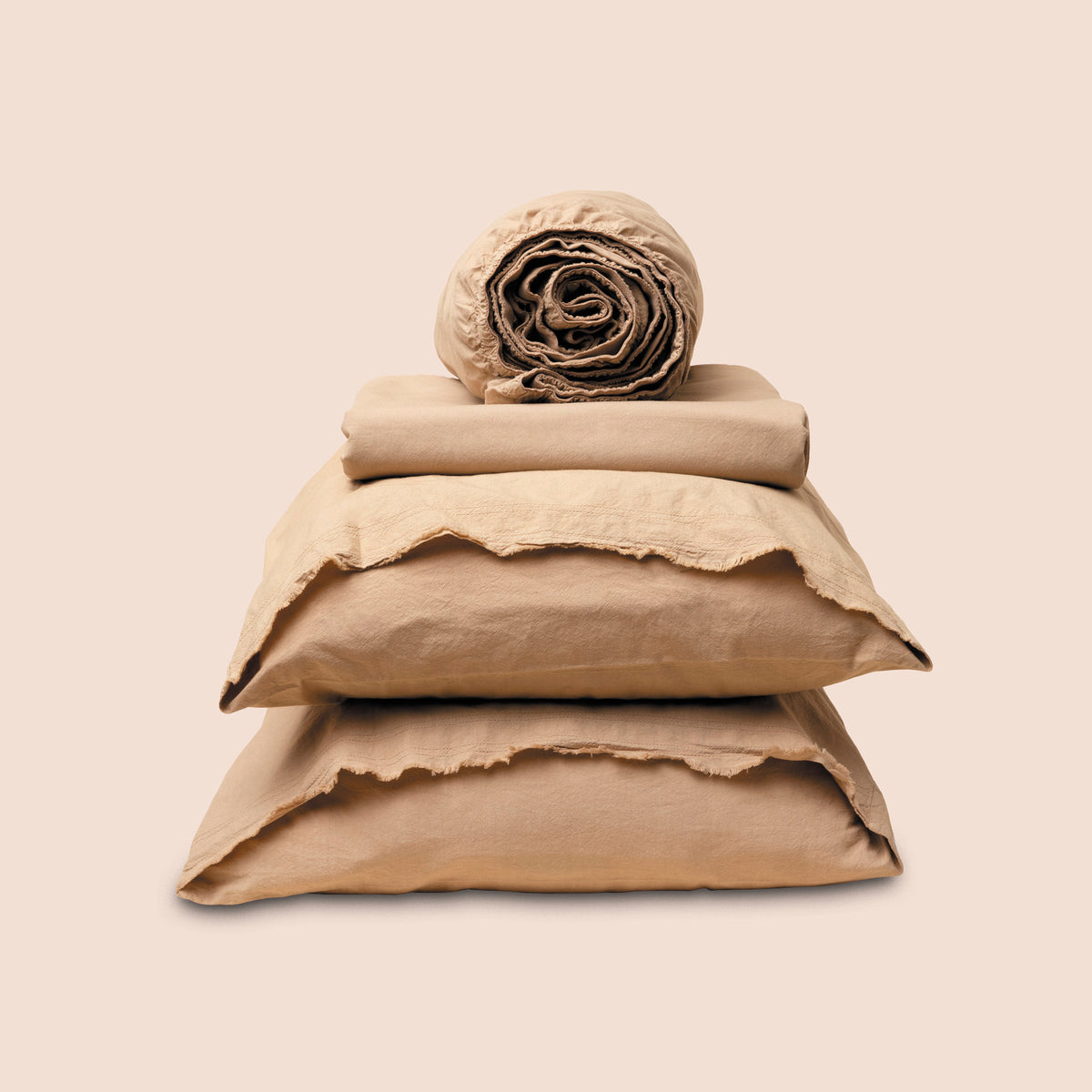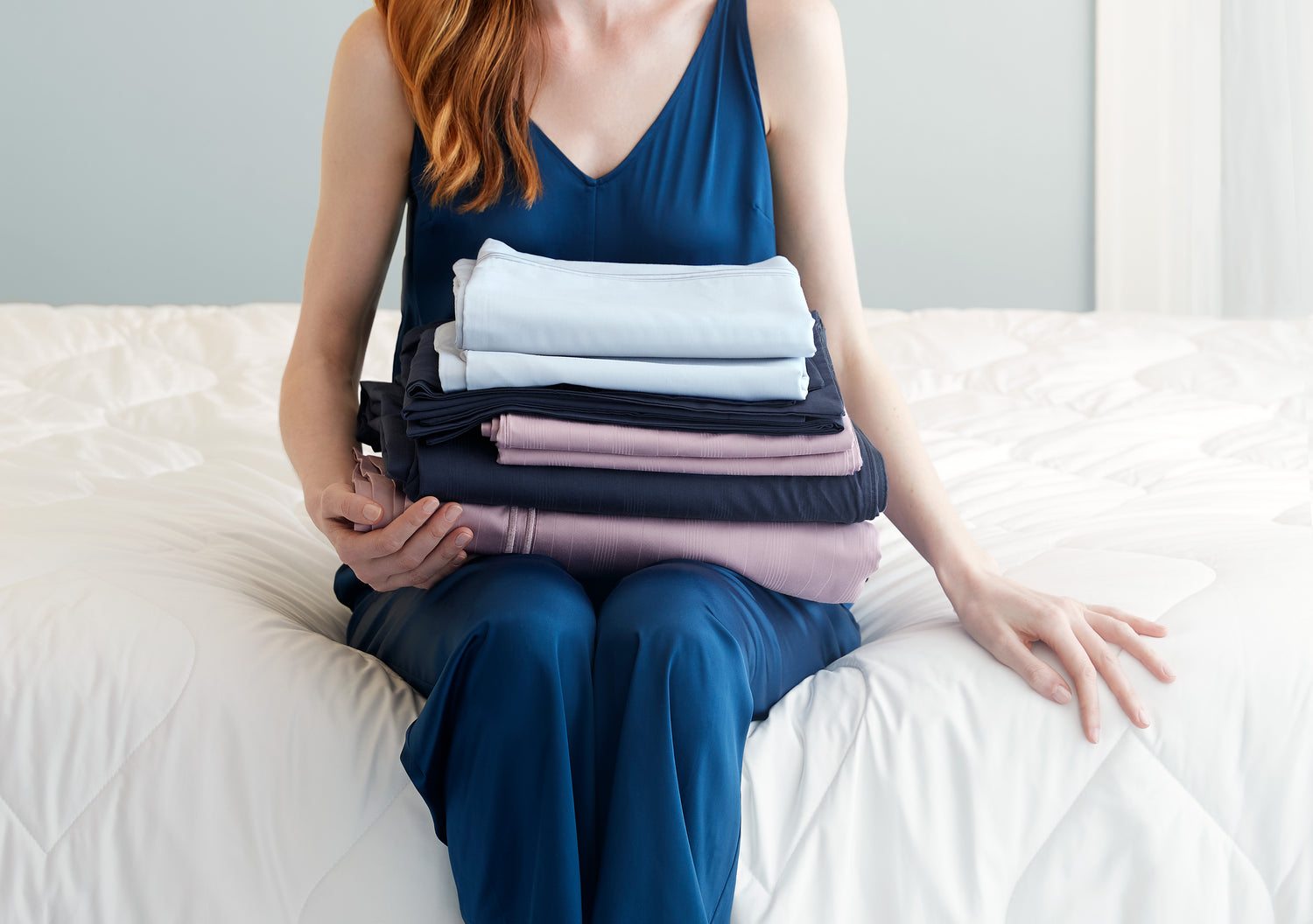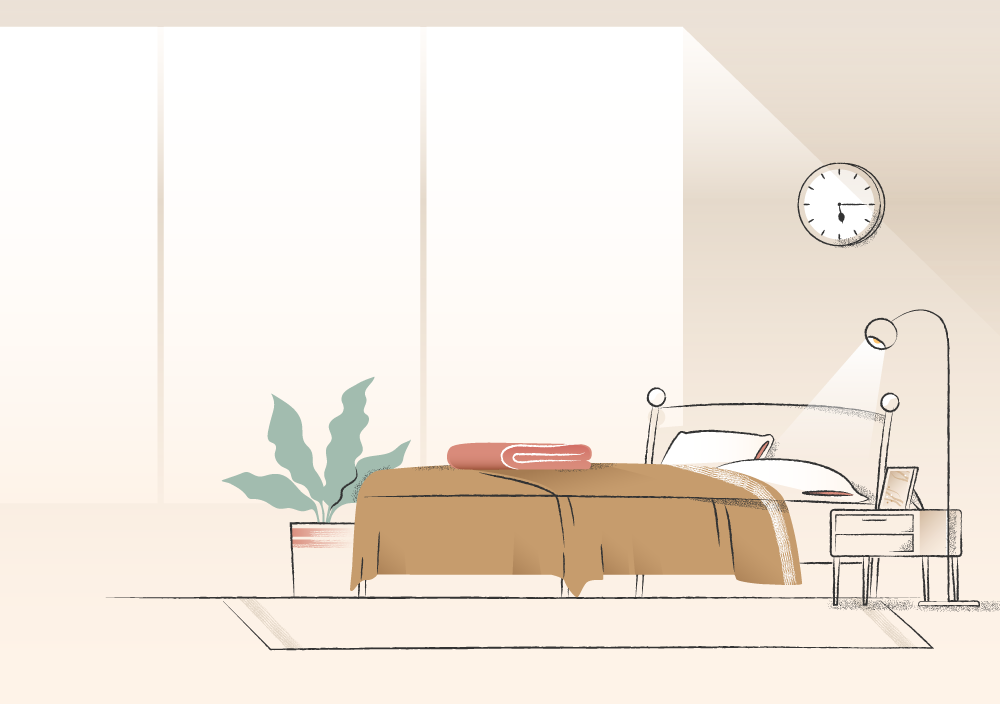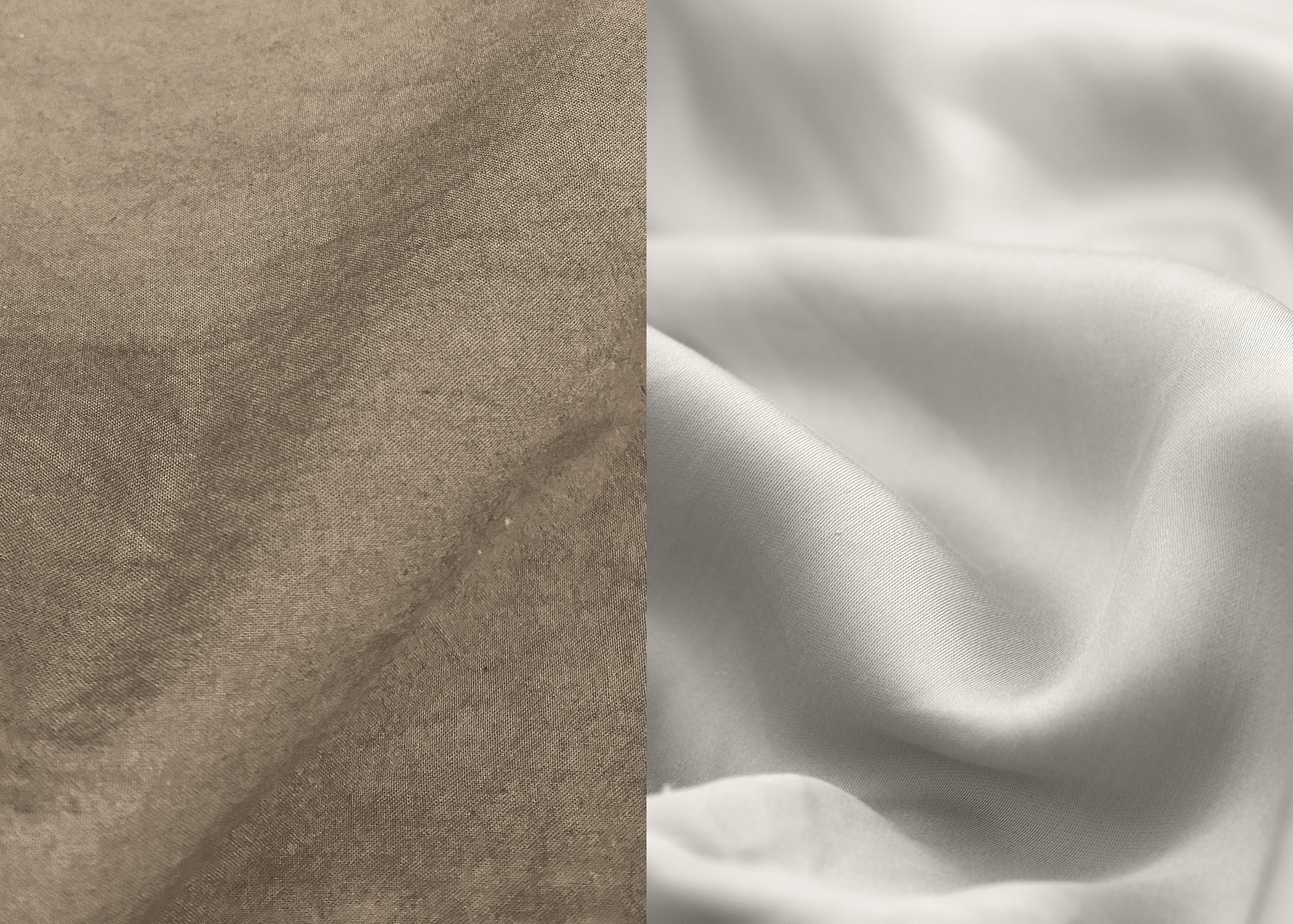In the 1970s, rayon was all the rage. The partially synthetic fiber was made of wood or cotton pulp, created at the turn of the century to compete with still, which was expensive. By the 1970s, synthetic fibers like rayon, and the newer, more affordable polyester (made from petroleum), provided wrinkle-free textiles to a ready-to-wear market.
But those fibers were extracted with toxic chemicals that created problems for the environment and the workers who processed them. Even today, they're a source of microplastic pollution that threatens ecosystems. As environmental laws edged out the practice, fabric industry giants searched for less toxic alternatives.
They eventually discovered lyocell.
"It's salvaging the rayon business," economist Frank Horn said of the non-toxic wood fiber fabric emerging in late 1997 in the Los Angeles Times.
His words were prescient. Lyocell is now considered a non-toxic form of rayon, a wood pulp fabric that would go on to revive the market and prove that rayon was just as desirable as in its heyday - just without the toxic side effects.
What is Lyocell?

Refreshing TENCEL™ sheets
Photo: TencelTM
Lyocell is a cellulose fabric that's considered "semi-synthetic." It uses wood pulp from eucalyptus, oak, birch, and beech trees, processed into pulp with non-toxic, organic amine oxide solvents, which have low bioaccumulation and are non-carcinogenic. Because artificial solvents are used in the processing of plant material, the resulting fabric isn't considered 100% "natural" or "synthetic." It's got characteristics of both.
The sticky pulp-turned-cellulose material is transformed into lyocell, a cellulose-based fiber, through a solvent-spinning process, in which pulp is pumped through spinnerets, where it is set. Lyocell fibers are then washed, dried, prepped for spinning, and turned into yarn.
While the process can include water, heat, dyes, and lubricants, it's a significant improvement from prior cellulose fiber processes that used toxic chemicals and discarded them when complete. In fact, for many manufacturers, it's a completely closed-loop process, with solvents and water reused in future processing, creating less environmental impact altogether.
Lyocell is:
- Natural: It's most often made from eucalyptus pulp, a fast-growing hardwood
- Biodegradable and compostable
- Sustainably harvested: TENCEL™ lyocell meets the US Department of Agriculture's BioPreferred designation.
- More sustainable than the older modal process: In recent decades, rayon's toxic solvents gave way to partially recyclable processes that gave us modal fabrics. Today's lyocell process is a closed loop.
Are there Different Types of Lyocell Fiber?
The simple answer is no, there is just one lyocell, a semi-synthetic, pulp-based fabric made with a consistent process that's the same regardless of which cellulose fibers are used. In reality, there's a more complex answer:
- There are different qualities of Lyocell that are used for different applications, for example, bedding vs apparel.
- There are lyocell fabrics made from eucalyptus and others made from beech, or mixed wood pulp, or blended with other fibers. Wood pulps come from a variety of sources, and eucalyptus can have drawbacks in some areas. However, the trees chosen typically grow quickly and are harvested from land that can't support other agriculture. There are even bamboo varieties.
- There are rayon (often called viscose) and modal fabrics, both made from wood pulp, but with different solvent processes than lyocell. These aren't different types of lyocell, though all lyocell fabrics are a type of rayon.
- Brands like TENCEL™ use the same materials and processes, but have their own processes for sustainability, sourcing, and quality.
What does Lyocell Fabric Feel Like?
Lyocell fabric can feel like a cotton rayon blend. It's silky smooth and soft like cotton, but resists odors and wrinkles. One of lyocell's great advancements over predecessors is that, while it still weakens when wet, it maintains its strength better than rayon.
Lyocell feels:
- Like butter: It's got a soft, liquid feel that's smoother than cotton, and might be described as a cross between a cotton and a silk fabric. Others compare it to bamboo or rayon.
- Light and airy: Lyocell is more breathable than the synthetic fabrics that came before. While it's often compared to synthetic pulp fabrics like polyester and acrylic, it's miles beyond them in terms of its breathability. Made from plant-based cellulose, lyocell is more breathable than cotton.
- Cool: Lyocell fabrics feel cool, distribute moisture, and stay clean longer than synthetics or cotton.
How is TENCEL™ Different from Lyocell?
TENCEL™ is a branded lyocell made by Lenzing, an Austrian fabric manufacturer. That brand recognition means it's possible to trace the wood pulp all the way to sustainable eucalyptus groves and to energy self-sufficient biorefineries. Lyocell is a catch-all name for wood pulp fibers extracted with non-toxic anime oxides, including TENCEL™.
All TENCEL™ is lyocell, but not all lyocell is TENCEL™.
The TENCEL™ brand differs from other lyocell fabrics in that:
- Lenzing mandates that 30% of its fibers come from its sourced fibers, which come from PEFC and FSC tree plantations. That's great because around 30% of other rayon and viscose fabrics are sourced from endangered and ancient-growth forests.
- Other companies manufacture lyocell with their own sustainability processes. For example, Birla Excel and Birla Modal use wood pulp verified by the Rainforest Alliance.
- Transparency in lyocell manufacturing is still needed. Just because a label says "lyocell" doesn't mean the fabric was produced sustainably. Energy used in its manufacture might be fossil-fuel-based, for instance.
What are the Benefits of Lyocell vs. Other Sheet Fabrics?
For bedding, lyocell is particularly impressive. It's a choice that can wrap you and your loved ones in softness, keeping you cozy (but cool) all night long. Here are some reasons why lyocell works well in sheets and bedding:
- It's smooth. Lyocell doesn't wrinkle as much as cotton, and its wrinkles dissipate quickly.
- It's silky. This popular fabric feels cool and shiny, but it's vegan, so no silkworms have to die for you to enjoy it.
- The production of lyocell is sustainable. It has eliminated toxic by-products, and lyocell is made using recyclable solvents and water. That makes it a sustainable fabric that uses 2000% less water than cotton to make.
- It's breathable. This plant-based fiber is breathable and moisture-wicking, making for a comfortable night's sleep.
- It's great for sensitive skin. Smoother than many cotton weaves, lyocell can be a good choice for those with allergies and skin sensitivities.
- It's a natural fiber. While semi-synthetic lyocell does involve chemical processing, it's a natural material. Lyocell is a plant-based fabric, unlike synthetics made from petroleum. Yet it's vastly better for the environment than other natural choices that feel great against our skin, like cotton.
How Can I Wash and Iron Lyocell?
You can machine-wash lyocell sheets in cool or warm water. To lengthen the life of your sheets, use biodegradable laundry detergent and wash on the gentle cycle. Dry using low or no heat to protect your sheets and keep them looking great even longer. Lyocell is not a delicate fabric, and it typically holds up better than rayon. However, you'll get extra use out of sheets made with lyocell if you take care to wash bedding apart from other clothing so that the fabric can't snag on buttons and zippers.
Retrieve lyocell sheets straight from the dryer to minimize wrinkles. Wrinkles in lyocell tend to work themselves out as the fabric completely dries. However, if you prefer a crisp look, you can iron lyocell sheets on a low setting.
Sustainable Lyocell for the Win
Lyocell is often touted as a "miracle fabric," and the hype is deserved. For those who appreciate the silky touch of lyocell fabric, sheets and bedding made from this sustainable fabric are beautiful, practical, and sustainable. That triple threat is enough to earn them their miracle accolades.
But which sheet fabric is perfect for you is a matter of personal taste. At Purecare, you’ll find fabrics ranging from lyocell and bamboo to 100% hemp, and cotton because every sleeper is an individual. You might even choose a blend, like Purecare's linen sheets from the Dr. Weil Collection.
All materials have benefits and drawbacks, and your unique sleep habits and preferences can help guide you to the one and only material for you.
And don’t forget—Mix, Match, and Save up to 40% off all season long when you refresh your favorite sleep wellness essentials with us at purecare.com!

